Search the Community
Showing results for tags 'Cutty Sark'.
-
First build after about thirty years, a christmas present that i try to do justice to. Sorry ,but quite advanced in the build and i did not log it. Made the mistake of trusting the kit at first , built the hull and some other stuff before looking at the rigging plans and realising the errors of my ways. Didn't even know the ship still existed , i am ashamed to say ! (But maybe they should have informed me in the instructions!) Some stuff will have to stay , but i am trying to scratch what i can to improve things and i am quite happy with that. The scale is rather small for such a ship , i think the kits at 1/84 or 1/72 would be preferable. So here is a kit illustration and a few recent photos. Feel free to comment on my catastrophies prow main deck with misplaced anchor hawsers plus oversize planking and deadeyes...many non kit additions. the poop , pictured with a cousin that i have just recovered for spares, allthough she is not on her best form. She makes me feel better when i look at mine ! try uploading here as i have been struggling!
- 1 reply
-
- Cutty Sark
- Constructo
-
(and 1 more)
Tagged with:
-
Question, In the instructions it shows gluing the ship to the stand early in the build. I worry that might restrict flexibility in painting. Can/should I wait until closer to installing masts etc? David
- 32 replies
-
- Cutty Sark
- plastic
-
(and 3 more)
Tagged with:
-
Hi all, After some time into the build i decided to create a build log of my progress on the sergal cutty sark 1:78. This is the first wooden ship model i am building, so everything is new to me and this forum was and is a blessing to me to learn all the tips and tricks of building ship models. The sergal kit comes with very little instructions, only about 4 pages of text without pictures, and a lot of real size plans. Not ideal for a beginner like me so im getting the "know how" else where. I also bought the Campbell drawings of the real ship, which help me to add detail. I started this kit in 2015, but after planking one side of the ship it stayed untouched on my shelf for about 6 years. Suddely i felt an urge to continue the build, and i did not stop since. Its going very slowly due to working a full time job. SO hope you enjoy this build log, and im looking forward learning from all of you fellow ship builders.
- 15 replies
-
- Cutty Sark
- Sergal
-
(and 1 more)
Tagged with:
-
I hope this is in the right section, sorry if its not guys. I am wanting to know if anyone out there is interested in trialling a semi kit I am currently developing for a client. The kit is a 1/40 scale Cutty Sark but unlike all the kits out there this is based on measurements taken during the restoration of the ship which I was involved in recording the structure. The lines are taken from a scan of the hull to exacting precision and the accuracy is carried forward into every part of the model.. For those who don't know what a scan is, its the process of lasers placed around the object in a set grid formation which bounce rays off the surface these points are stored as points in 3d space and are then connected by a surface in CAD software to form the surface, certain surface types respond better than others but the accuracy of the data is precise. Measuring the hull in this manner has not been done before 2011 and as a result plans that exist have all derived from calculated guessing and visual study of the shape, old preliminary midship plans (Rennie) which were not built to and sometimes based on similar ships, all that is fine if the data is not available ,which is was not so some did a good job of getting the form Below can be seen the resulting mesh overlaid over the model, it was used to deign her current display system suspending her above the dock,. I should mention I have compared all available plans of her against this scan and not a single one is correct, some are better than others but all have failed in one area, the sheerline, some are too flat aft, some re too flat forward, some have the rise of floor totally wrong but as you can see we have this info now, these are significant errors to 2-3 ft in full size which is amazing to me. I should point out as well that the sagging of her hull structure and dropping of her bilge as a result has been allowed for as it was not over the whole surface but only in certain areas that were not shored up. Anyway these images will show how close the model is to the laser scanned surface now. I should add I am also able to provide a lines plan now if anyone just wants the proper lines for a model and take it from there. It has been in research for 10 years and it's taken me some time to find the time to do this. The kit will consist of all the wood and plywood parts needed to build the hull and planking of hull and decks including the panel work of the deckhouses, it is based on the woodget era while she was in the wool trade. I was drawing this up in 2010-2012 from measurements of her structure while she was just an iron skeleton, this enabled the unseen parts of the ship to be measured like never before, although a lot of this is not relevant to model like the deadwoods etc it did make it possible to get every detail correct. I do not expect the interest in this to be large, if any at all, as many kits exist already albeit out of scale and incorrect but if that's ok with you then great but I like to do things right as a record of history. The hull is framed using the actual ships web frame positions and the planking is to scale and correct as per ship with even the butt positions the same as the original. I will go into more detail later and expect to be cutting the first set in the next few days from .4, 1mm, 2mm, 4mm birch high quality plywood, the 4mm ply is 8ply, and very stable. The backbone and pre-shaped planking is Cherry and Anigre for decking. The bulwark plates I will cut from brass, at least at this stage I plan to. Below are some images of the 3d model of the kit showing some of the structure. Hull length is about 1600mm and 280mm beam. the beam is the biggest limitation if yards set square but at this scale it can still be displayed in a house with 8ft roof I am doing this for a client for a personal model but if anyone is interested in an accurate model let me know. An example of the details and what was measured without structure in the way, here is the top of the stempost under the bowsprit, hundreds of these were taken and drawn into plans If you have any questions please PM me, I can do trials after I assemble a version myself and fix any fit issues and could do it for cost of materials only, weight should be low, less than 6kg Lines from scan of hull, the orange lines are the scan sections compared to the faired red sections used C Jordan got the midship pretty spot on in 1922 Planking Framing Interior of coach house being built for what's seen through skylight.
-
Hello. I have been inspired to pick up on my long ago started Cutty Sark. I started this one in roughly 1987-1988 right after I finished the Revell USS Constitution. It didn't take long for me to get burnt out on after doing the Constitution. It has been packed away ever since. It has survived 2 marriages and several moves. Fortunately I wasn't very far along on it, and it was able to fit back in the box, even with the hull halves glued together. After unboxing it again only one broken leg on the foremasts second section. Not to bad for having been unloved for years. I have read the following build logs a couple of times to pick up ideas and tips. Cutty Sark by Bruma - Revell - 1:96 Cutty Sark by Kevin-the-lubber - Revell - 1:96 Cutty Sark by bcochran - Revell - 1/96 Cutty Sark 1/96 Cutty Sark by VitusBering - Revell - 1:96 - Redux Cutty Sark by Bill97 - FINISHED - Revell Here is where I am restarting from. I have already started to rework the foremast. I am also working out how to lower the main deck, if it's even feasible. I was the recipient of another kit that had been started a few years ago so I have it for experimentation. The rest of the kit isn't usable the decks are horribly warped and the masts are assembled very poorly. But have plenty of spares of everything else. I have also picked up the most recommended books I have seen listed. I will probably have plenty of questions. And my naval terms knowledge is not very good. But I do port from starboard (I think). Looking forward to getting in deep with this. Thanks for looking. Tom W.
- 2 replies
-
- Cutty Sark
- Revell
-
(and 2 more)
Tagged with:
-
Well, I have been lurking here and meddling in others' build logs for quite some time. Most of you know I abandoned my previous Cutty Sark build and I'm very anxious to start anew. I have the kits (one as a working kit, the other is spare) and almost all of the necessary extras. However, I'm still awaiting one more delivery consisting of a wood deck, windows, rope and a few other accessories. They're coming from Radimir at HiSModel in the Czech Republic and, though he's a bit late, I am confident they will arrive soon. Until they do, I have finished the control box for the lighting. The lighting will consist of navigation (running) lights and interior illumination of the three deck houses. Power is a 12-volt 2-amp wall wart that plugs into a socket in the back. Output voltage is currently set at 6 volts for each regulator. I haven't installed the box-to-ship connectors yet, I need to determine the pinouts and that's a tedious process. The wood is very soft so I have some tearout from the drill but not enough to make me do it over. I may make another one in hardwood at some future time. I debated with the boss over labels for the switches and she won out (she always does). They're not really necessary and detract from the aesthetic.
- 85 replies
-
- Cutty Sark
- Revell
-
(and 2 more)
Tagged with:
-
Hi all. This will be my first build log and will be of my 3rd model ship kit. I started this build back about a month ago and have only now thought to do a log. Not many photos have been taken up until this point. I will post the photos that I have up until today. I will then update you all as I go on to another step.
- 47 replies
-
- Cutty Sark
- Artesania Latina
-
(and 1 more)
Tagged with:
-
Decided on this from my small stash of models as it looks like as fun build without too much detail. As you can see, it's an older version - This is NOT the Dusek version which is much better. Box contents - not a huge amount! Solid hull will need some shaping. Wheel all wrong, added 1 ships boat, eyes, pins and 2 more ladders to the contents. The slotted pieces usually used for gratings are meant to be the guard railings. A small start, but much to do to get a reasonable shape 😅 With a bit of luck I may be able to pull this off - Lets see!
- 9 replies
-
- Cutty Sark
- Mini Mamoli
-
(and 1 more)
Tagged with:
-
As indicated elsewhere, I sprang for a Monogram release (early 80s?) on 4 color plastic sprues at a true scale of 1:120. I gave up trying to fiddle with a 'so-called' (per the box) 1:130 CS Airfix "Vintage Classics" release (only a few years old) that turns out to 1:168 by Noel Hackney's book on the original kit - having a 15.7" hull and VERY small parts & quite thin yards (among other pieces) made nearly 'rubbery' due to the soft nearly blonde plastic used. There have been comments on softer plastic used in 'later releases' of many kits (originally well-regarded) where aging molds have less definition and more flashing. First and second releases of the Airfix molded in better black plastic come up on Ebay now and then for around $50 (USD) or so, and may be doable for someone with the skill and inclination to accomplish miniature work. Note: other than on the cabin, no stanchions for railings are in the Airfix kit. A 1:150 Academy CS I examined for a while (said to be a 'shrunk down' version of the original IMAI 1:120 CS) was molded in 4 colors and, apart from only having fully extended studding sail booms on the yards (some have cut these and re-glued in a retracted position), it is in my opinion a much better kit (but not large - having about a 16" hull) suitable to encourage a young builder to try the hobby. And thus I gifted that kit to 6th grader who expressed an interest in models. I binned the 1:168 Airfix. Below is the boxtop of the Monogram kit. But I've digressed ... the short history is that Imai of Japan produced a fine 1:120 Cutty Sark plastic model having a 22" hull (compared to the nearly 28" hull of the 1:96 Revell CS or Thermopylae). That makes it halfway in terms of length between the Revell and the Airfix versions. Monogram acquired the molds a some point (others will be more familiar with the history of this kit, as well as the convoluted history that follows ownership of the Airfix molds). Aoshima produced the kit next, followed by a hiatus and then a re-manufacturing period early in the present century. They were considered 'pricy' for a plastic model (and still are, since production was limited compared to other sorts of kits and even the later Aoshima kits are now 'out of stock' according to retailers ... that leaves Ebay - and a few other sites, or the odd model kit collectors' show - as the most likely source for it. I paid $125 plus $15 shipping from New Jersey (UPS truck) to my small town well West of Philadelphia. Having examined the contents I'm pleased with it as a means to get a hull ready without having to stick-build, so I can practice rigging it as well-explained in Hackney's book - which can serve as a decent set of instructions to make up for the cursory sort that came with the kit, mostly valuable for the line drawings of assembly. I figured the Monogram booklet would be in English - which it is, as the Japanese versions are only in ... Japanese. Having built a Woody Joe kit, I got Google translate on a phone - and it did indeed translate (more-or-less) what would otherwise be unintelligible lines of unfamiliar characters. But I think the Hackney book, 'Cutty Sark' ... just one book in the 'Classic Ships - Their History and How to Make Them' series sponsored by Airfix goes well with the 1:120 kit, as most of the modifications and all of the rigging information is applicable. In 1:120 scale, this project is far more practical for a builder not wanting the rigor of a nearly 4 foot long 1:70 wooden kit - nor wanting something nearly as large size of the plastic 1:96 kits (nearly 3 feet from stem to stern). I believe I've found a very good compromise. So let's look at what's in the box. First, some of the instruction booklet. I found 'Made in Japan' on at least one sprue, and the IMAI mark on the underside of the display stand. But one can see able that Monogram identifies the parts as made in the US from unaltered Imai molds. BTW, there are several locations marked on the underside of the stand for the builder to choose where to drill through for the stanchions the hull will sit on. I plan to fashion a wooden base of colored hardwood and turn metal stanchions. The page shown below hints at excellent detail on the cabin sides (and I found this to be true), but also to the most obvious mis-calculation on the design of the hatchway on the weather deck just in front of the poop deck. Others who have modeled this kit advise correcting the goof using sheet styrene - not too hard to do. Also, both winches each have one cable lifter (another mis-interpretation of the Campbell drawings), thus one rom the rear wench must be cut off and applied so that the front winch will have have lifters on both side for the anchor chain. Some reasonably fine chain was included in the kit, but perhaps a longer length would have been better. The next shot depicts fully extended studding sail booms - which I expected would be provided in the kit. But the presence of SIX masts (each molded as a single piece ... might have been nice to 'build them up' like in the Revell kit) had me confused, 2 Foremasts, 2 main masts and 2 mizzens ! Only by looking all the sprue over did I discover that the 7 yards having booms ALSO have them molded with the booms in the retracted position ! This is cool, so the builder can choose which to use. All the other yards are common to either way of building. Below is a picture with the booms in-board ... the sensible way to make the build, since if the booms are fully extended one HAS to put sails on them or the model will look odd. Thin plastic sails are included (quite typical), and I'd only use them as forms to mold lighter material pretreated with watered-down PVA or other stiffener. The decking is molded in tan, and has negative caulk lines between planks. There is no joggling, and the jointing may appear to regular for some - as a more staggered pattern might have been better. But the weather deck is all one piece ... no sectional joints to deal with like in the 1:96 kits. A closer look. I'm pleased with the detail on most of the parts - yet plan on using veneer for decking rather than paint, just one more way to go. A closer look is below. Now the hulls look well formed, but my attempts to get close shots with the lousy camera used didn't turn out. The detail at the bow means no decals are needed there. A decal is included for the stern decoration. Whether is can still be used is uncertain, but I could carefully cut it out and apply to tie a low profile 3D appearance. 'Don't think there is any PE for this kit. The fretwork at the bow is not pierced, but this might still be done. The rudder is molded on. The ratlines are molded (often typical), versus having to weave them one's self as with the Airfix. But the 1:120 scale is large enough to do actual deadeyes (as well as blocks) - even if they go a little out-of-scale. I did not a slight deformity to one upper molded ratline molding - still fixable. There was a slight bending to some of the sprue, but the individual parts look OK. The bowsprit has a slight bend to it - again correctable with care, but I plan on replacing it with a turned piece of wood - since I want to drill through for fore stays. Below is the sprue with the yards having extended studding sail booms - very wide ! Note also the three masts. Some have carped that the top gallant mast sections are a little thicker than they should be. I really don't notice it, and as molded there shouldn't be deflection is the rigging is not overly tight. I note that all the yards (as molded) will be in the raised position, and I intend to have the lower able yards in the lower position (Hackney's "harbor rig"). So the mounting pads for those yards will have to be re-positioned. There were two sub-bags each having two sprues - the parts shown thus far were not in plastic bags. Below is the sprue with the yards having booms NOT extended. Note the loose white piece - a few parts had come off but were in the bag, due to handling over about 40 years. I note that one thin railing stanchion had broken off (but was present), and two others were not fully molded. This is fixable with sprue or styrene - but I might also turn my own railings since I have a Unimat miniature lathe with a universal 3-jaw chuck (it came in handy in the Khufu Barge build). A closer picture of the cabin detaining. Various parts on the white sprue. The boats seemed OK. The tops were not pierced, than can be done with care. To rig more authentically, a builder will have to make lubber holes, but any notion of individual fair leads may be impractical - so those lines can pass through where the slats will be pierced linearly. Below is a closer shot of the boat interior - nicely done, and a little dressing is all thats needed. A closeup of a top. The molded deadeyes/ratlines would glue in the depressions - but for rigging with actual deadeyes or beads, the voids must be filled in, the slats pierced and holes drilled for the deadeye fastenings as needed - all optional, of course. A plastic base is included with some 'average' rigging rope (I won't use), a decal and paper flags. Below is the Imai mark molded on the underside of the base. For hull comparison (to the Imai hulls show much further up in this post), I show the Revell 1:96 Thermopylae - another 'keeper' of mine that I really want to do 'justice' to by 'busting' where needed to get closer to the ship its supposed to be. Its a pretty big model as plastic models go, so starting with the 1:120 CS version (as I said - mainly to try out rigging ... also to become reacquainted with plastic modeling and painting) may be a good experience without loosing my eyesight (or patience) with anything smaller. My opinion is that the Imai/Mongram/Aoshima kits are reasonably well thought out (with only a couple of corrections needed), well molded with good detail, and can be made into a much better model than simply building 'out of the box'. Some scoff at the price examples have gone for ($125 - $165), but the supply is limited and shrinking all the time. You can't 'take it with you', mate. So if this floats your boat, go for it ! Fair weather ! Johnny
-
This model was gifted to me from a fellow veteran who has since passed away from cancer, I figure that the kit is around 30 years old but it has good bones. First thing is to strip off the old deck and replace with 1/32 plywood then mark it up to start planking the deck
- 4 replies
-
- Cutty Sark
- Billing Boats
-
(and 1 more)
Tagged with:
-
[edit] Please see the last page in the log for more info on the abandonment. This is not the end - I have replacement kits on the way and will start a new log soon. My darling better half gifted me with two virtually identical kits. She knows I've missed my built H-399 (1974) kit that was sadly destroyed in a wildfire (long story). She found one ostensibly new-in-box but had reservations so she also got a 05422 (2017) kit as a backup and spare parts. She's a keeper. I've been gathering stuff - I have an accessory kit from HiSModel including beech decks, cloth sails, wood blocks and deadeyes, etc. I'm awaiting delivery on paints and adhesives. I have all the necessary tools and other goodies, I think. I will likely build using as many parts as I am able from the H-399 kit (it appears to be complete) just for nostalgic reasons. My previous build was standing rigging only but this one will be under full sail. I anticipate that I'll be leaning rather heavily on you folks here (bless your souls) as the build progresses. I'm guessing I'll start in earnest around the first of the year (2023) and between now and then I'll be studying the invaluable topics here. The journey begins...
- 248 replies
-
- Cutty Sark
- Revell
-
(and 2 more)
Tagged with:
-
My stepfather has been building a partwork HMS Victory for the best part of a decade, and so I finally caved and bought myself a ship to work on too. I decided to stick with something at least (mostly) injection moulded rather than wood, but it's ended up slightly larger than I expected - baby for scale: It will be built here: The build will not be wholly as instructed, as there are a couple of modifications I'm planning to the base kit which are quite simple such as the bulwark stanchions and moulding around the deck houses. More significantly there are a few aftermarket parts available for the kit - the main one being the replacement of the plastic, three-part deck with a laser cut oak veneer equivalent. The supplied deck has 'positive' timber outlines and so even if I can fix the glaring gaps between the three deck sections and rescribe the grain it's still going to look quite bad. There are also photo-etched names and ornamentation, draft decals and flags which I think I will avail myself of, but the rigging and its level is yet to be determined (see later) Anyway, on with the build, commencing with purchasing two hardback books about the ship (by C. Longridge) and getting the hull together. The first modification are on the bulwark stanchions - seen here: These should be metal posts rather than fillets, so I have cut away and sanded them flush as below. You can see the fairly awful decking laid in place: I experimented with fixing the decks together with supporting styrene to get them as level as possible and extra clamps, but even so the joins are very obvious indeed. As such, I'm expecting to use the laminate decking and will work under that assumption: Despite enjoying the occasional ferry and reading the Aubrey-Maturin series I've no meaningful knowledge of rigging and only a very minor familiarity with terms (please excuse me - lots of googling going on). I am aware that hismodel provide both rigging plans as well as CNC machined deadeyes, photoetched eyelets and hooks, etc. but frankly I don't know if that's just going to end up being too much for me. I think I would be quite happy with the rigging as described by the Revell kit instructions, except for the fact that the shrouds and their associated deadeyes/lanyards are moulded plastic - it just doesn't look right to me. QUESTIONS ABOUT RIGGING: Is real rigging a fools errand for a first sailing ship build? I don't mind taking time but I don't want it to be impossible! I'm thinking given the low cost to replace the eyelets and hooks with photoetch/wire as standard. My first thought was to use the Revell hardware placements like-for-like, and then add any additional for the 'real' rigging as I go along (if I take that path). Is that sensible, or should I really know upfront? If I go ahead with replacing the shrouds with thread, how much time is that as a proportion of the time spent doing a) the Revell rigging, or b) real rigging? I want to know if I'm going to commit to that whether I should just go the whole hog, or whether there really is a large gap and I need to think carefully. It is also really not clear to me why I would replace the belay pins, though it seems to happen frequently - I appreciate they are about twice the size they should be, but they are still very small. Does the fact they are plastic play a role? QUESTION ABOUT OTHER AFTERMARKET PARTS: Most build logs seem to replace the plastic railing stanchions with turned brass equivalents - not cheap at all, worthwhile? Many thanks for reading, see you all soon.
- 6 replies
-
- Cutty Sark
- Revell
-
(and 2 more)
Tagged with:
-
I am working on the Revell 1/96 Cutty Sark. I haven't gotten too far along, even though there have been many hours spent. The hull is painted and ready to assemble. I have been working on the deck as paint drys elsewhere. The photo taken in Australia is my reference along with books and plans. The model will be what I call clean, by not trying to create a diorama on a stand with weathering and all, just making a replica of a ship in 1/96 scale. I am not sure who else likes the look. I removed the wedges from the inside of the hull. I am going to replace them with small plastic rod. Testors enamel is being used with an air brush and also painting by hand with a paint brush. There are brass stanchions with brass wire. Decals are being used to add the white panels to deck houses. I will also use decals to add the white portions of the inner bulwarks. The eye rings are made by me with annealed wire. The deck covering is from His-Model. I plan to fully rig the ship, something I haven't done before. I am not going to add green to the copper, as copper only turns green in the open air. In the water, it remains copper. The only part of the sheaving that is green is the part out of the water. There is a good picture showing this at the Charles W Morgan website. The ship was being lifted out of the water. Also, I am not going to weather anything. I'll be posting more as I go. I am new to this build format.
- 481 replies
-
- Cutty Sark
- Revell
-
(and 2 more)
Tagged with:
-
I have just started the Revell Cutty Sark 1/96 model. There are several excellent build logs already available and so I plan to focus more on tips and especially the mistakes I will make. If I don’t mention a step , it’s because I followed the vanilla instructions and have nothing of value to add. I have made many paper, wood and Lego models over the past years but its been many years since I last built a plastic model. I am working from the latest instructions, enhanced by the 1987/88 version. I am also following a couple of the existing build logs I found here.
- 14 replies
-
- Cutty Sark
- Revell
-
(and 2 more)
Tagged with:
-
Ok, This is my Build Log. First a bit of history as the images to be posted begins with my 4th build of this ship. I have loved building Model ships ever since I was a kid (a very, VERY long time ago). My first was a half hull Cutty Sark that was placed on a plaque and then wall mounted, I was in 7th and 8th grades for this one.. My next attempt was when I was in High School, a 'Revell' Plastic Cutty Sark Model that went very well, but didn't hold up well over the years and is now gone forever. No picture that I can find of that one. My 3rd attempt is the 1:78 Cutty Sark wood planked ship by 'ARKIT'. I started it back in 1988 while in the U.S. Navy, but when they shipped my model home when I discharged, it was destroyed. So attempt 4 (and current) is a 1:78 Wood 'Sergal' model of the Cutty Sark. I have Been working on mine for a while, I laid down the keel On this latest attempt in 1993, assembling and planking the Hull. I got the hull sanded and painted. But when it came to mark the copper plating line, I took a loooong break from it as I was afraid I didn't have the skills then. (that was 29 years ago). This is where I stopped for this long 29 year hiatus: In between these years I have been honing my wood working skills better. Here are some examples: Now it's 2022 and I have a renewed desire to get back at it. I designed a jig to cut the line to mark the top of the copper plating line. I then Taped off the upper part of the hull right down to the line I scribed. I then painted the lower part a copper color. You see, I have seen other models that have been plated but the plates are next to impossible to get them perfectly in place without tiny gaps. These gaps I saw had shown with the black paint showing through where the plating was not as close as it could have been. Hence, I painted the under side copper so any gaps would be invisible. I'm now at that point where I need to glue on the hundreds of plates to the hull. Which brings me up to date with the newest pictures: If any are wondering why I painted the hull copper first, I have a good reason. I have been looking around at other folks that built this ship and notice that the copper plates were not applied perfectly and the black under coating of the hull was showing through. So I wanted to make sure that didn't happen here, So I painted it the same color as the hull plates, so If they don't go on perfectly, the seams are still hidden.
- 39 replies
-
- cutty sark
- sergal
-
(and 1 more)
Tagged with:
-
13/12/21 I started looking at this kit 2 or 3 weeks ago, as an ‘in-between’ project while I take a break from the Victory. The kit is from 1976, it’s a bit brittle and there’s a lot of flash, some of it so heavy that I’ve needed to look at other logs in order to know what to trim off and what to leave. While I don’t want to get into 3D gymnastics on this kit, I’m re-making most of the deck furniture i.e. the windlass rotor, winch rotors, fife rails, sail lockers, cabins etc, as these are very quick and easy to model in F360 and equally easy to print. I wouldn’t say the end result is better than the kit part, detail-wise, just cleaner/crisper and I get to duck dealing with some joints.
- 443 replies
-
- Cutty Sark
- Revell
-
(and 2 more)
Tagged with:
-
Yes, another Cutty Sark build log. 😉 I have been lurking on this wonderful site for some 2 months and I cannot but start a build log myself about the beloved Cutty Sark. Let me first introduce myself. I am living in Belgium, so English is not my mother tongue, forgive me therefore my mistakes in English. As a youngster I started building plastic planes, the Cutty Sark and Saturnus V rocket, but also gliders (Kleine UHU from Graupner, Piviere from Aeromodelli and a glider based on my dad’s plans) and a motorplane (Taxi from Graupner) in balsa wood. A sailing boat (Collie) and a motorcruiser (Nautic – both from Graupner) completed the collection. At a later stage I built a tugboat (Oceanic from Revell) and started on a pusher boat Thyssen II from Graupner. While at sea, I built the Harvey 1847 (from Artesania Latina) and Bluenose II (from Billing Boats) with little tools. Children, chores and other hobbies kept me away from modelling. Now as a retiree, I have more time but also more hobbies, but modelism is becoming more and more important in my daily life. So I started by renovating my Collie, as well as my Kleine UHU and completed the Thyssen II. Going out and flying/sailing with my models will be for after the pandemic and in the meantime I dusted off my Cutty Sark from Sergal. Renovating Harvey and Bluenose II will help me in improving my skills. I bought several books about the CS as well as general books on POB modelling. I also discovered Modelshipworld and now I cannot wait any longer to get started – or continue as only the bulkheads have been placed on the keel. As I aim for a very detailed ship and will be consulting Longridge book, comparing with the Campbell plans, I allow myself a 10 years building time frame. Leo
- 35 replies
-
- Cutty Sark
- sergal
-
(and 1 more)
Tagged with:
-
Hi All. This is only my second model ship and I started it in February so a bit of catching up on the log to do. I wasn't going to do a log but another member suggested it could be useful to others so here goes. I want it to look nice rather than be historically accurate in every detail. I will skip quickly through to where I am now. I will add a few images from the early stages as well. I made up the frame and put the decking on. I used a 2B pencil on the edges of the planks for the caulking.
- 19 replies
-
- Cutty Sark
- Artesania Latina
-
(and 1 more)
Tagged with:
-
Hello All, I am adding here a plastic revel kit as I promised Bruma to post it here. This was just 2 weekends work as I used wooden leftovers from another build. I had kit left in cellar somewhere and motivated by Bruma teasing that rigging 1:96 its fun. and his fantastic sails but also very beautiful Robs Wiederrich paper sails I thought I could rig here sometime in the distant future. I basically scraped some plastic rails... as looked toyish to me, and substituted by boxwood and alaskan cedar. Hatched covers etc...I improved inner rail with original pattern by inserting paper strips... I am terrible in painting so I left cabins original and installed fantastic wooden deck from his model company. I dont intent to continue in some time now, as I have hands full...i exhanged decoration with etched one, and reinforced lower masts properly and thats it. I hope to continue but in distant future for sure....
- 4 replies
-
- Cutty Sark
- Revell
-
(and 1 more)
Tagged with:
-
Hello all, Well, here goes. My first wooden ship build. As much an education as a journey to try to do this lovely vessel justice. I am going to proceed fairly slow at the start, and hopefully, with the guidance from others here who have already done this, avoid at least any major errors. My work roster is 8 days on, 6 days off, so at best updates will be every other week. Nothing much to show just yet but given that some of these builds take years to finish, I figured it was worth putting some effort into a dedicated work table. As yet I haven't decided how i will support the keel, I am considering a couple of options. A few prelim pictures to get started. JR
- 25 replies
-
- Cutty Sark
- Artesania Latina
-
(and 1 more)
Tagged with:
-
Hi everyone. I am based in the UK and am taking on what I expect will be a substantial project. I am not new to modelling, as a teenager, I built numerous Airfix kits, starting out just assembling them out of the box and finishing up filling my bedroom with Aircraft and Warships completed with detailed paint jobs and made to look as realistic as I could. Joined the Model Club at me Secondary School where we built balsa and tissue flight ready models, I made a free flight glider and later on a Powered Cesna for Radio Control flight. I was born in 1958, and my father, who was a keen modeller, died in 59 so have little to remember him with. Some time in 57, after the Cutty Sark was opened to the public, he started a model of the ship, built from scratch, and finished it before his death in 59. The model was sold, not by me and a sore point, but was restored to me about 5 years ago, but was in a sorry state. It had lost all its rigging and the deck fittings were either missing or damaged. Over the last few years, I have wanted to restore her to her former glory, and I had immediately gave her a fresh covering to her deck and re-did the painting on the hull. Then I stalled. I had no plans to look at and much of what I had got back showed that Dads versions were a little crude. I wanted to restore her but also wanted to improve on his version, thinking that there are much more in the way of resources available to me than were to him. However, I do not want to turn this into a totally new model and intend to use as much of the original parts as I can. Its been a while since I did any detailed modelling so am a bit out of practice and have never taken on such a daunting task, so appreciate the article on reviewing build logs of newcomers to the hobby, but I hope that my reason for selecting such a complex task is clear. I am lucky in that I live in London so have access to Greenwich. I did visit the ship when I was i my early 20's, long before the fire of 2007, I watched the tv coverage of the fire when getting ready for work, ending up being late for work as I could't take my eyes of the images on the screen. I keep promising myself a revisit now she has been restored and is once again open to the public but never seem to get the time. The hull is very similar in size to a 1:90 scale and my budget is limited, so much of what I need to make has to be from scratch. There are some things that I am just not going to be able to fabricate so will have to buy them, such as Deadeyes and Blocks and others will just have to have simulated as I can afford to buy 70-80 Chainplates. So I will be doing my best to stay true to the ship but I also have to stay true to dads vision of the ship, so forgive me if I have to take a bit of poetic licence when recreating some things.
-
I built the model a few years ago in 1985, visited the real thing in 1997 & in 2012. My daughter did the painting.
-
- Cutty Sark
- Sergal
-
(and 2 more)
Tagged with:
-
Starting Cutty Sark , this will be the first build I keep track of all hours spent on the bench. People always ask me "How long did it take you to build?" Well now I will know.
- 48 replies
-
- Cutty Sark
- Artesania Latina
-
(and 1 more)
Tagged with:
-
This model is probably 40 years old, many years ago it took a dive off a 7 foot book case and I couldn't bear to part with it. Now I'm going to try and repair it. With my rekindled interest in ship models, it only seems like the right thing to do! Here you can see much of the damage done, in addition to the hull halves separating and the deck becoming loose.
- 11 replies
-
- cutty sark
- Revell
-
(and 2 more)
Tagged with:
-
I built this exact Revell Cutty Sark model when it was new in the 1970's with my dad. It got destroyed at some point in a move and when I saw this kit on e-bay I had to build it again. He has since passed away but I think he would have appreciated the finished product again. I have always liked the Cutty and my daughter and I had a chance to visit the real one in Greenwich, England a few years ago. It was beautiful. If you ever get a chance then go see it, what a marvelous museum. After that trip I found this model and I was hooked again. I took me about 600 hours to build and rig her. I decided not to put the sails on as that is the way she is now in Greenwich. I bought some brass fittings and railings from a Czech Republic modelling company and they really added to the realistic look. It was a royal pain drilling out the holes for the brass railings and then running ultrathin wire through the holes in each. Some of the plastic was very brittle and it was almost 50 years old and several masts I had to heat up slightly to straighten them a bit. Amazingly, this kit had nothing missing after all these years and in an open box. When she was finished I built a display case which now sits in my living room. Had to get he bosses approval first though! I think it came out nice. What do you all think?
- 8 replies
-
- cutty sark
- revell
-
(and 3 more)
Tagged with:
About us
Modelshipworld - Advancing Ship Modeling through Research
SSL Secured
Your security is important for us so this Website is SSL-Secured
NRG Mailing Address
Nautical Research Guild
237 South Lincoln Street
Westmont IL, 60559-1917
Model Ship World ® and the MSW logo are Registered Trademarks, and belong to the Nautical Research Guild (United States Patent and Trademark Office: No. 6,929,264 & No. 6,929,274, registered Dec. 20, 2022)
Helpful Links
About the NRG
If you enjoy building ship models that are historically accurate as well as beautiful, then The Nautical Research Guild (NRG) is just right for you.
The Guild is a non-profit educational organization whose mission is to “Advance Ship Modeling Through Research”. We provide support to our members in their efforts to raise the quality of their model ships.
The Nautical Research Guild has published our world-renowned quarterly magazine, The Nautical Research Journal, since 1955. The pages of the Journal are full of articles by accomplished ship modelers who show you how they create those exquisite details on their models, and by maritime historians who show you the correct details to build. The Journal is available in both print and digital editions. Go to the NRG web site (www.thenrg.org) to download a complimentary digital copy of the Journal. The NRG also publishes plan sets, books and compilations of back issues of the Journal and the former Ships in Scale and Model Ship Builder magazines.

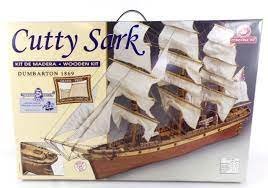
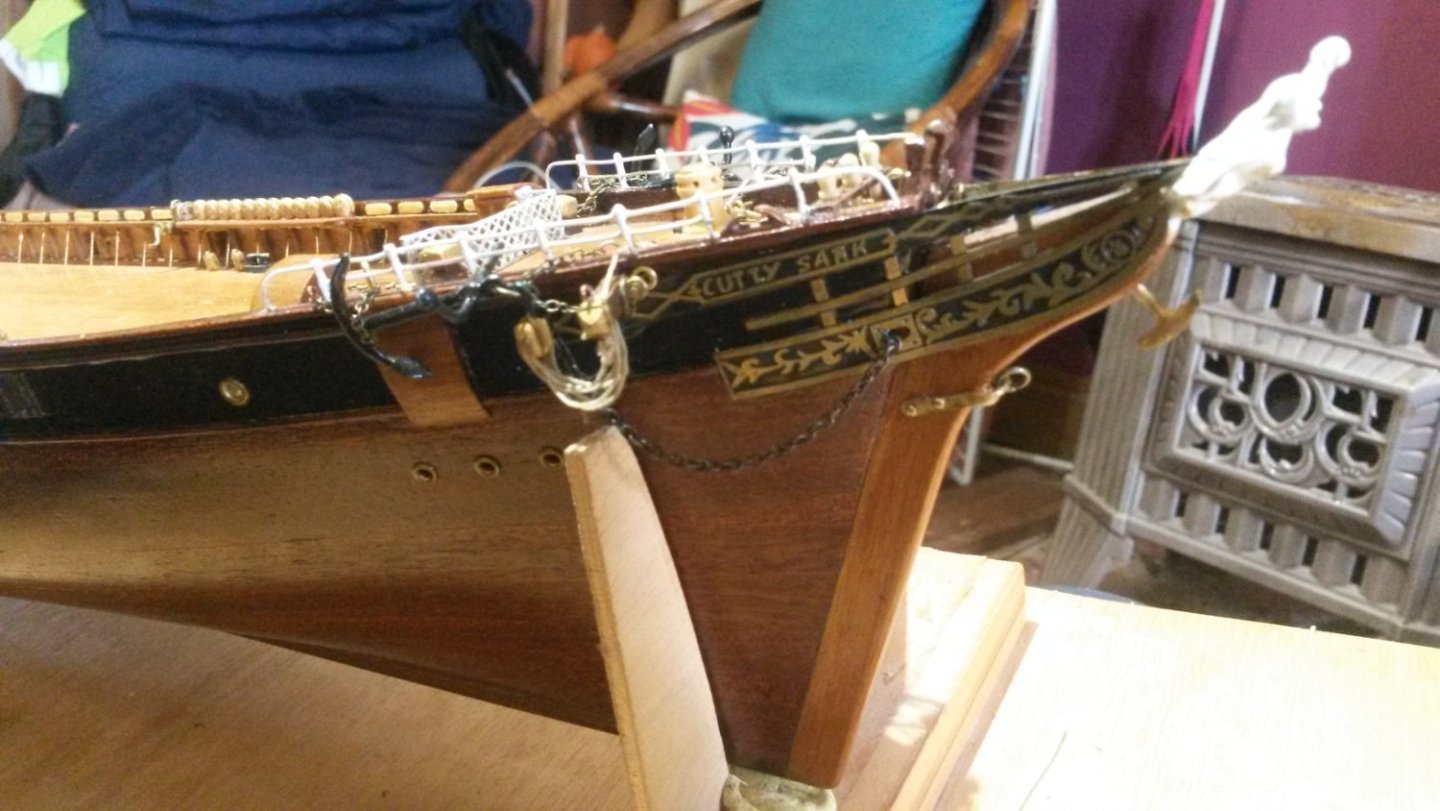
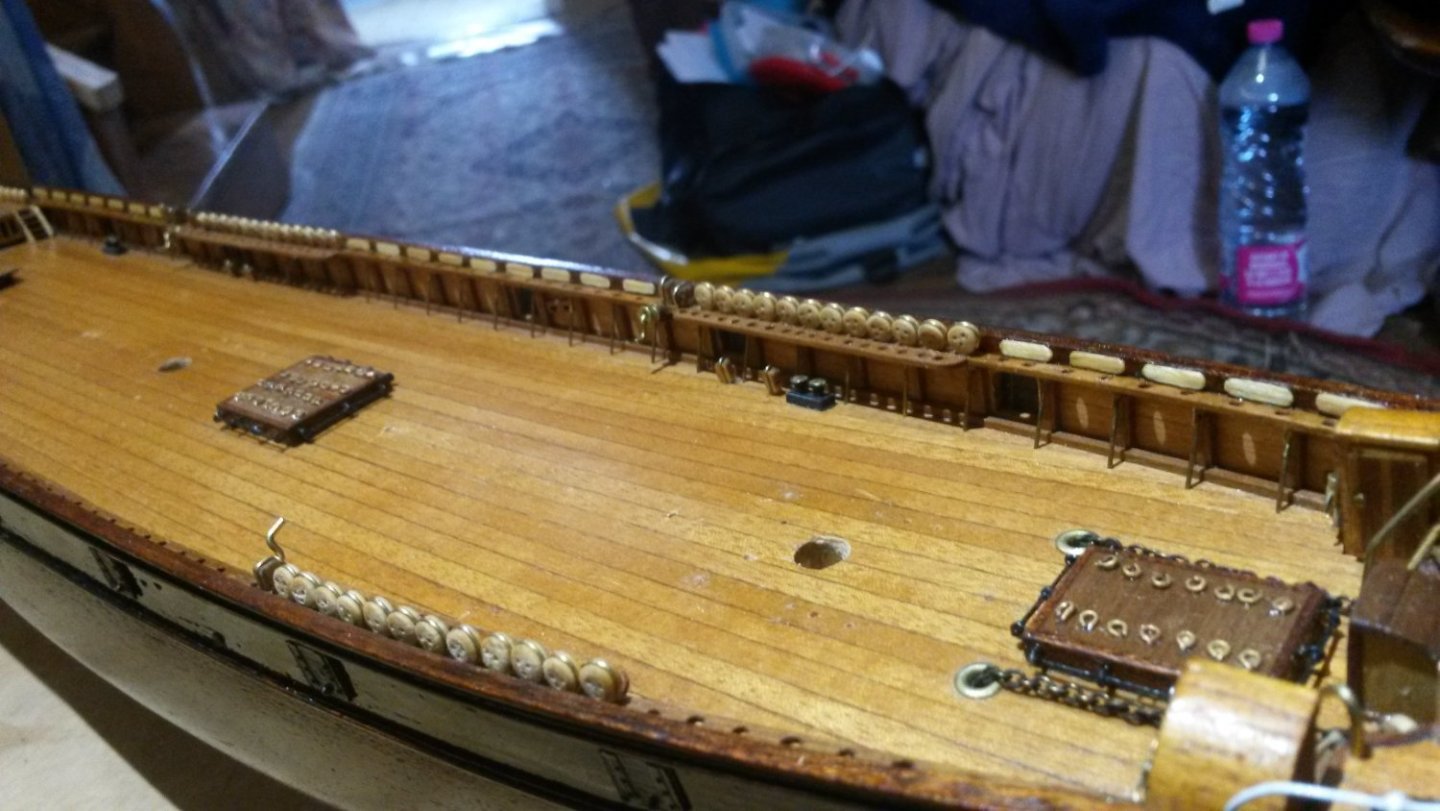
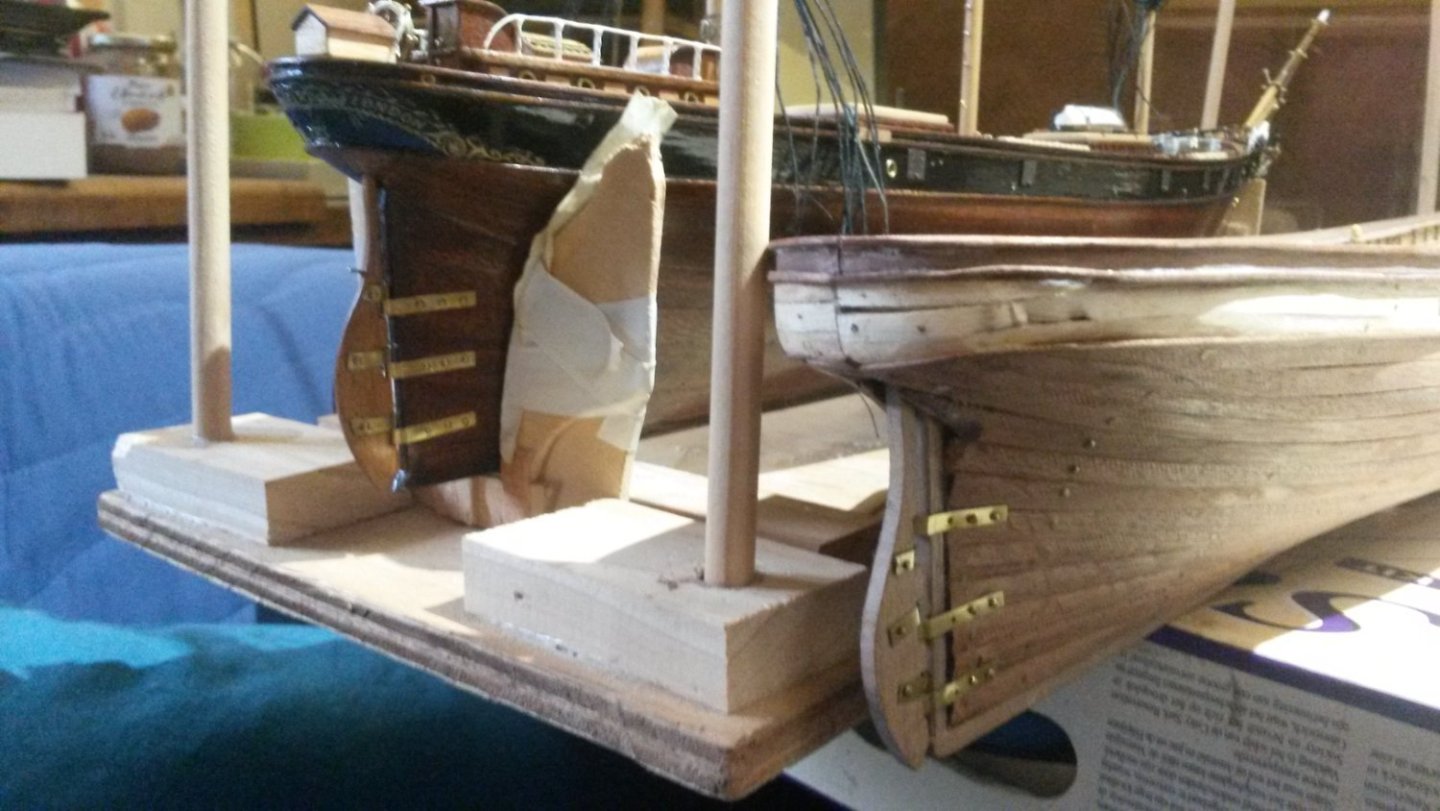



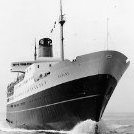
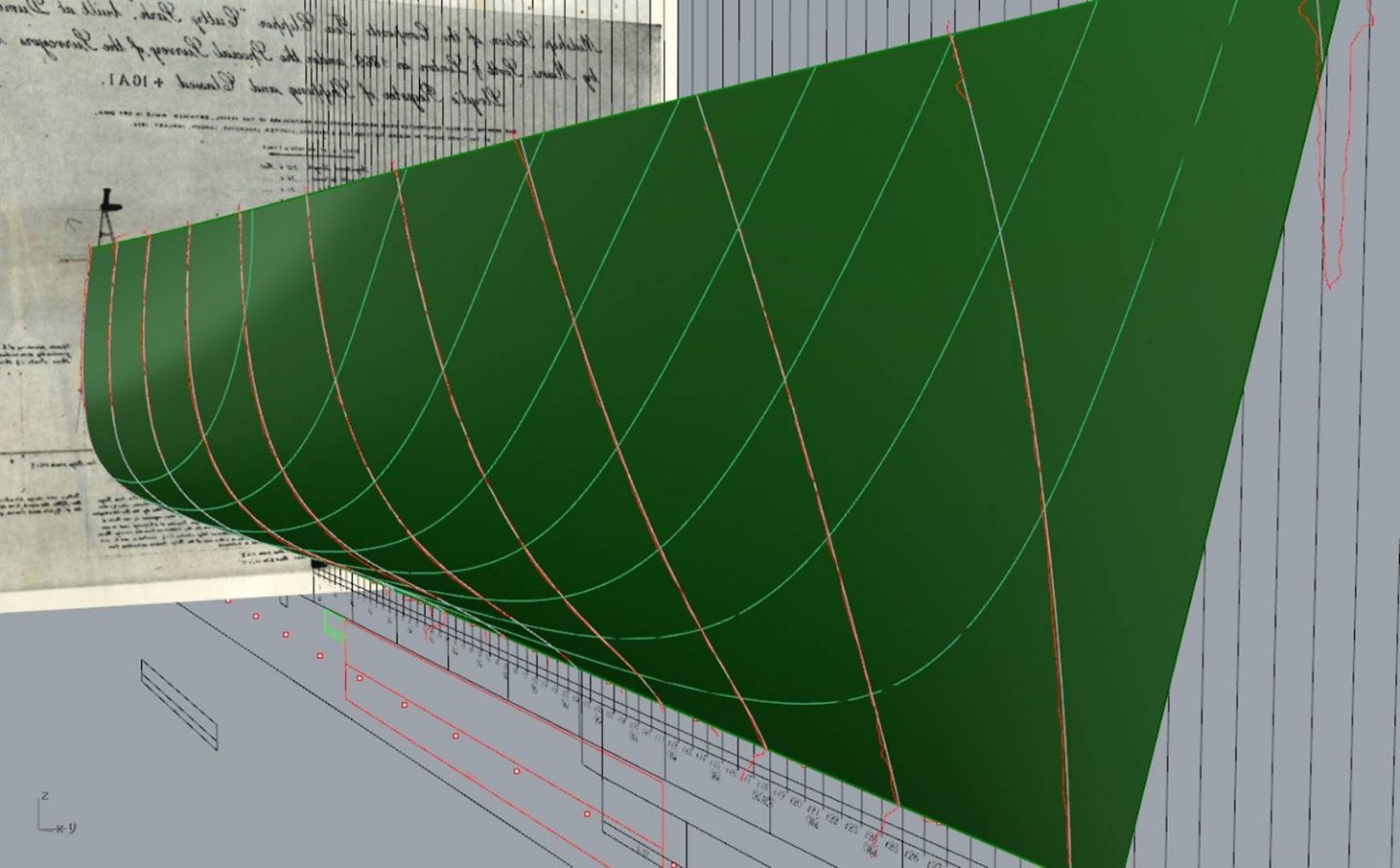
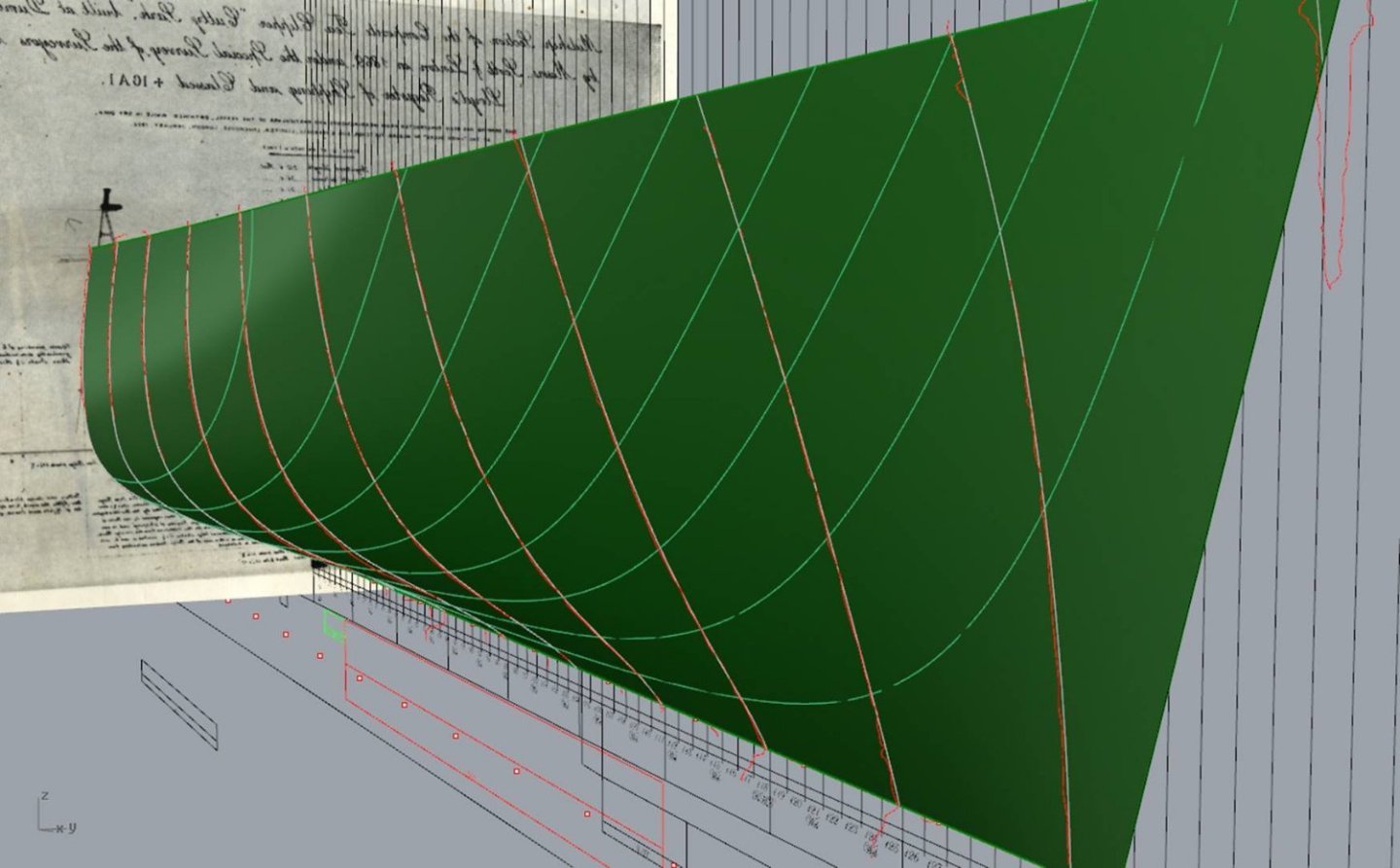
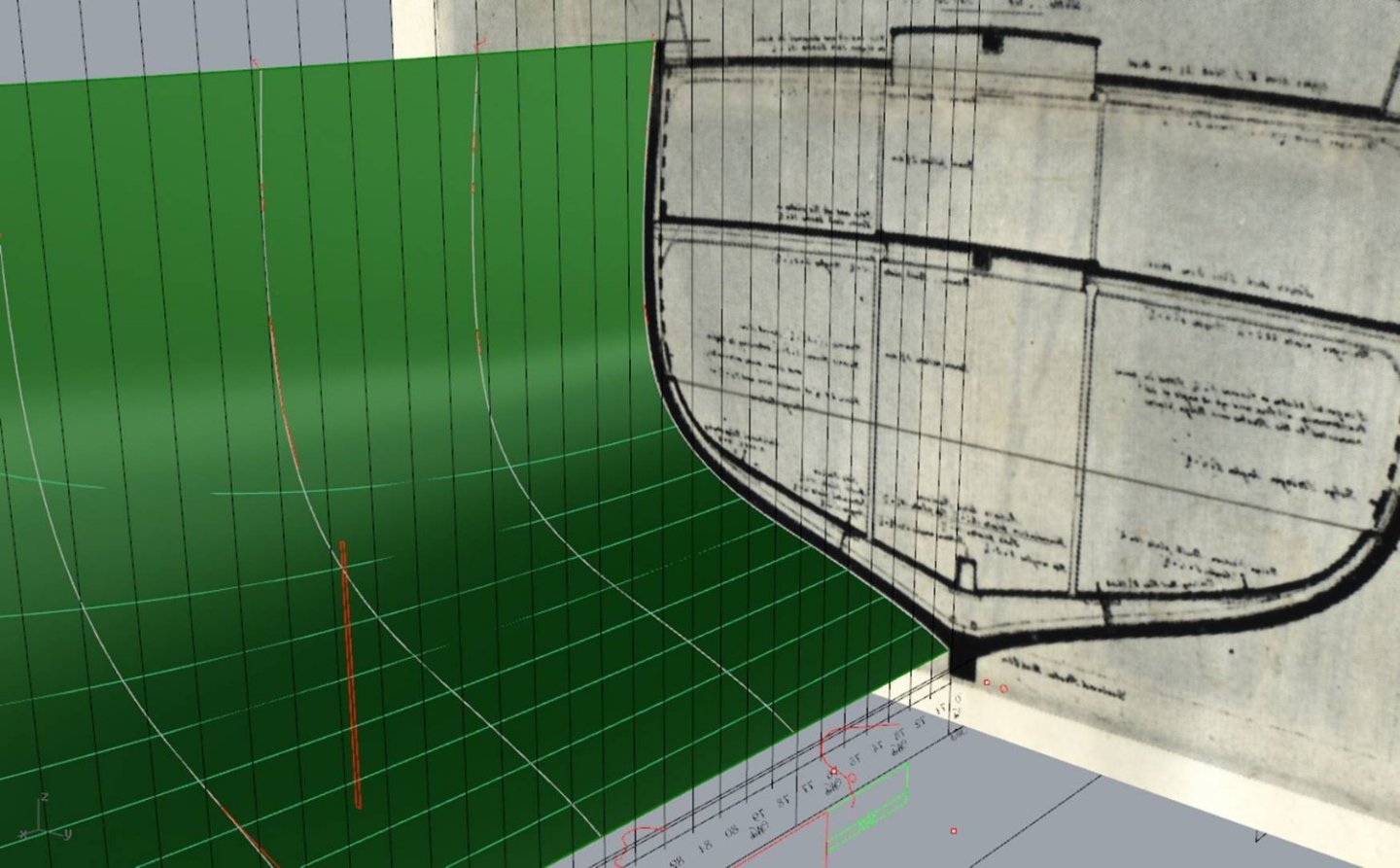
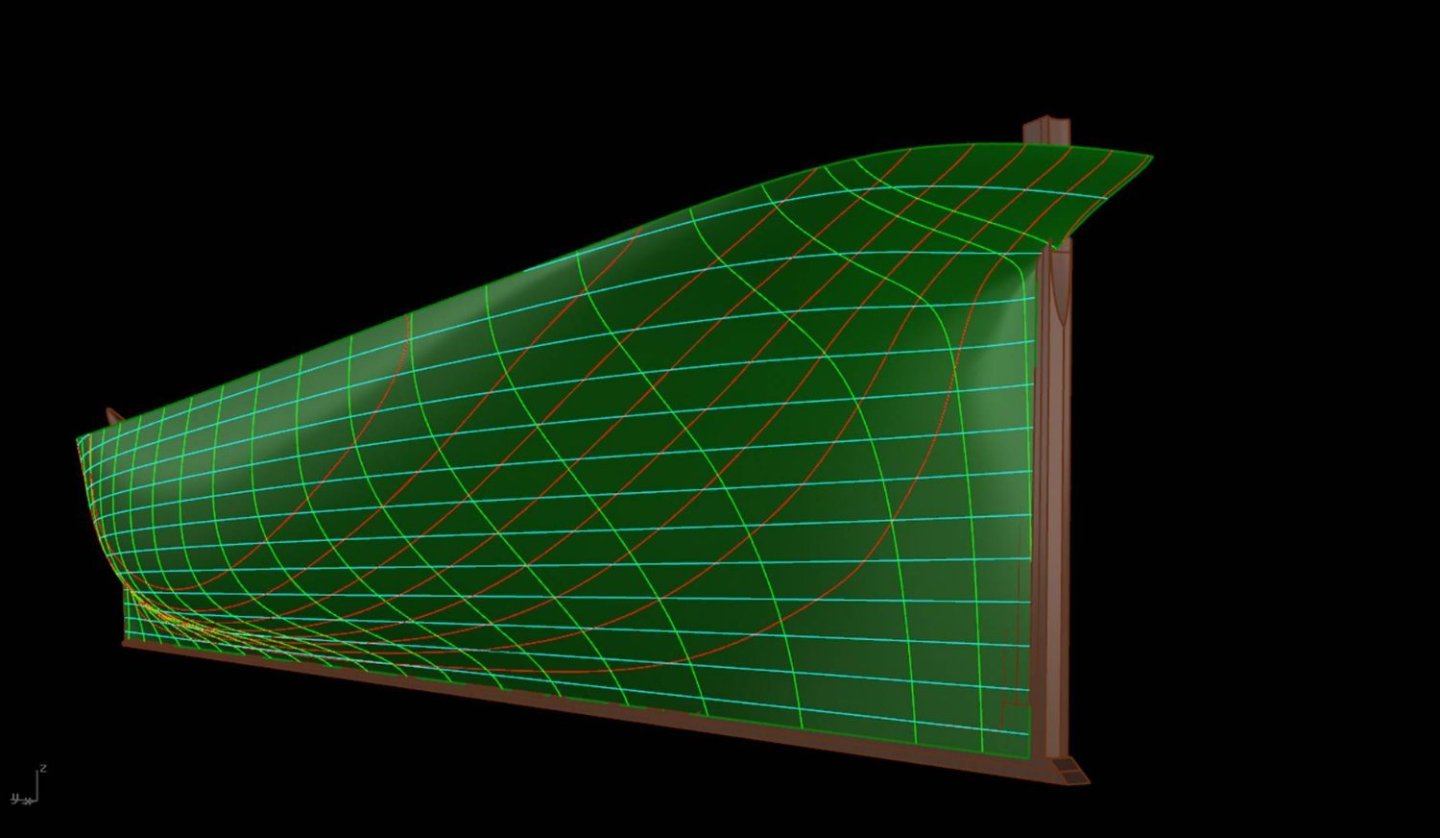
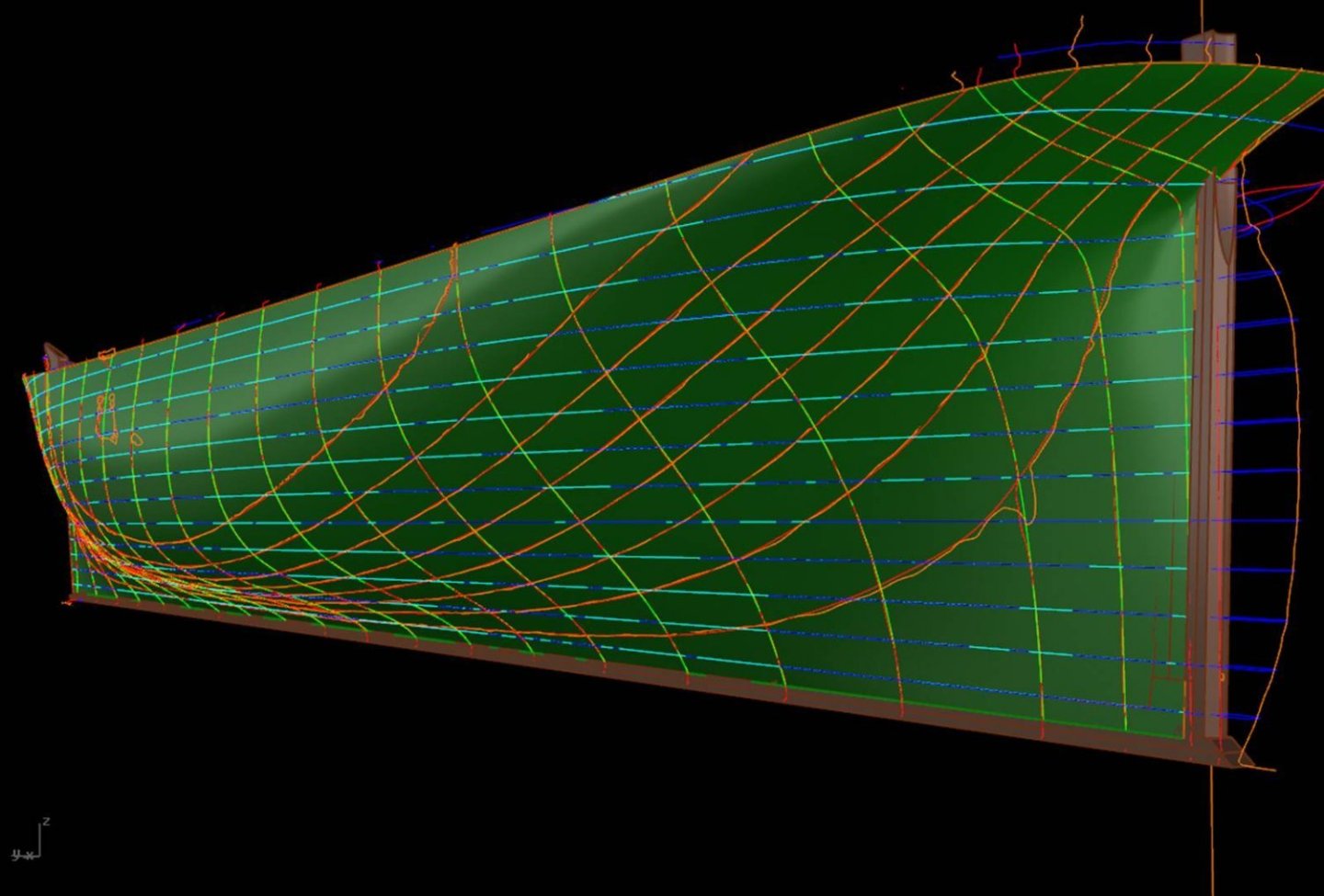
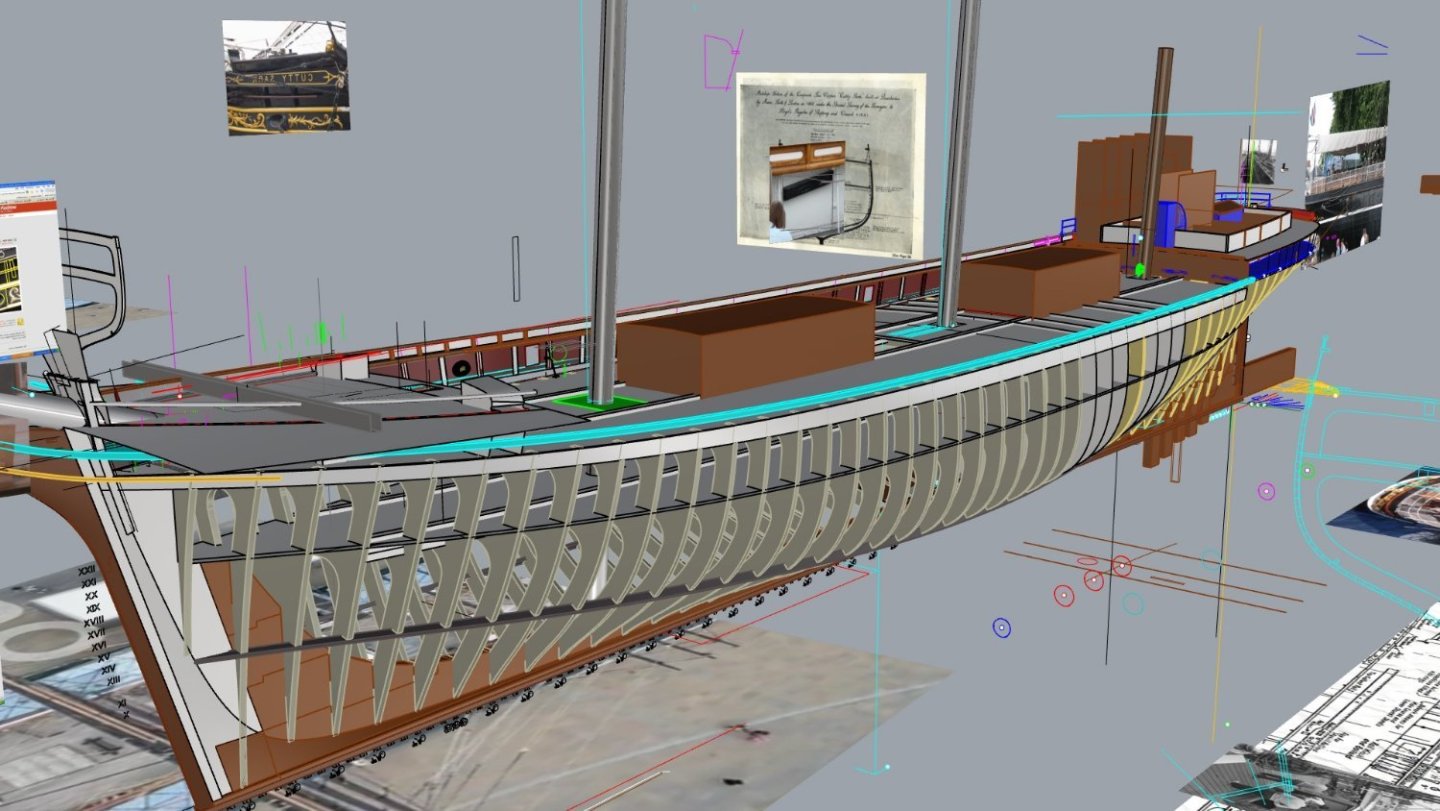
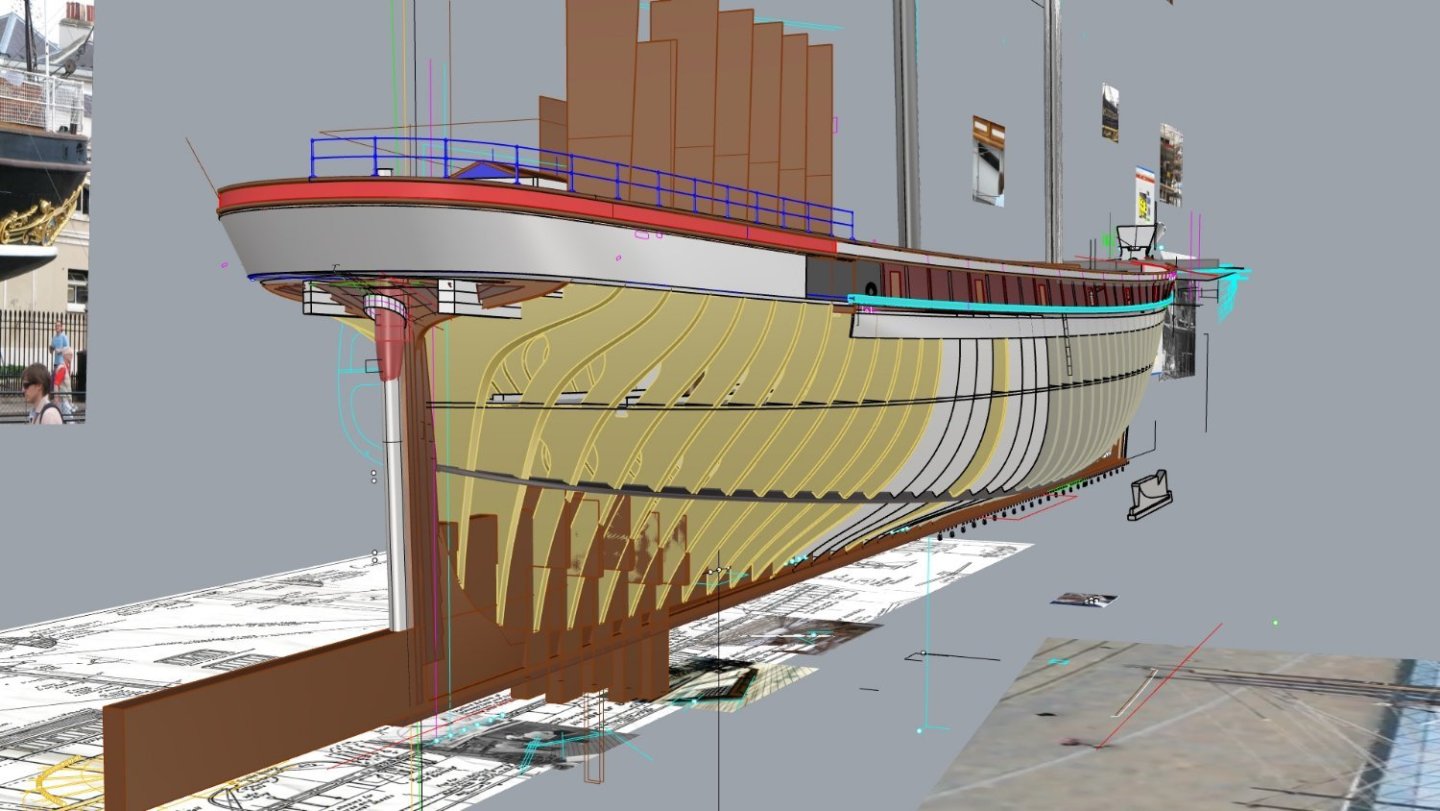
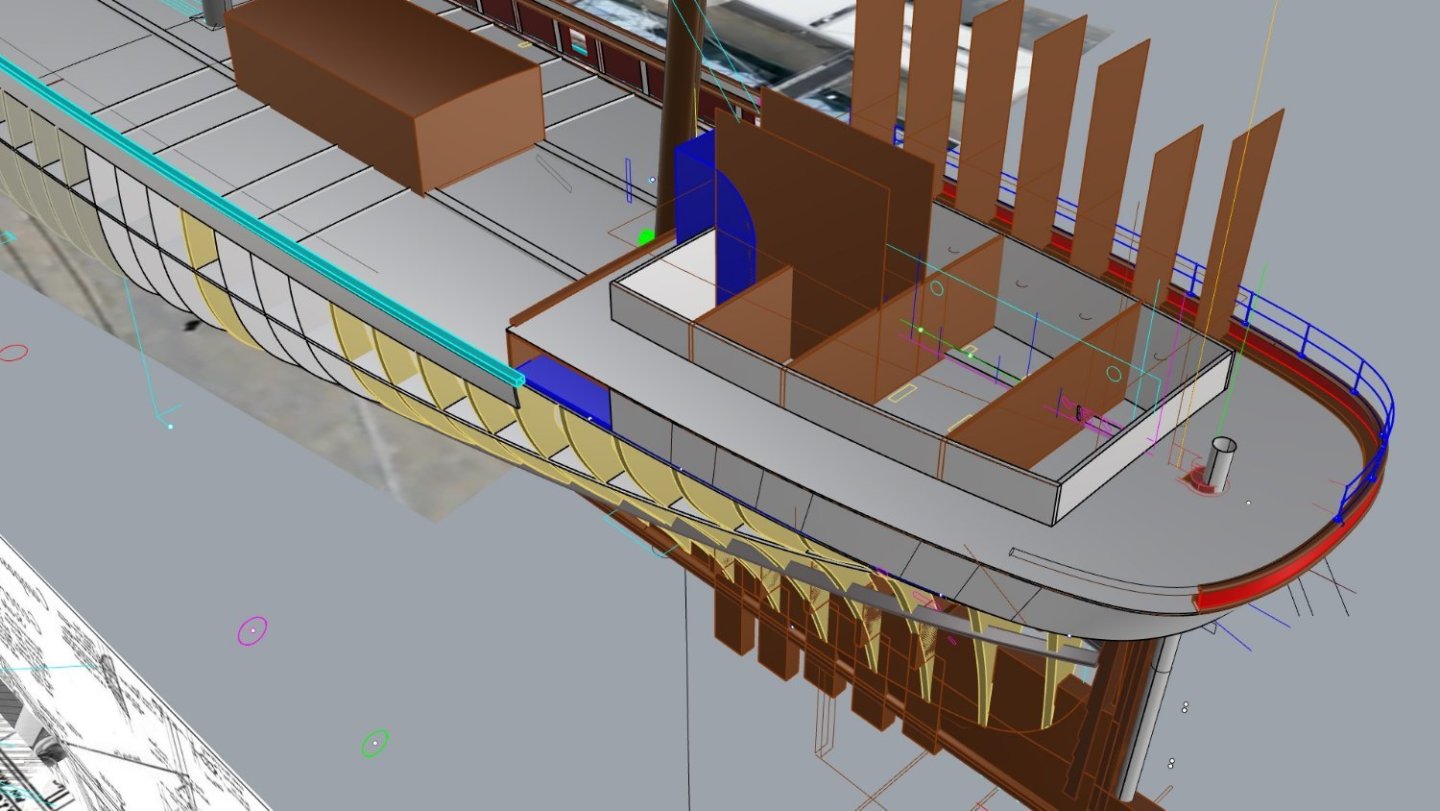
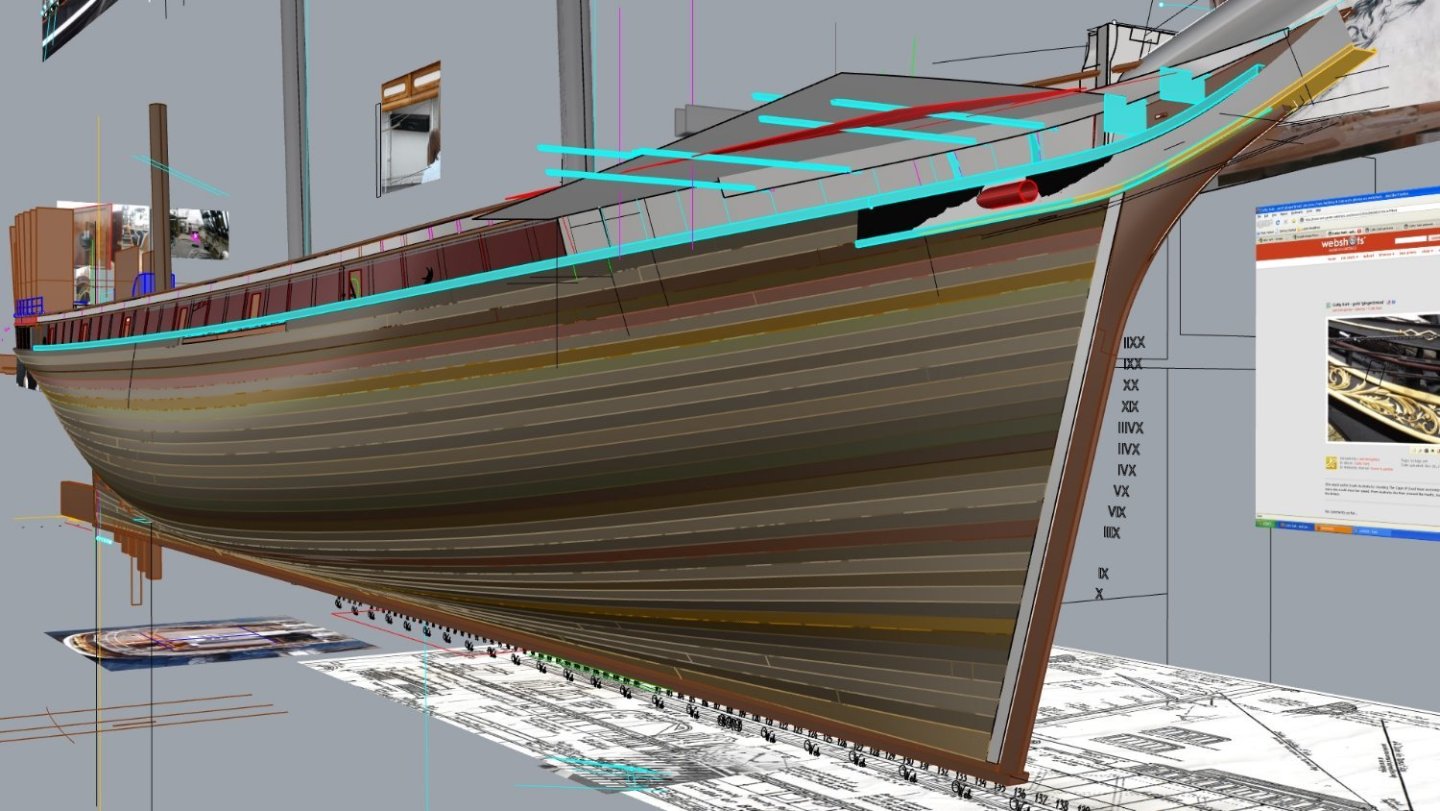
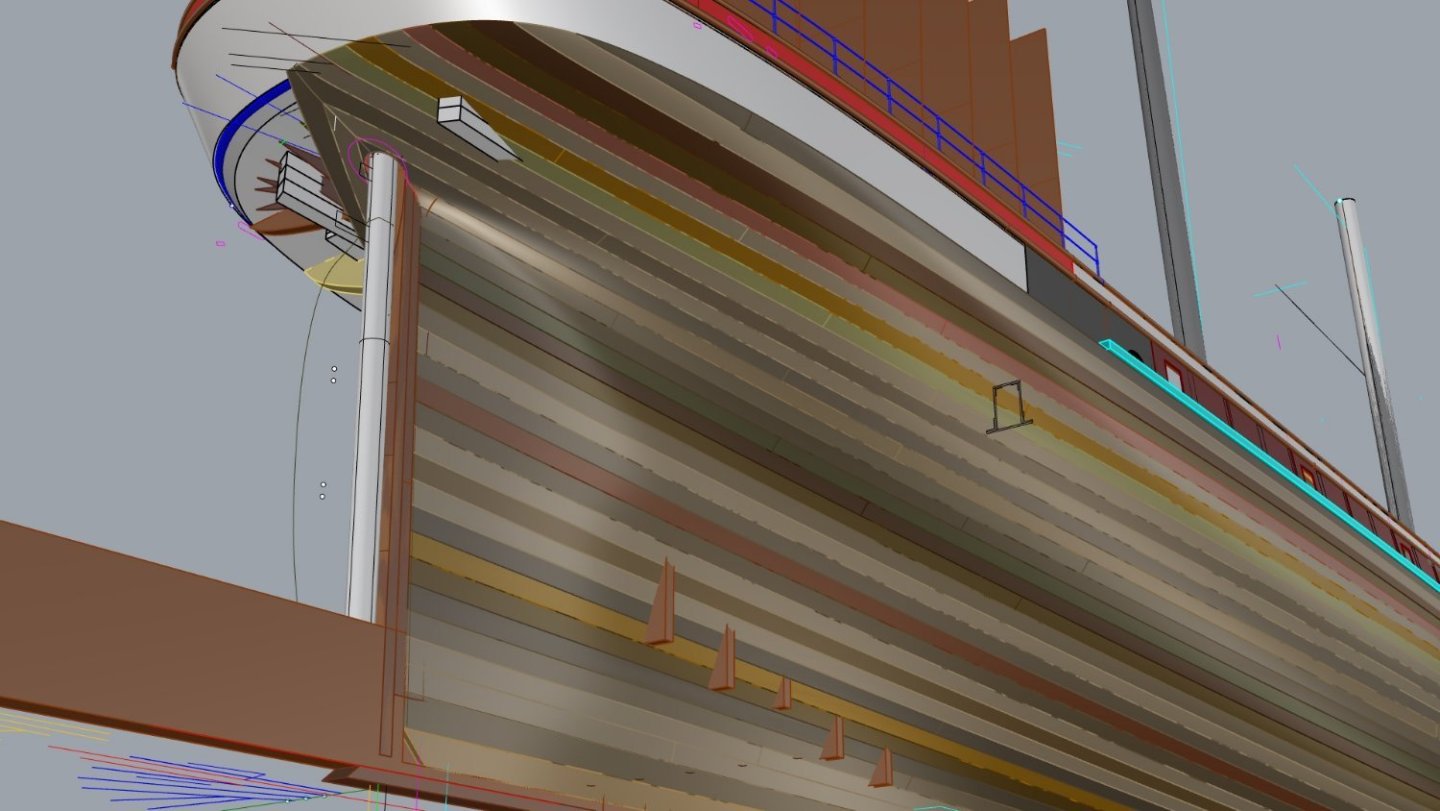
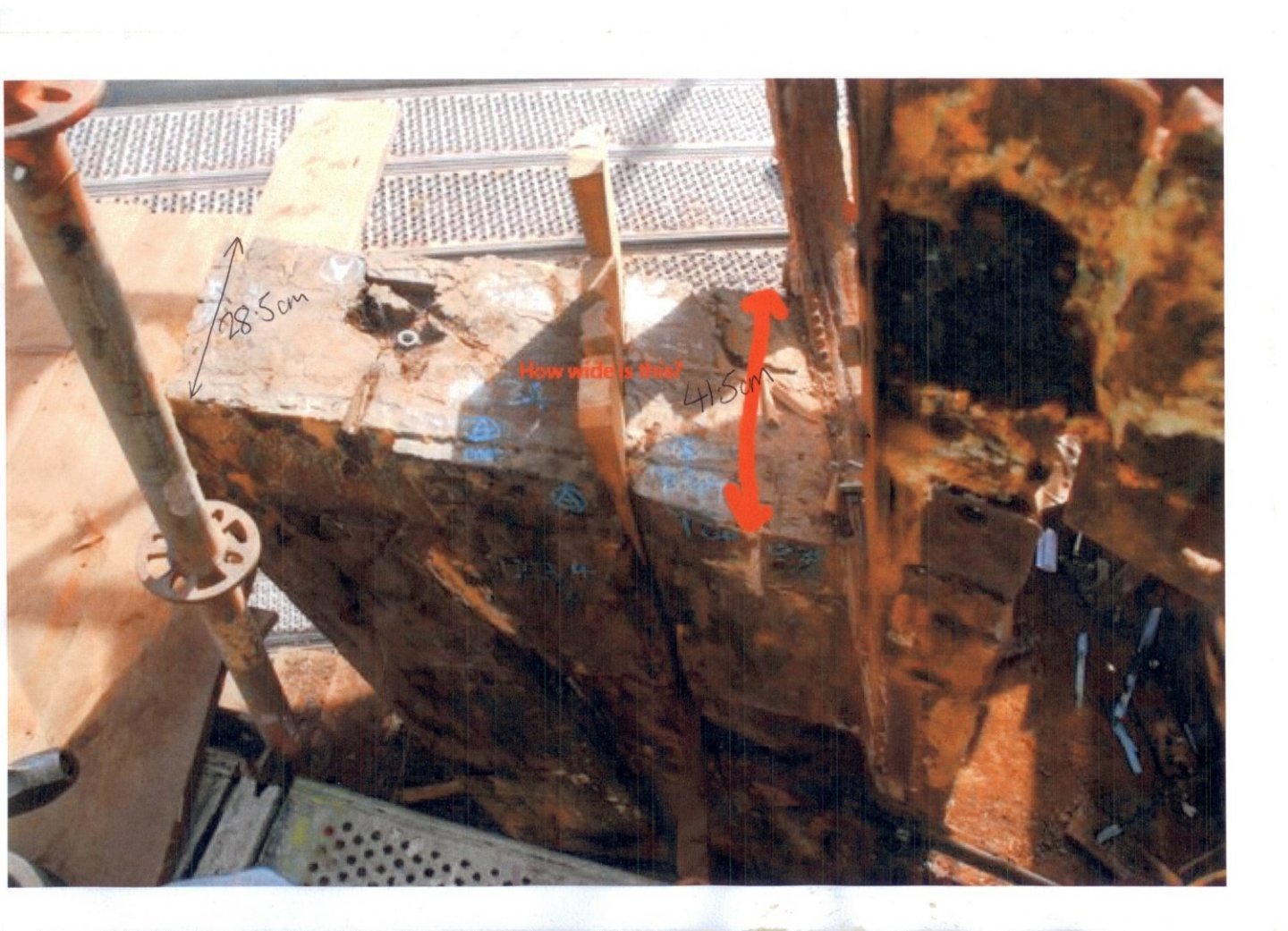
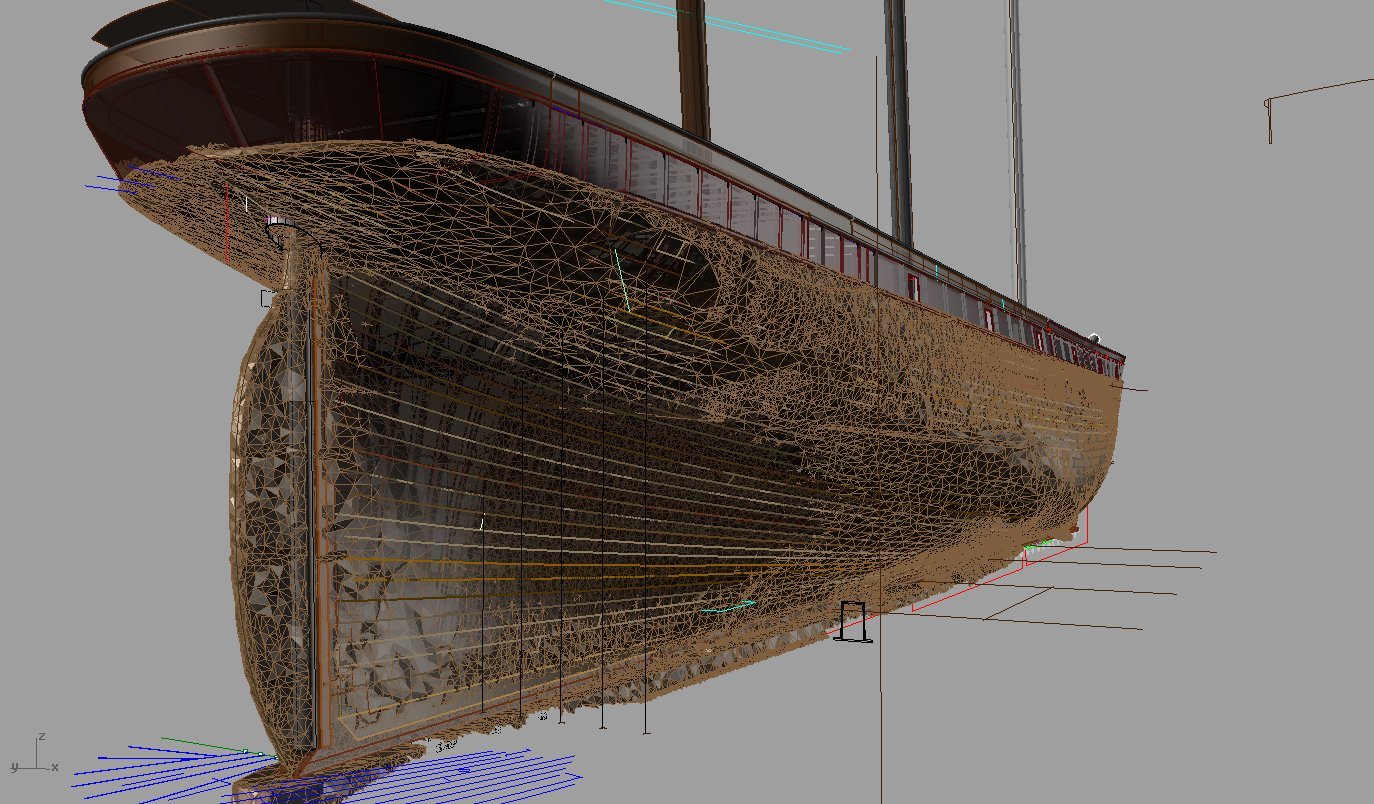
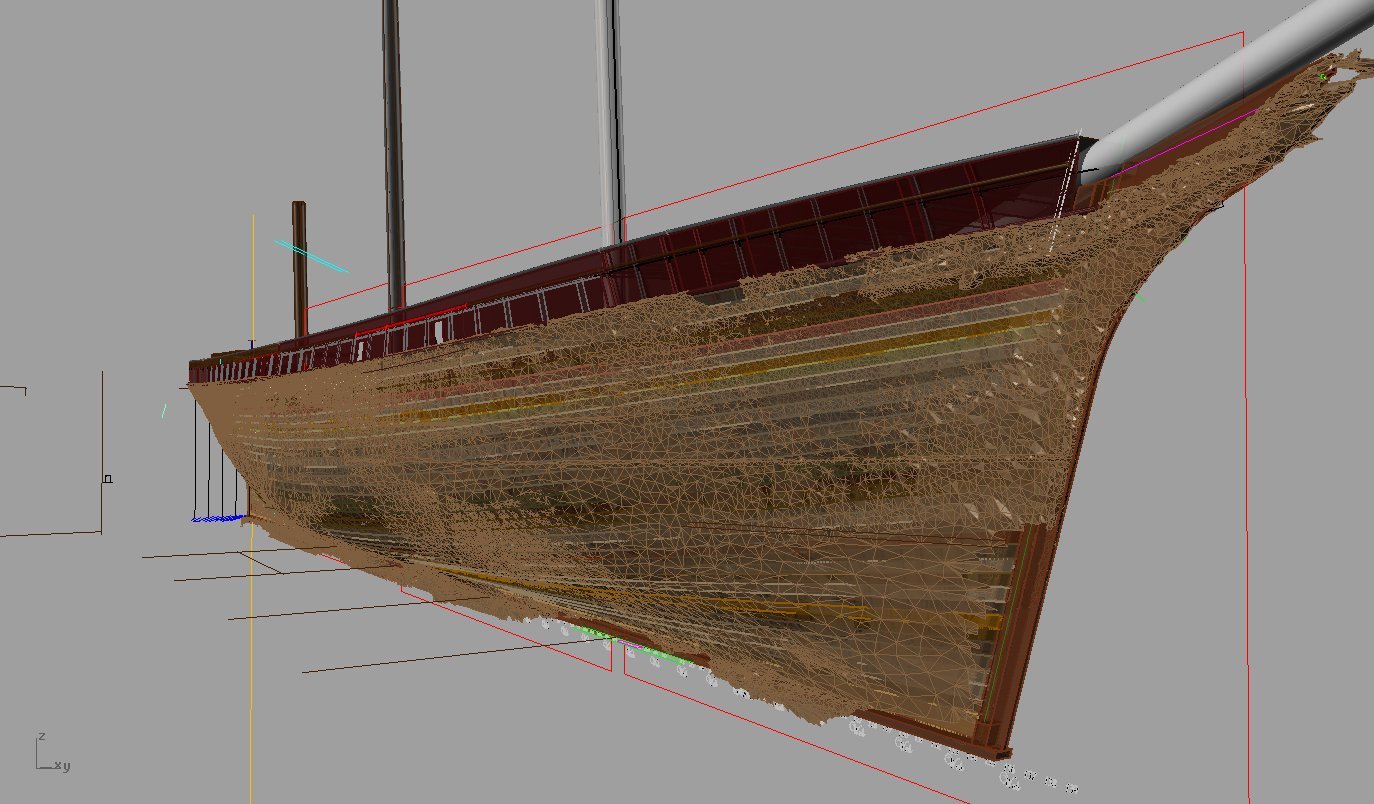


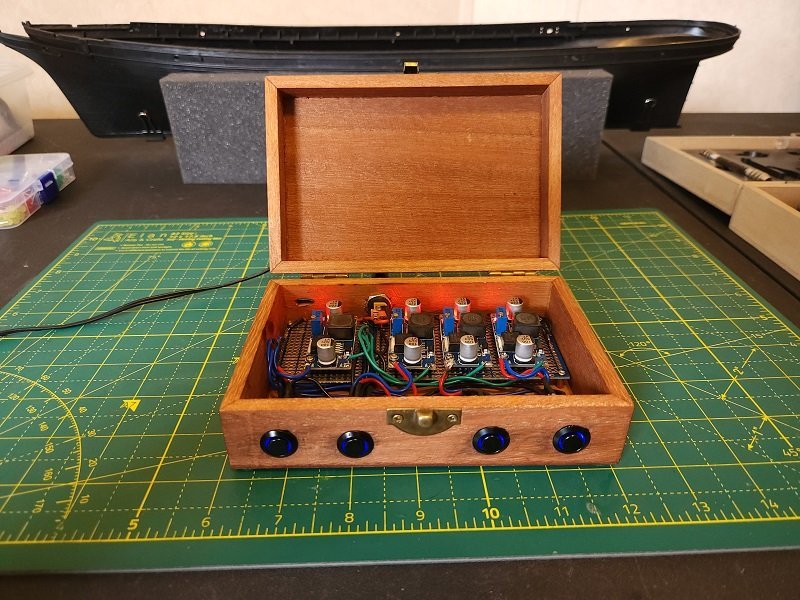
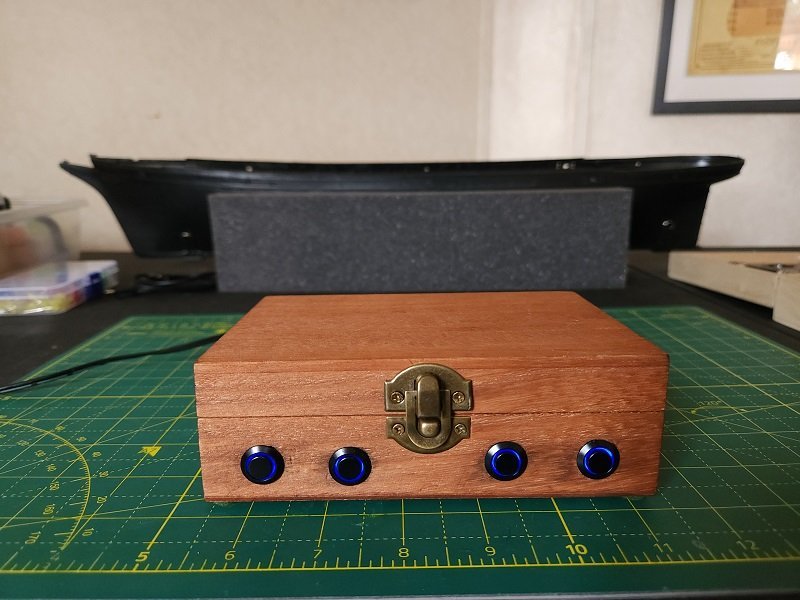
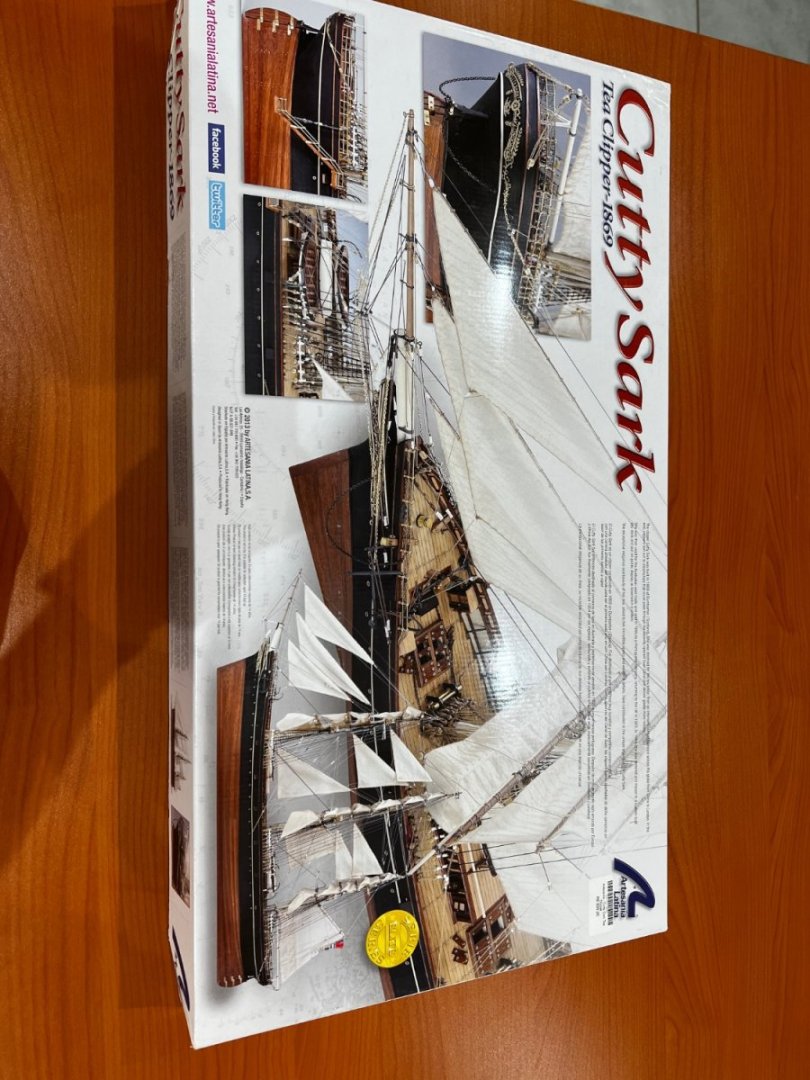
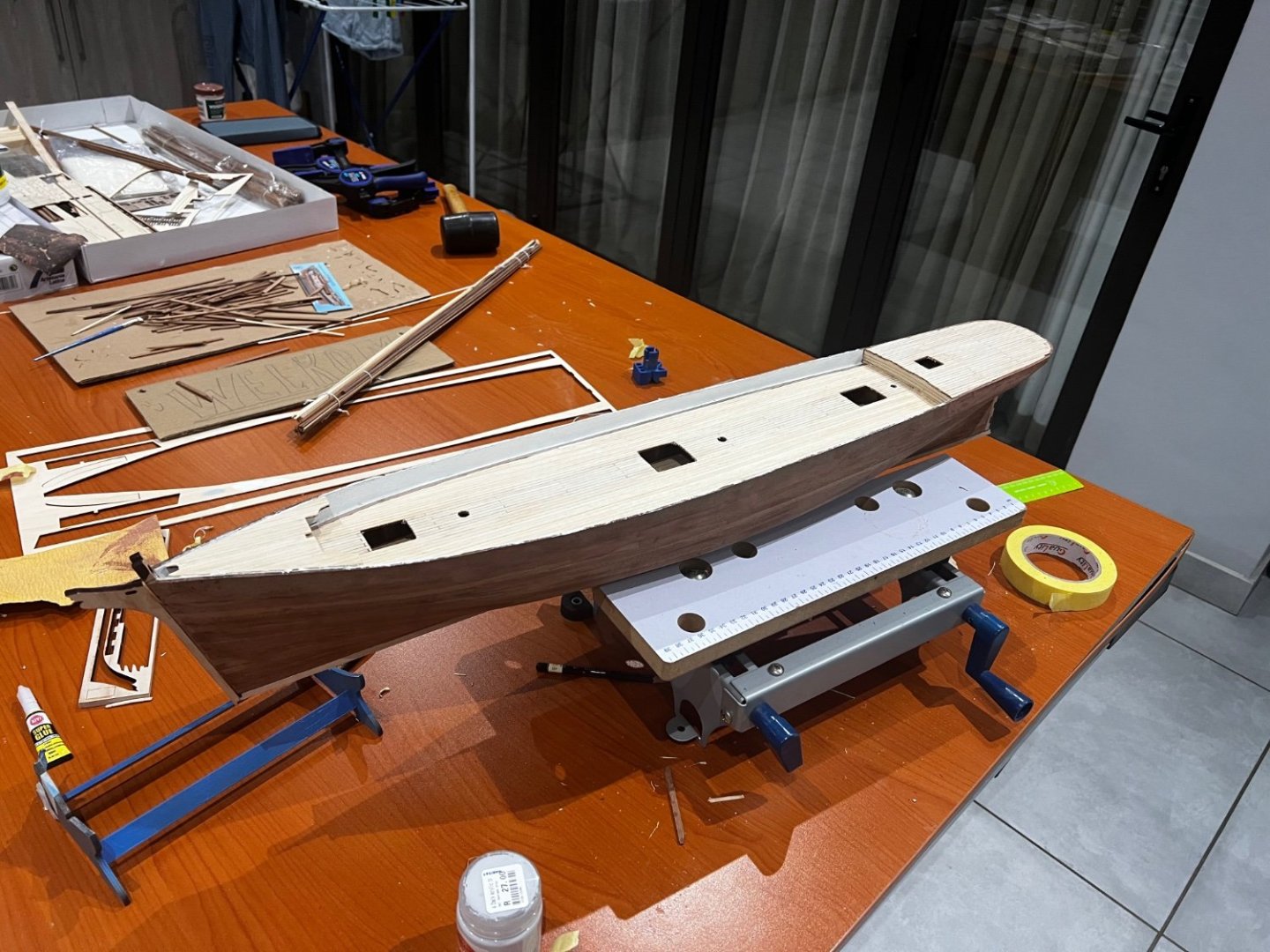
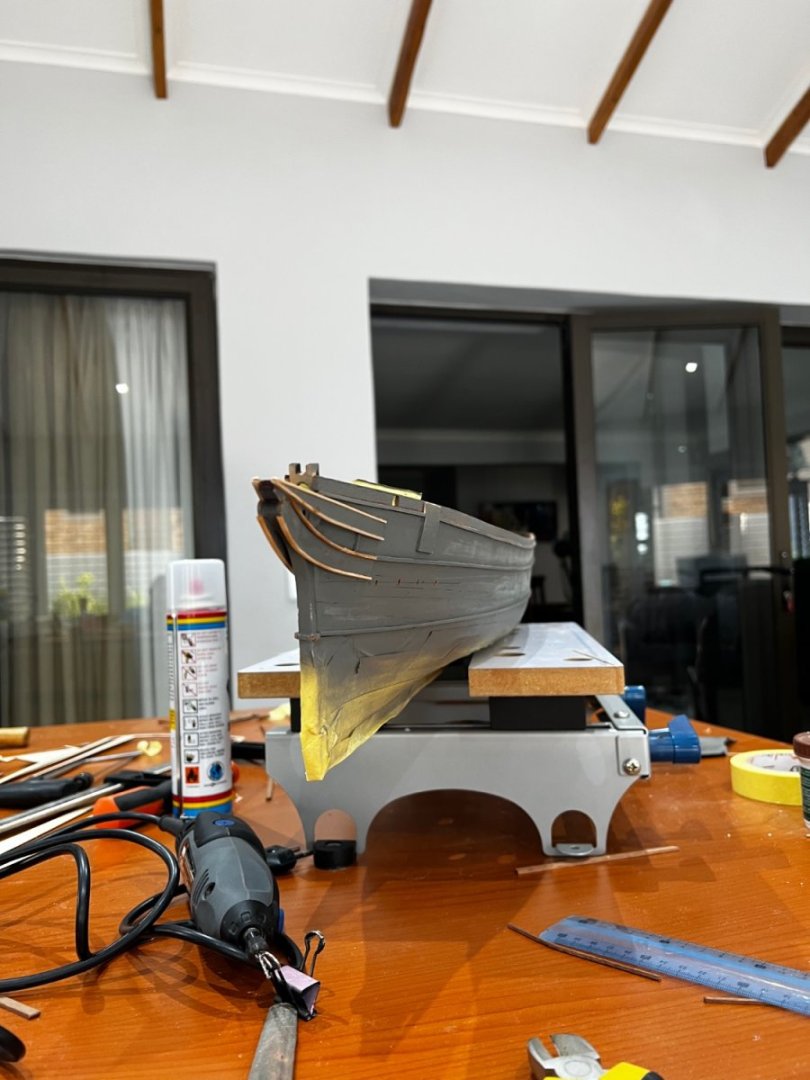
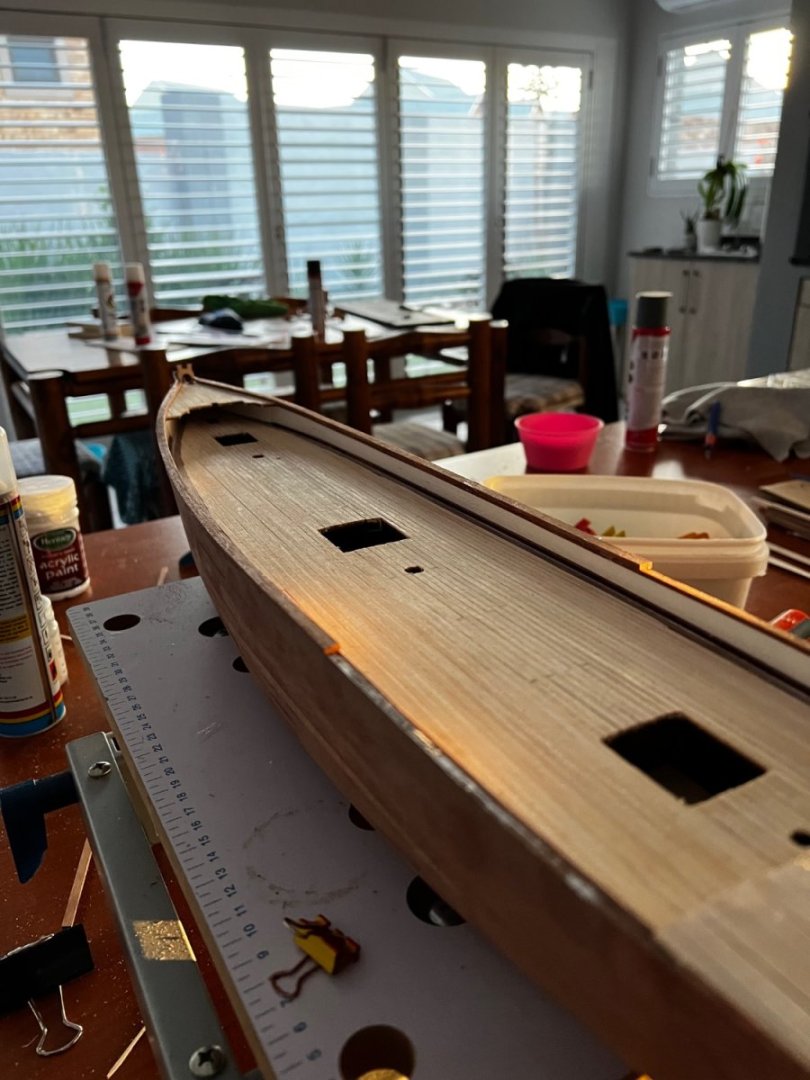
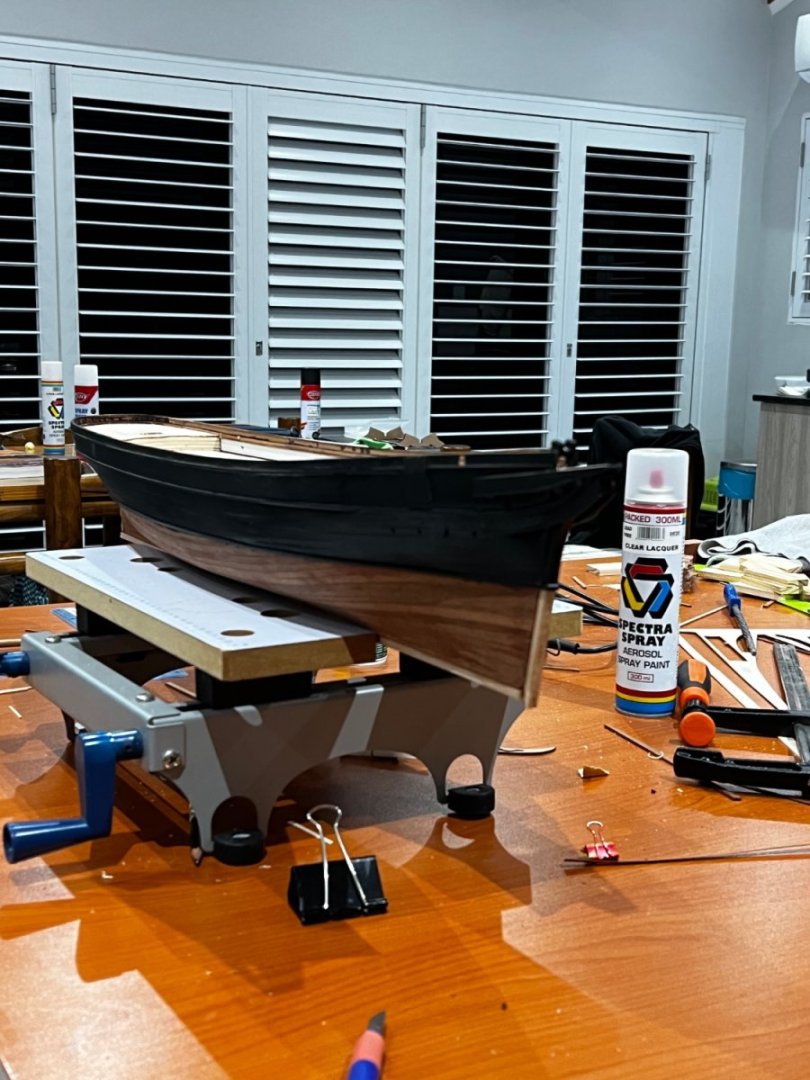
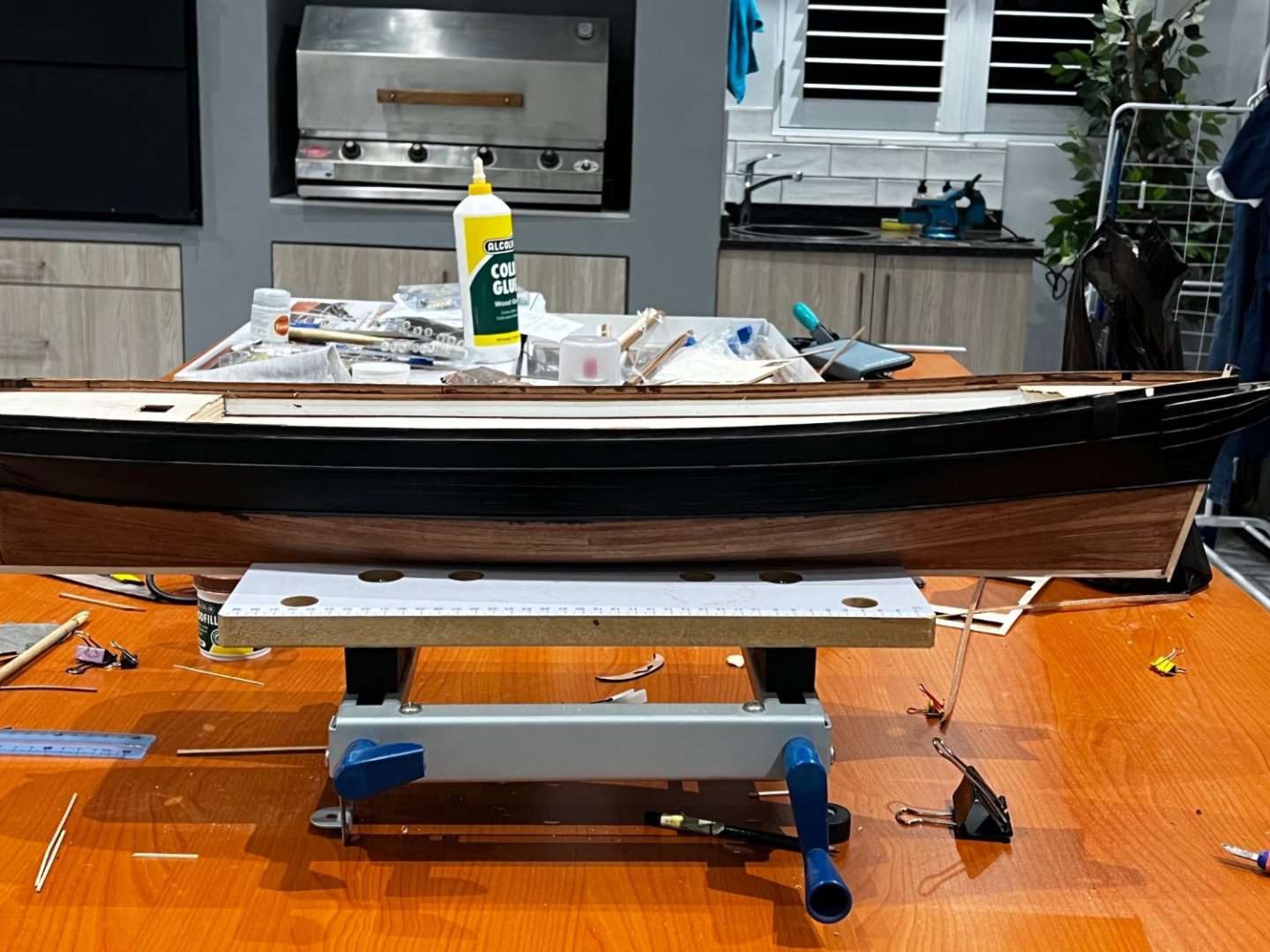
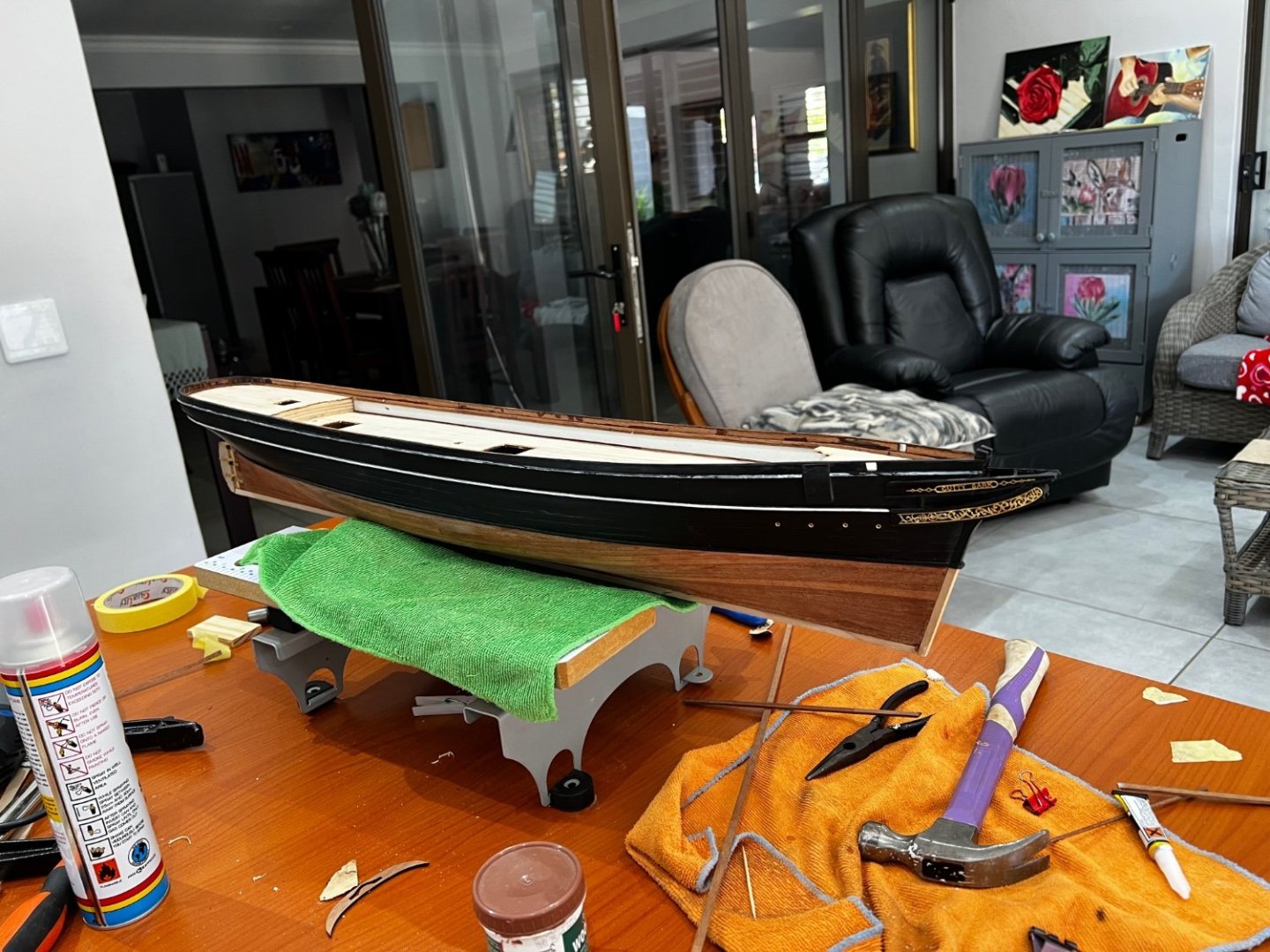
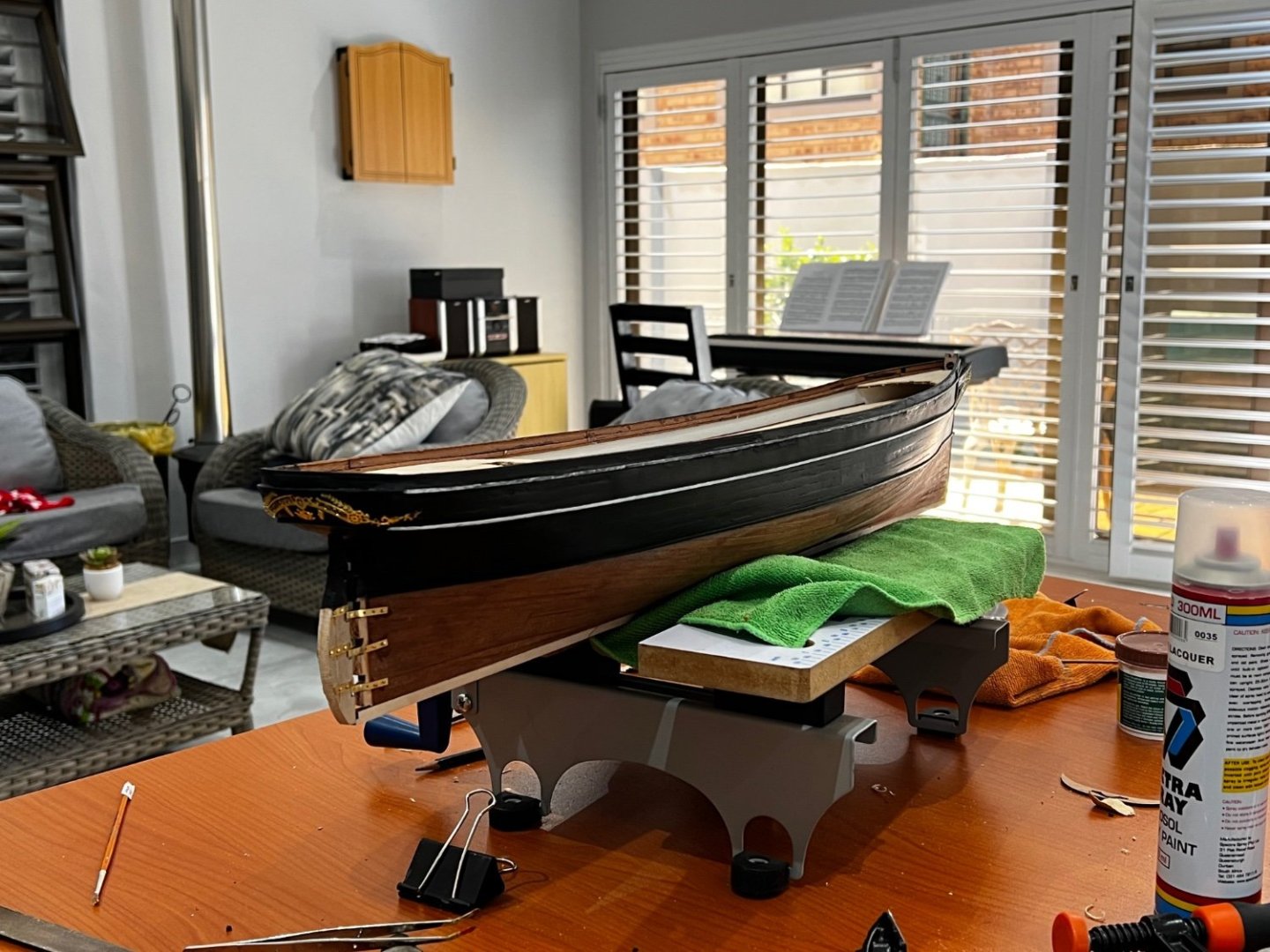
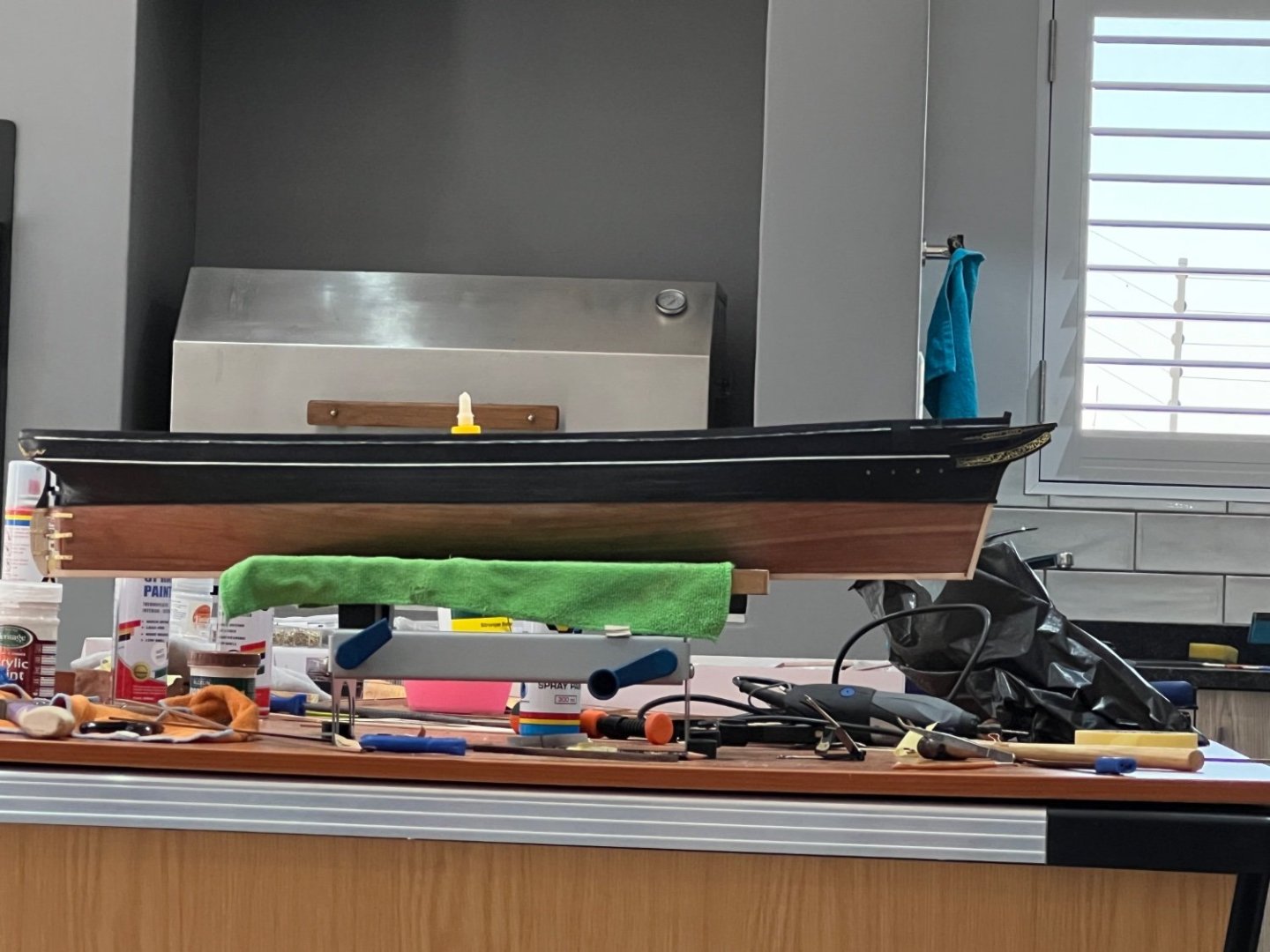
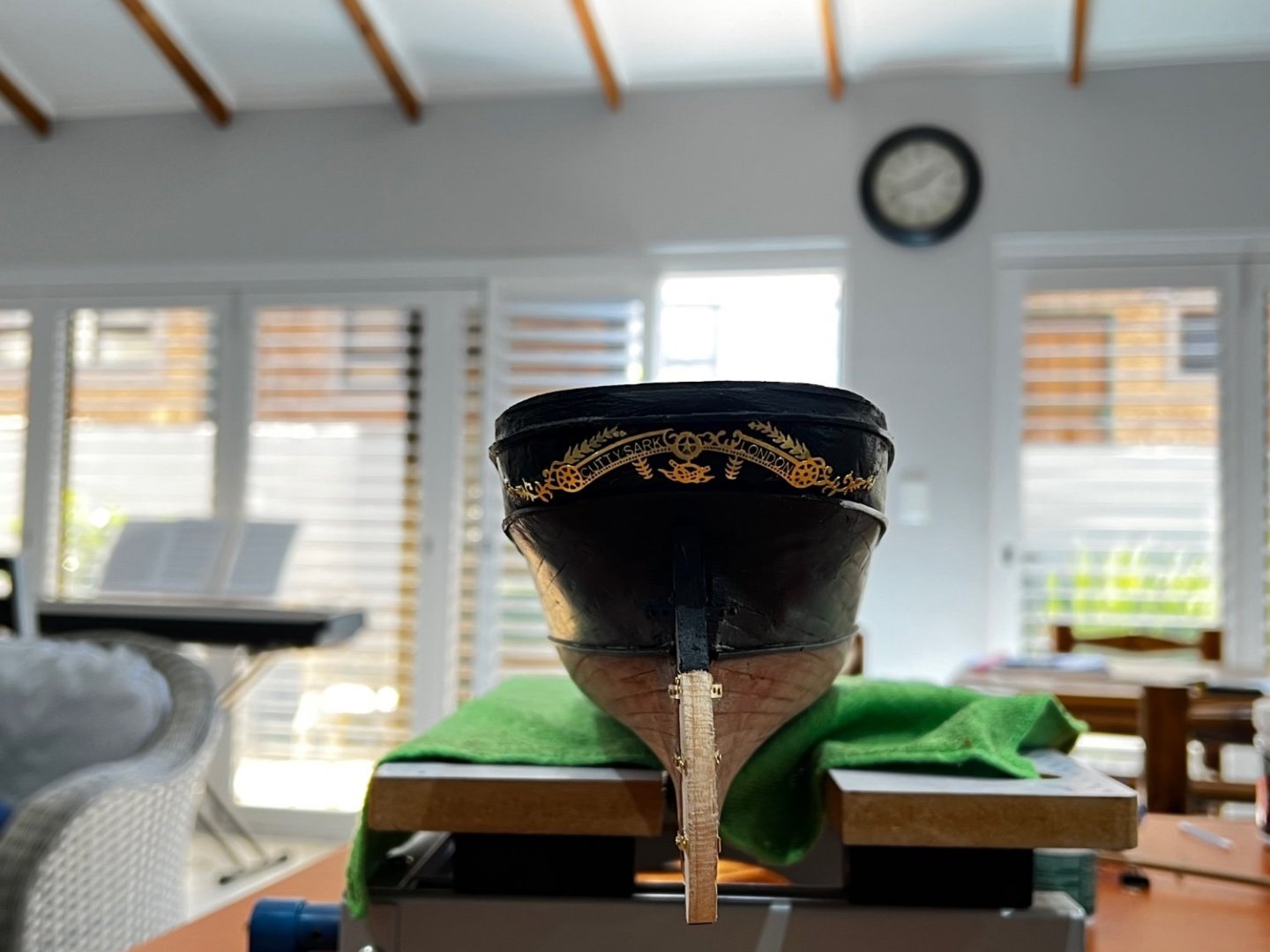
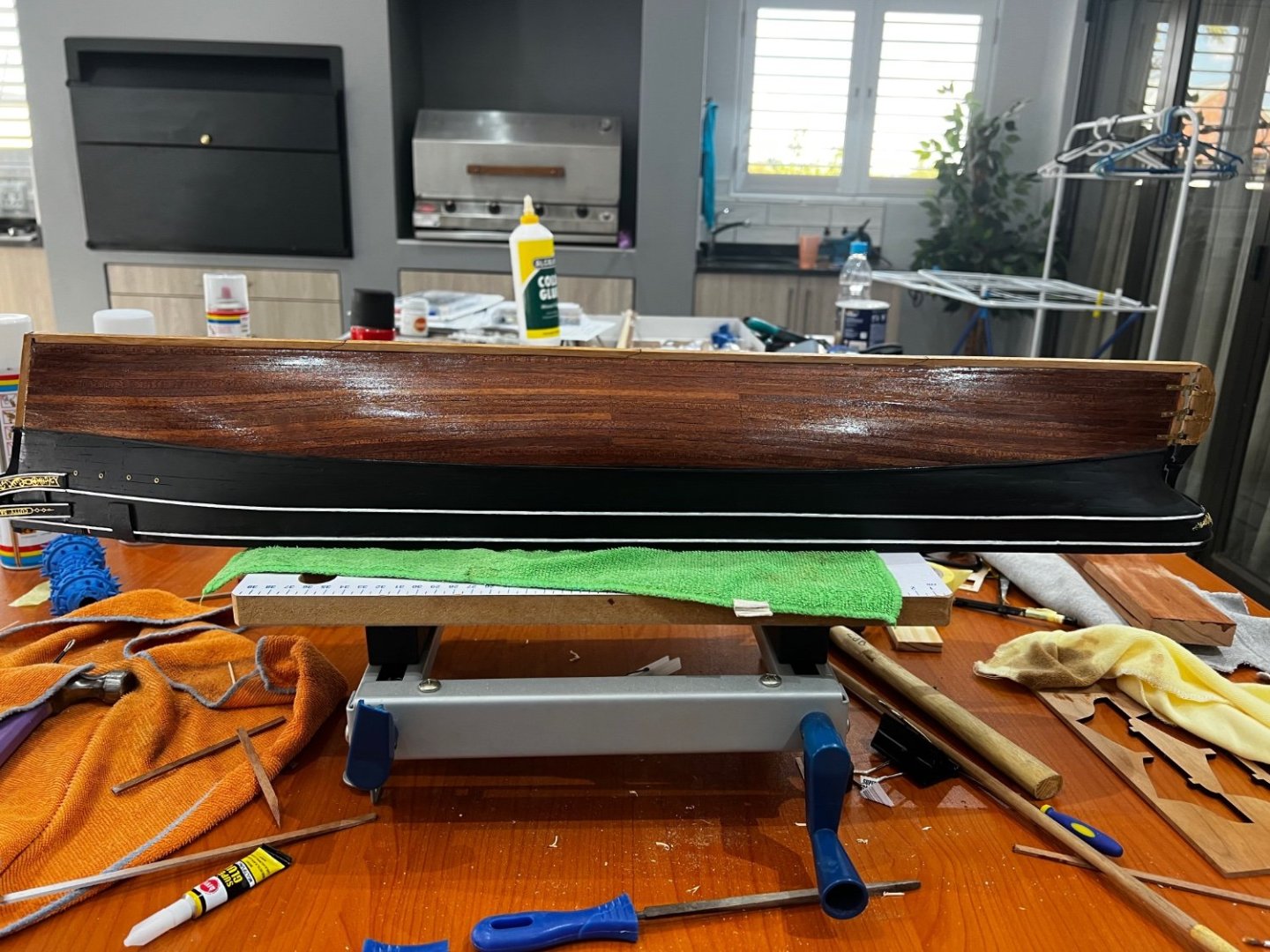
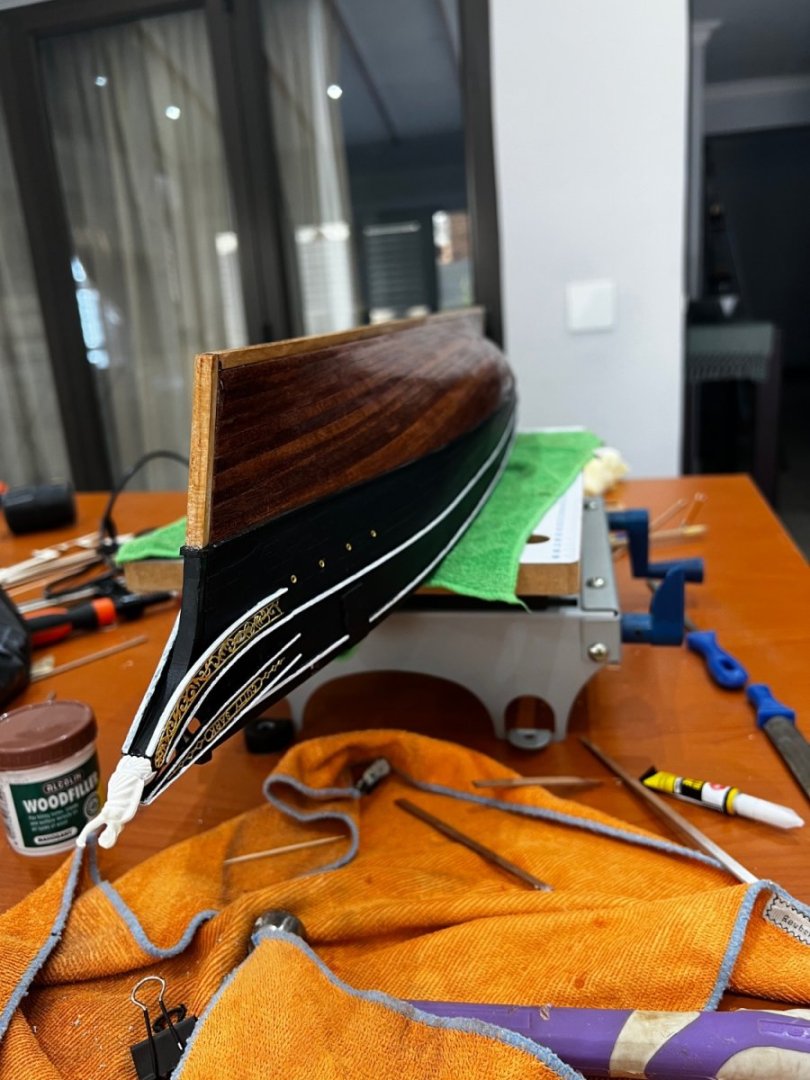
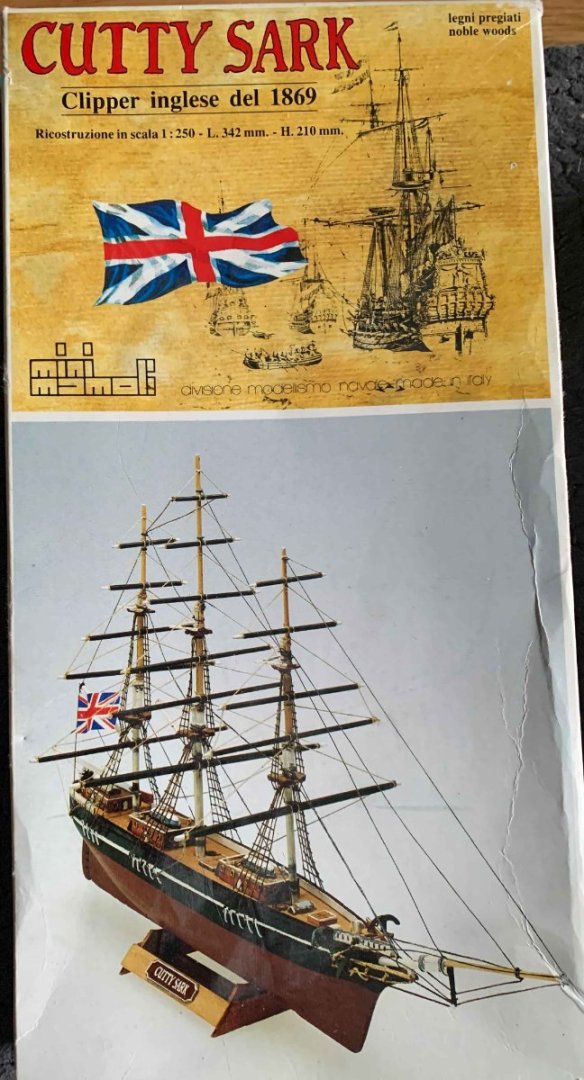
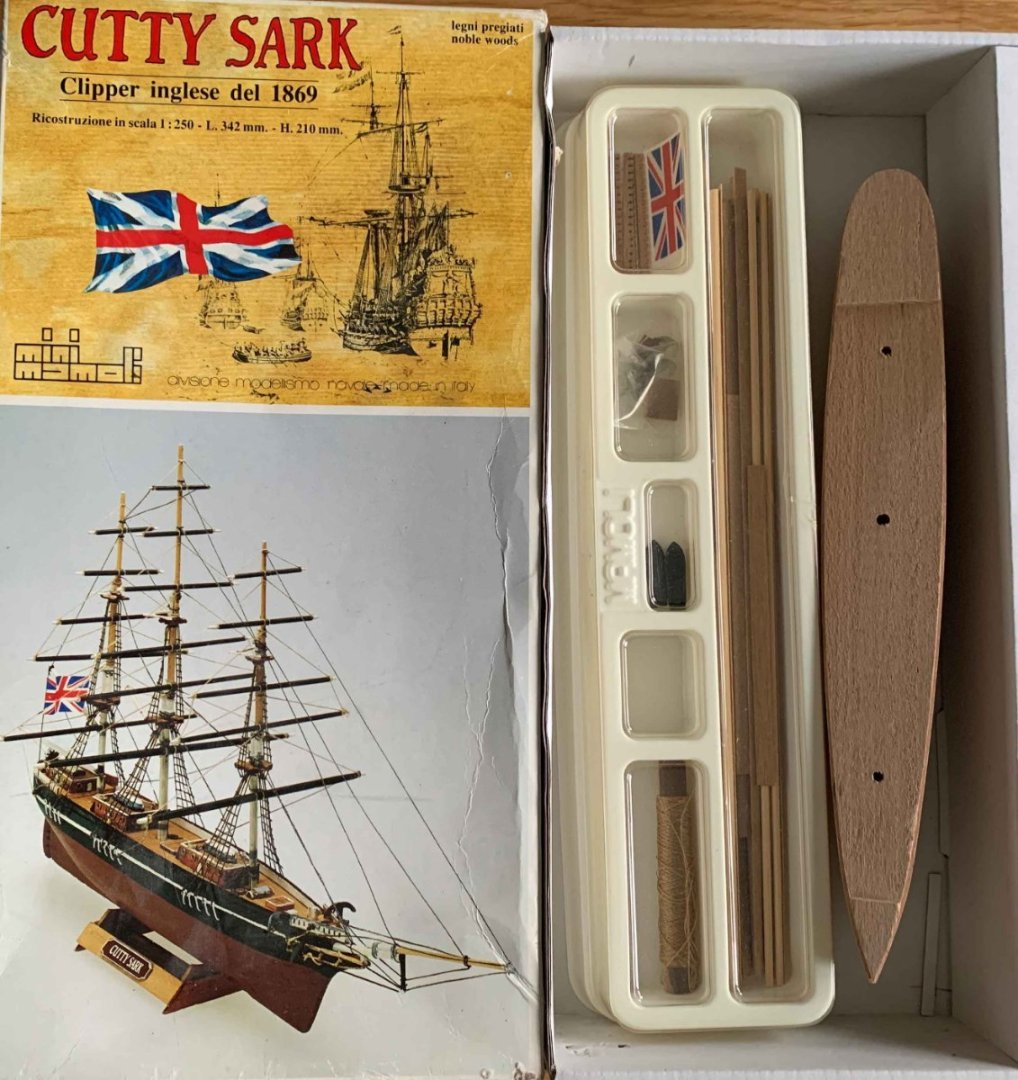
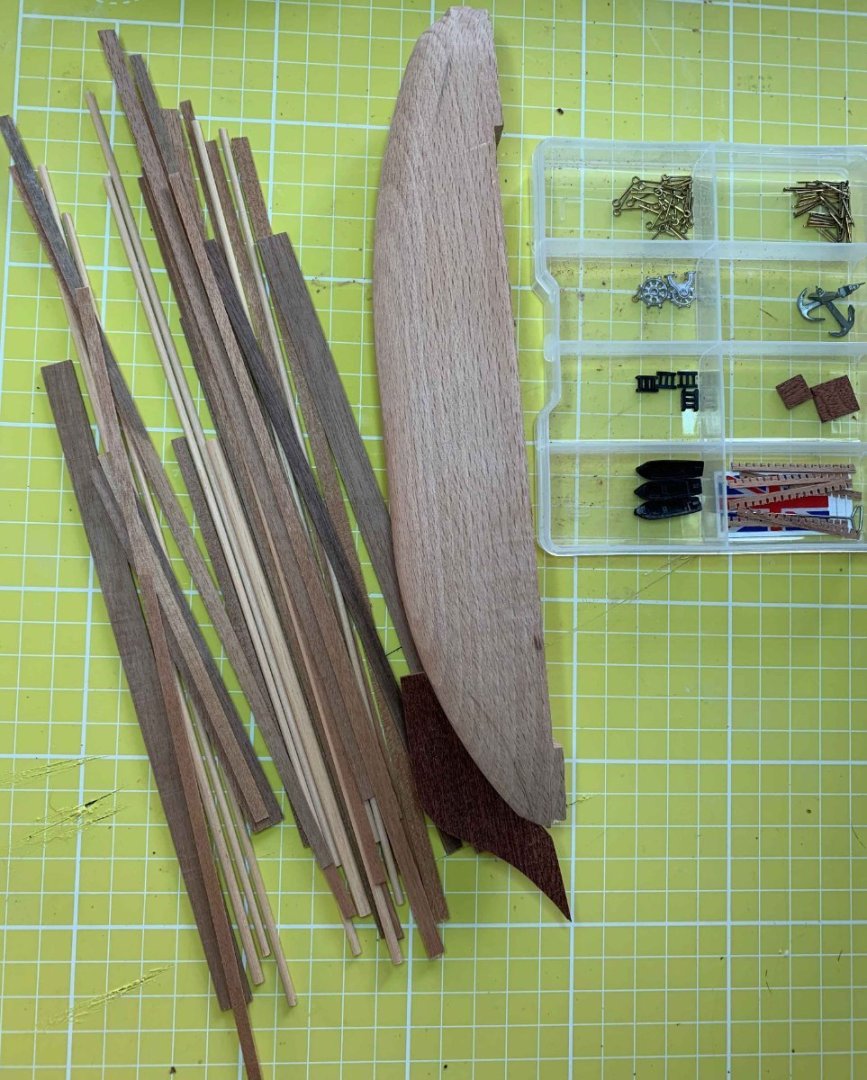

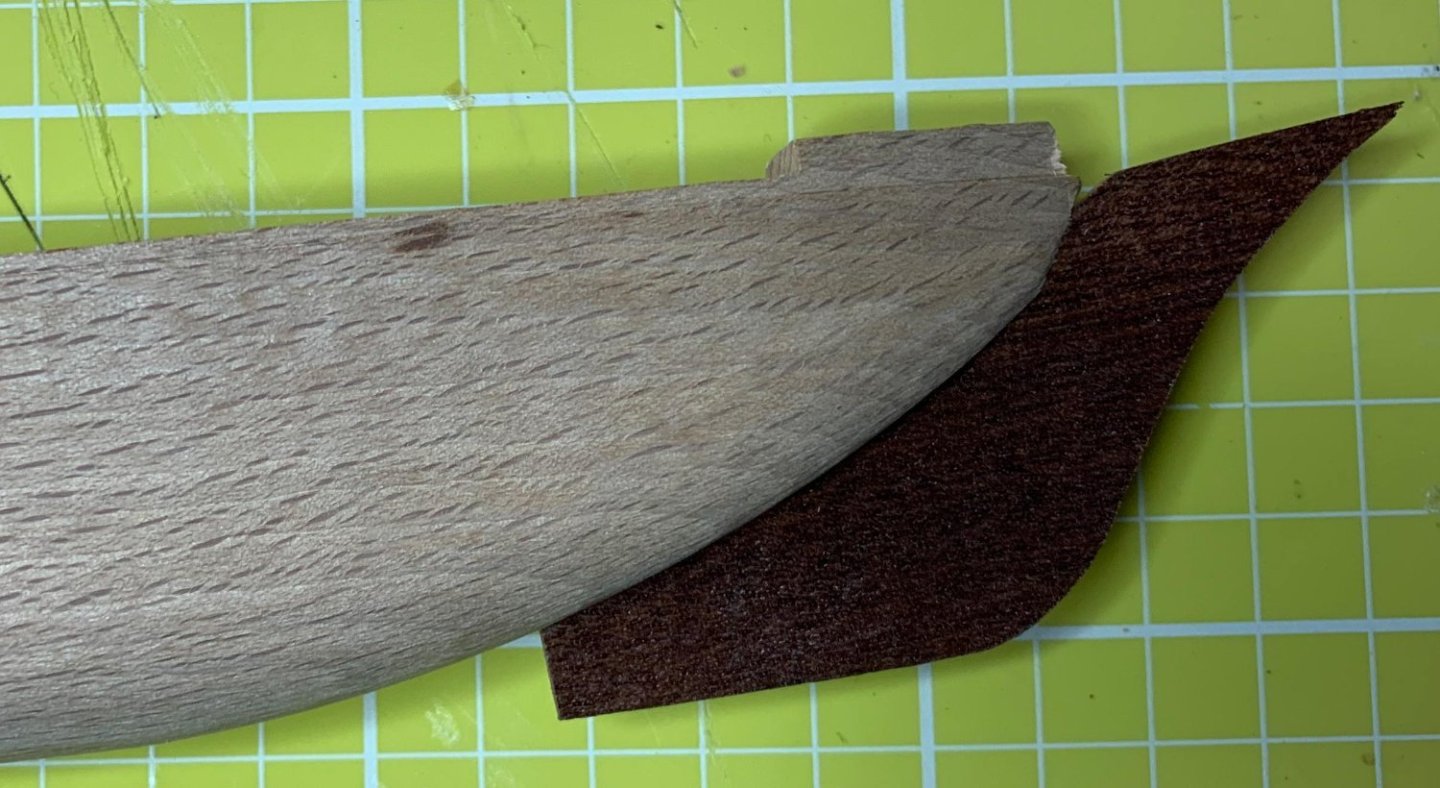

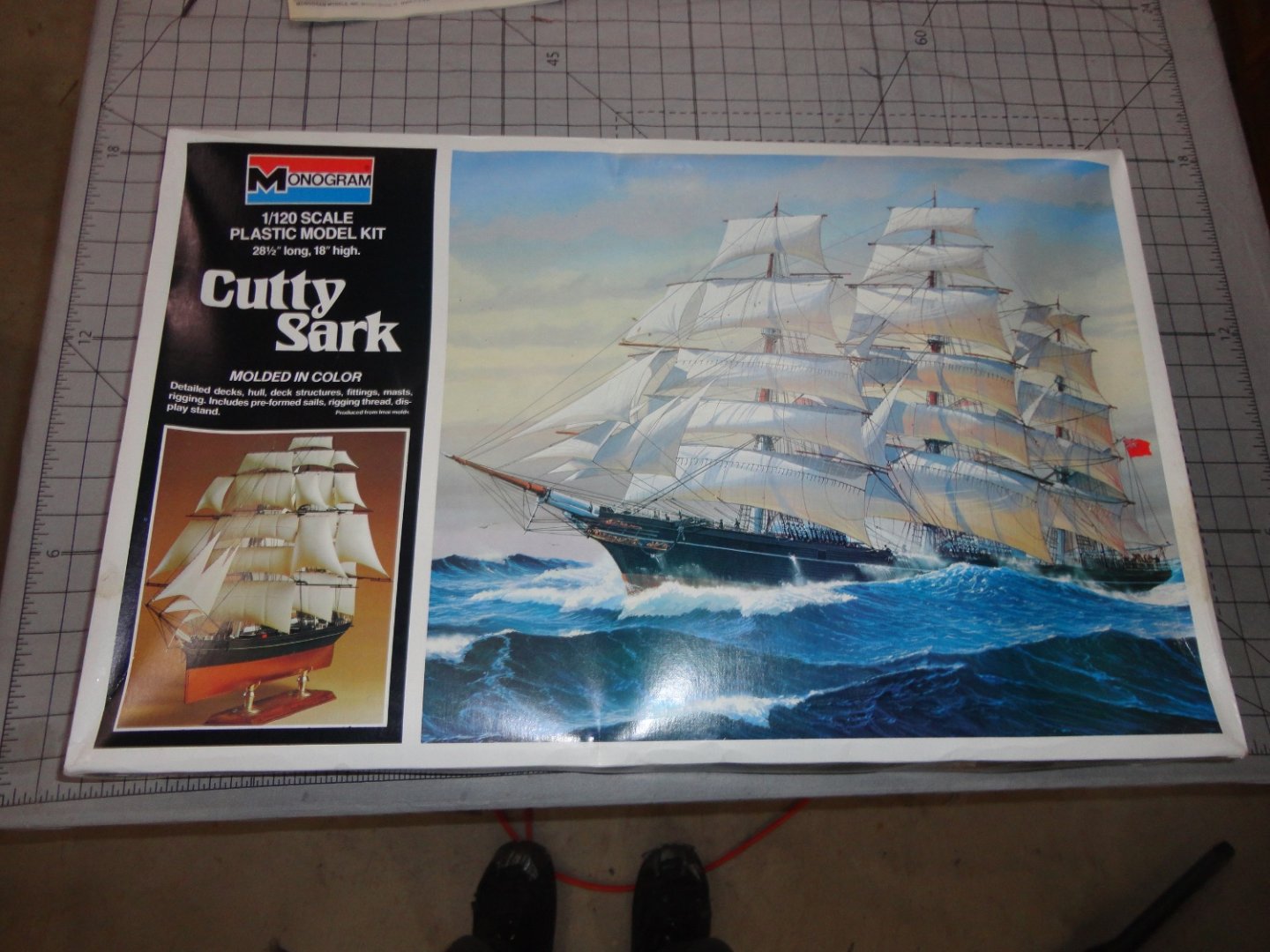
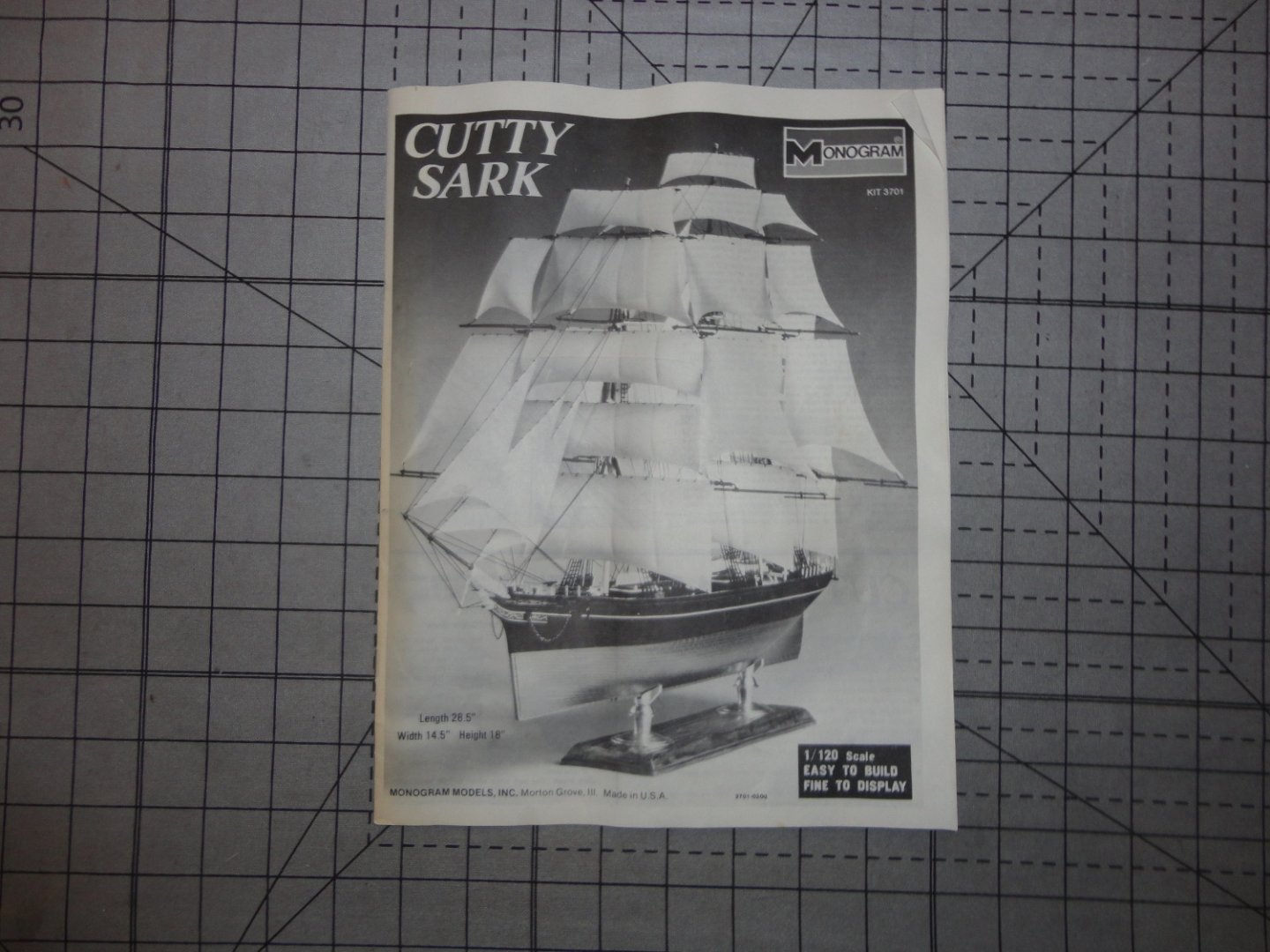
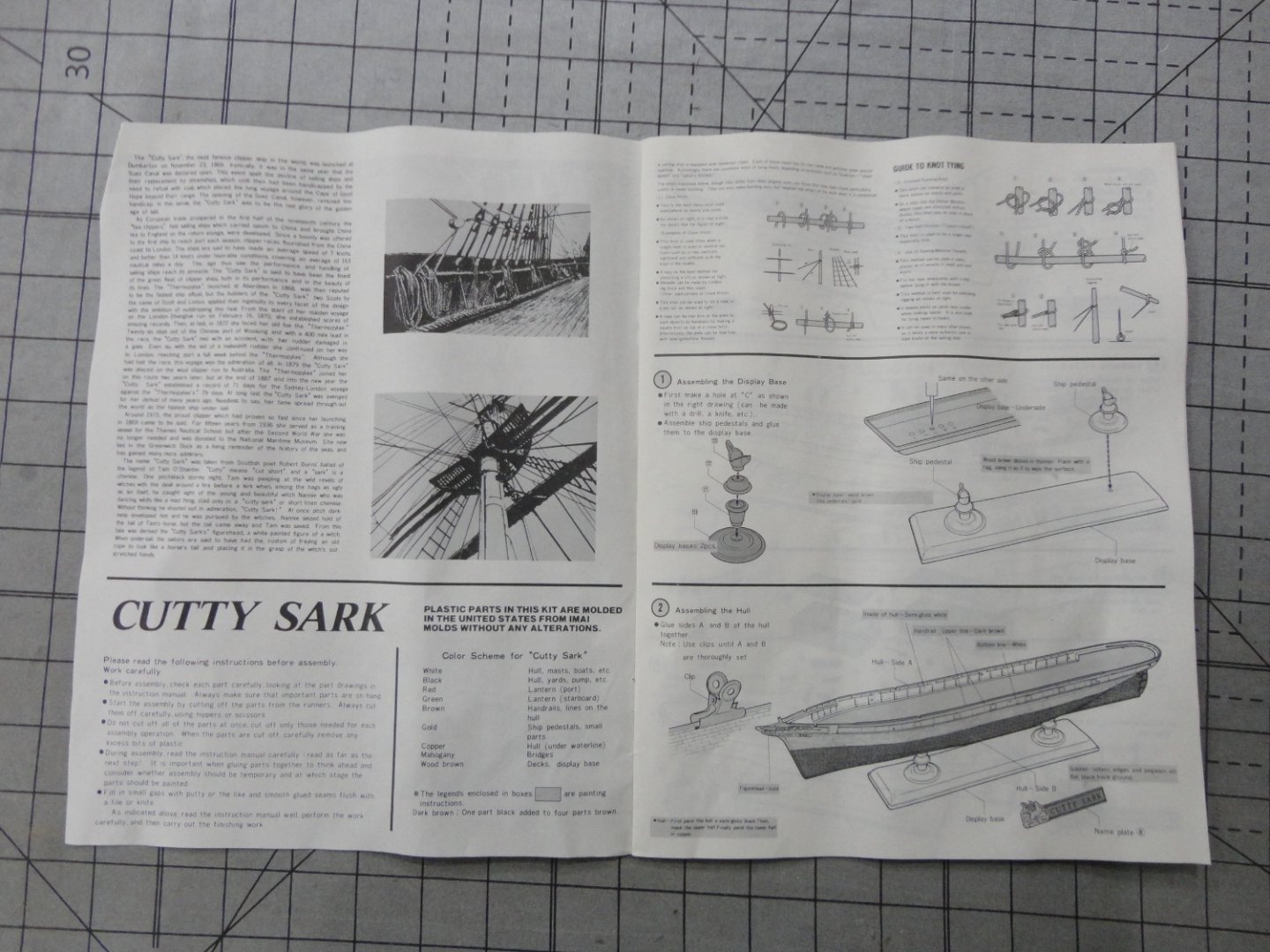
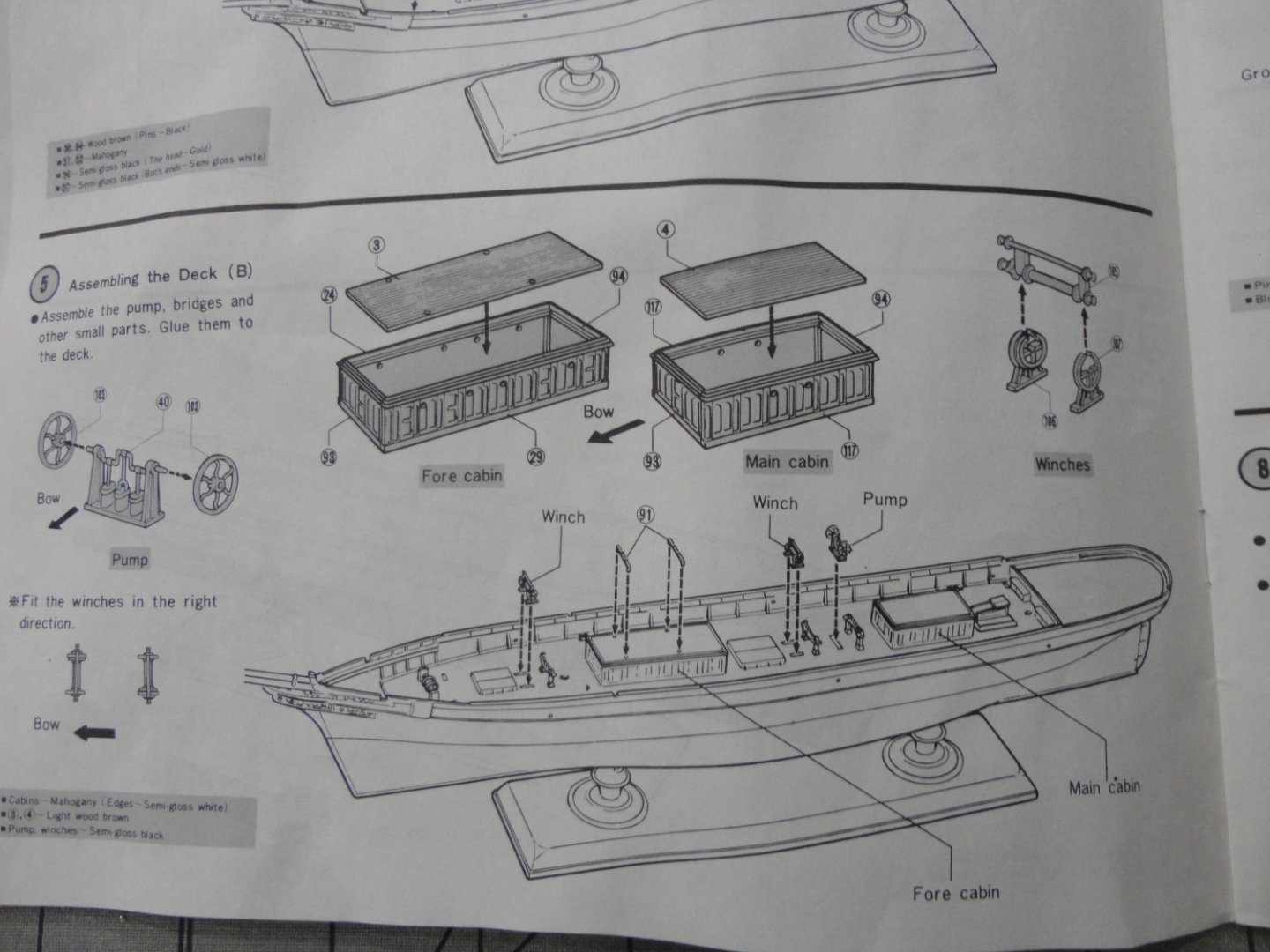
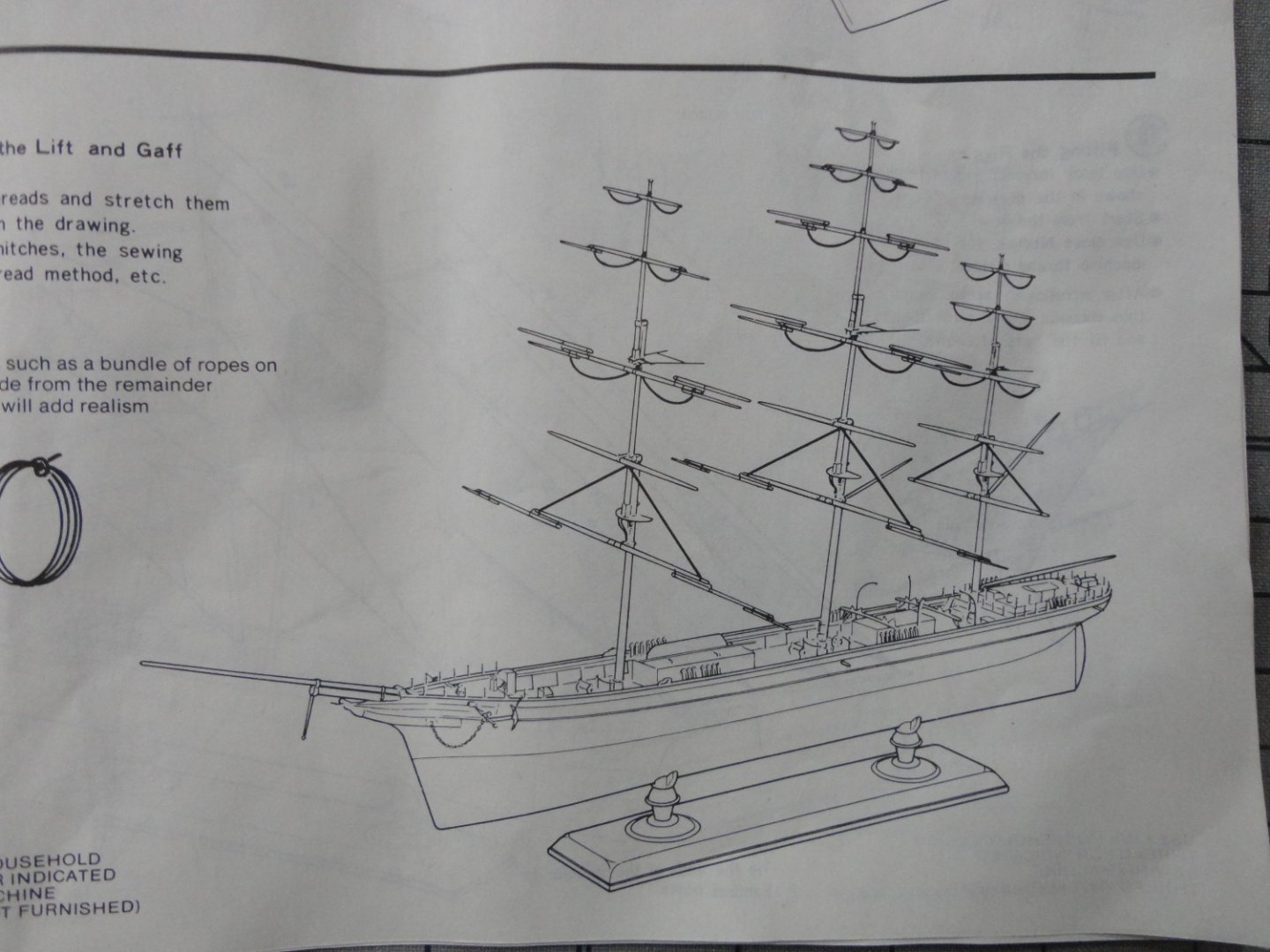
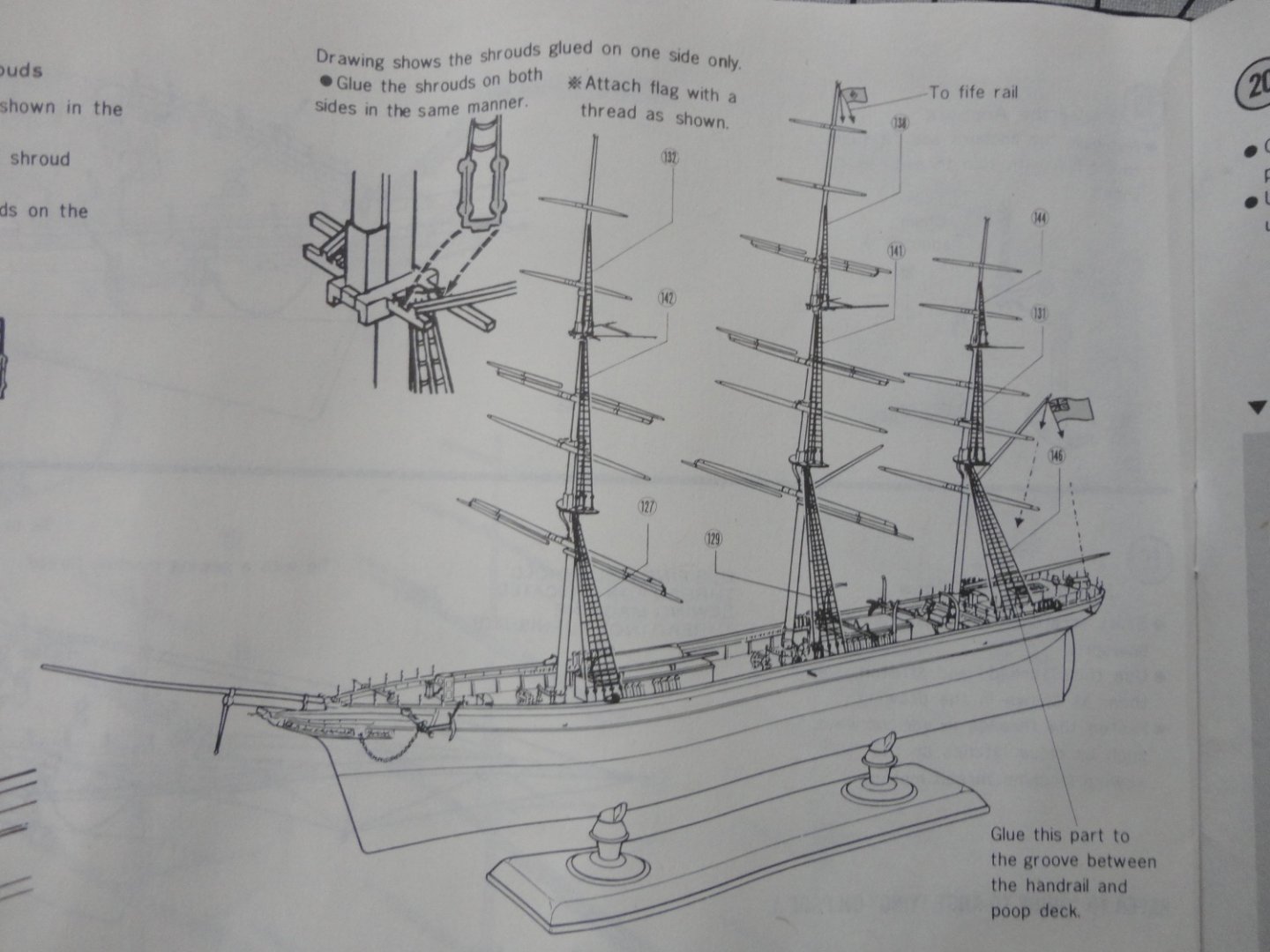
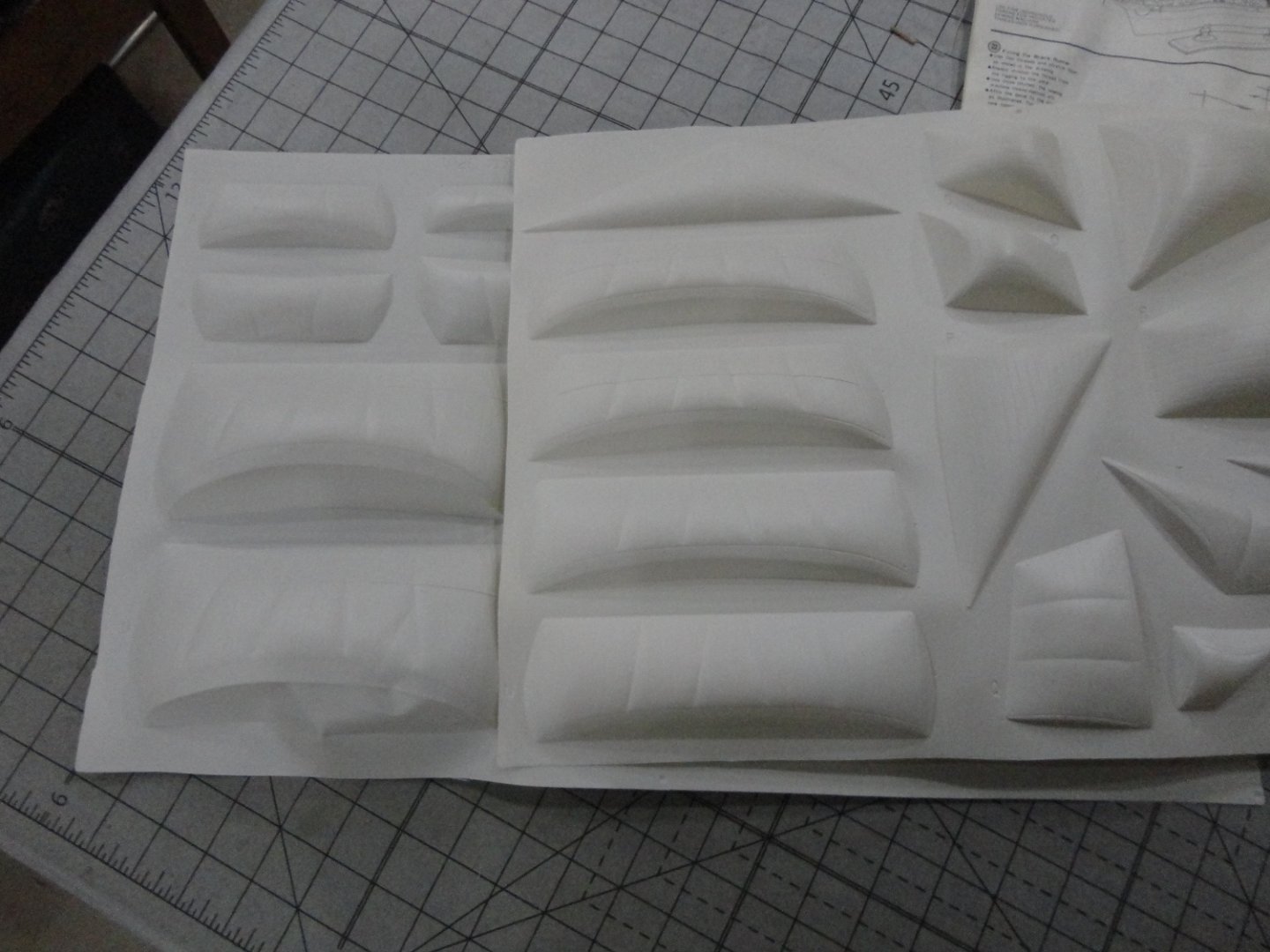
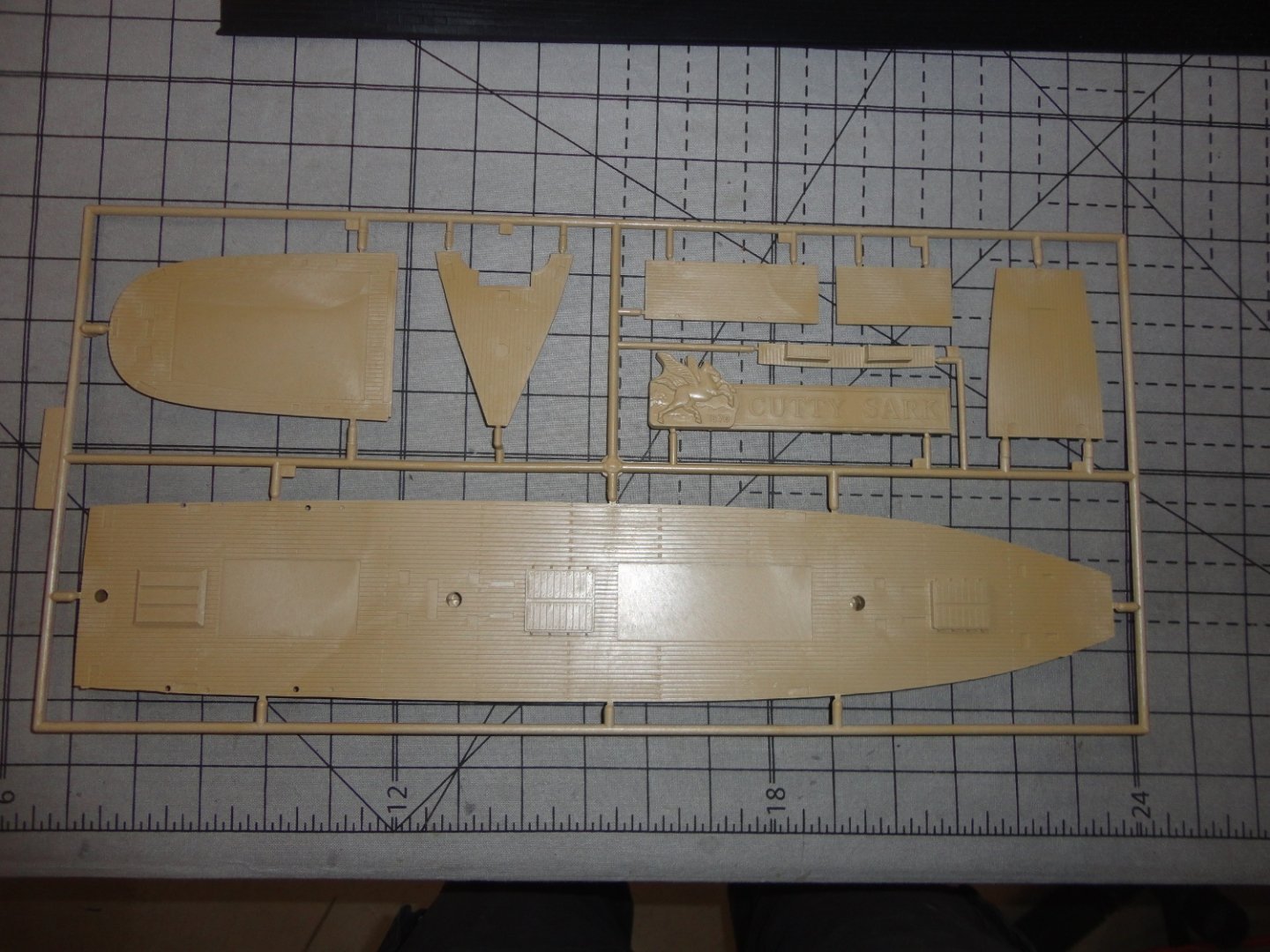
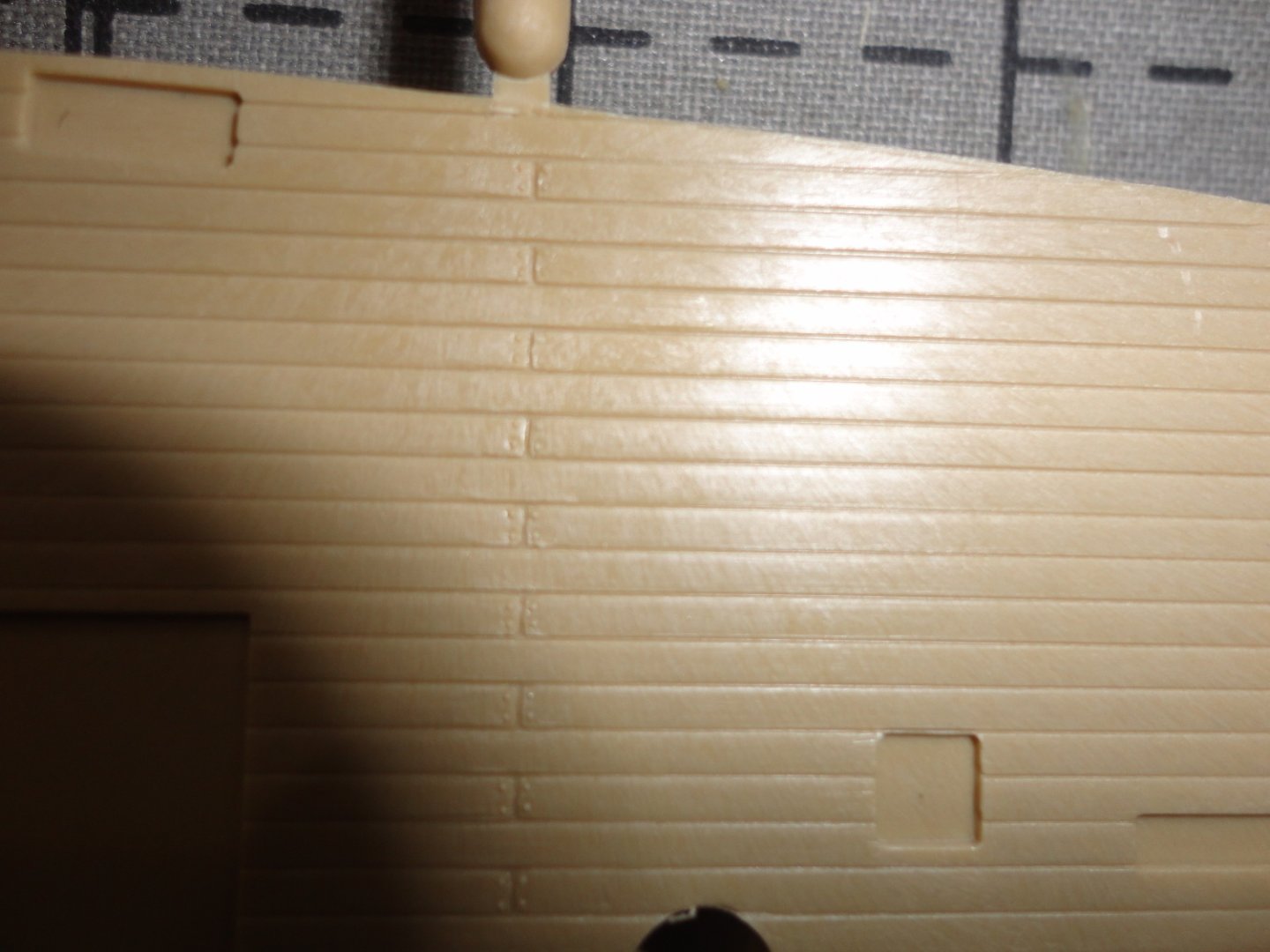
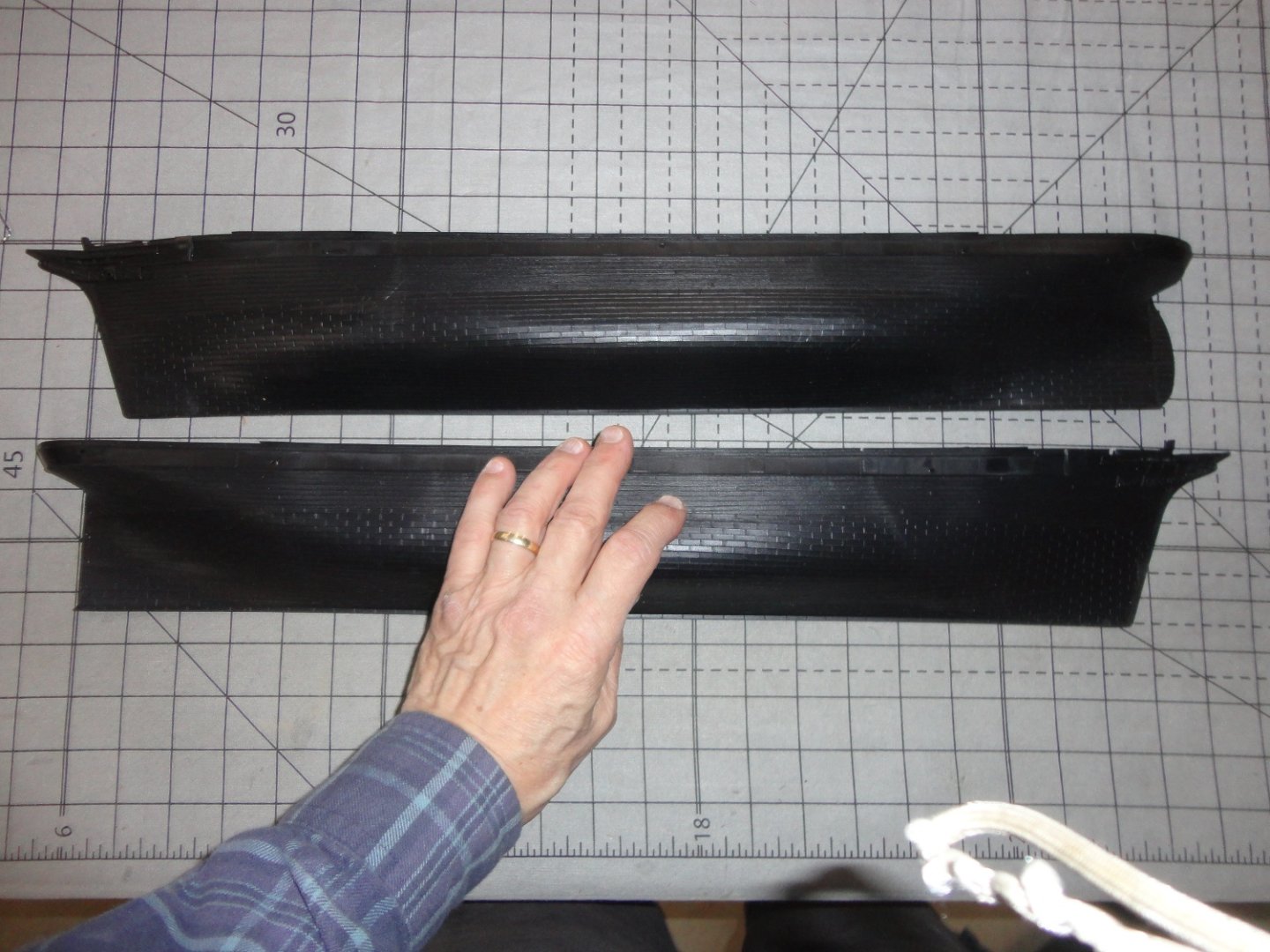
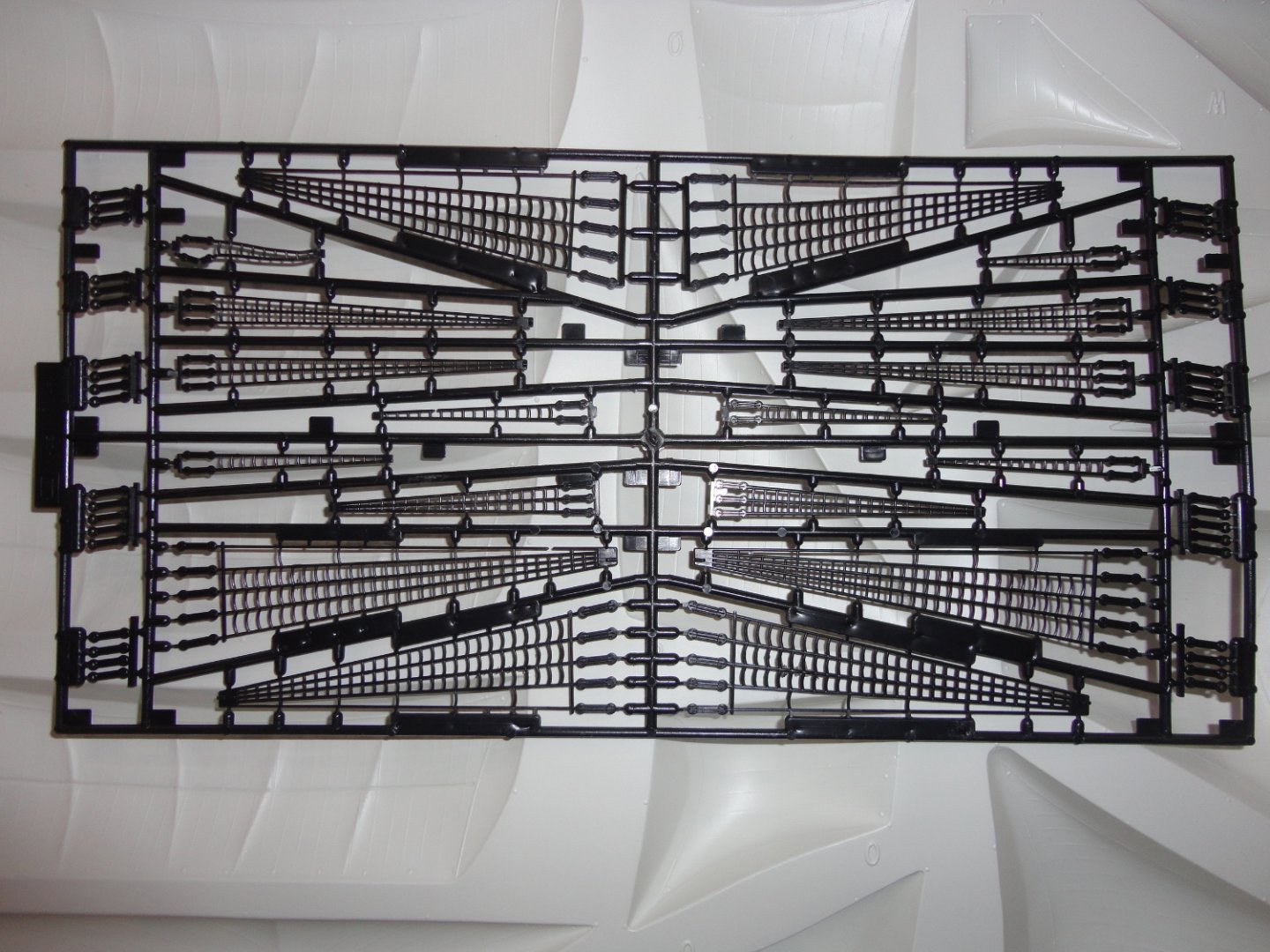
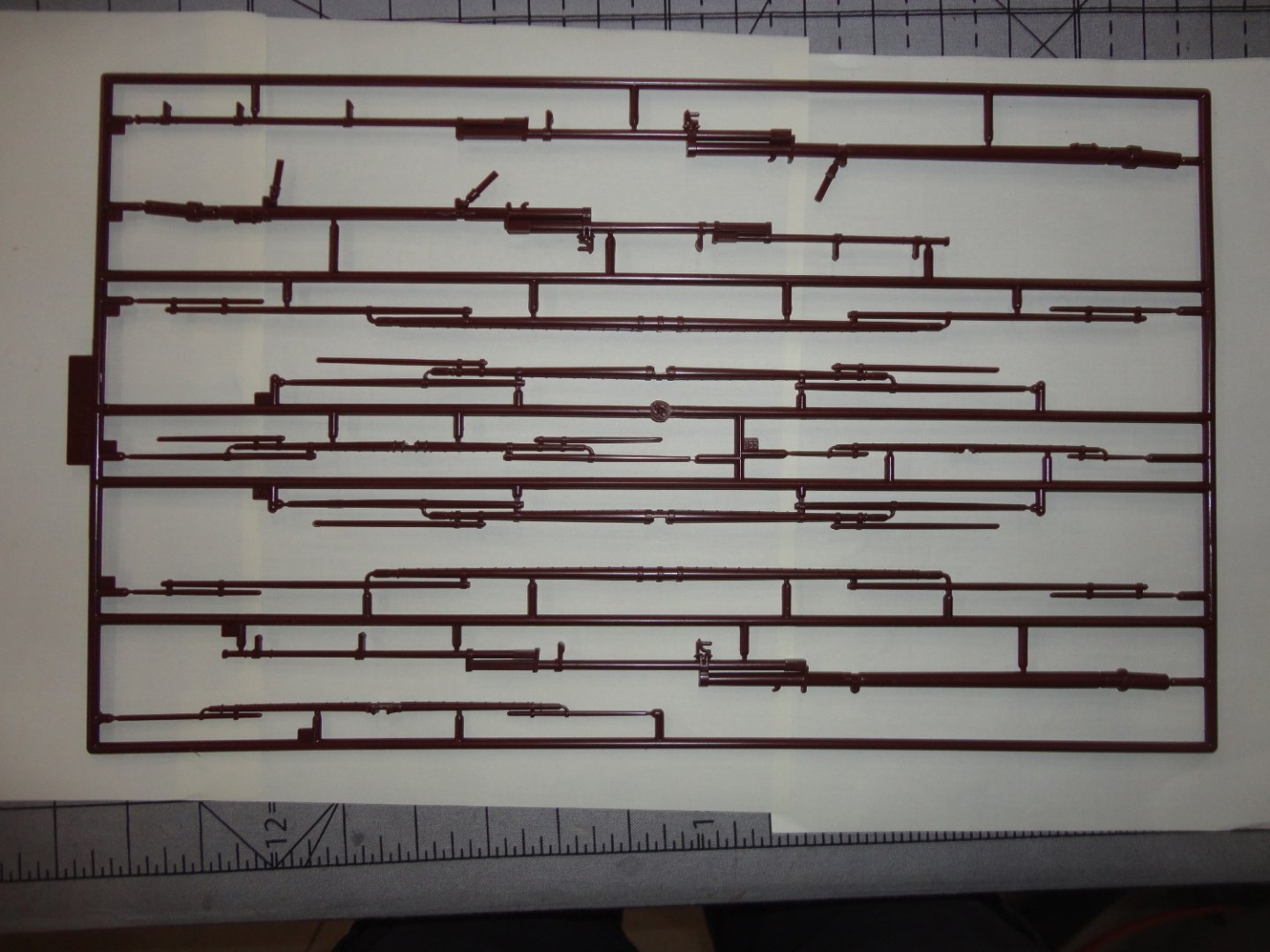
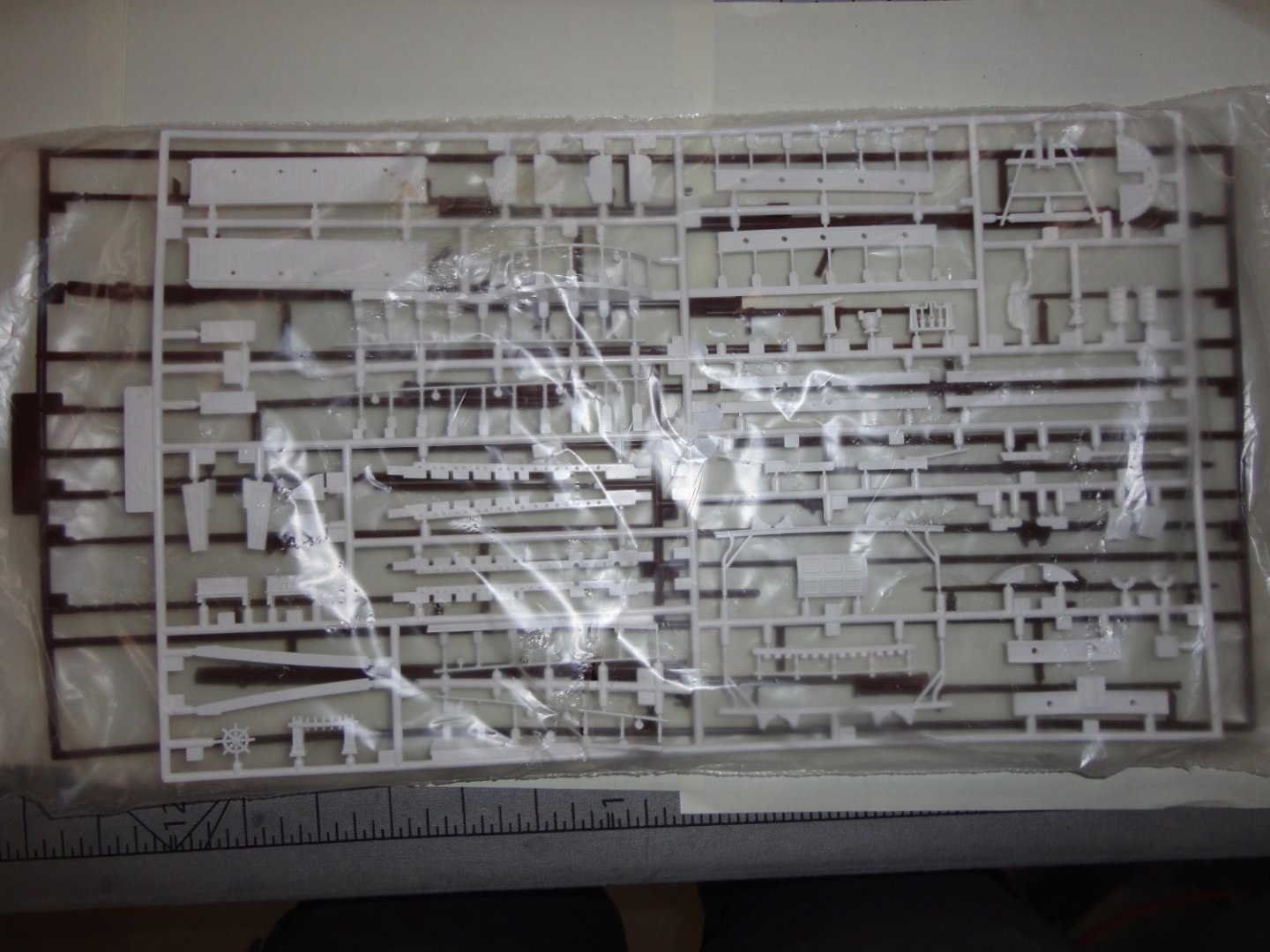
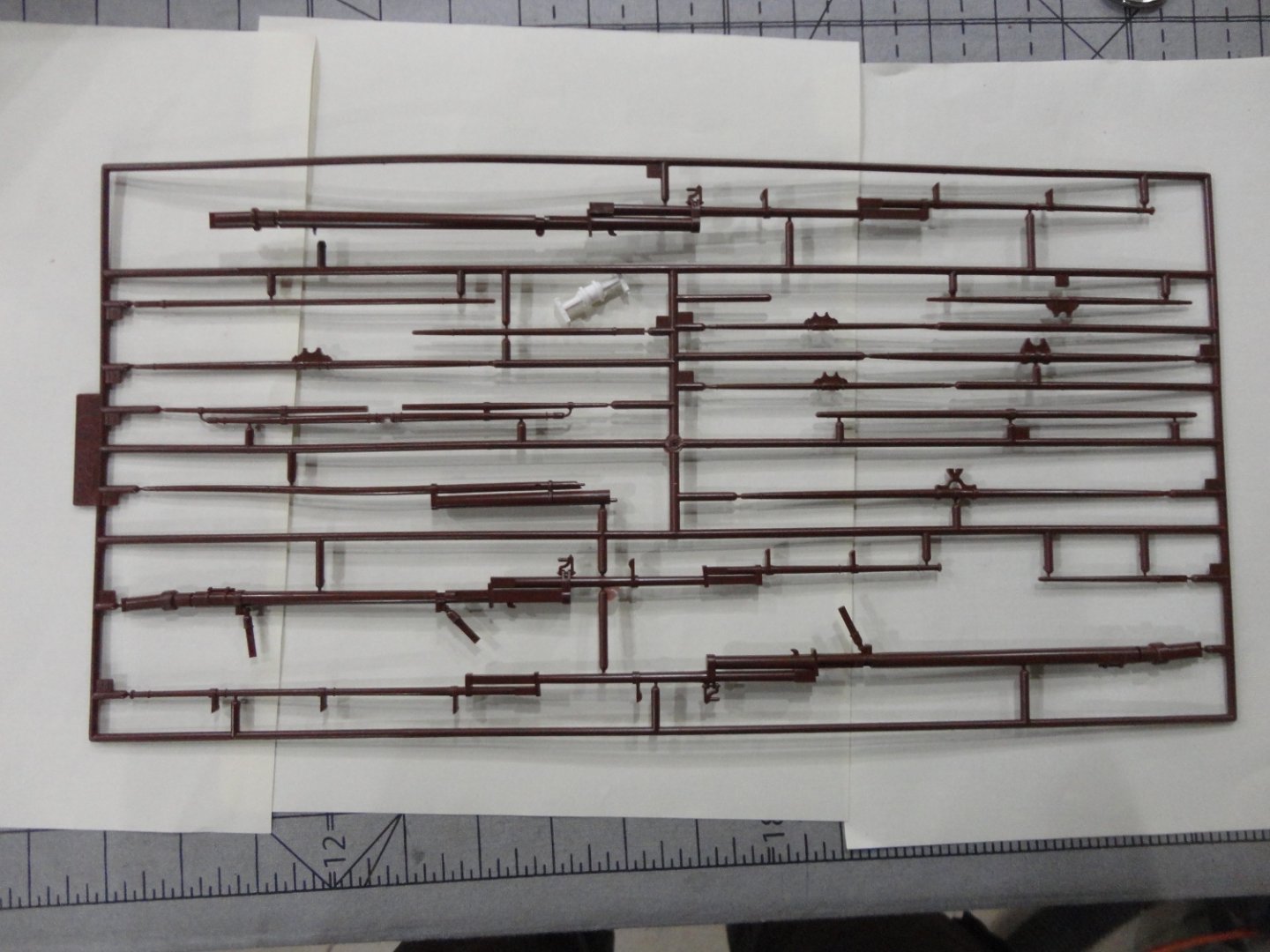
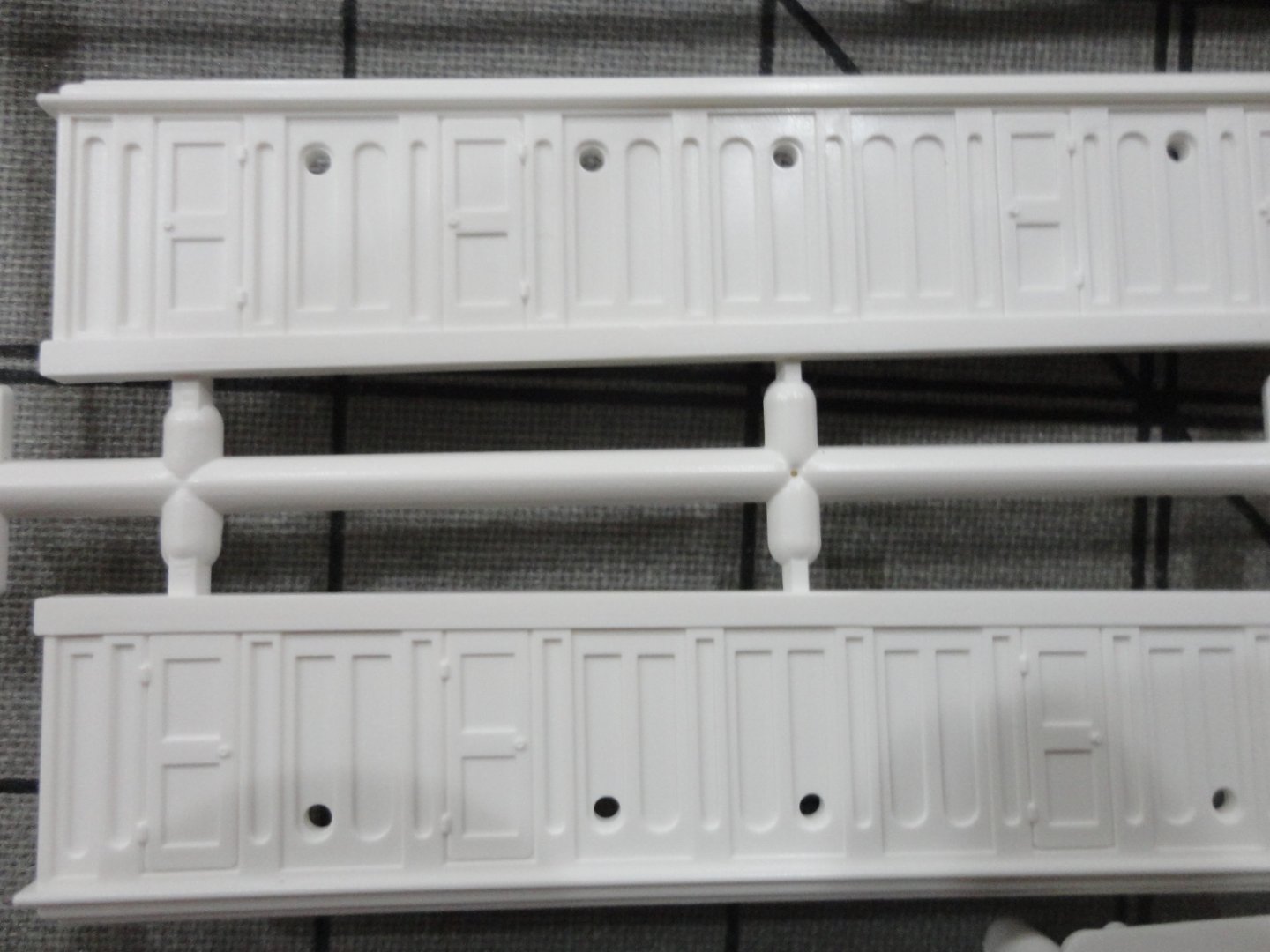
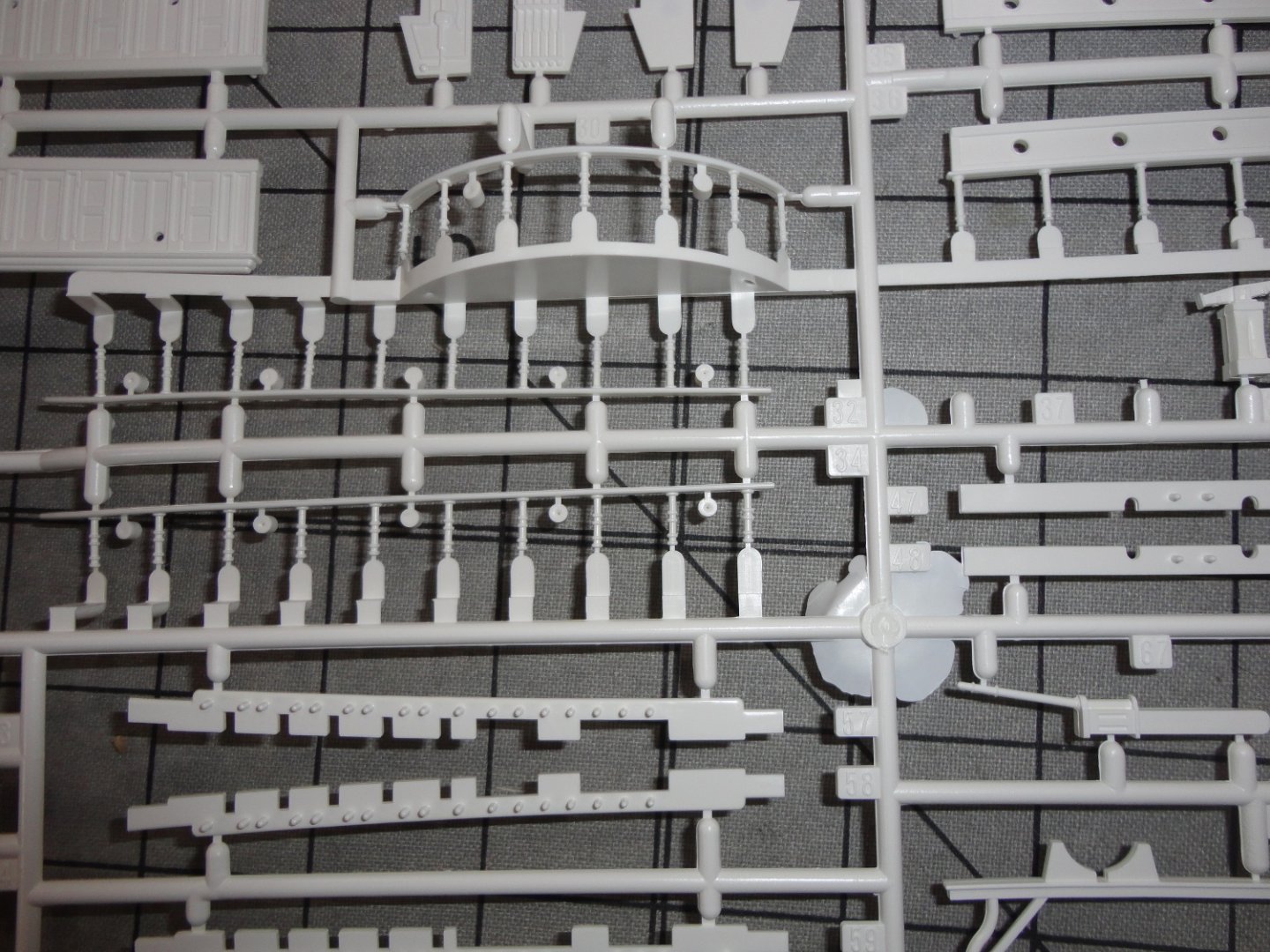
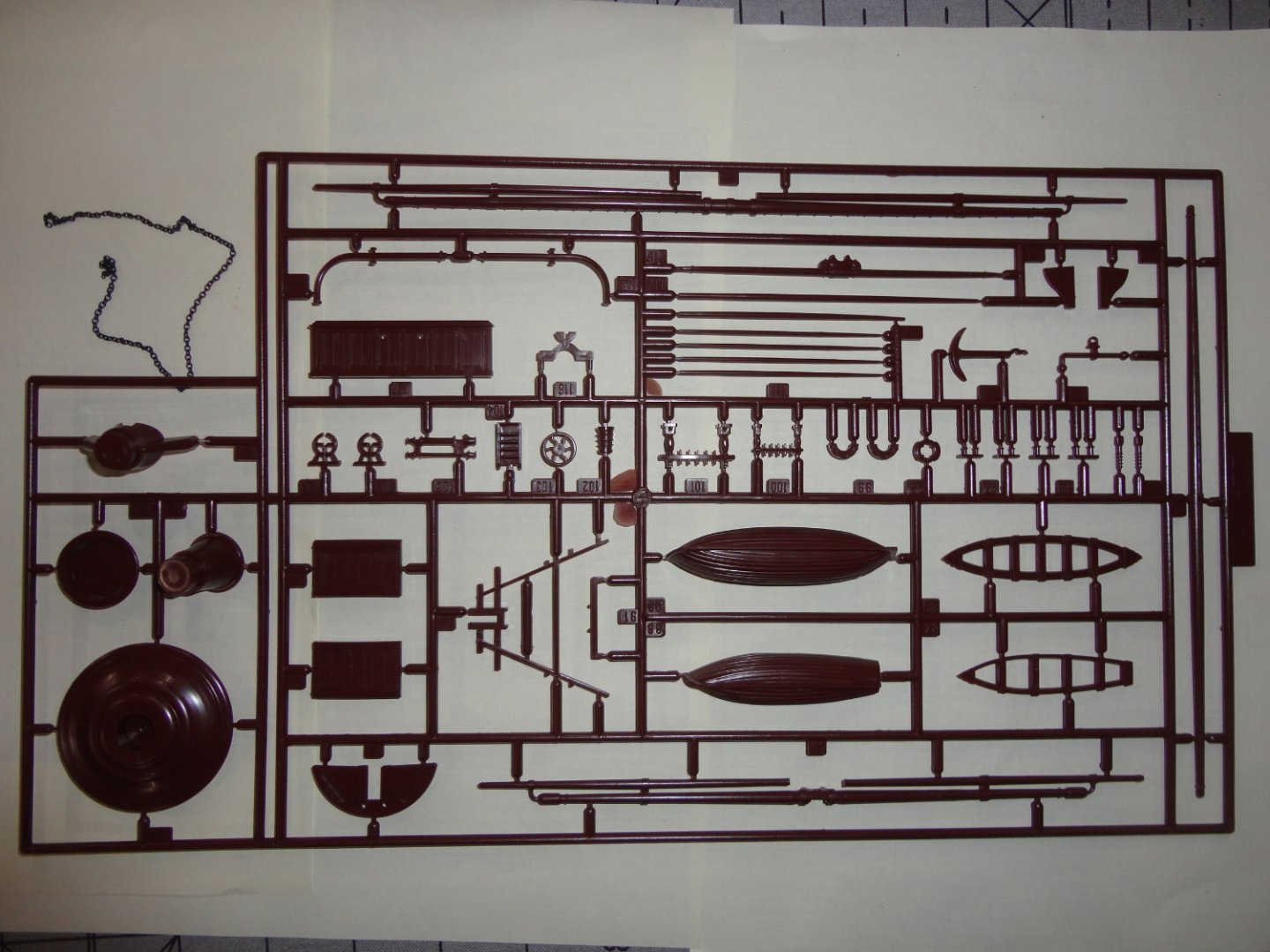
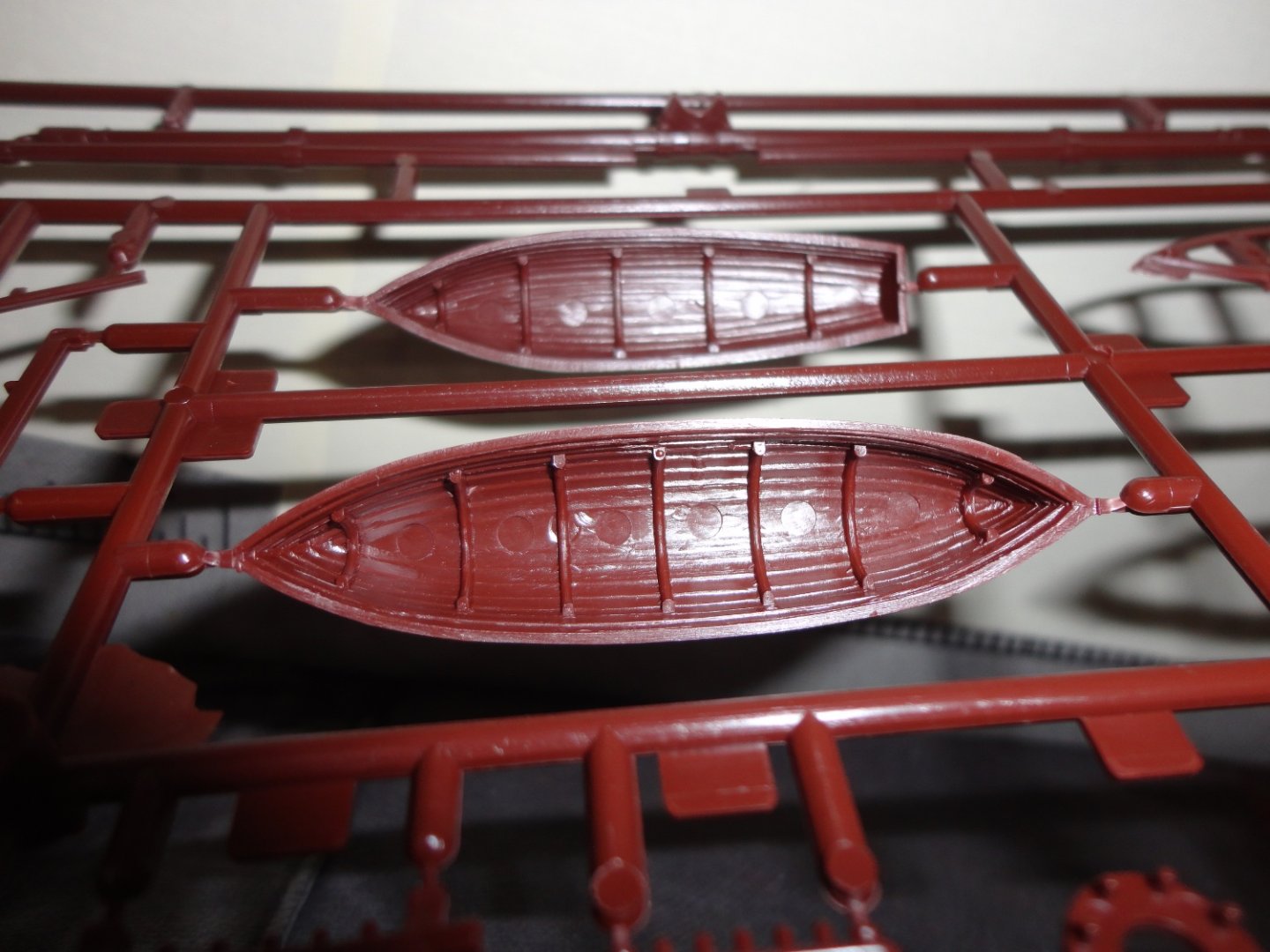
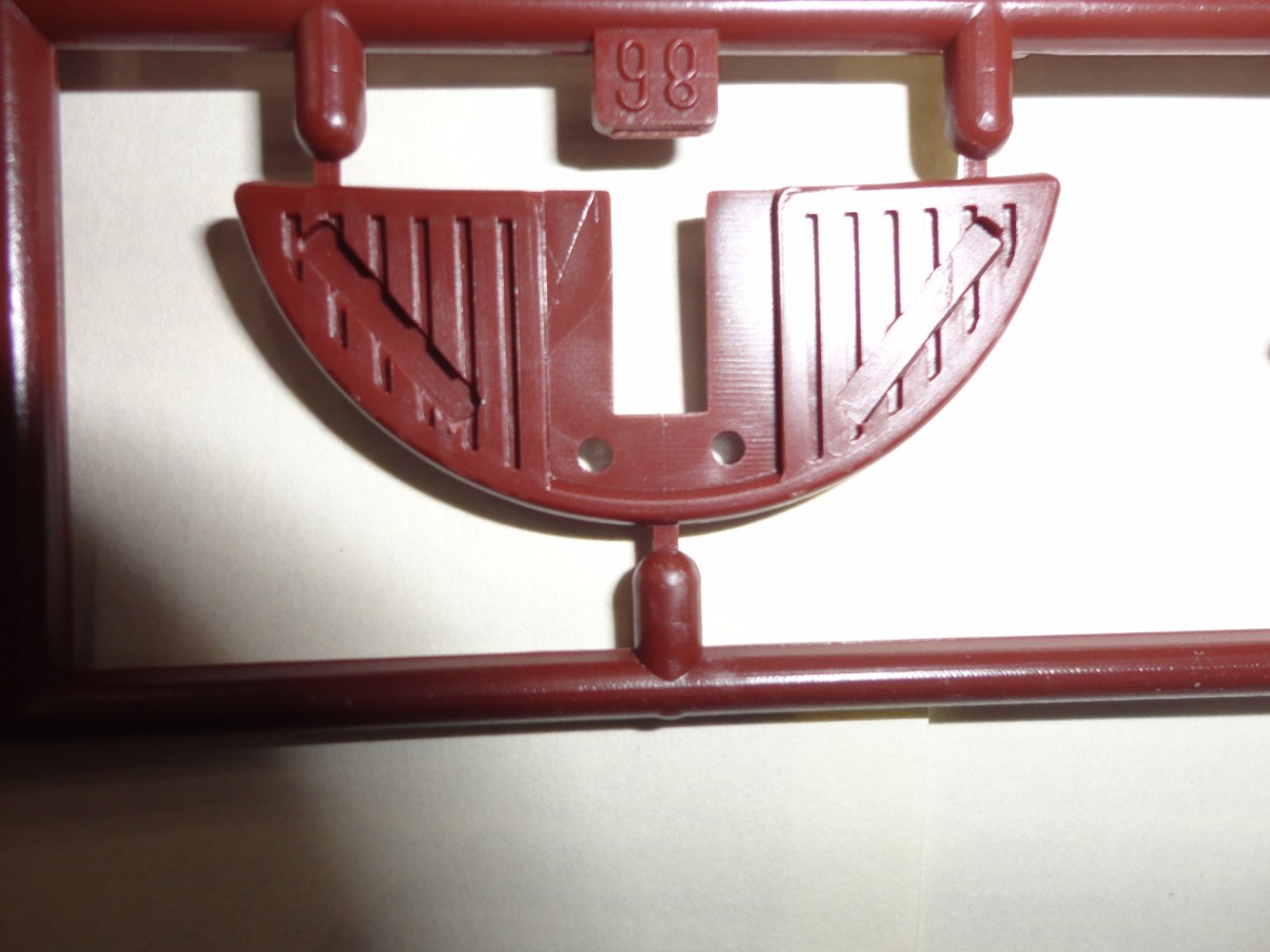
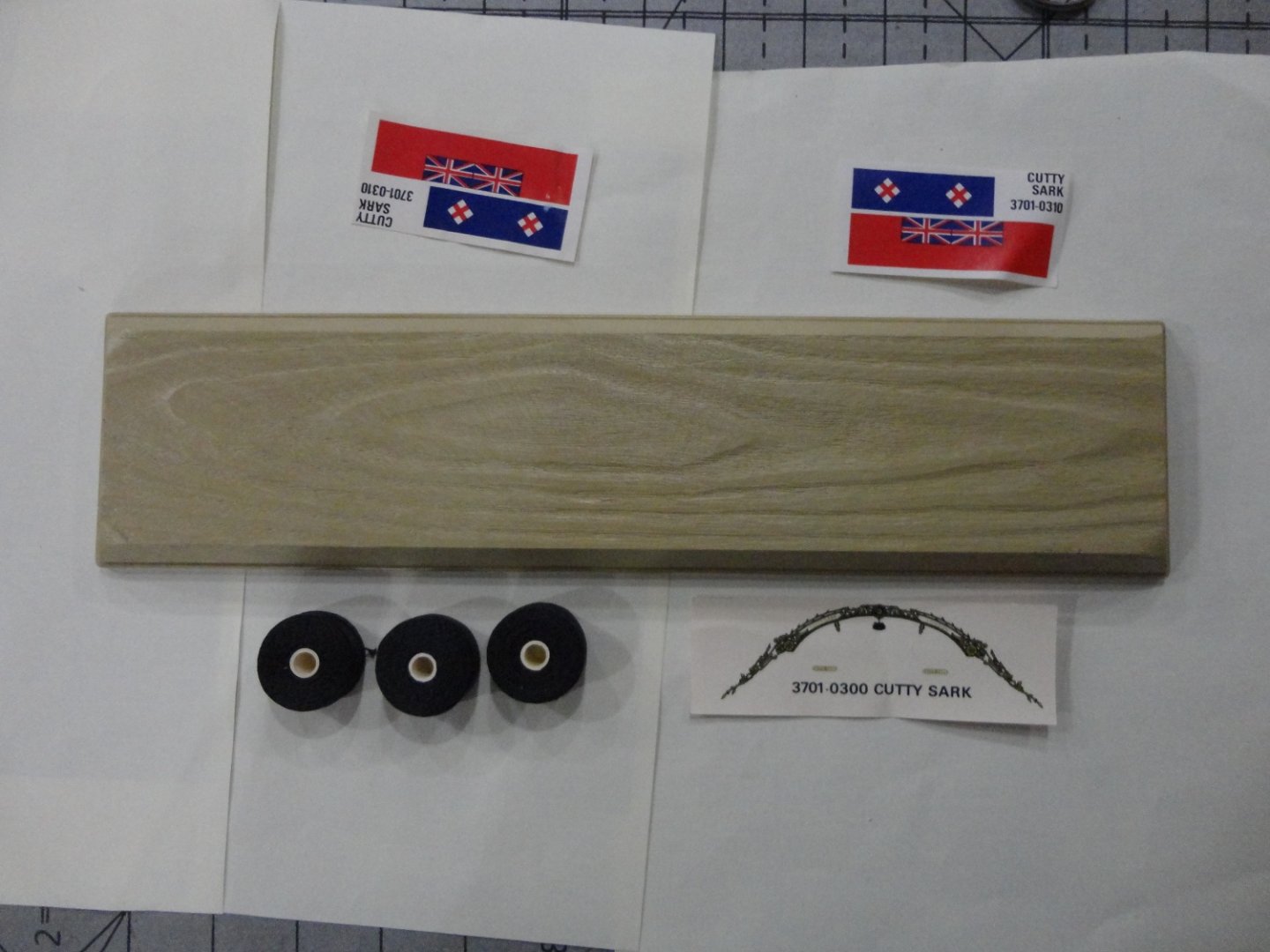
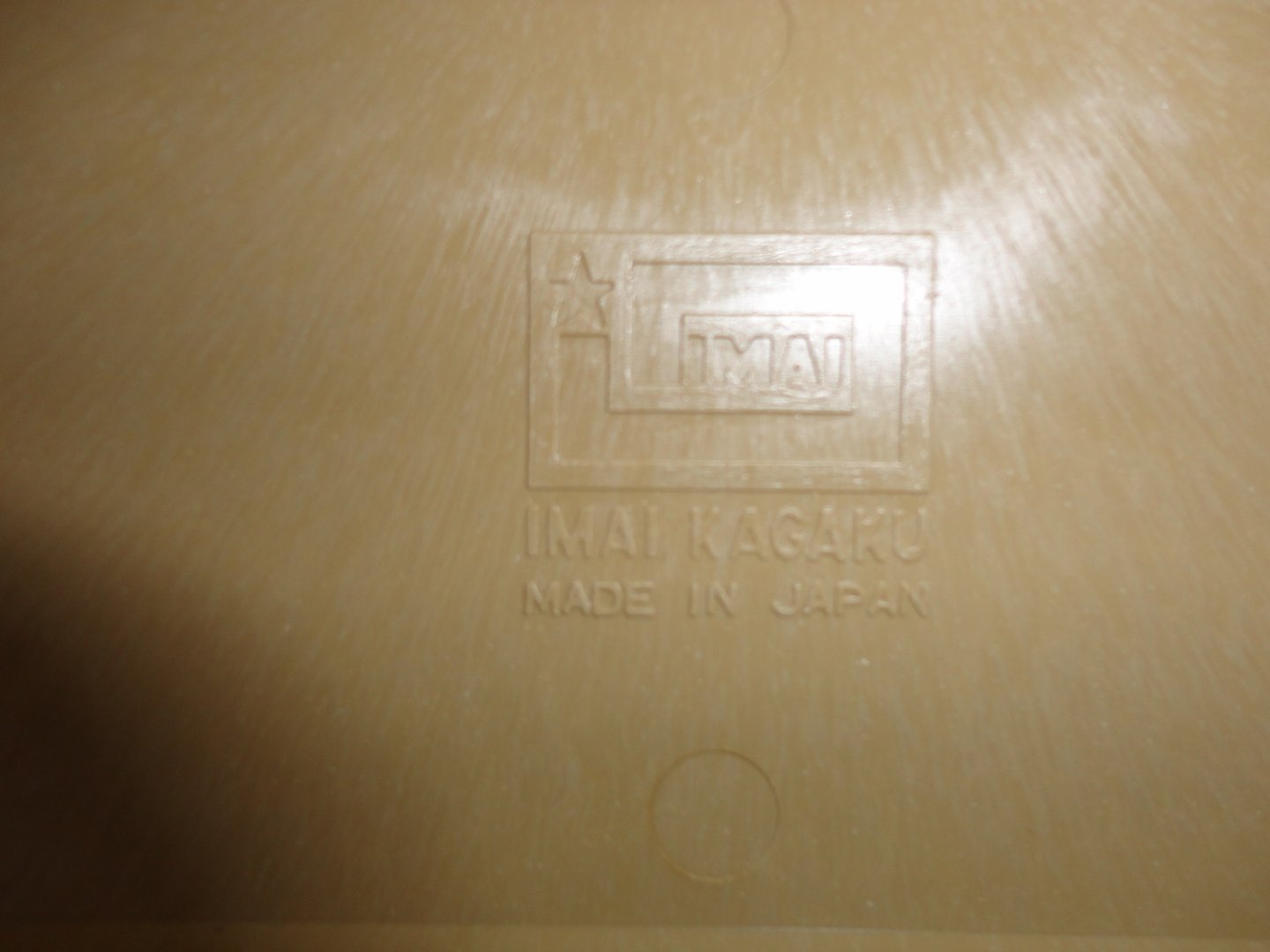
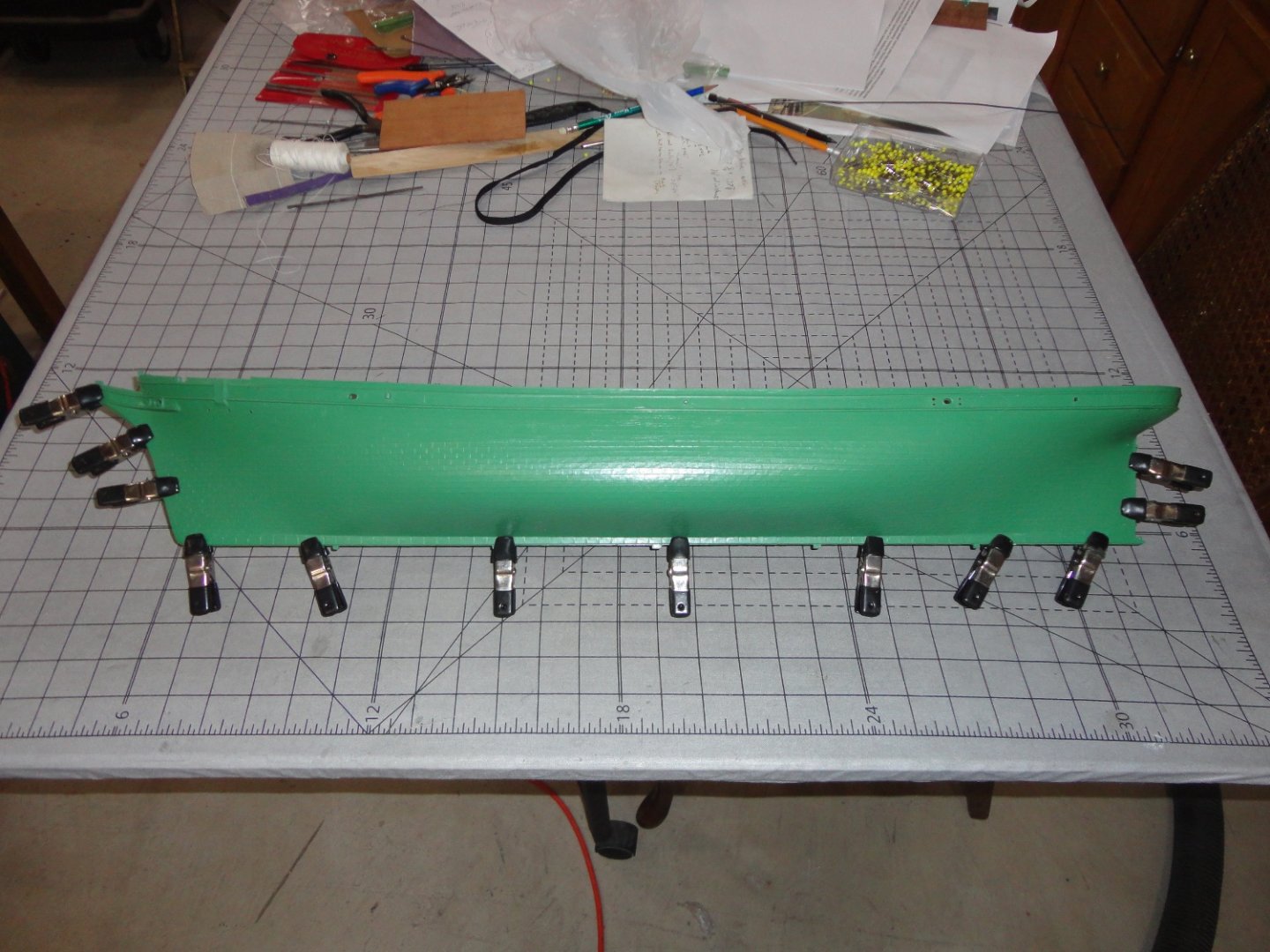
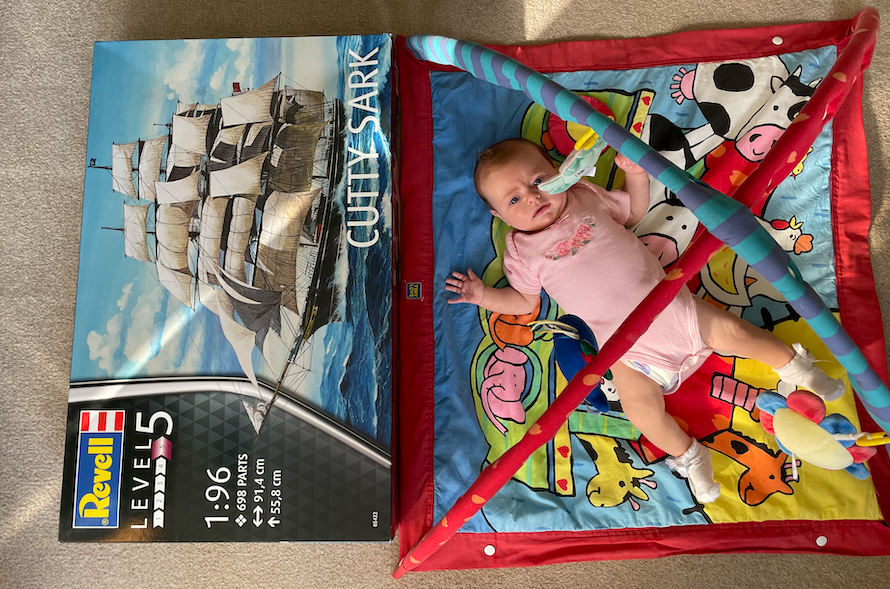
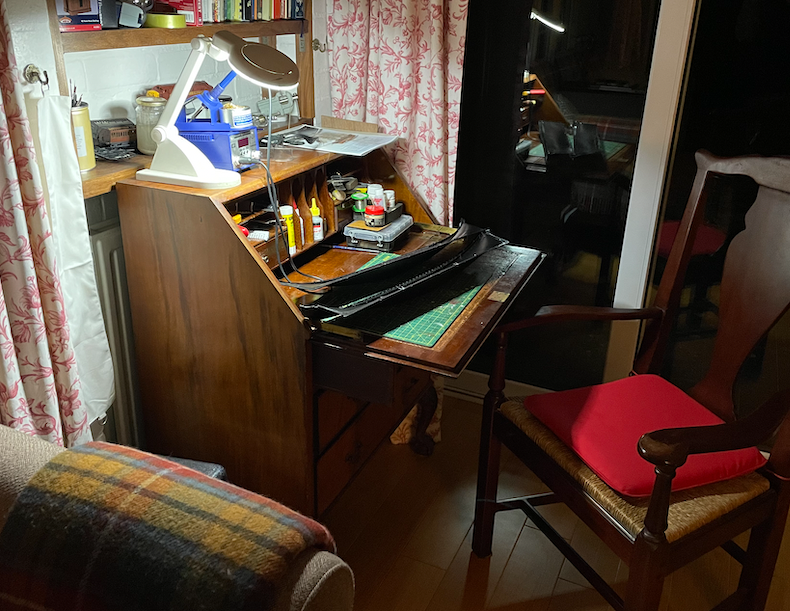
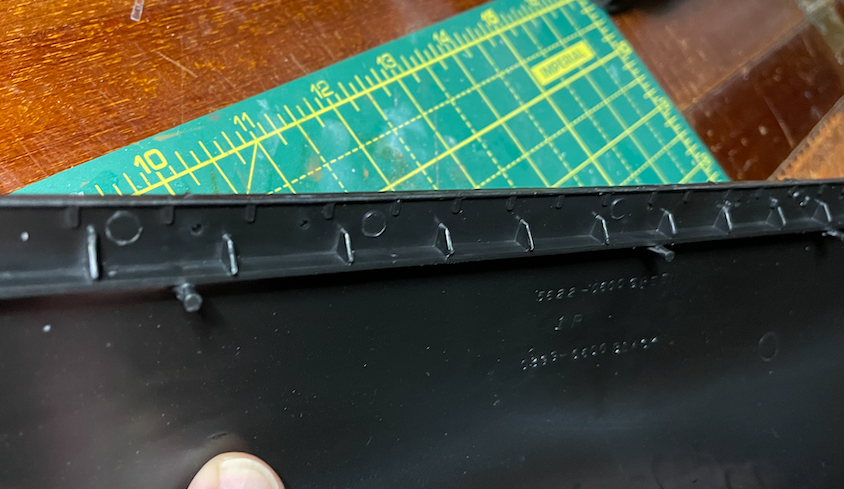
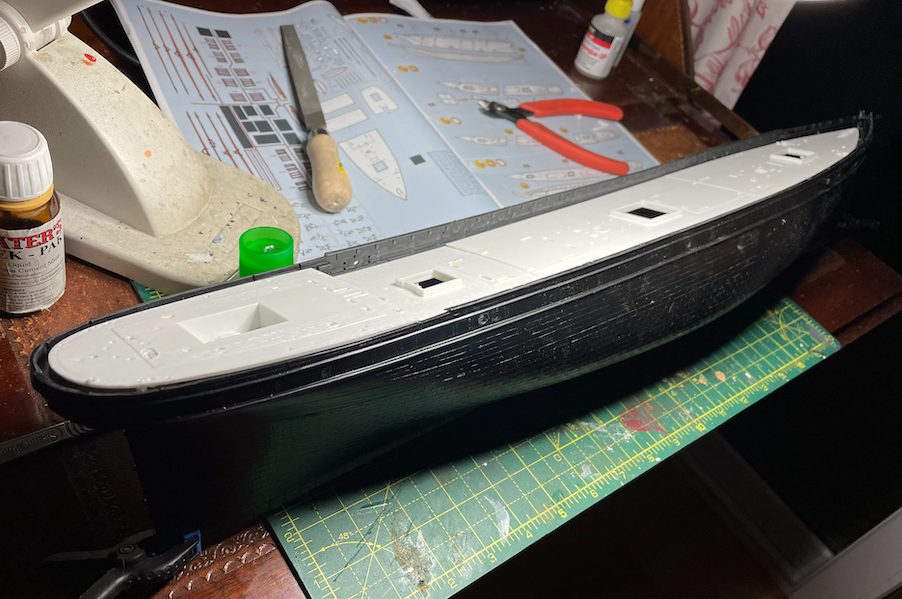
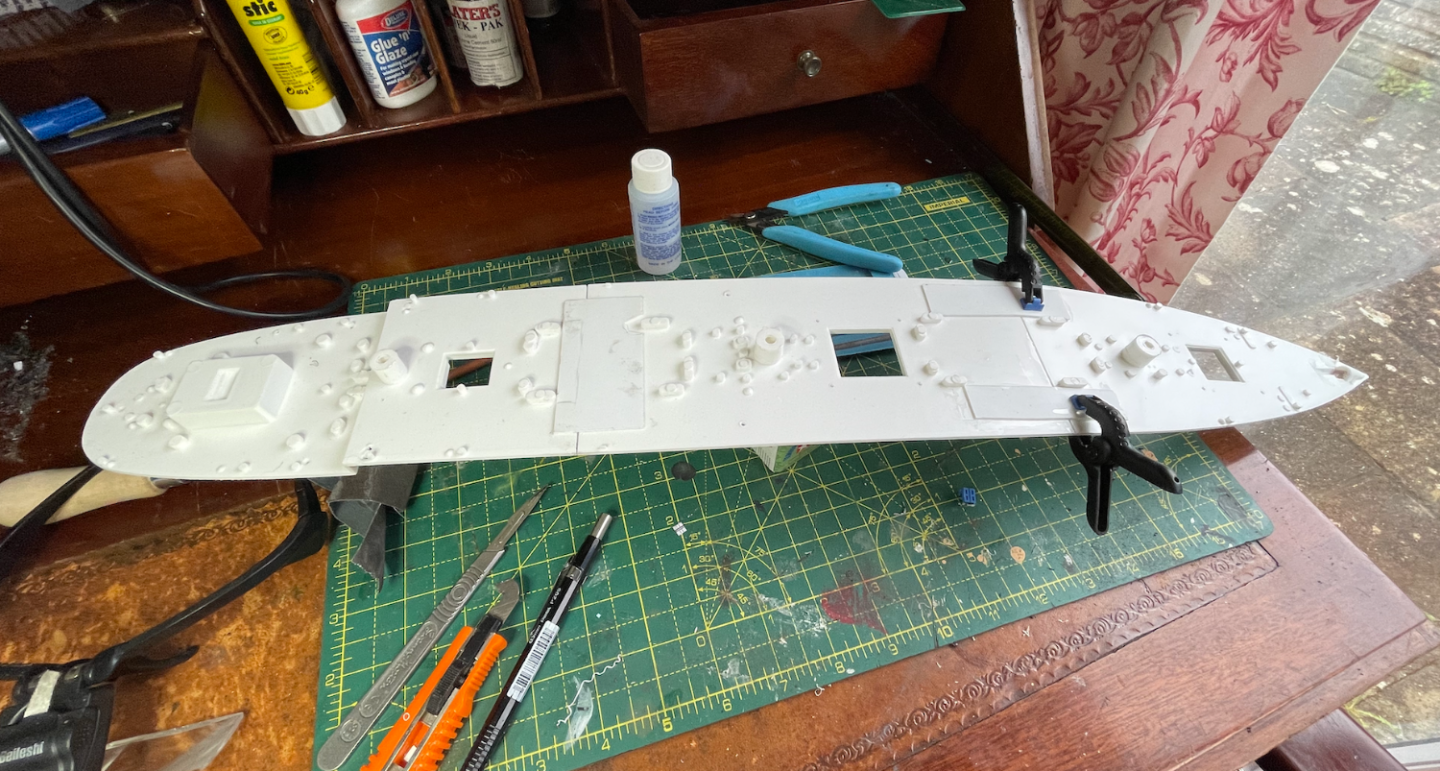

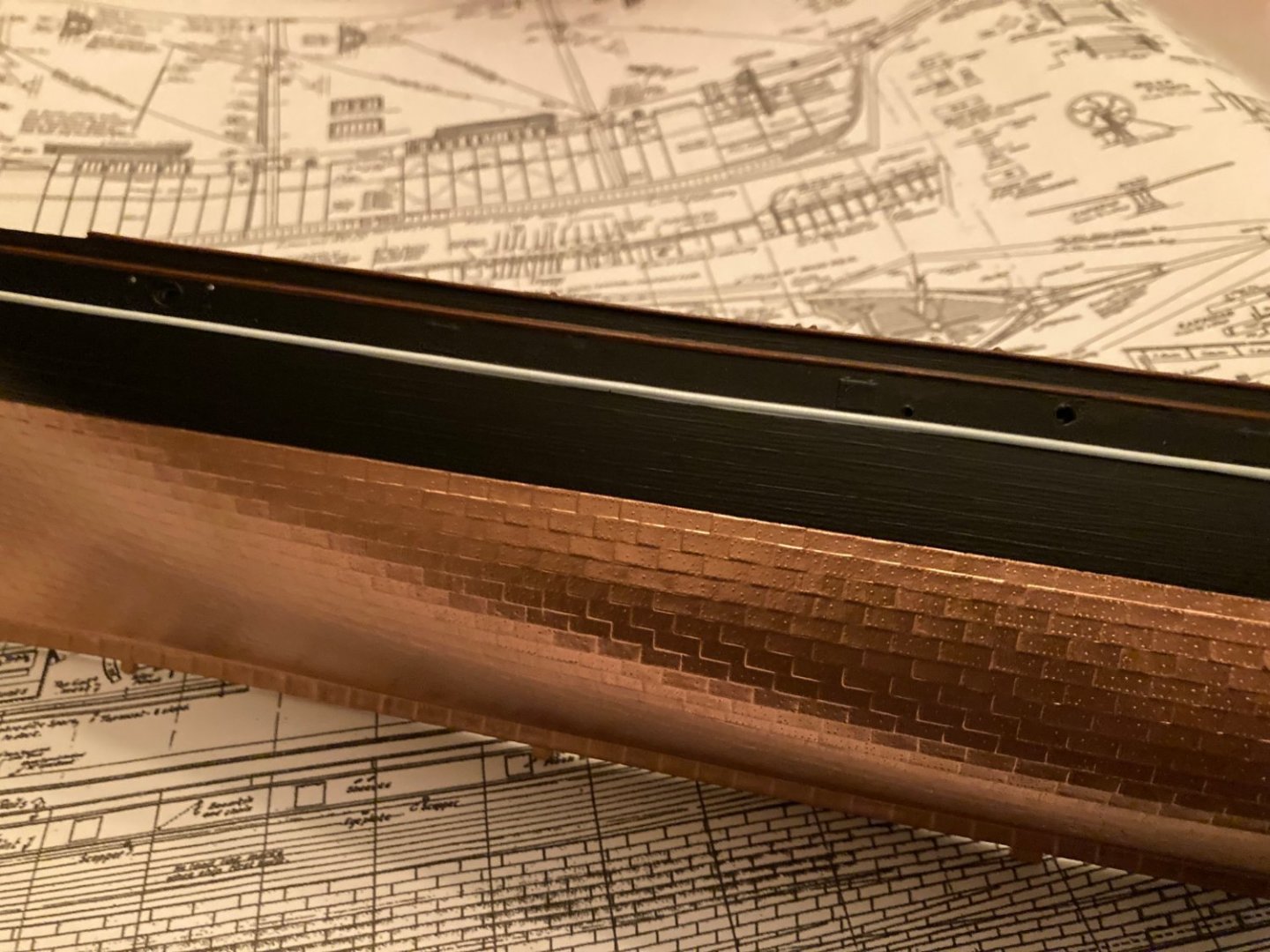
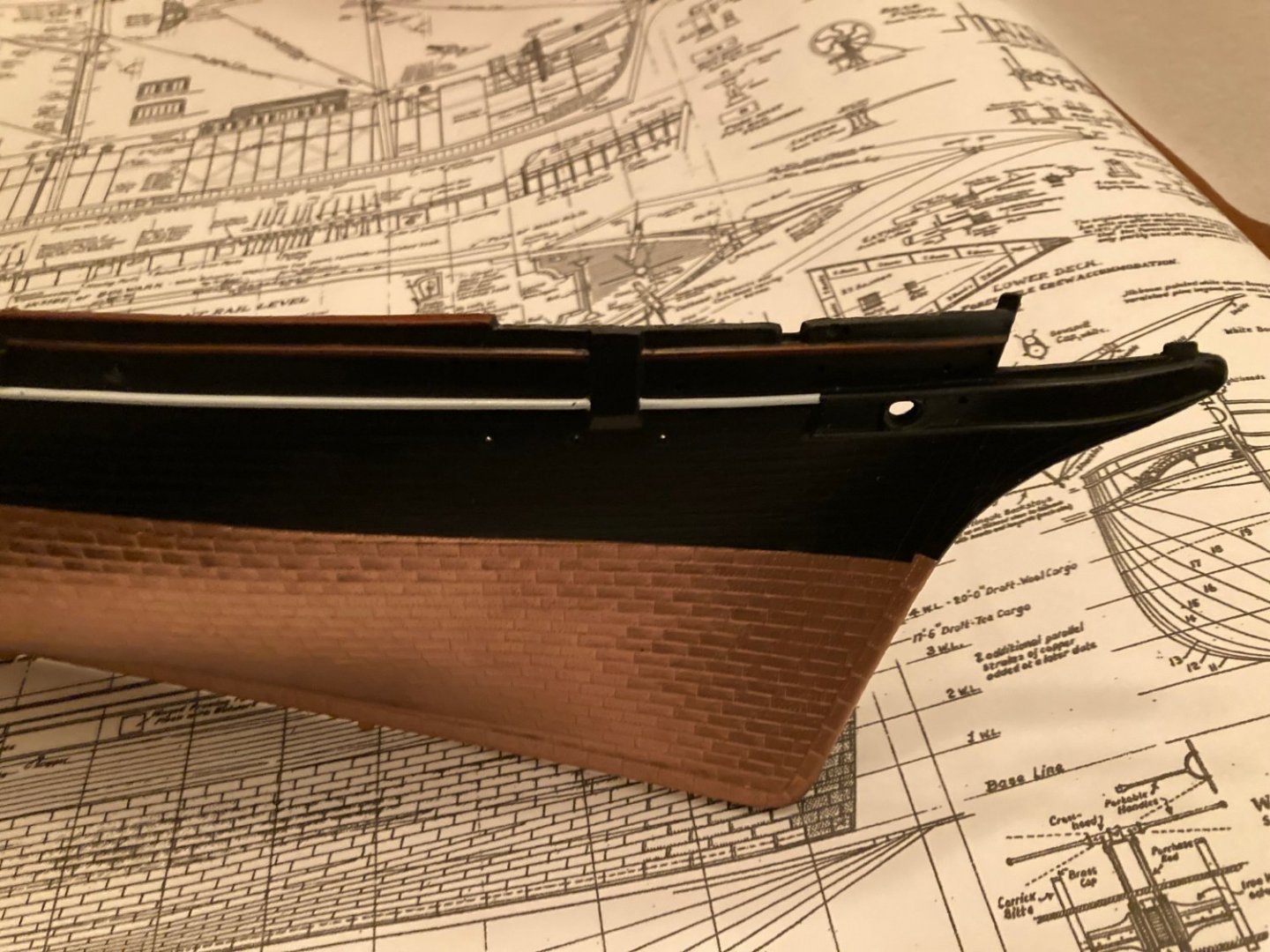
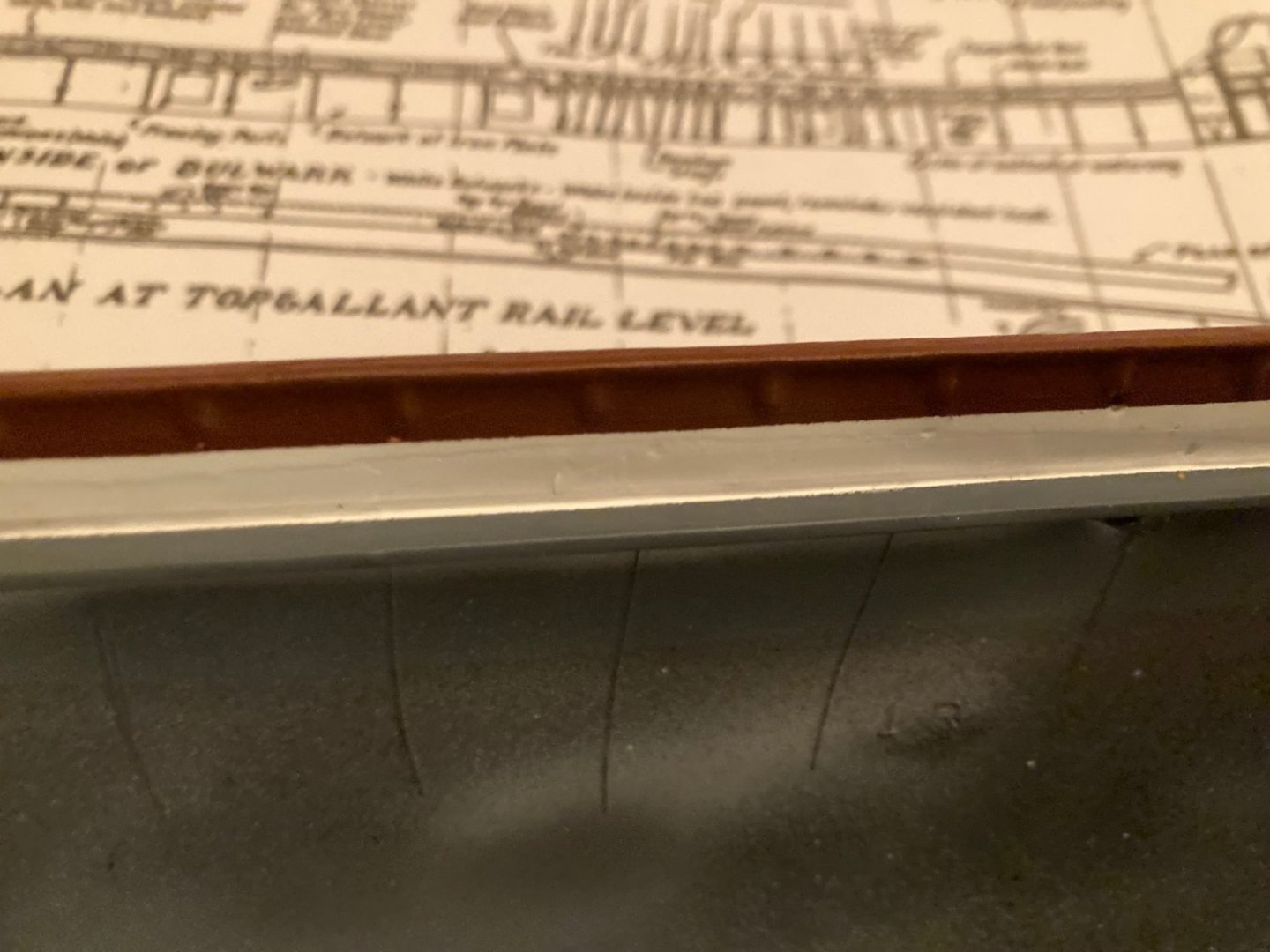
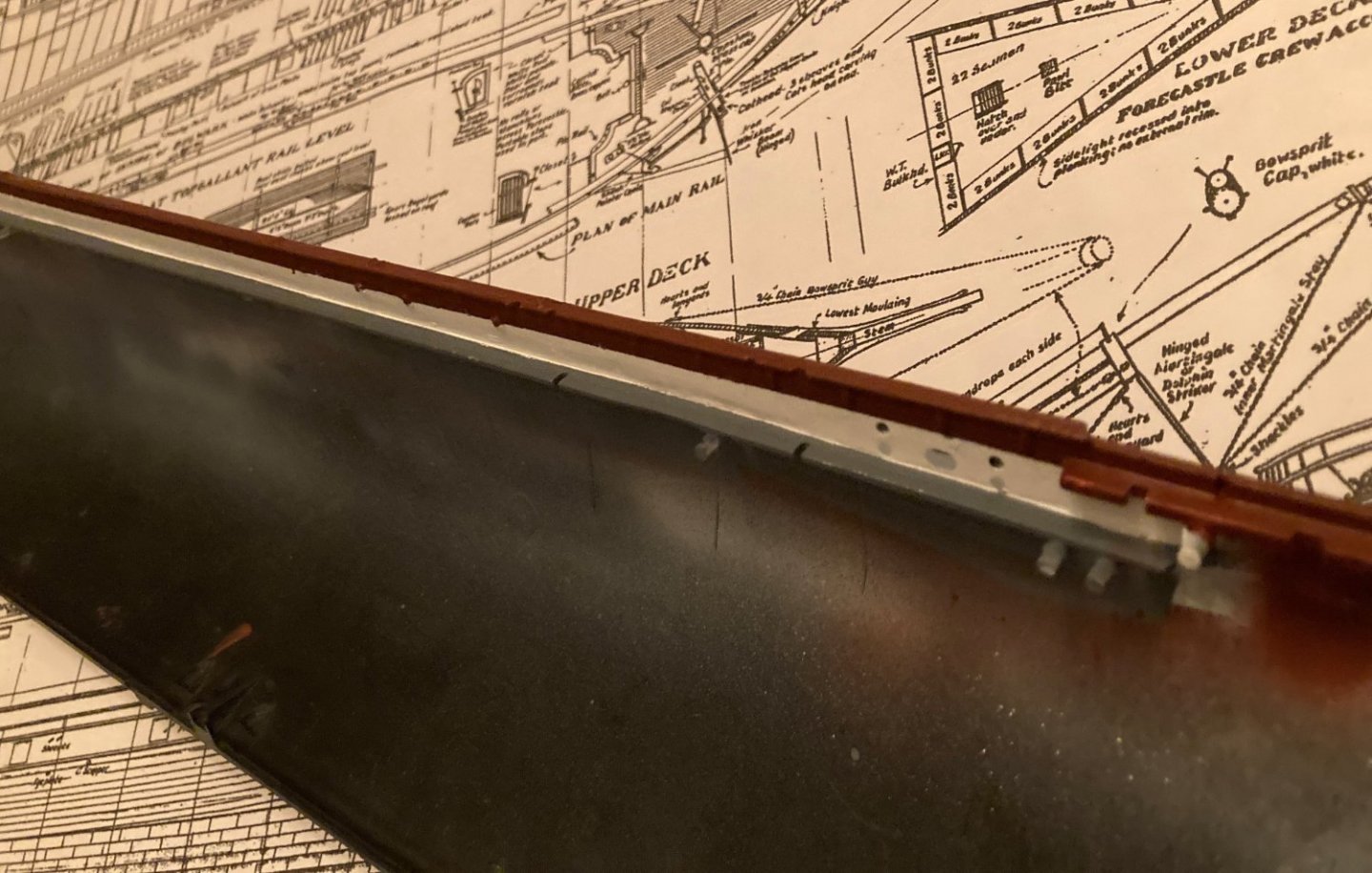
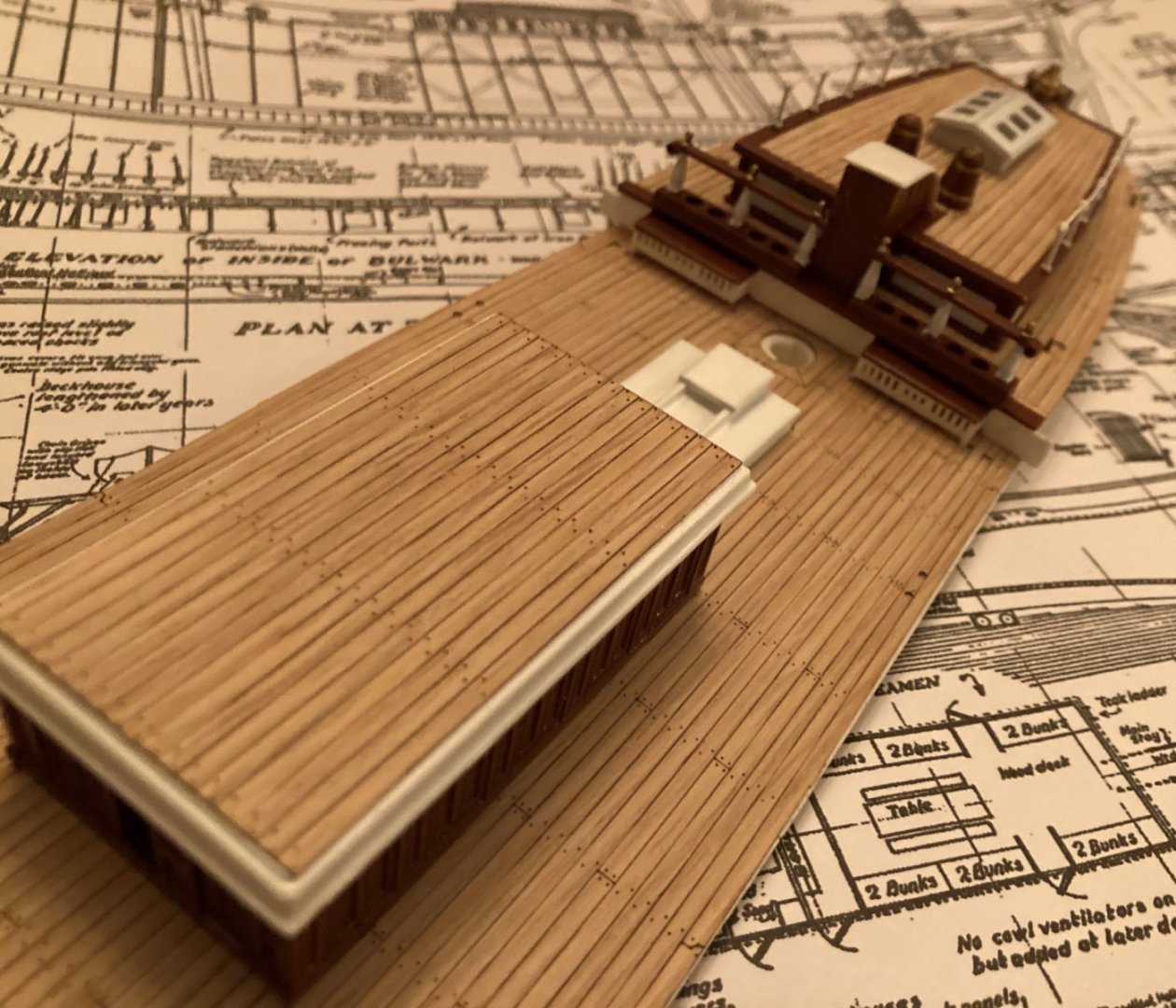

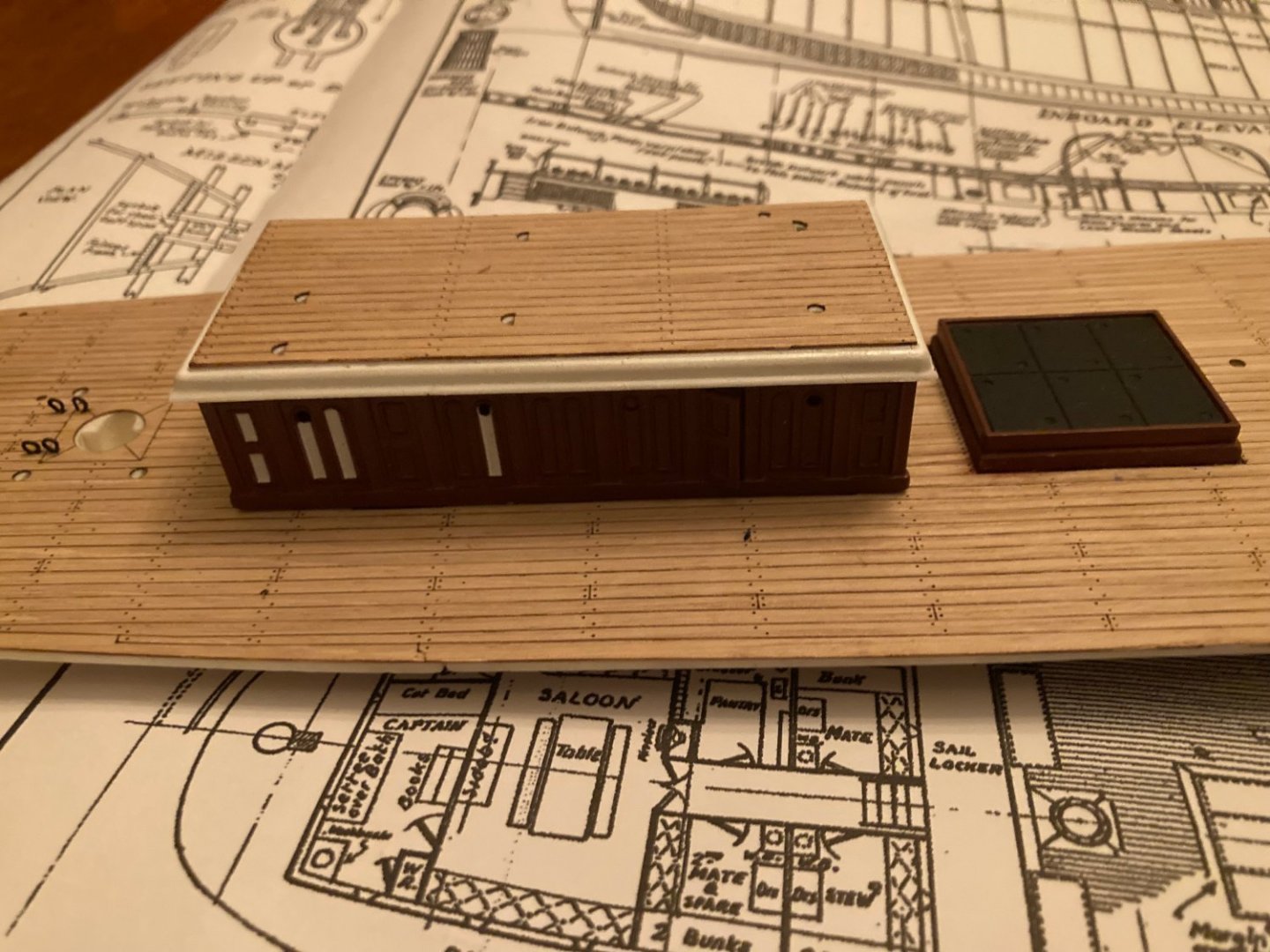
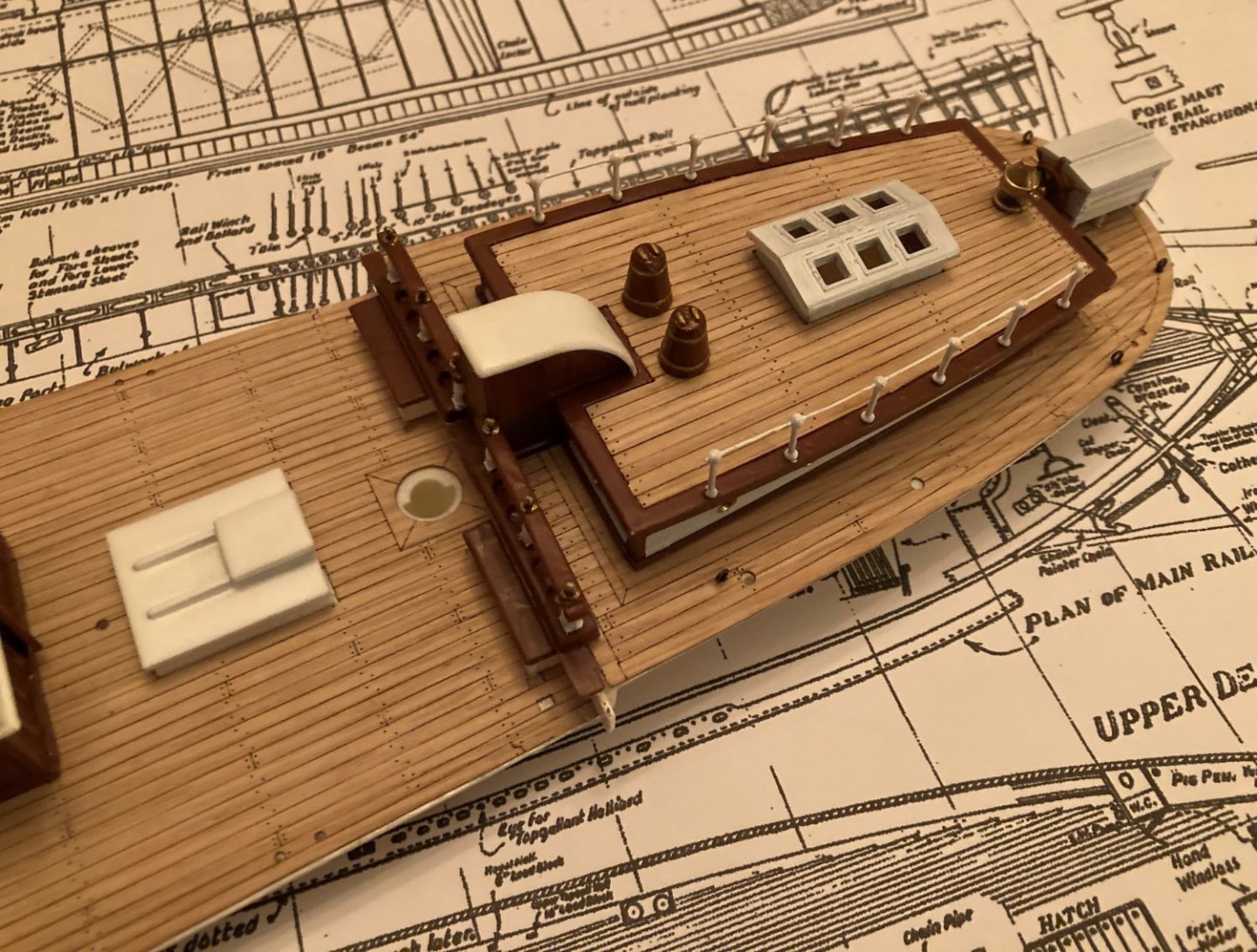
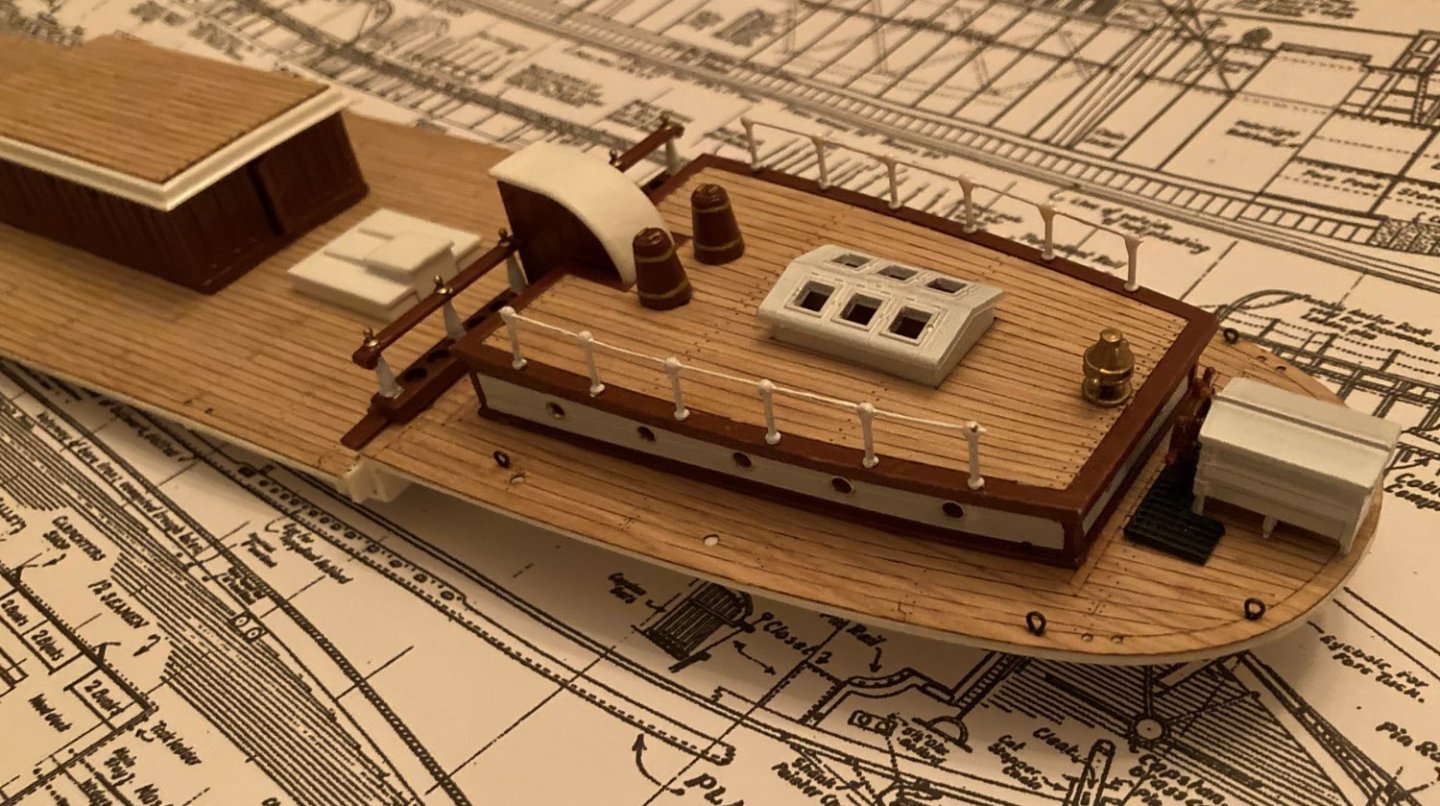
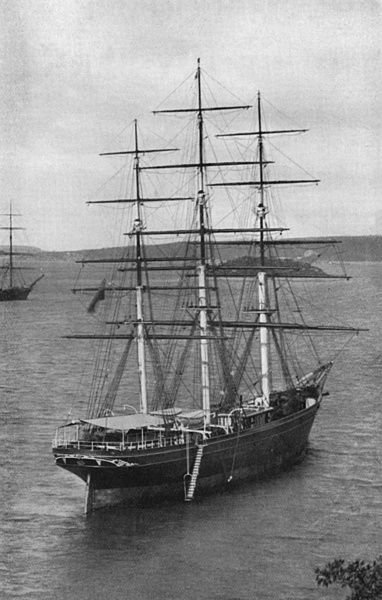
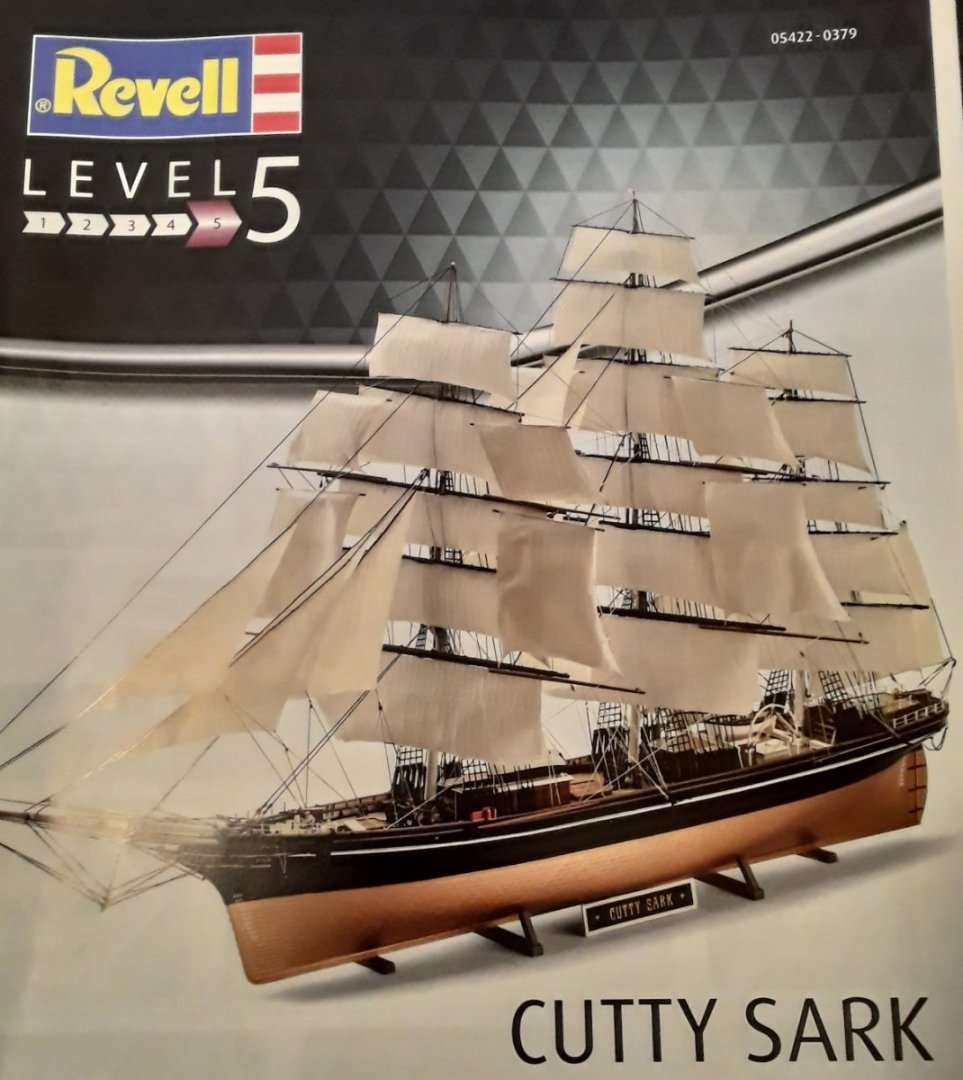
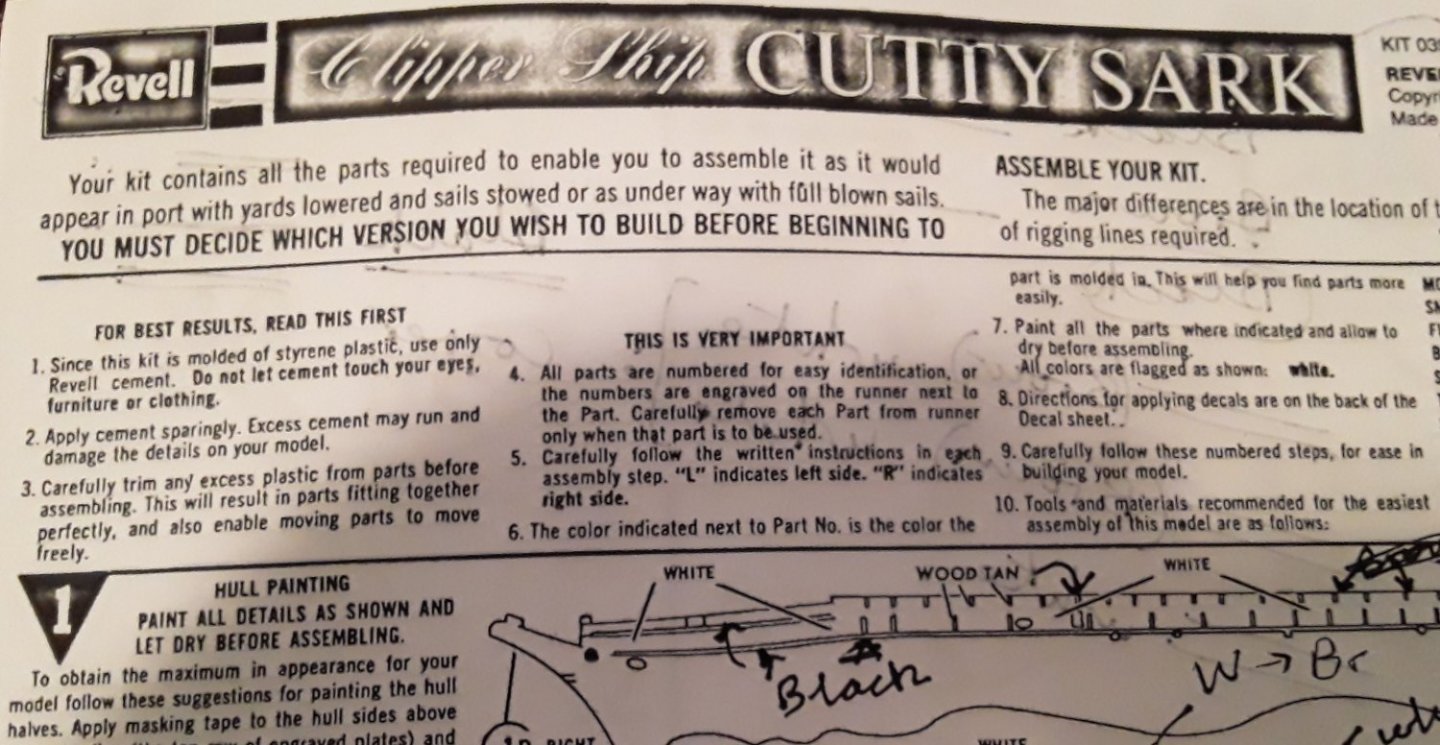

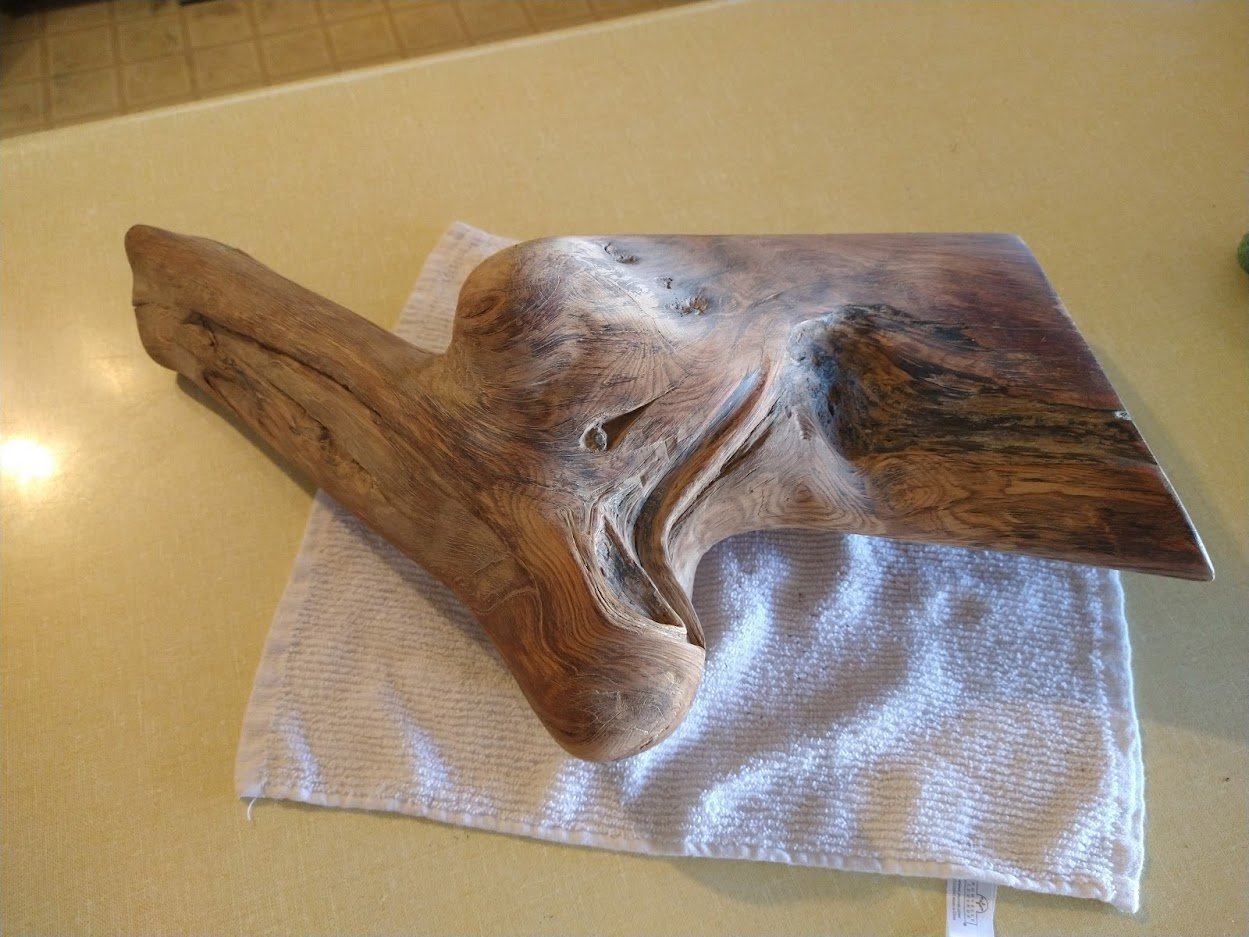
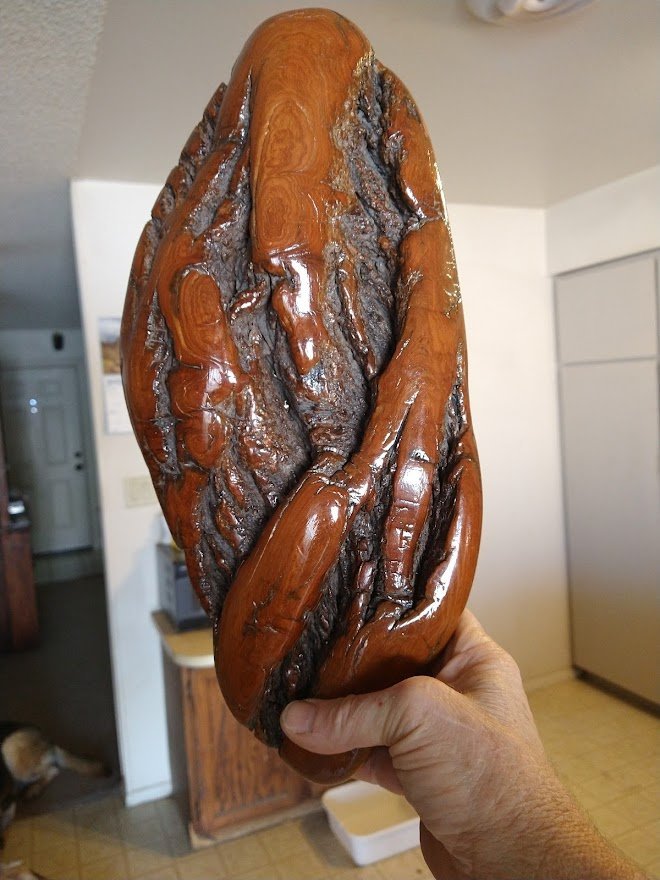
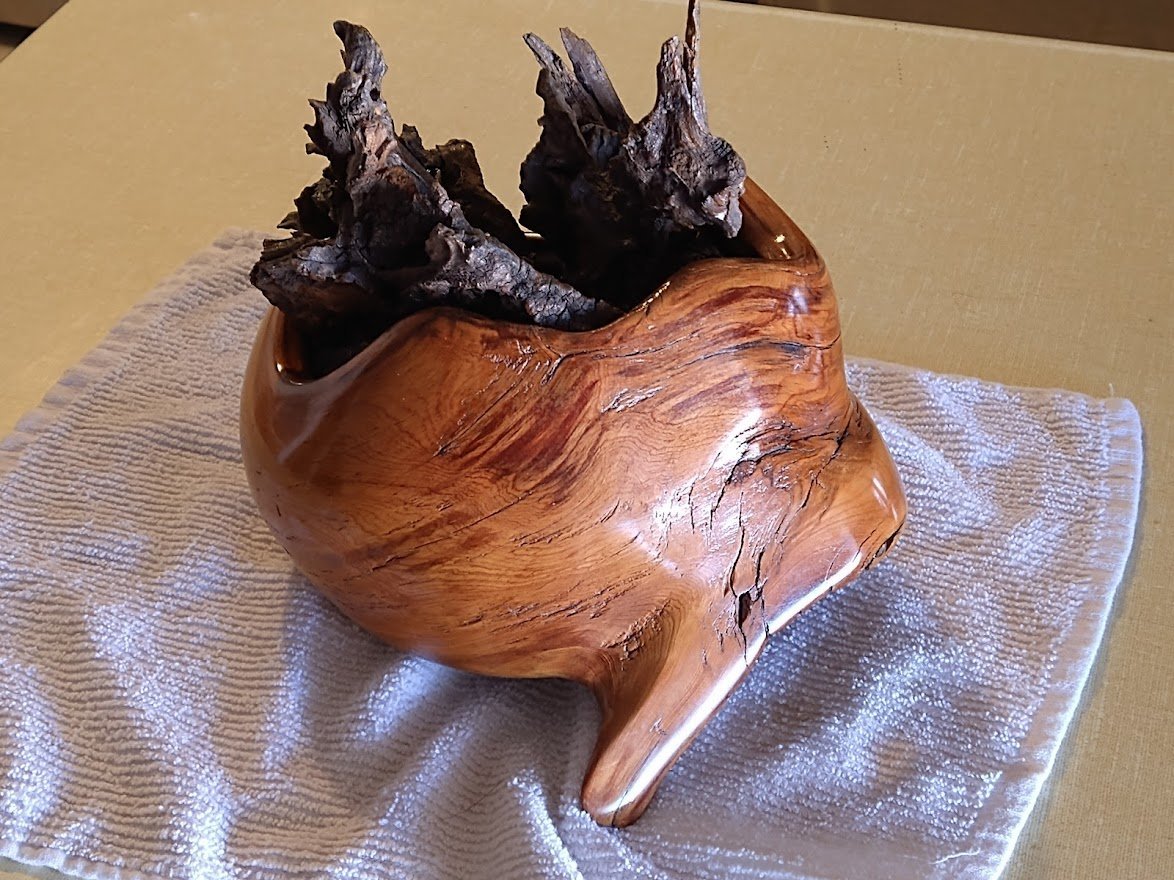
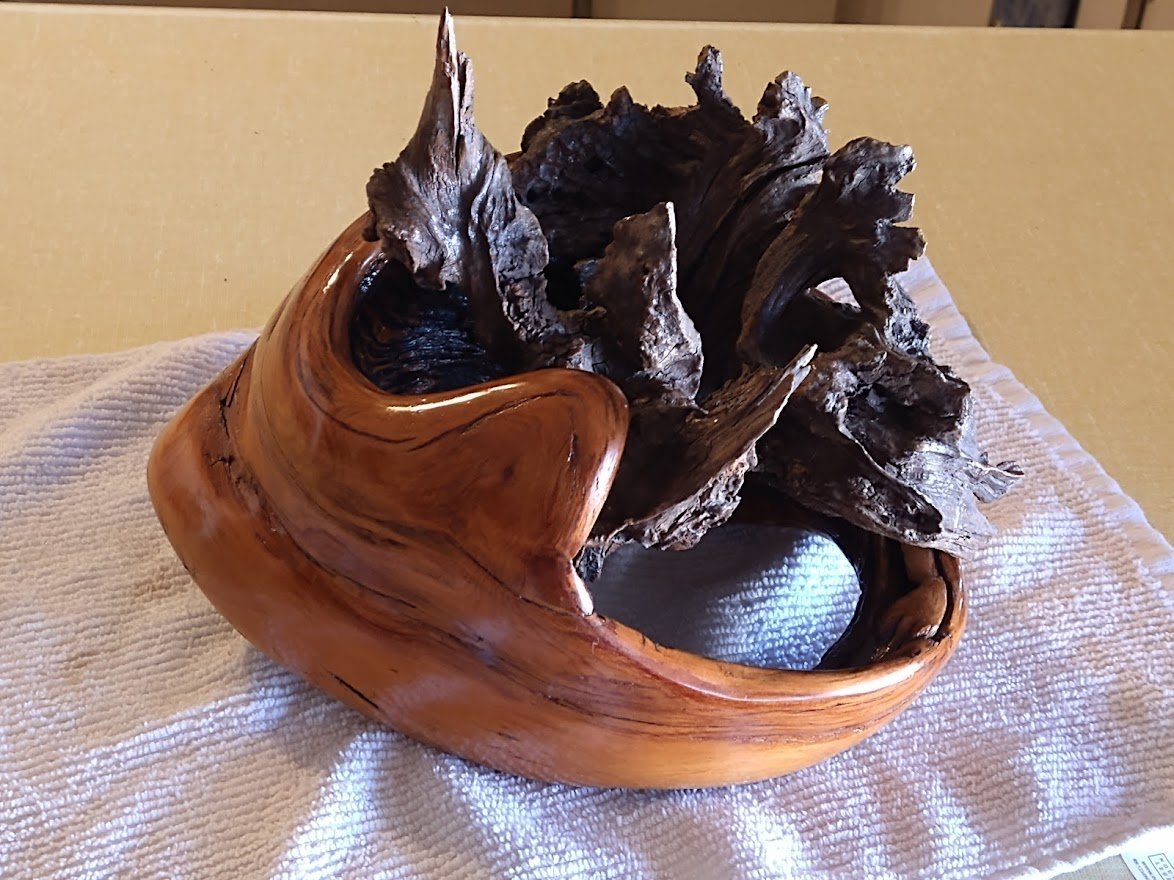
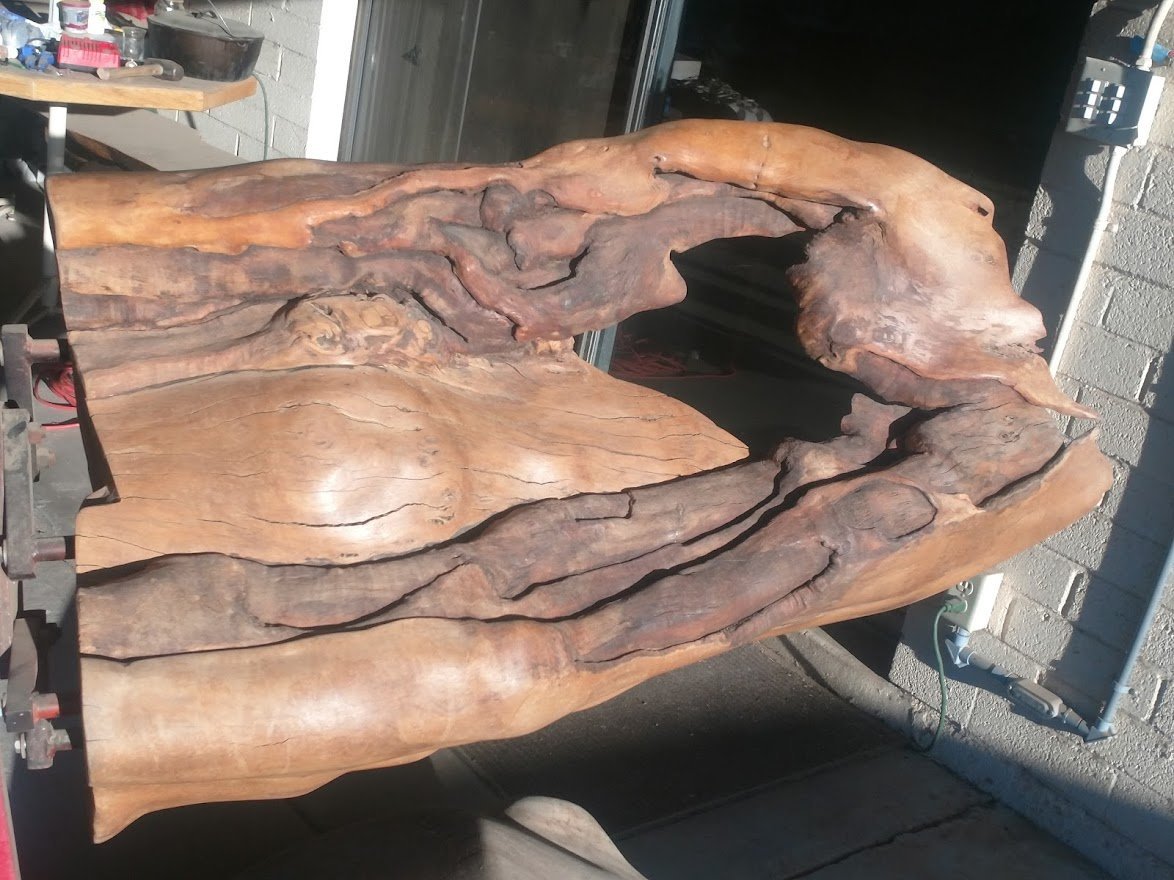
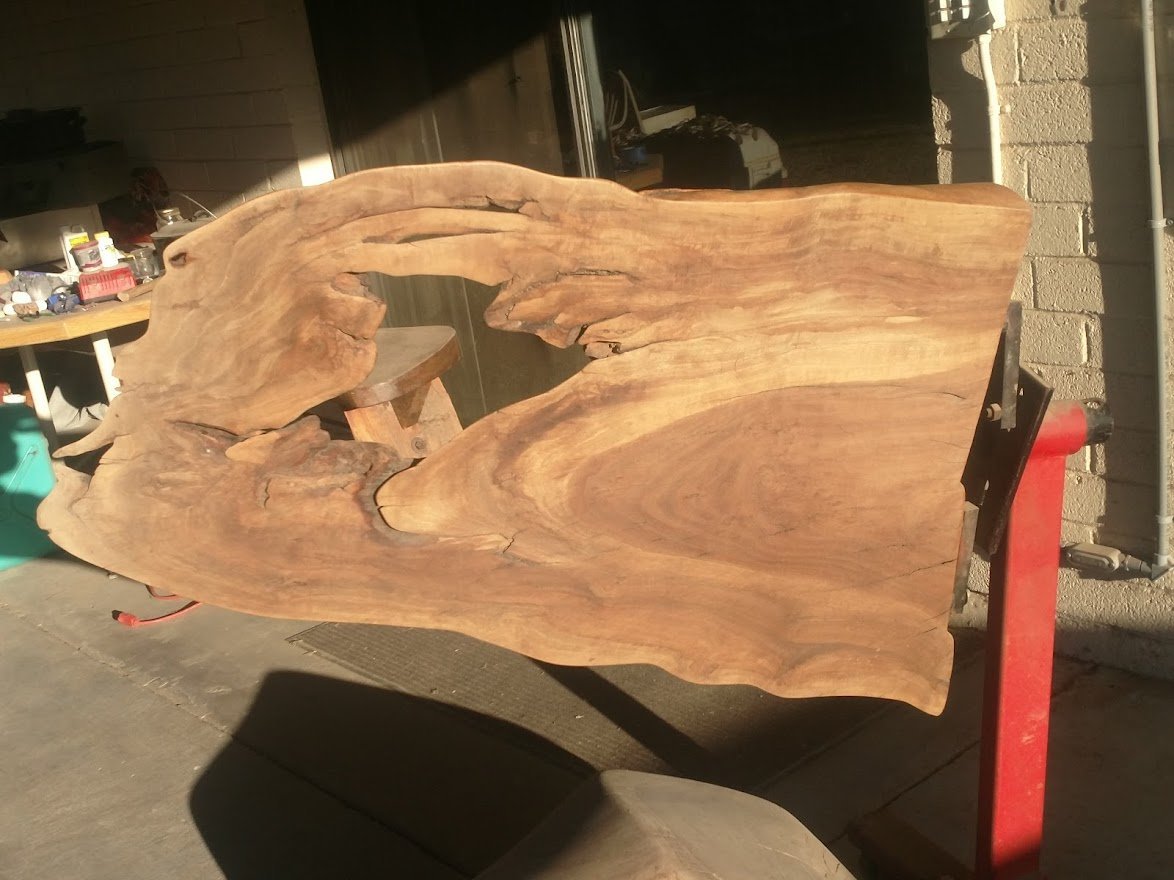
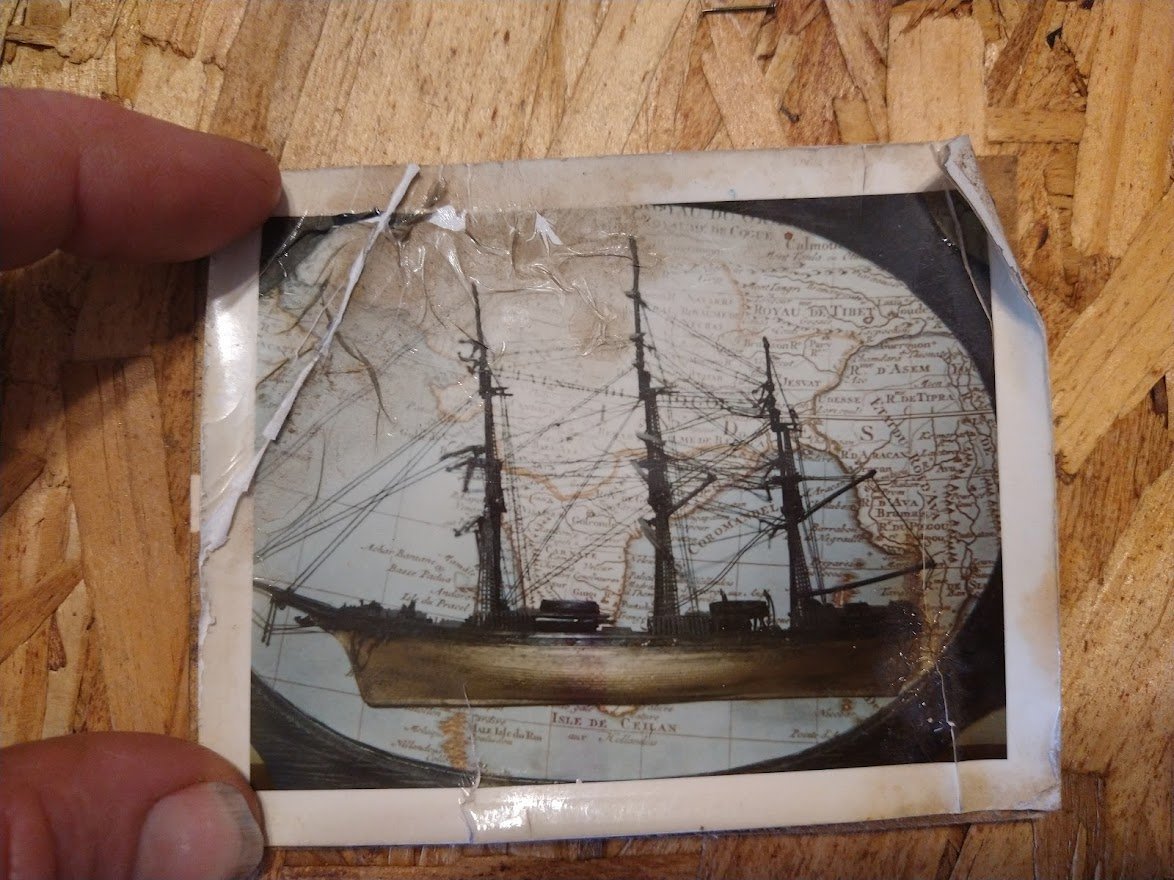

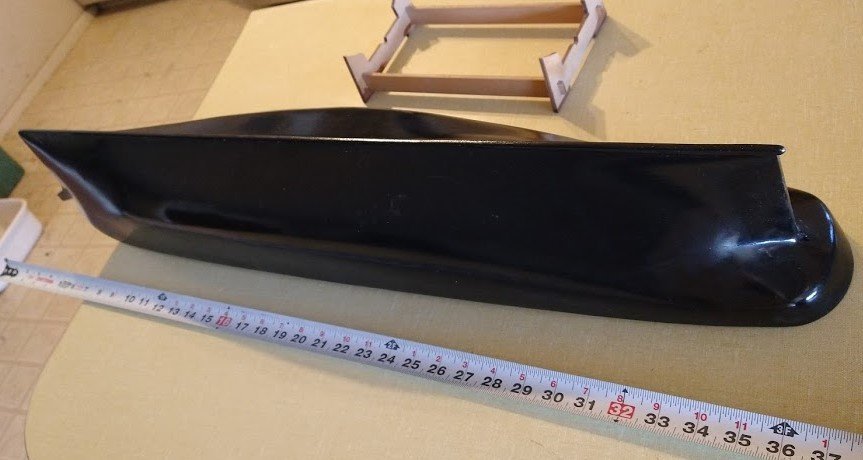
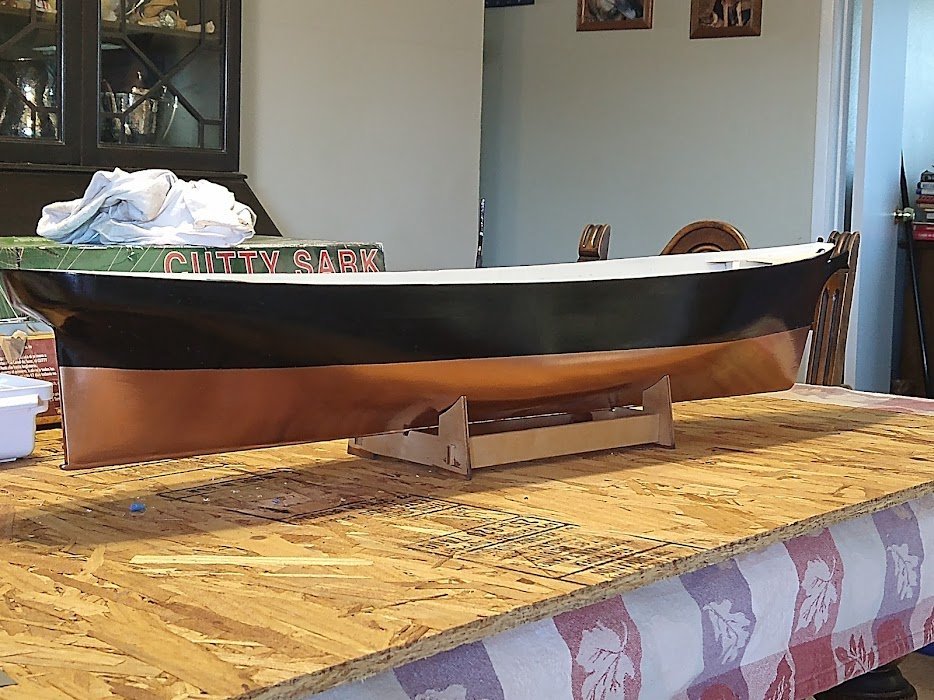
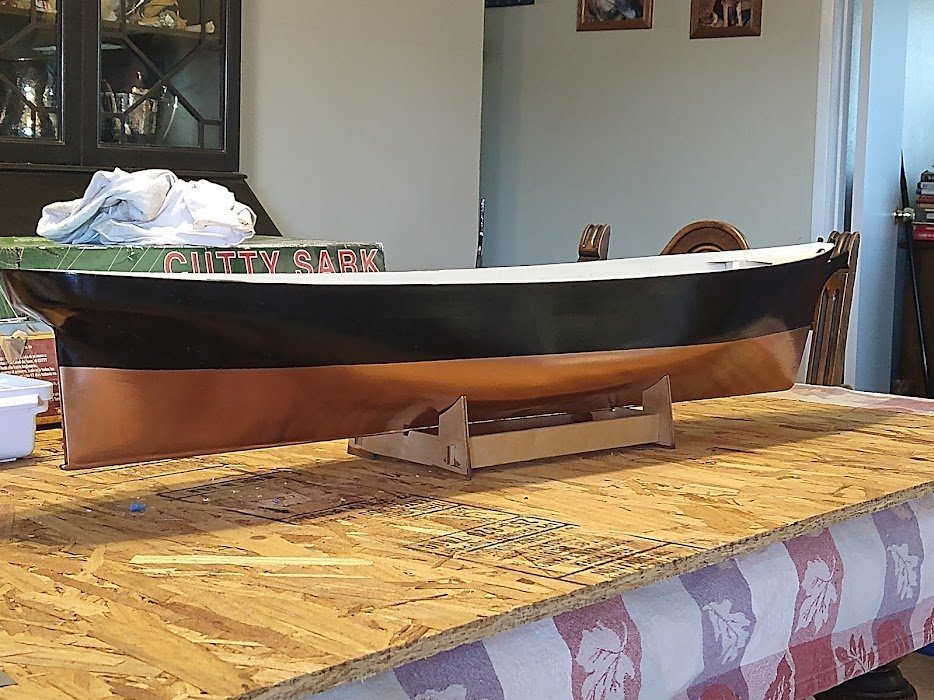
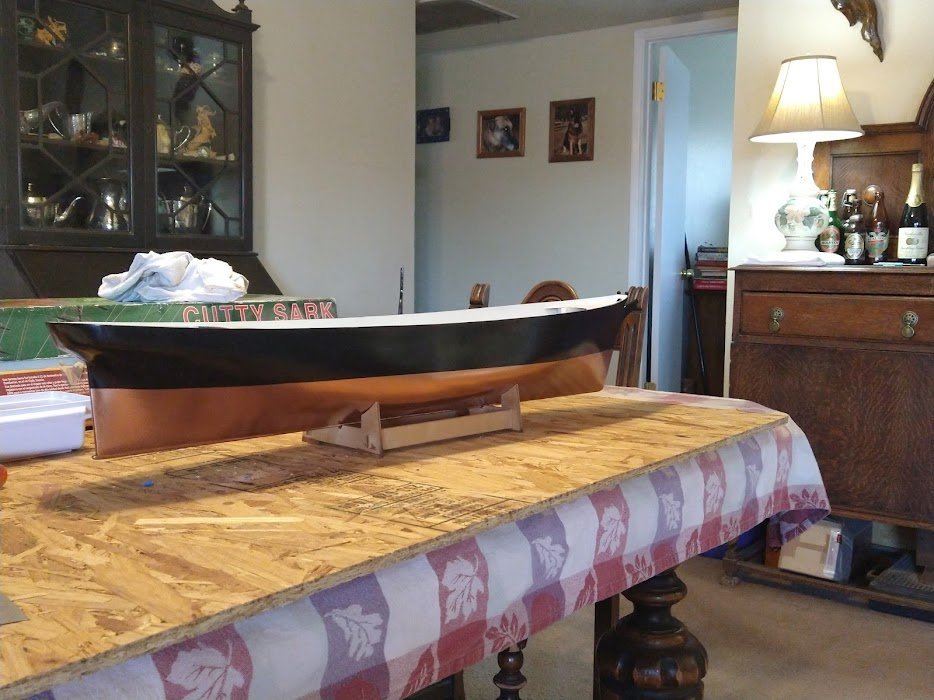
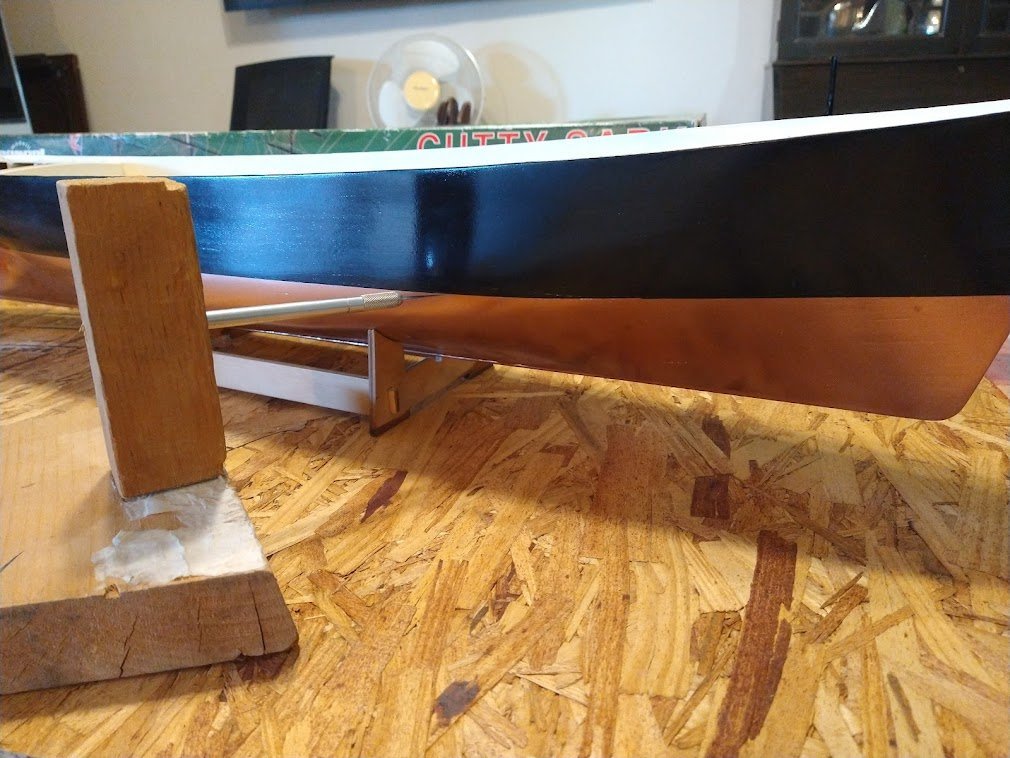

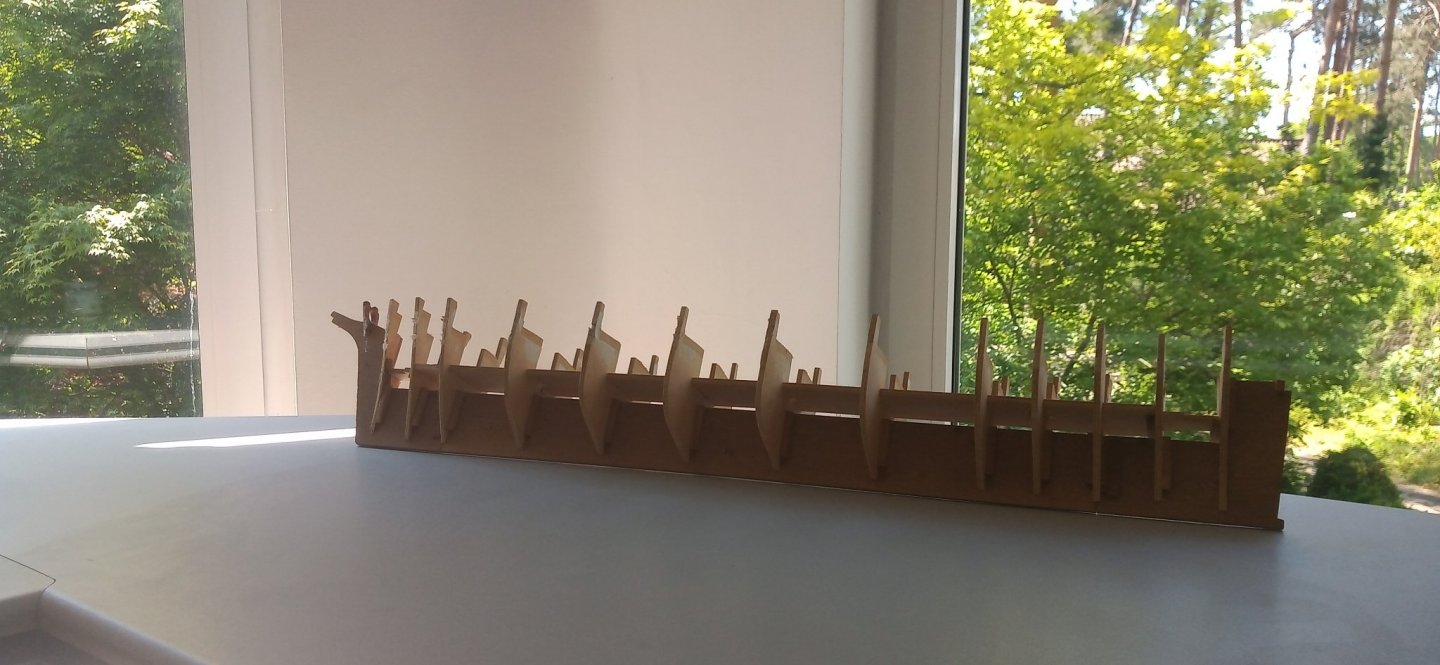
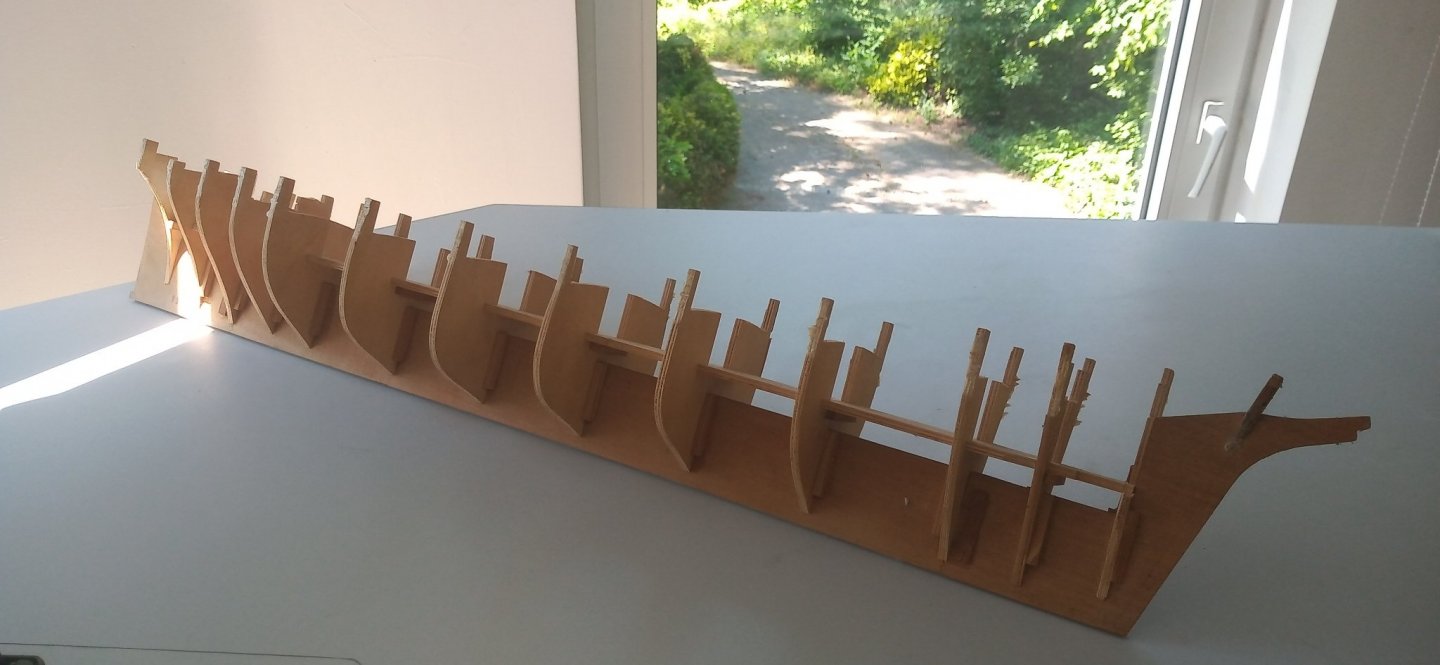
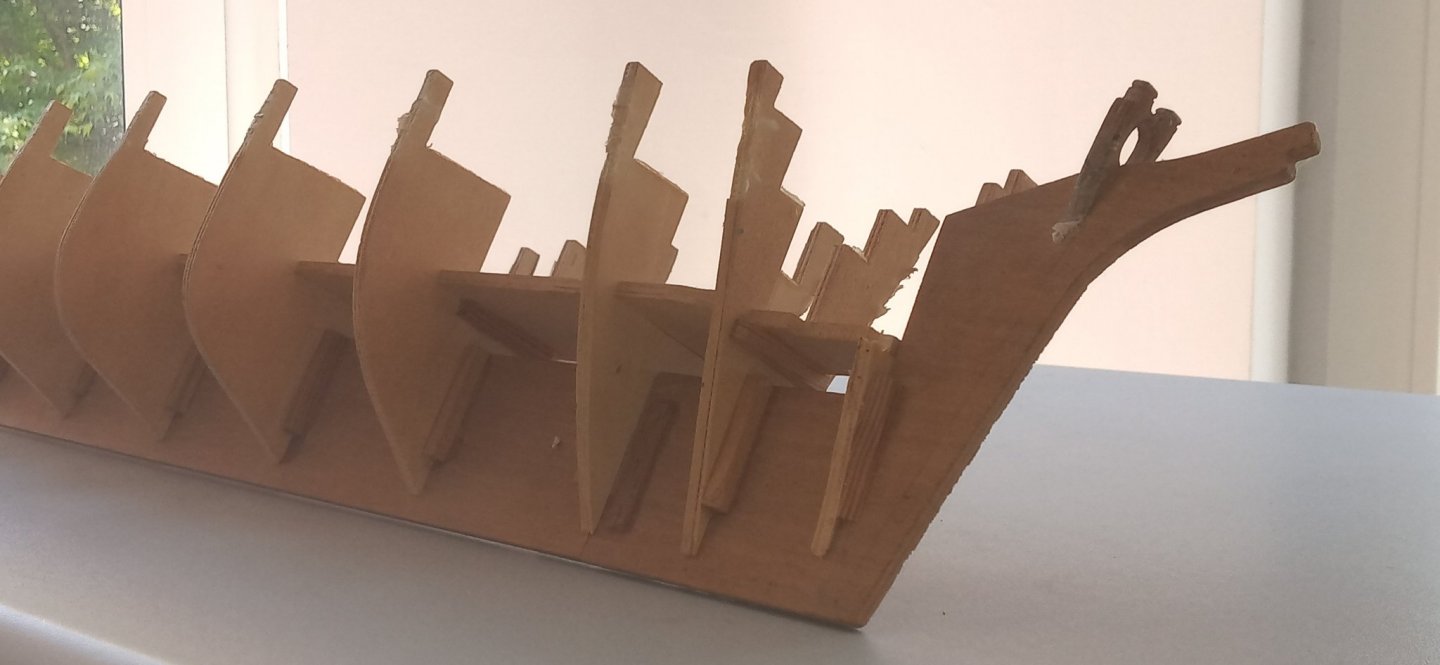
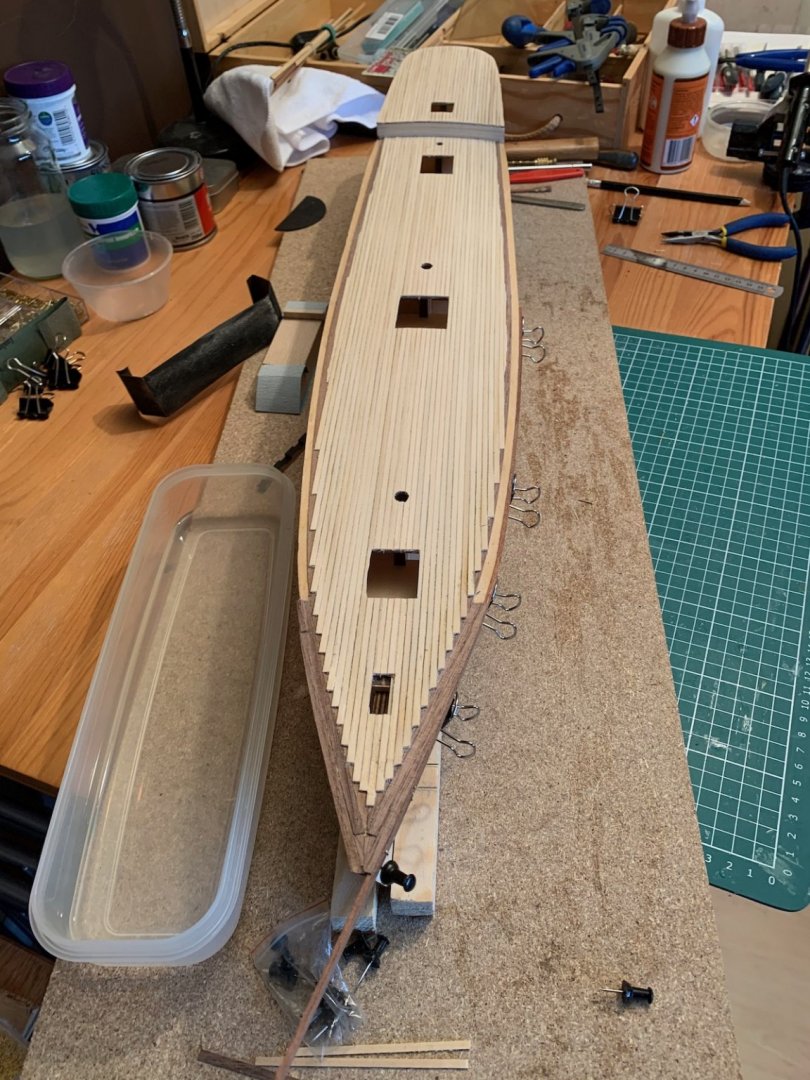
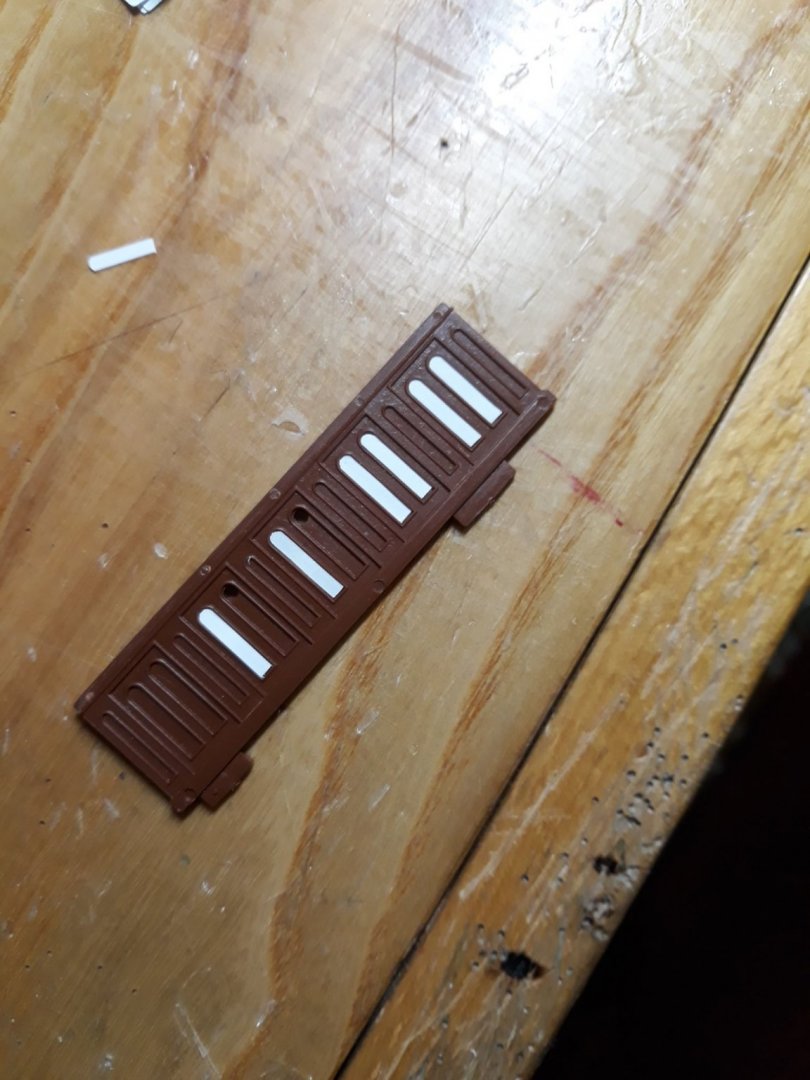
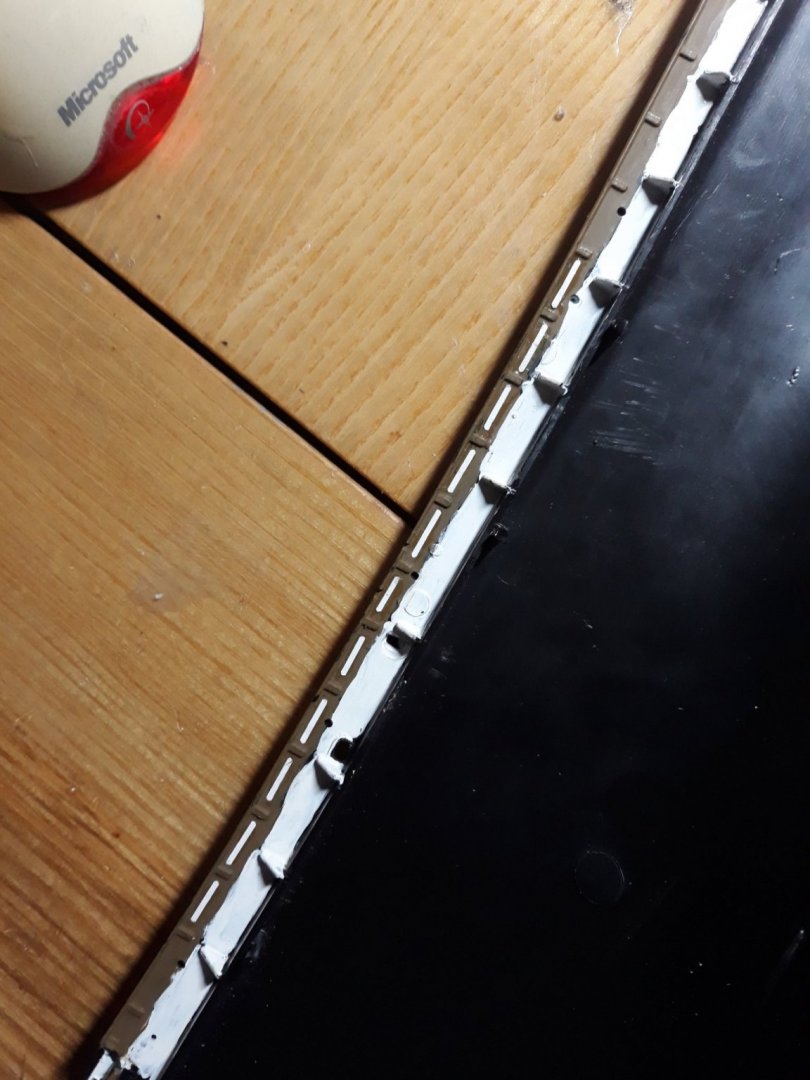
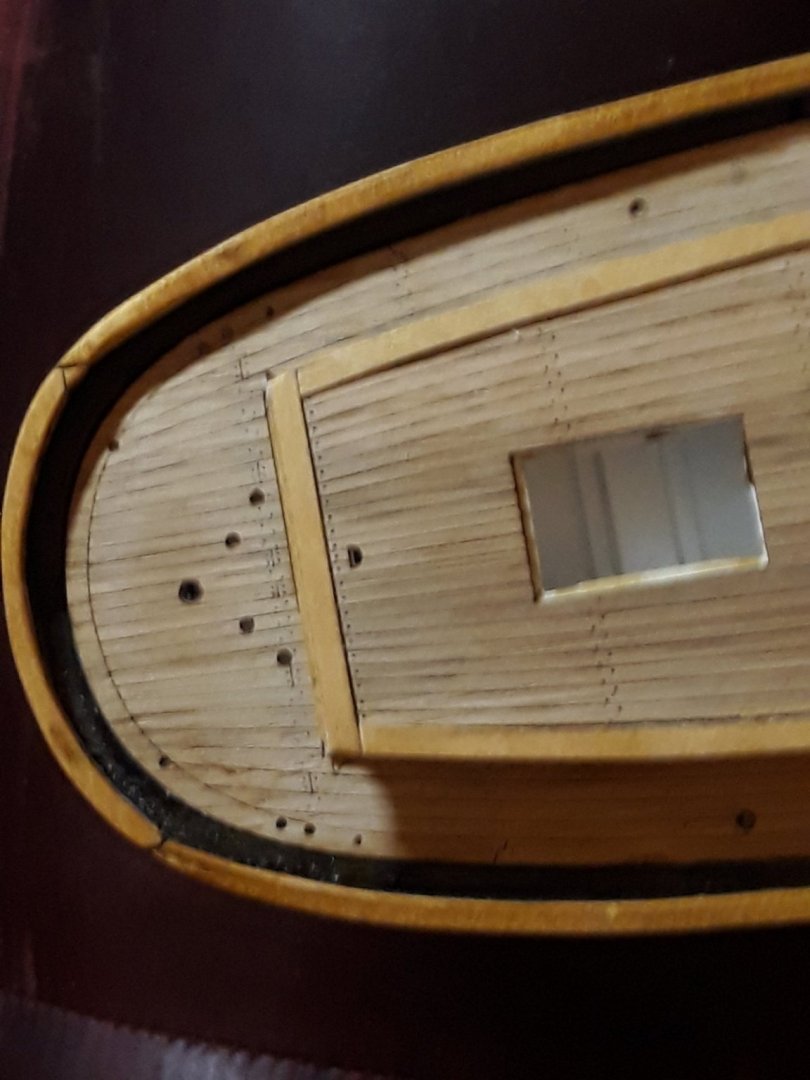
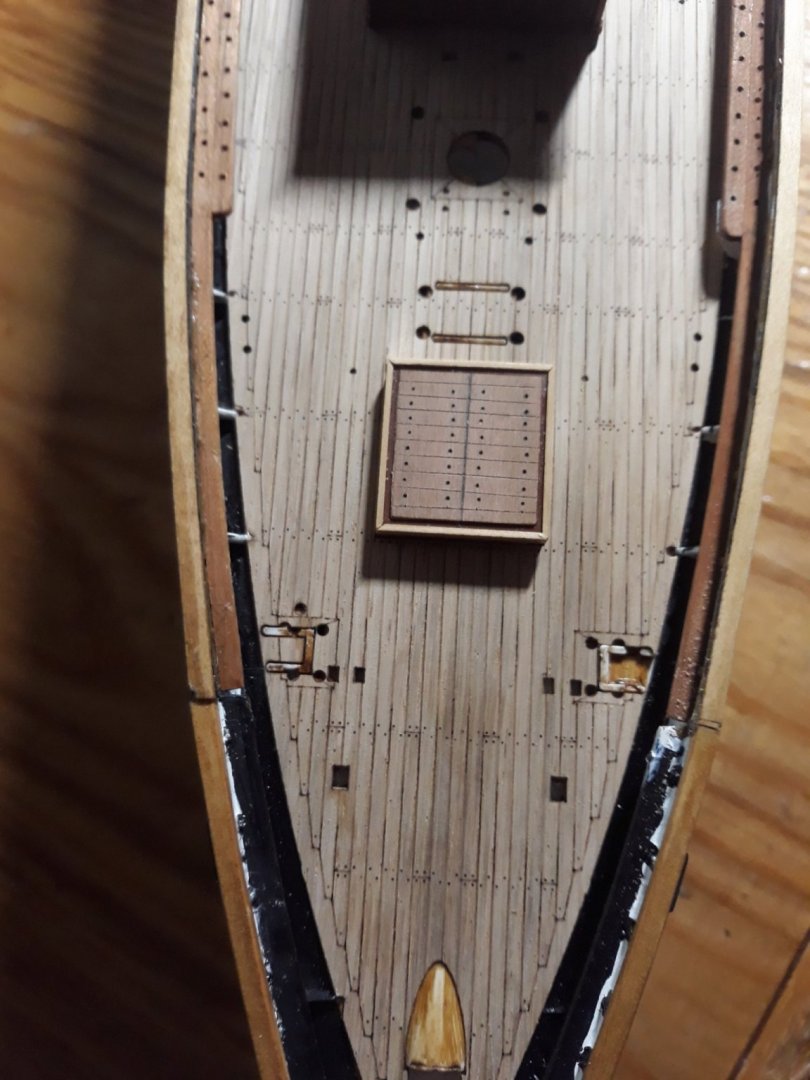
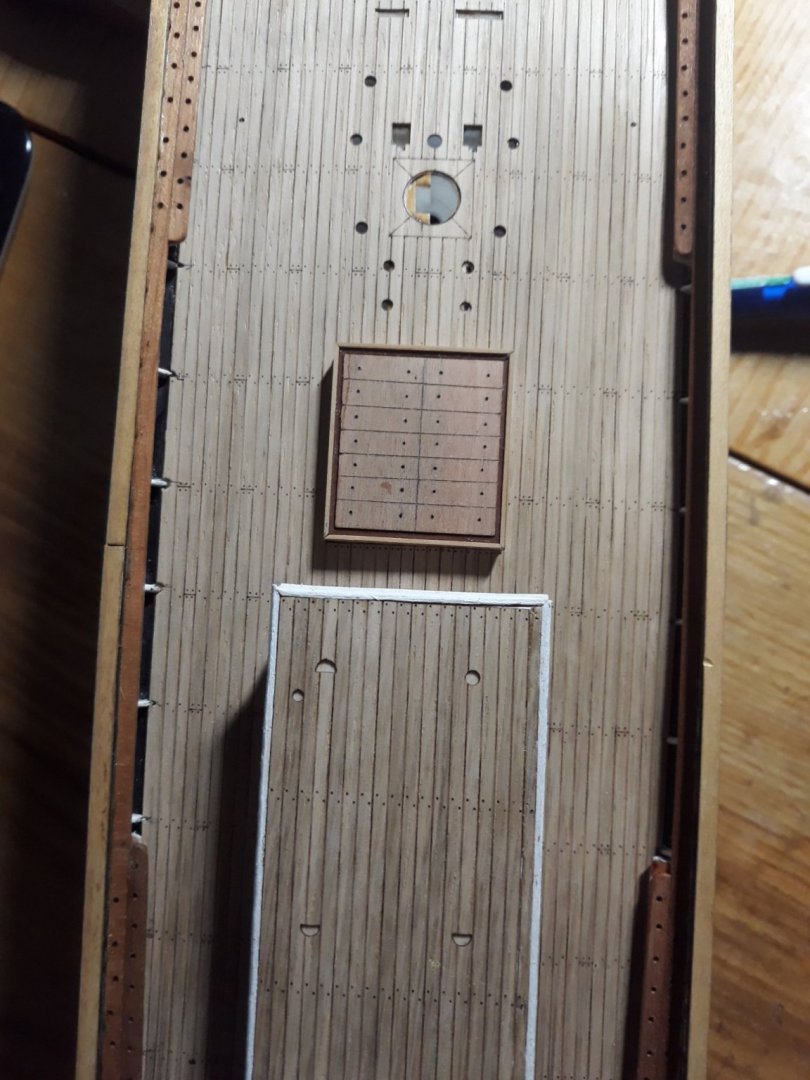
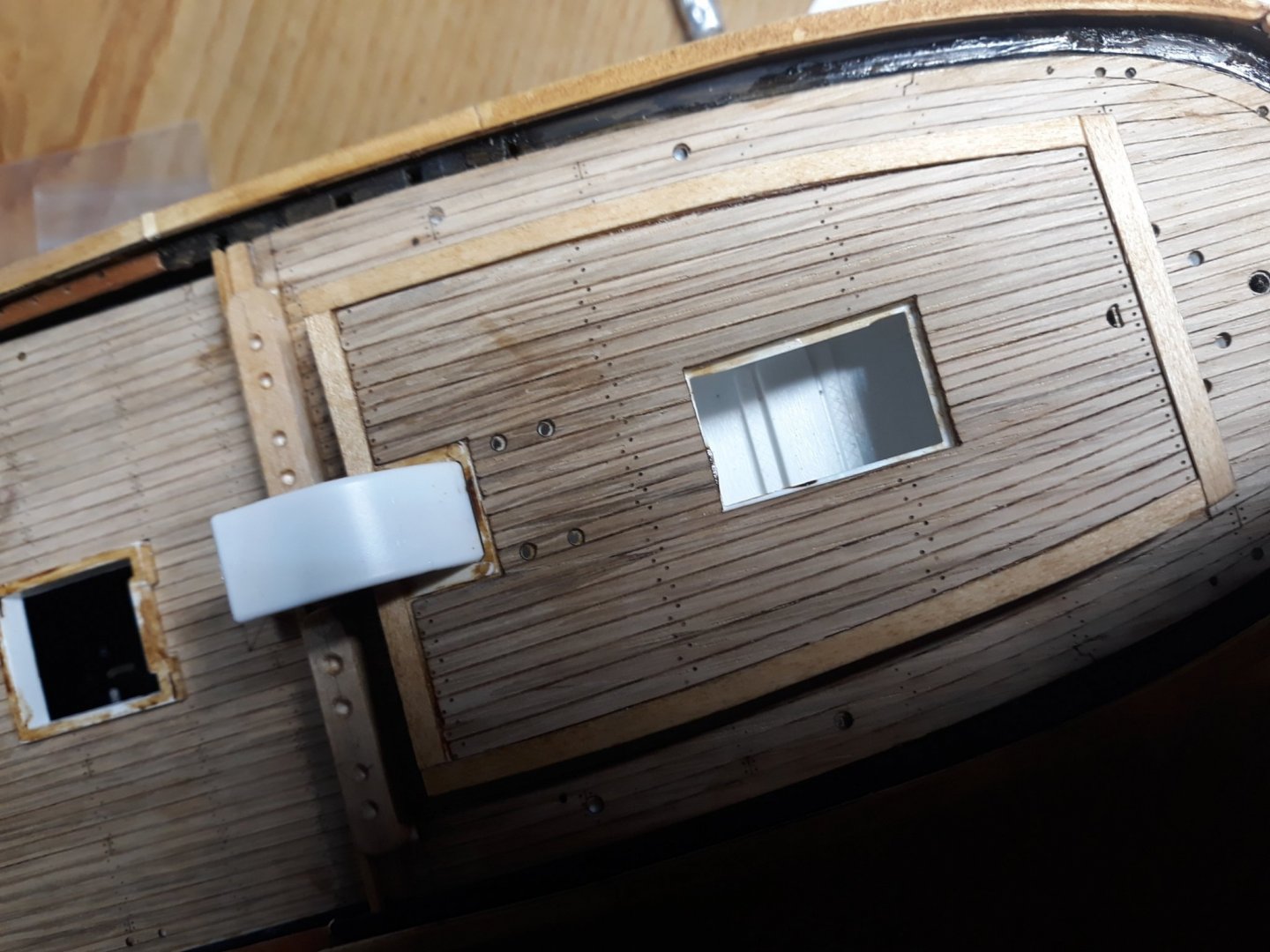
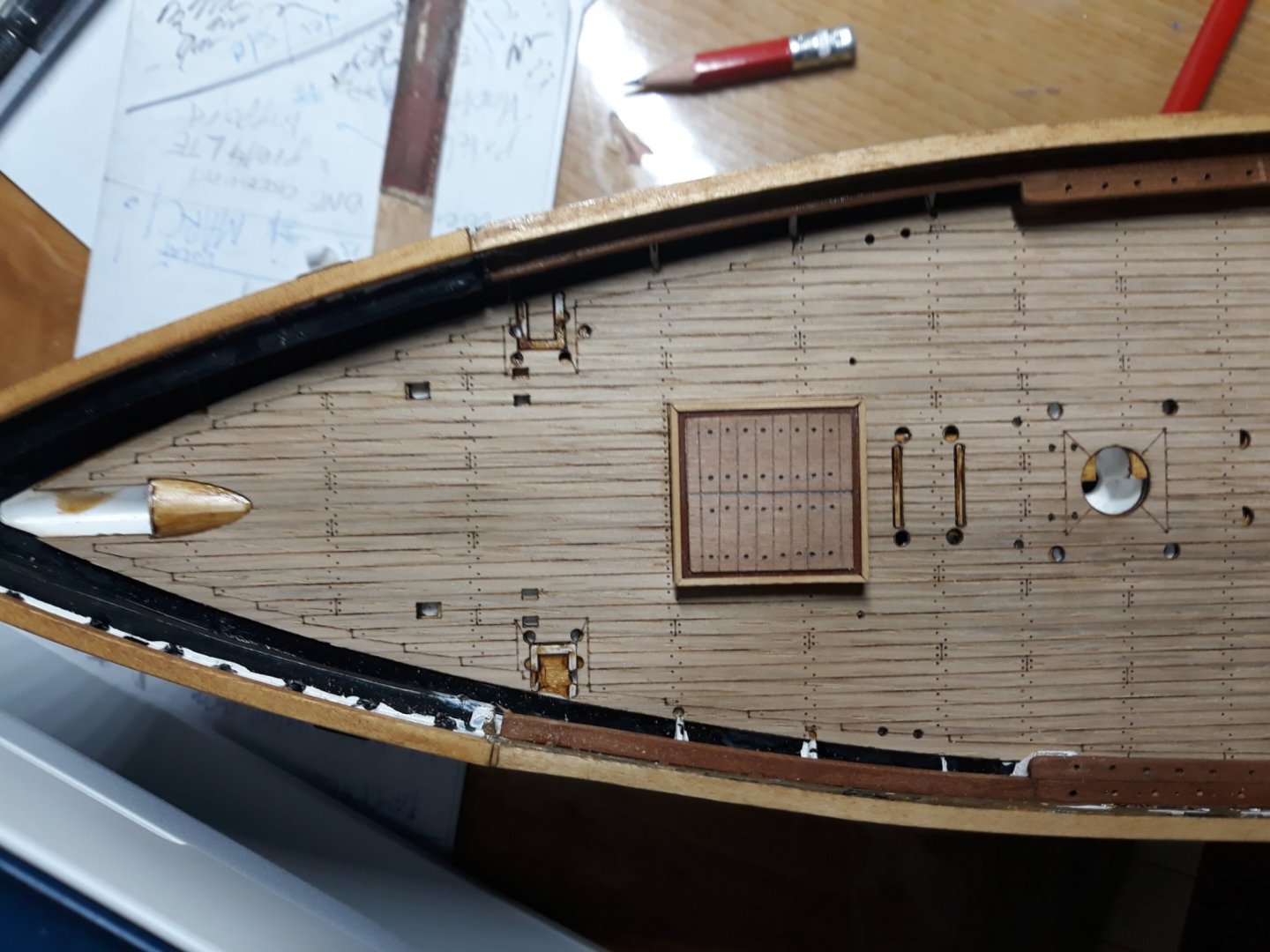
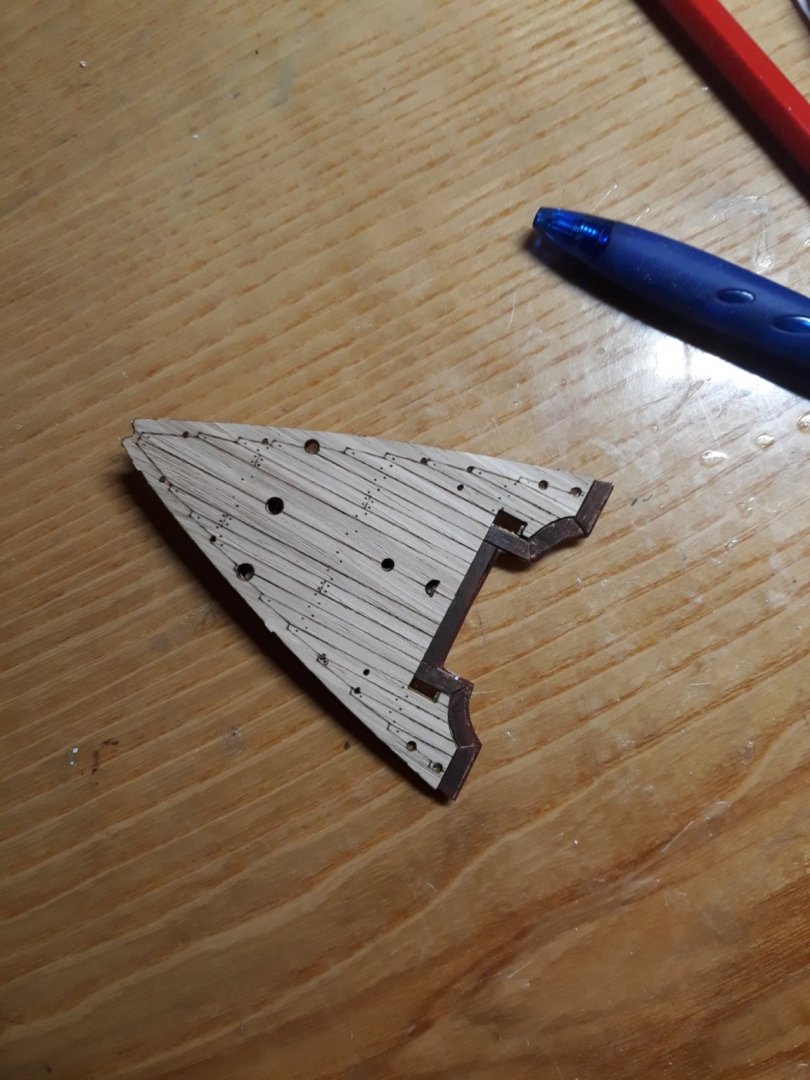
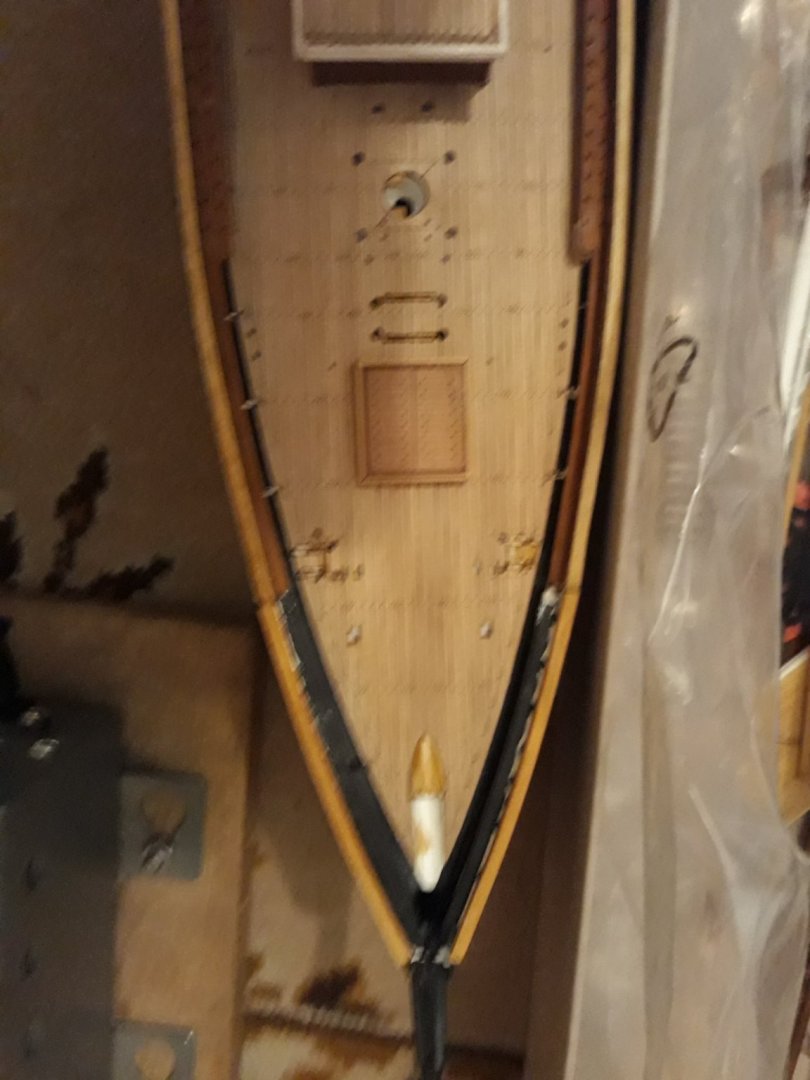
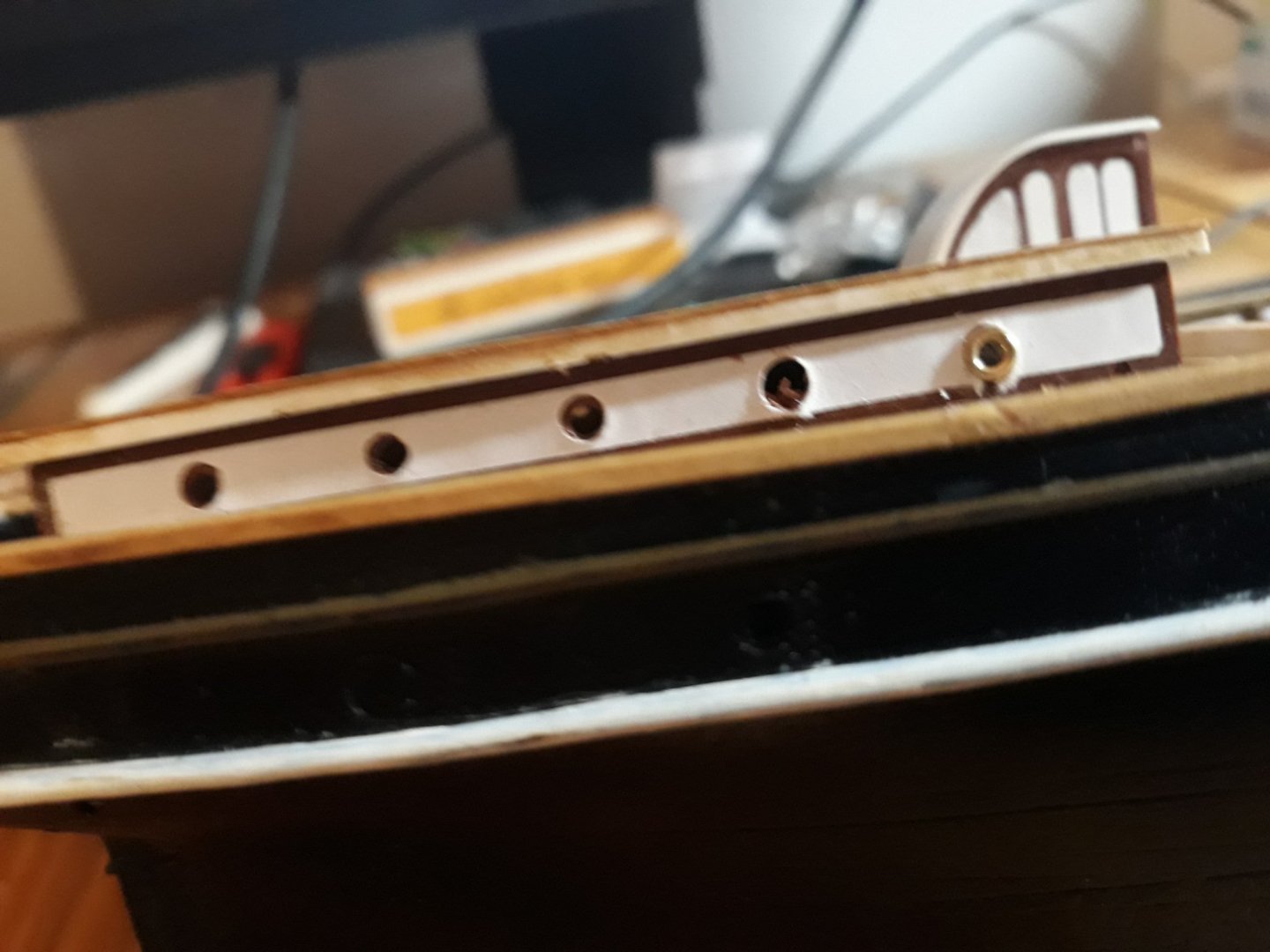
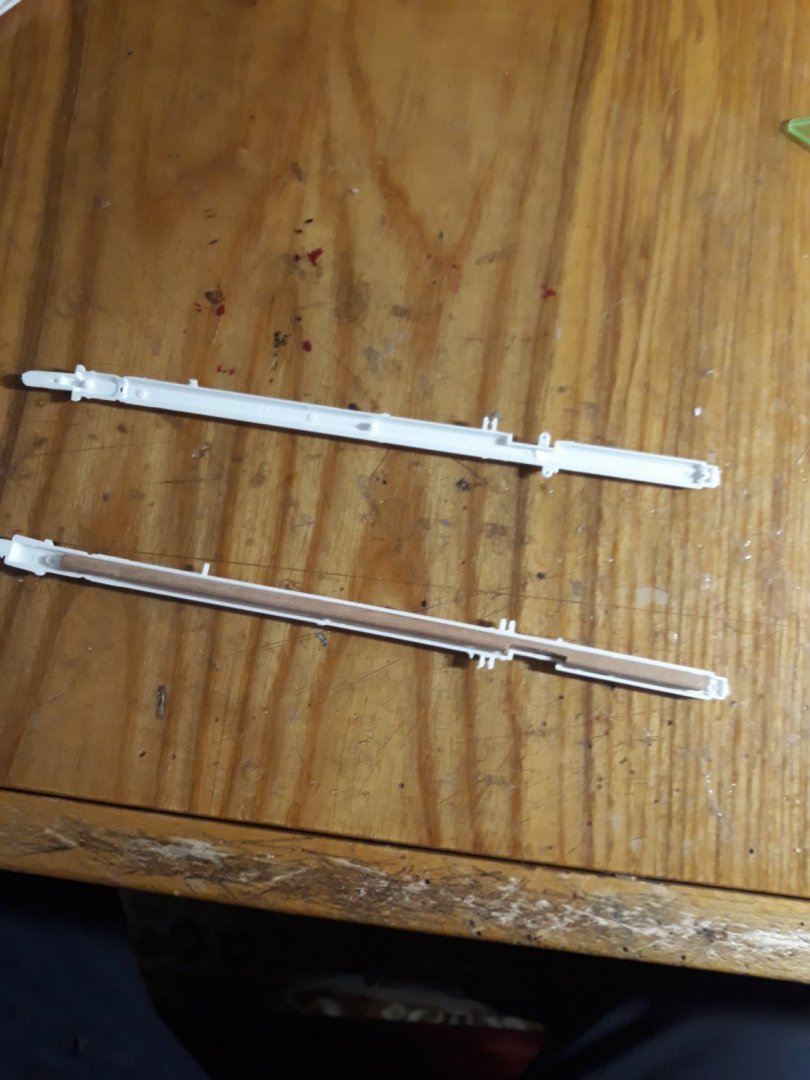
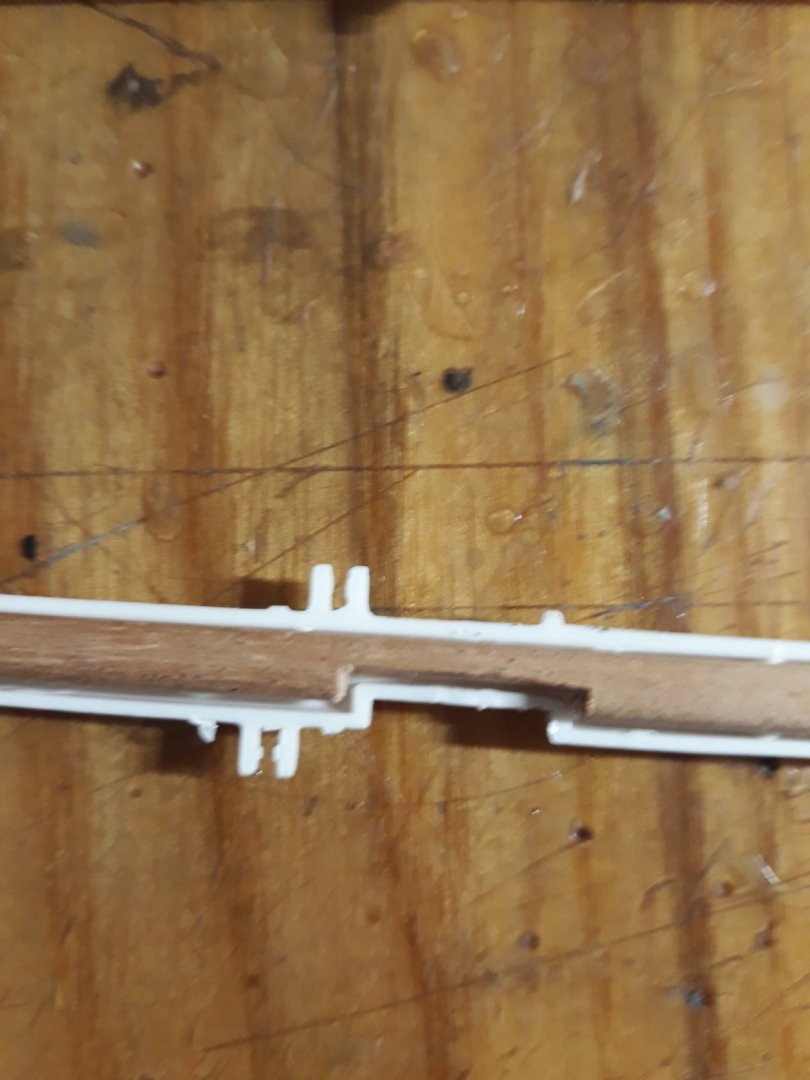
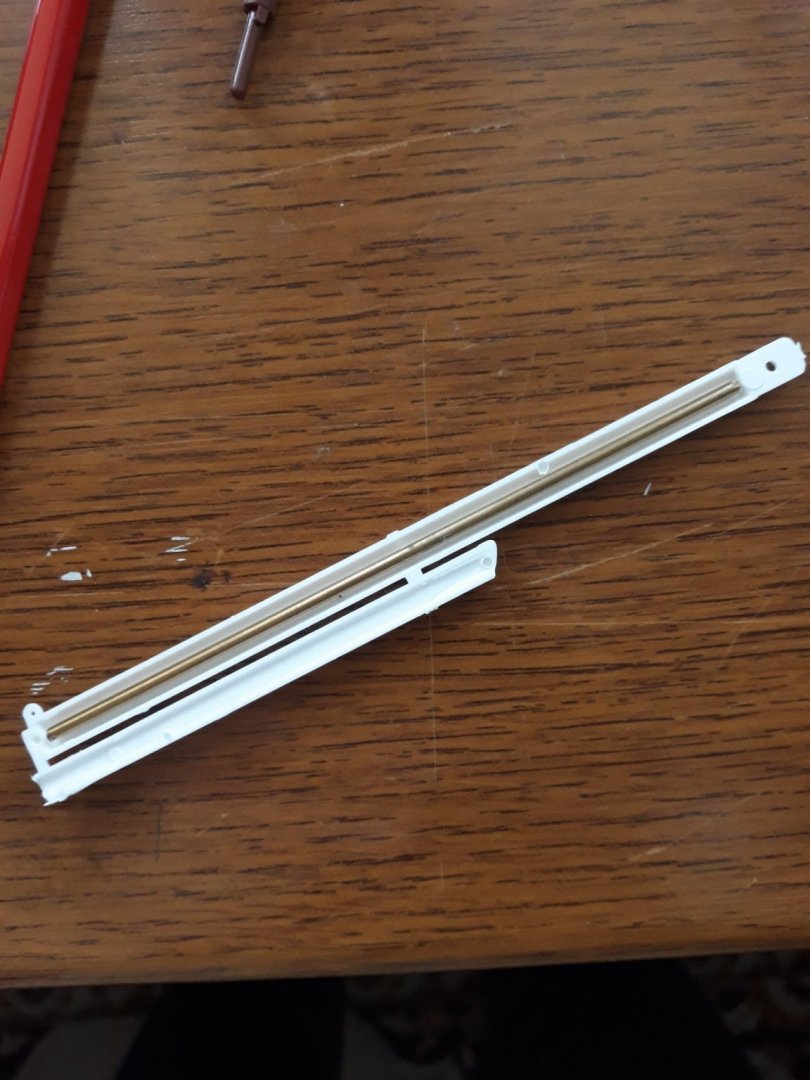
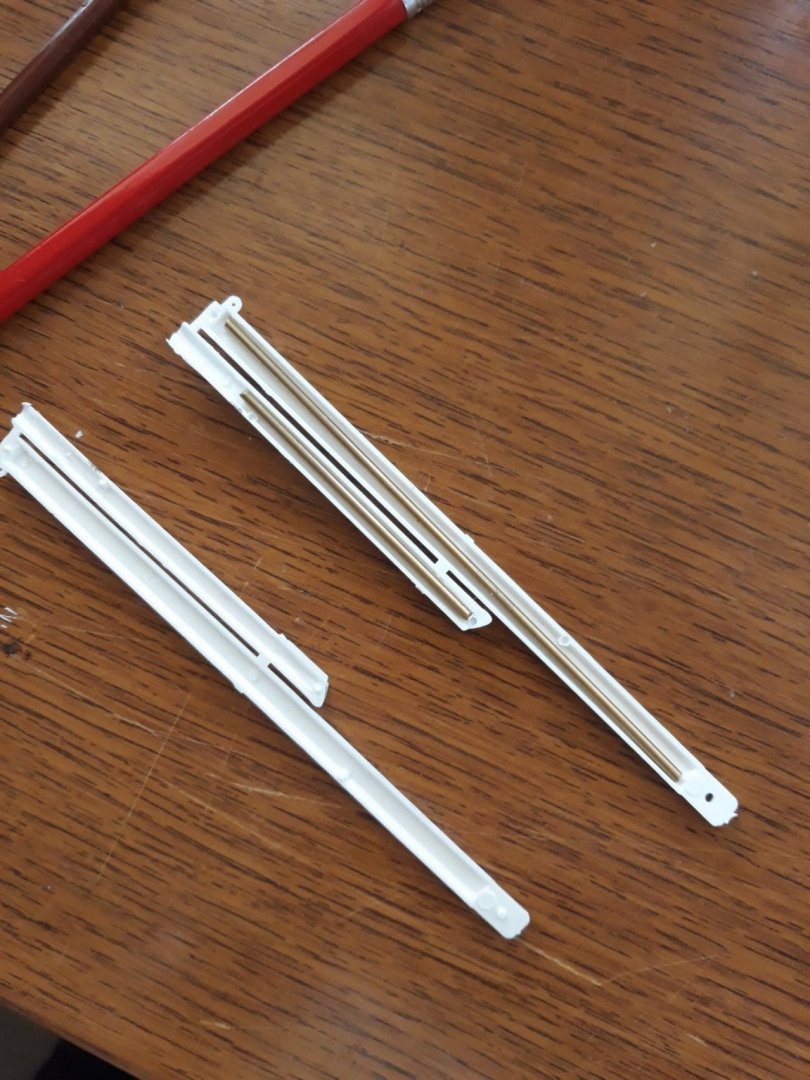
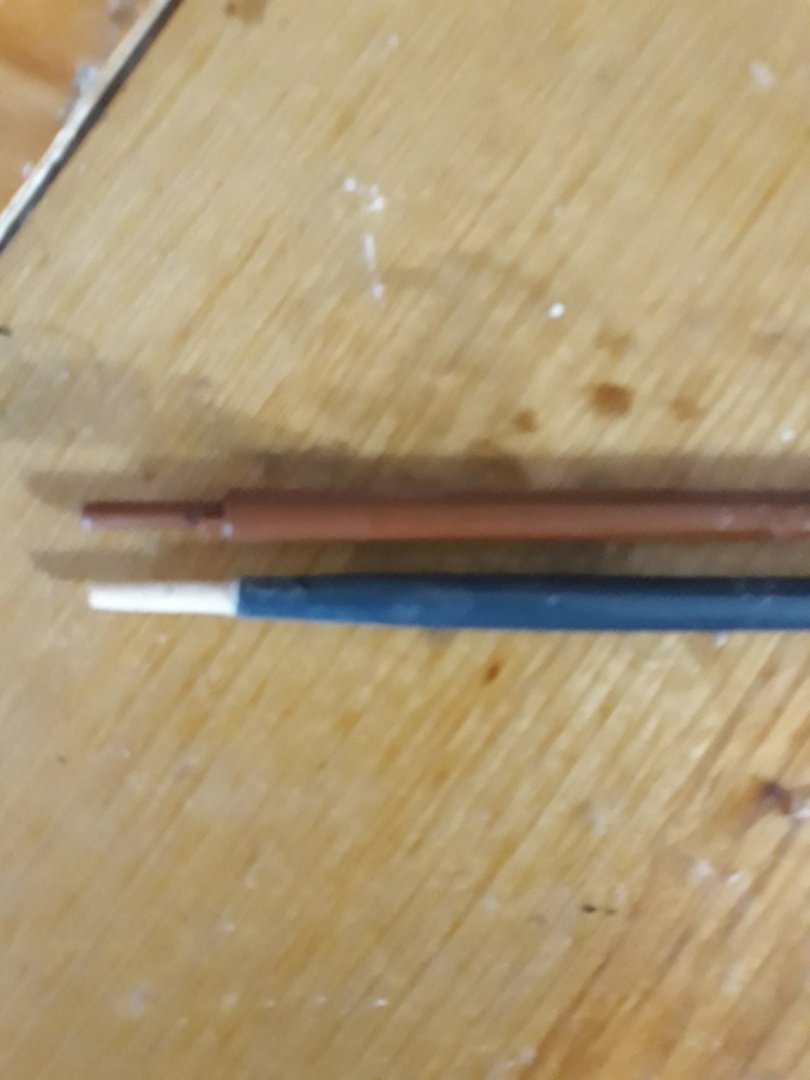
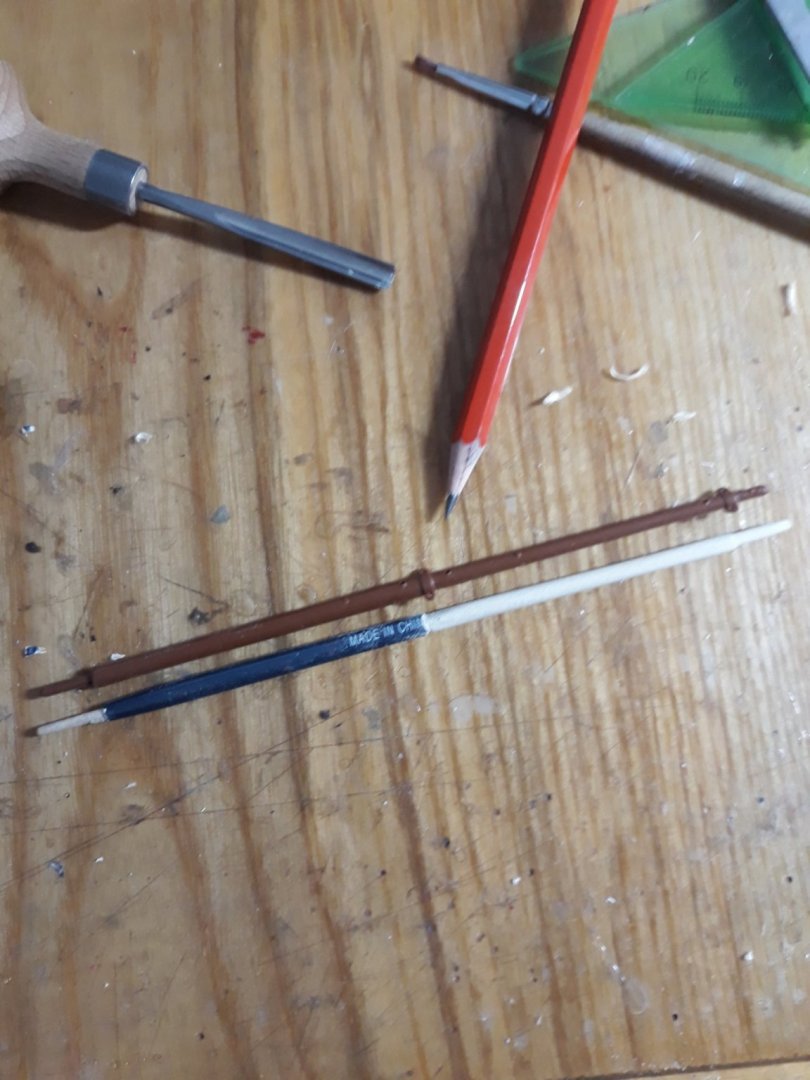
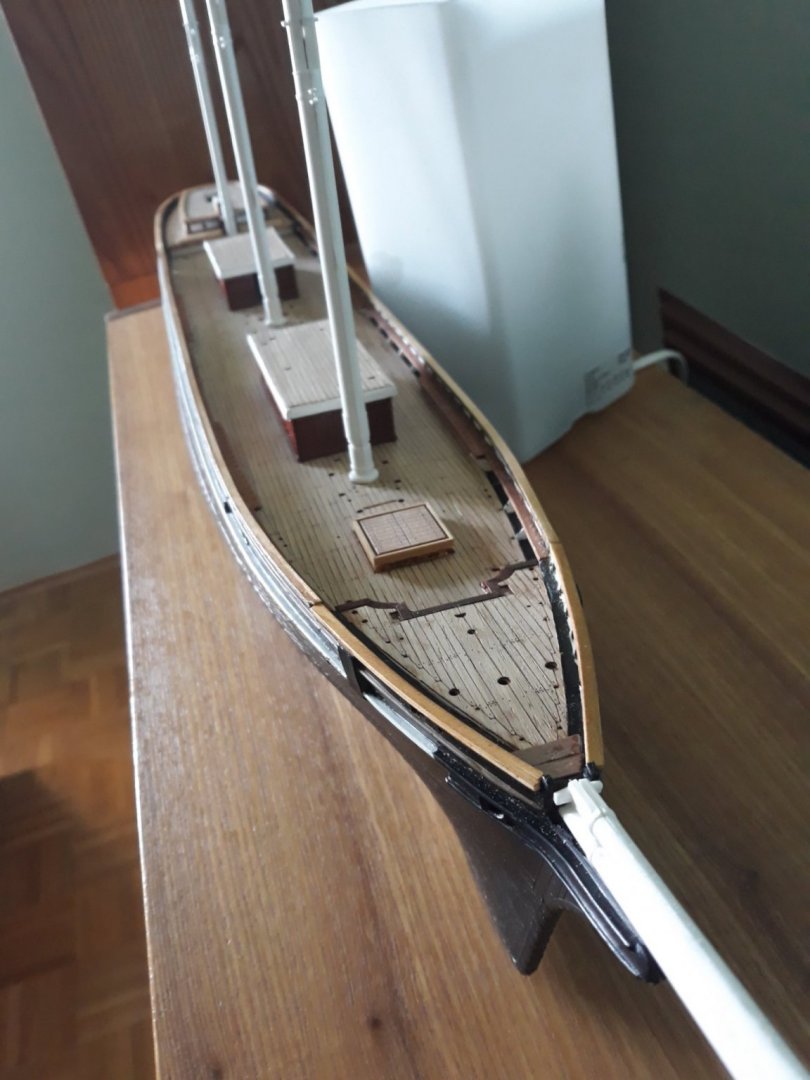
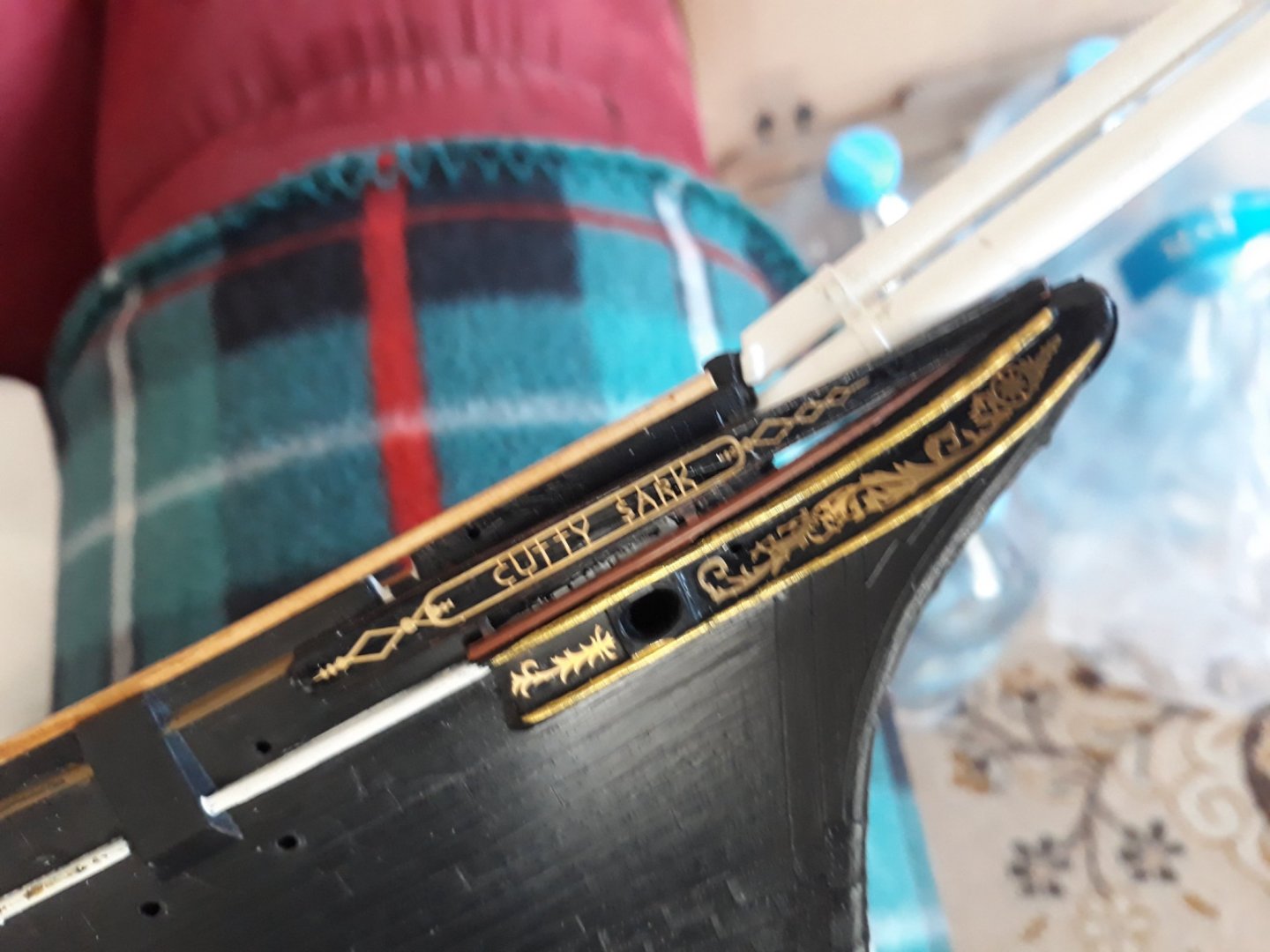
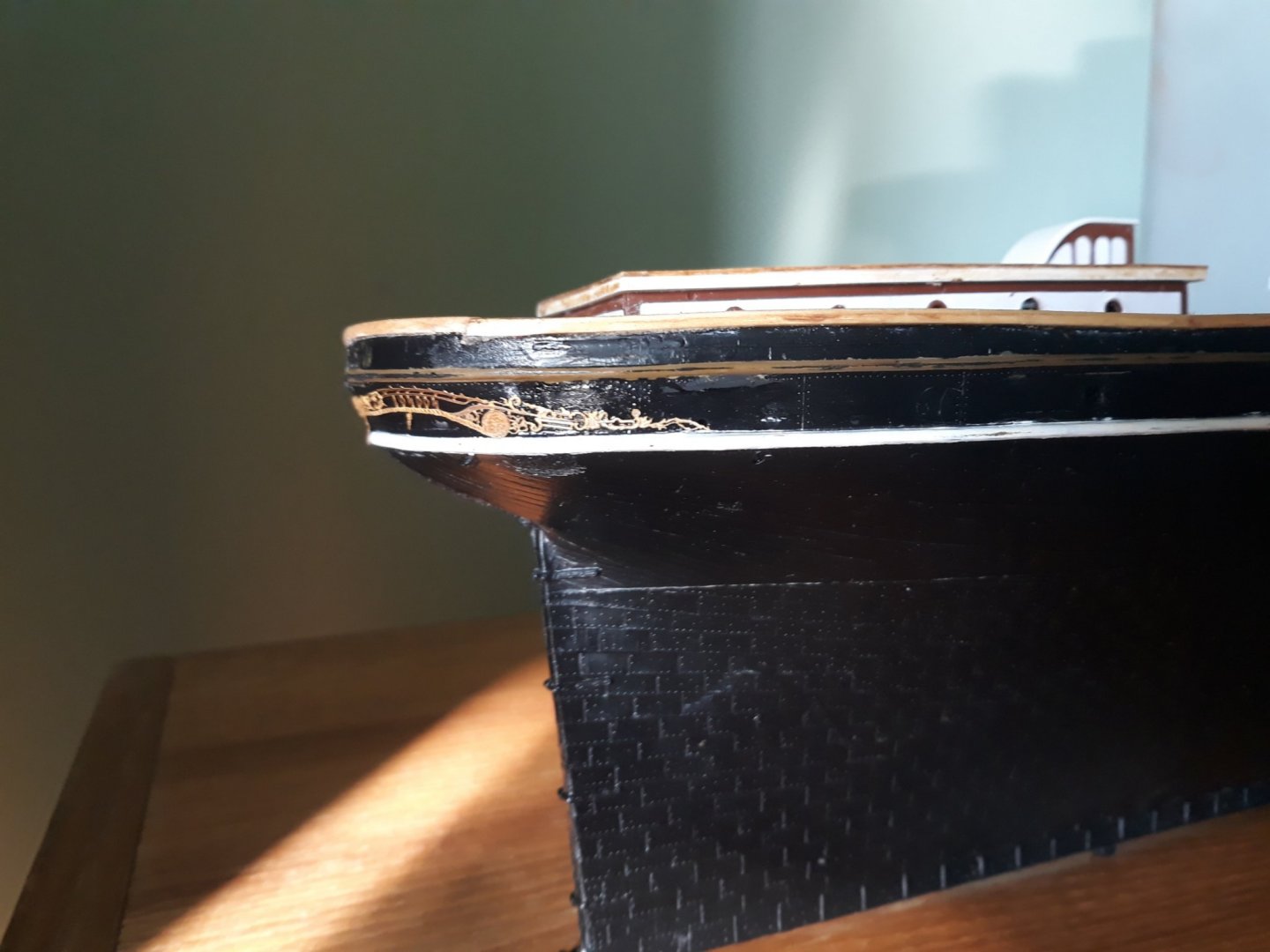
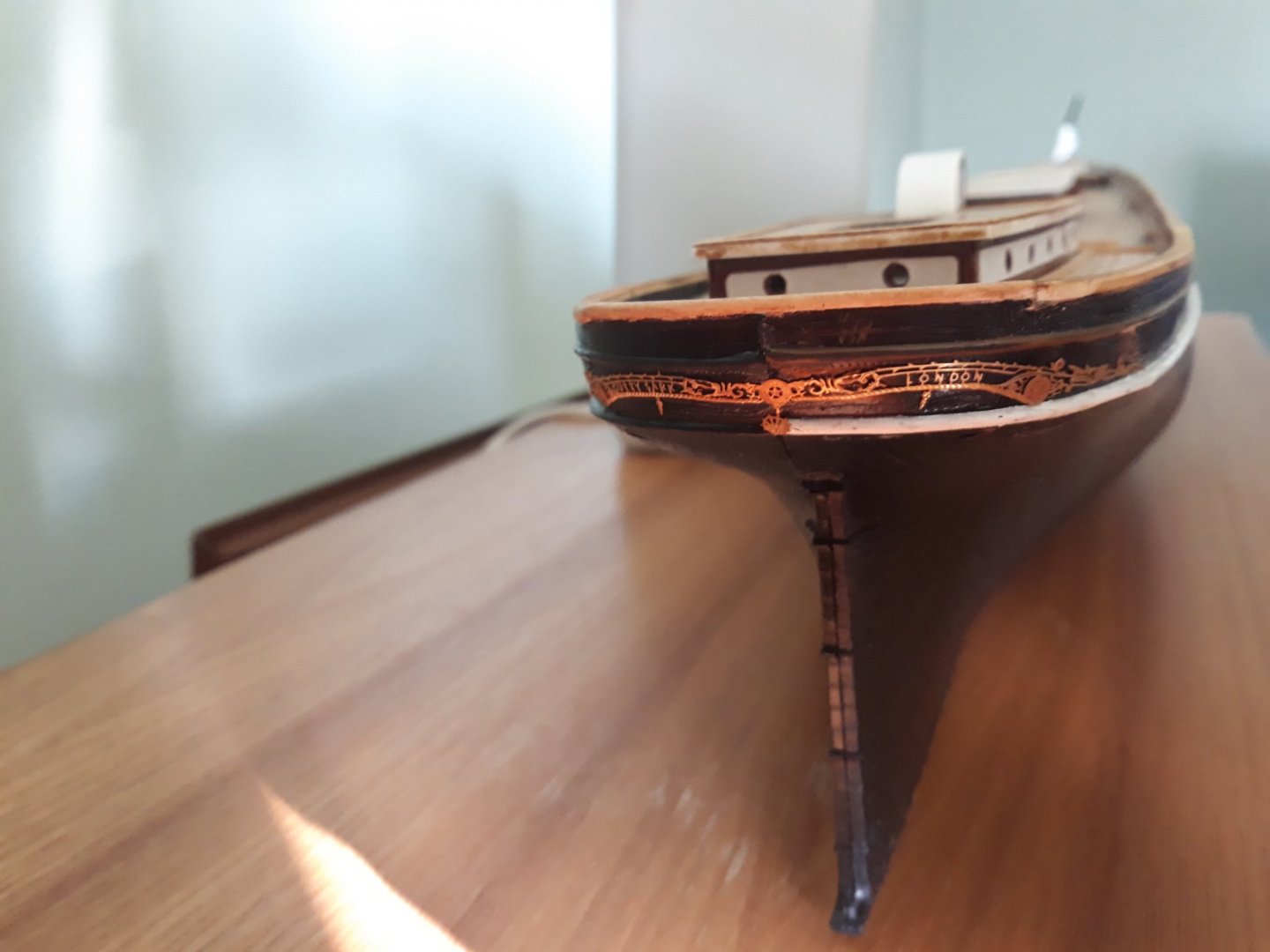
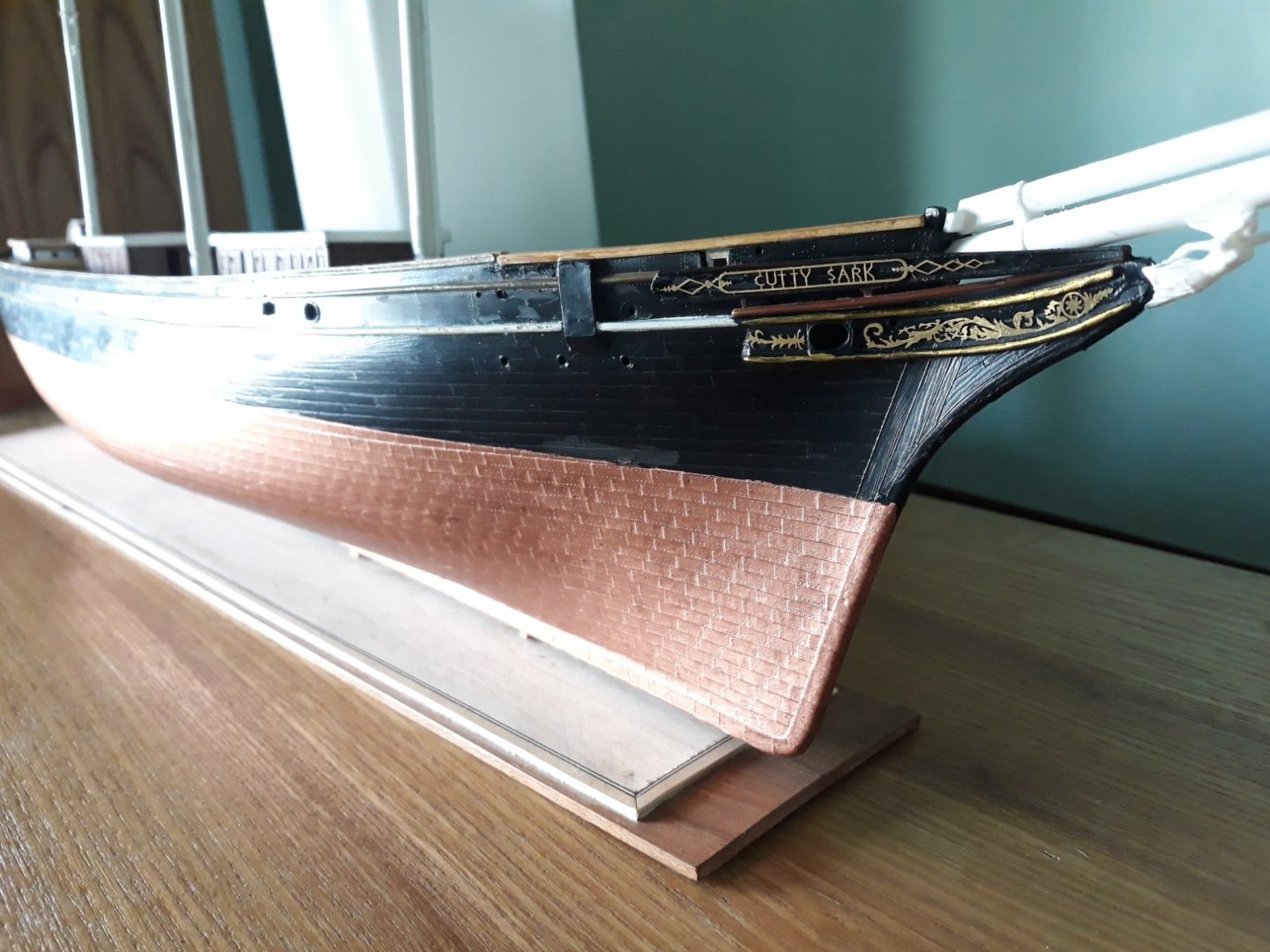
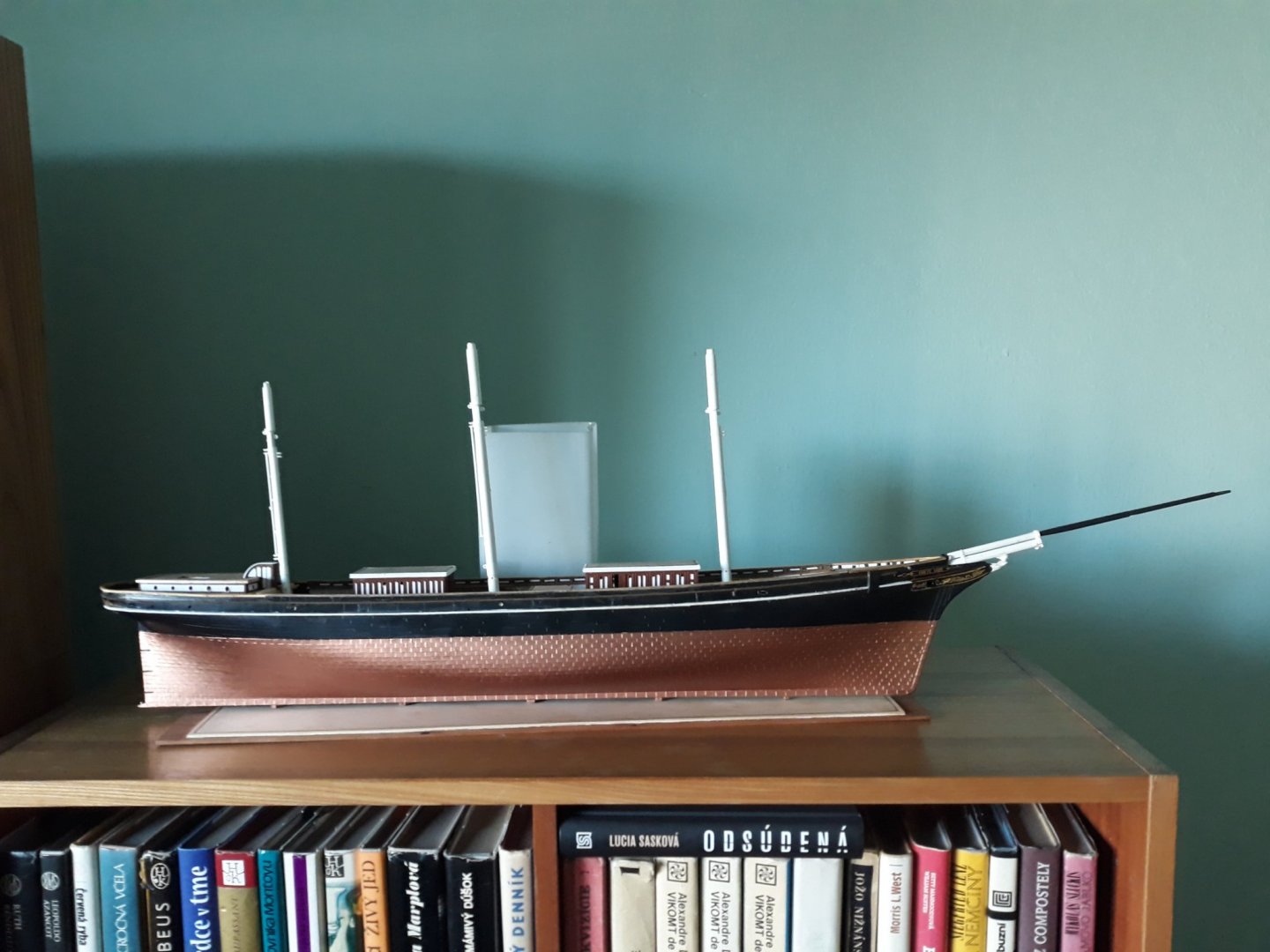
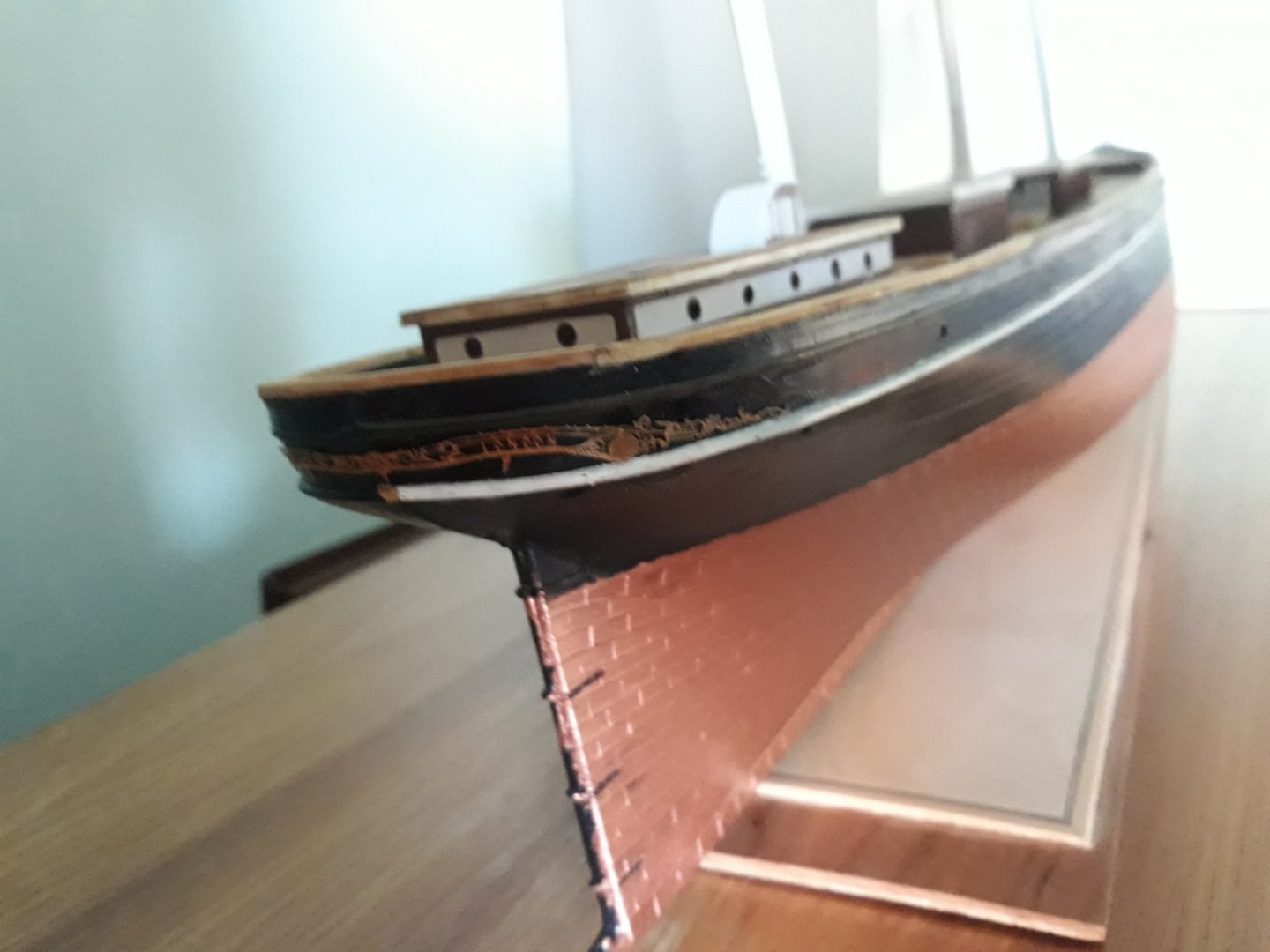
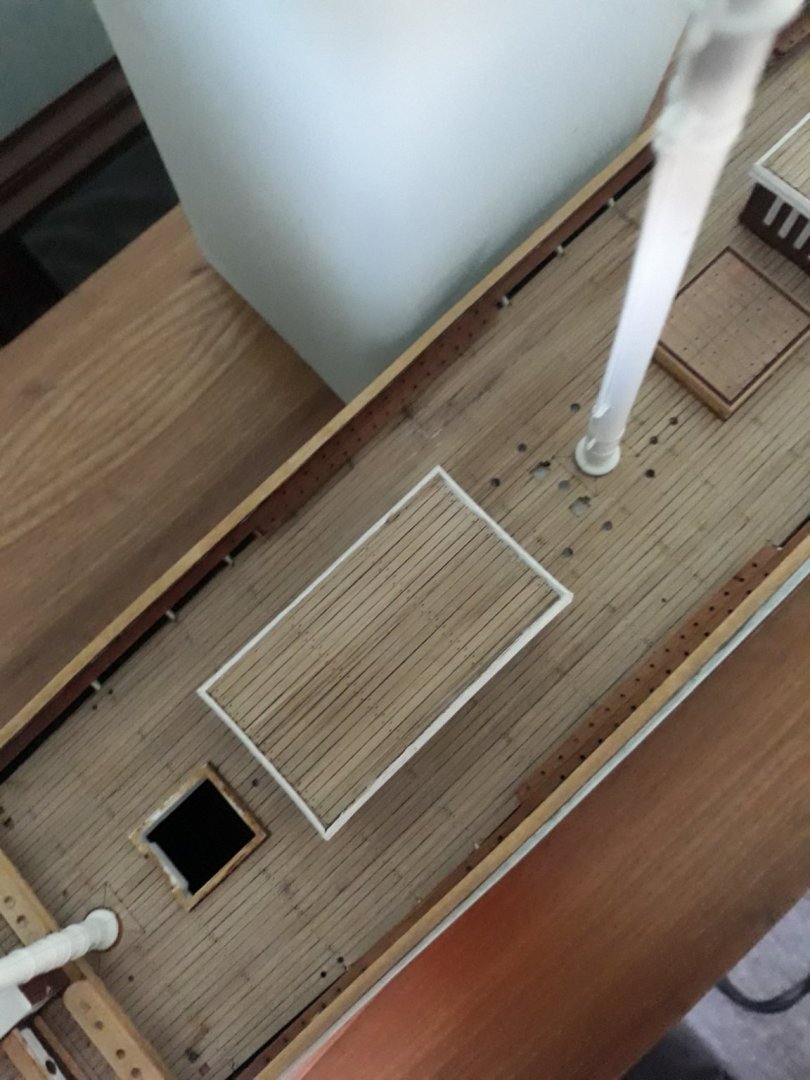
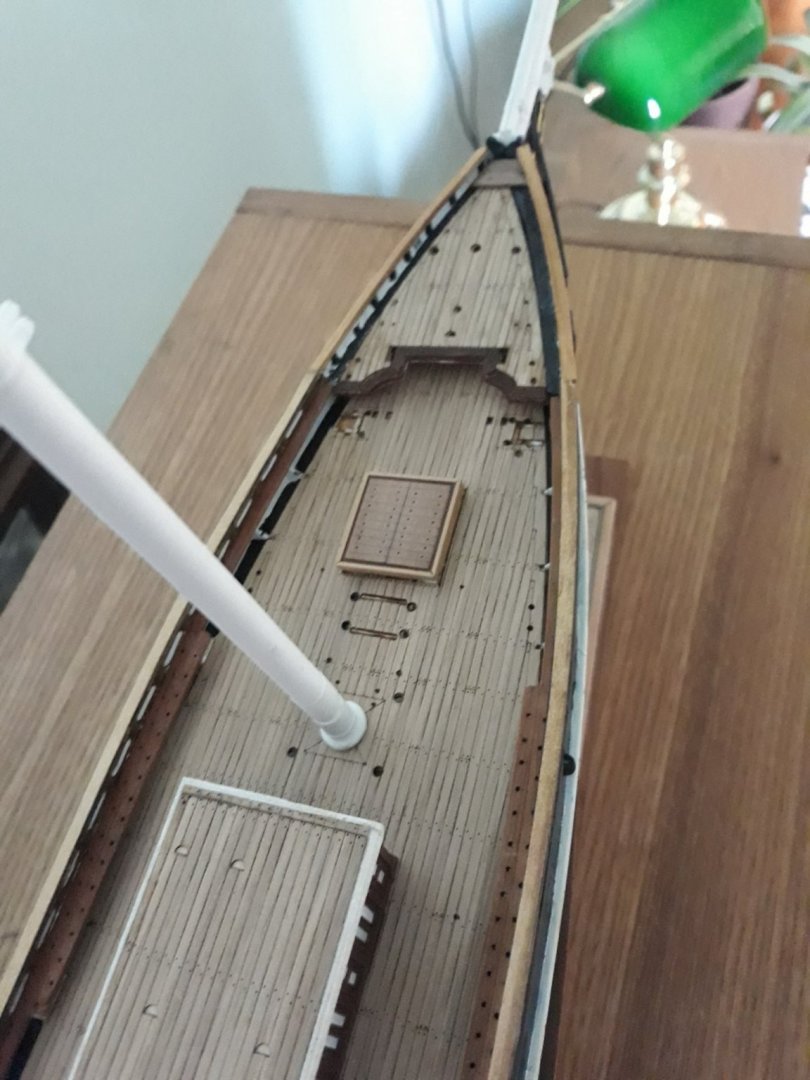
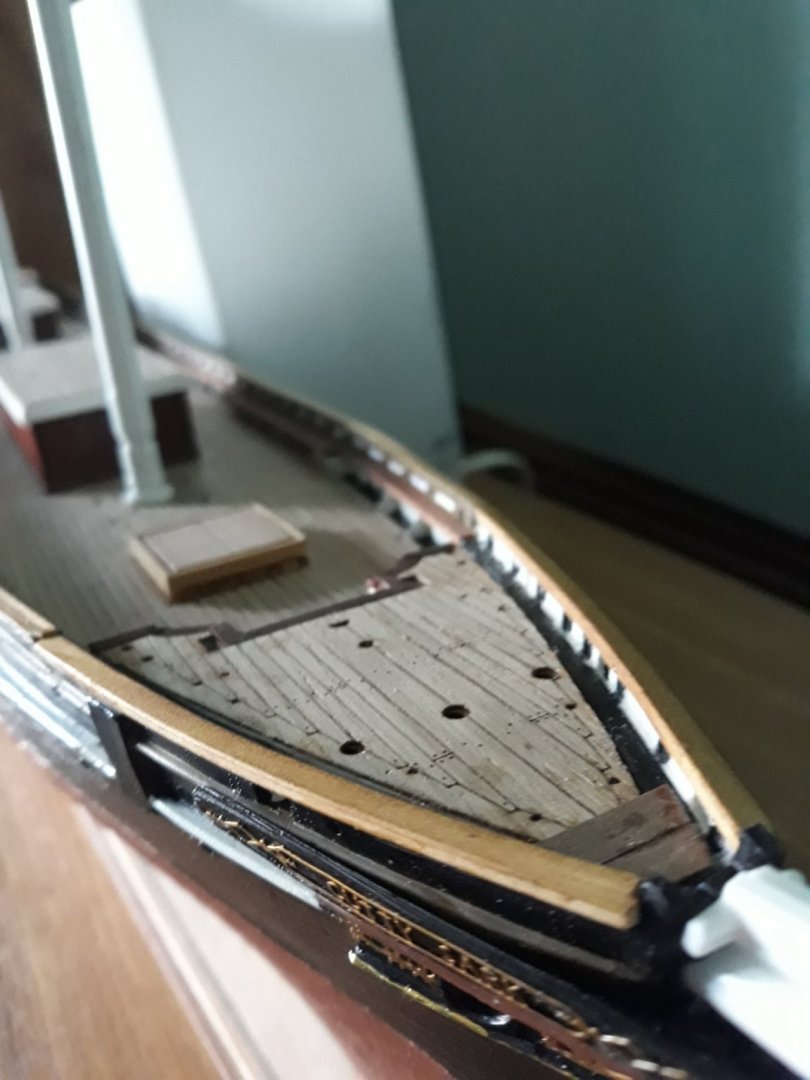
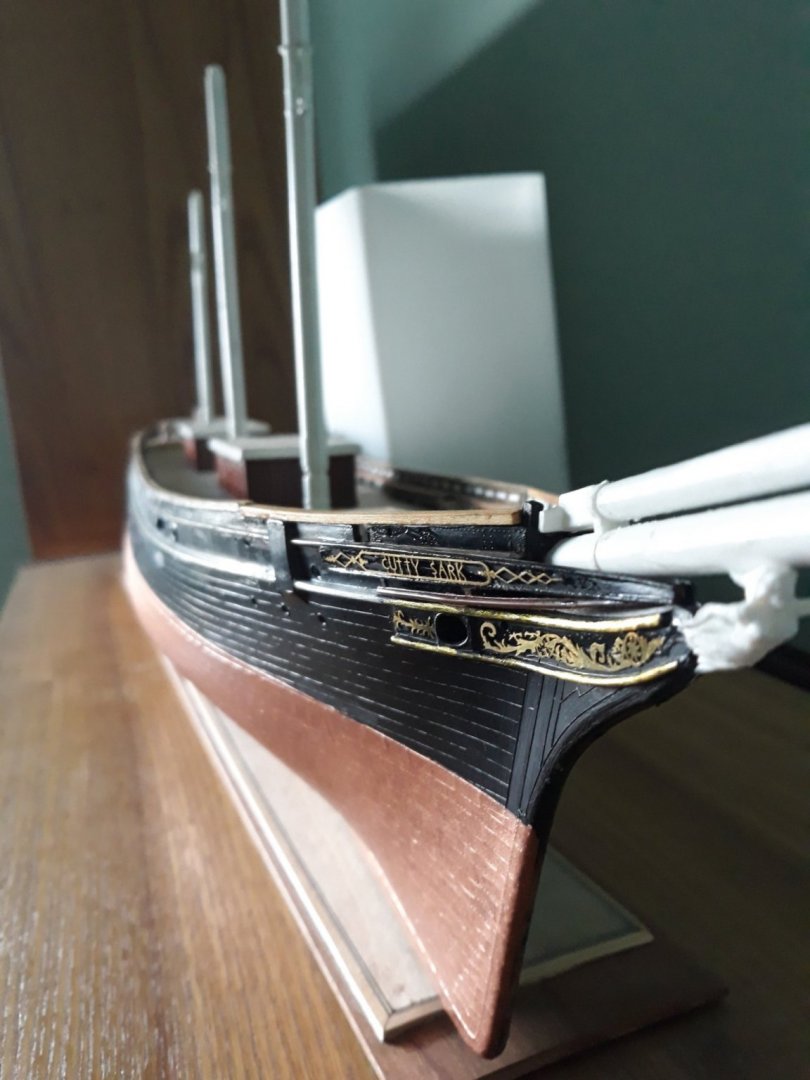
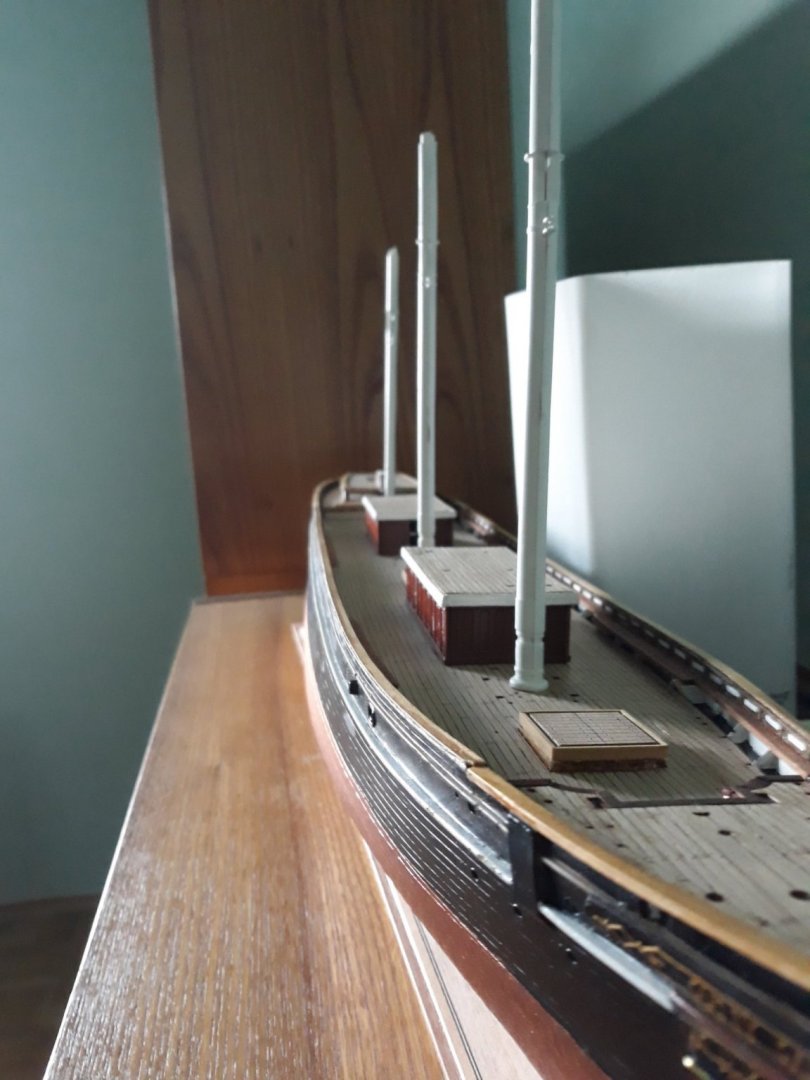
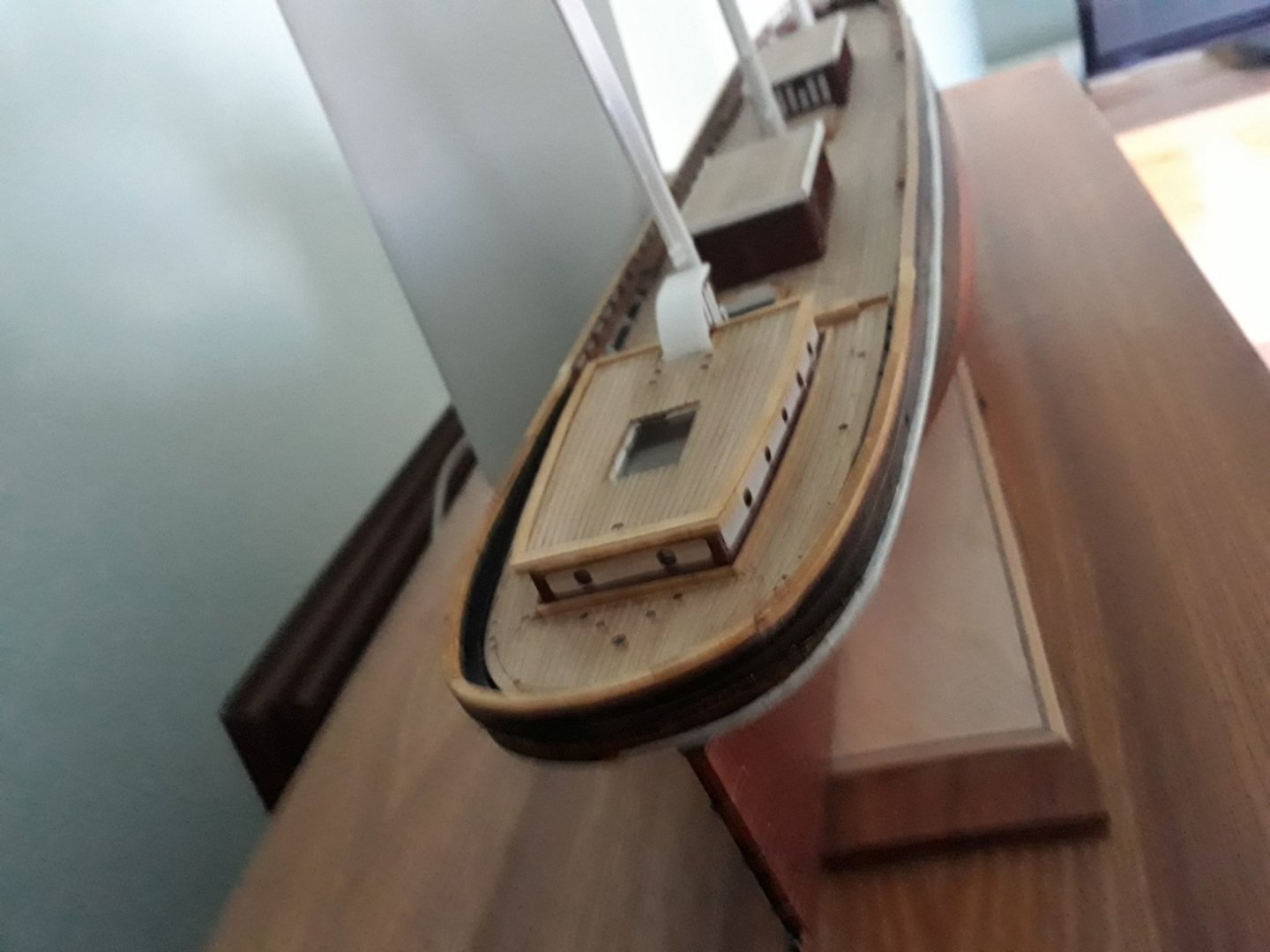
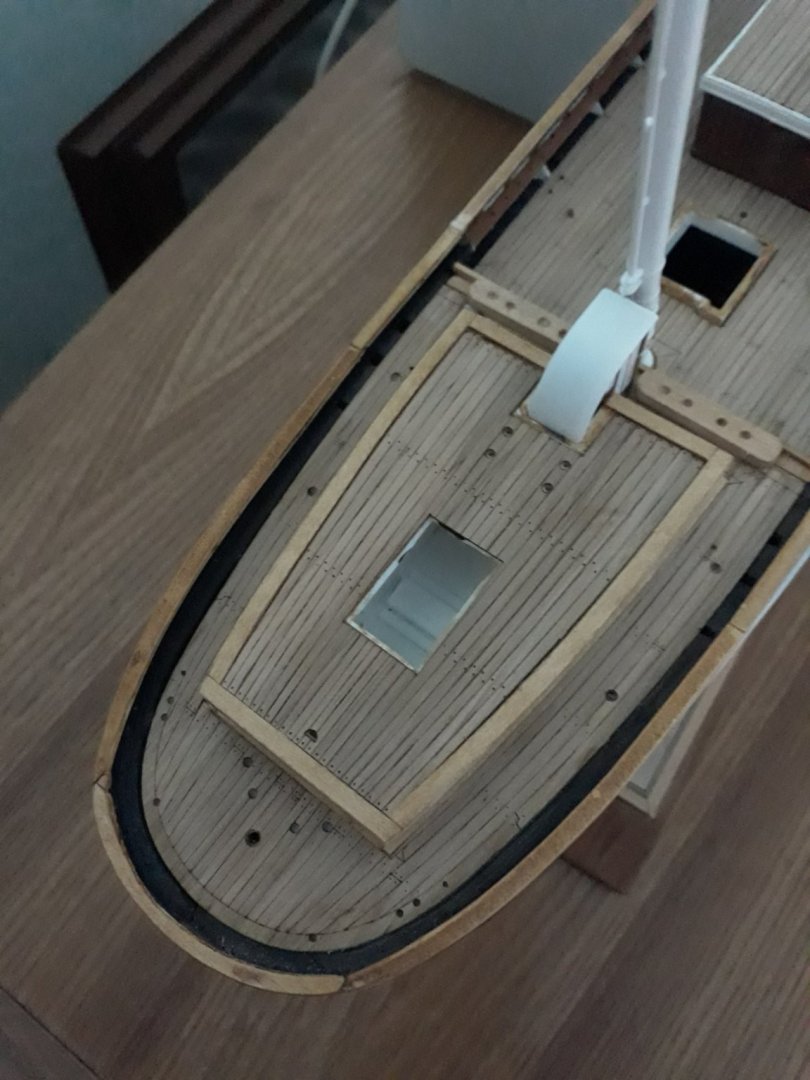
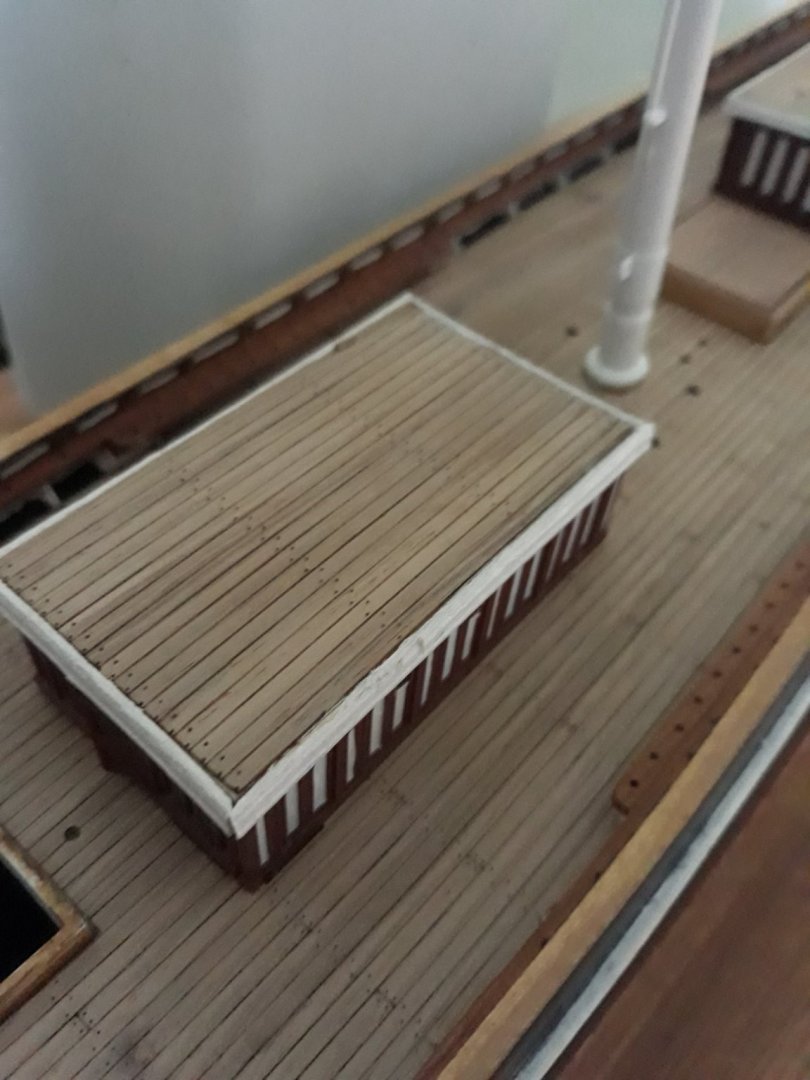
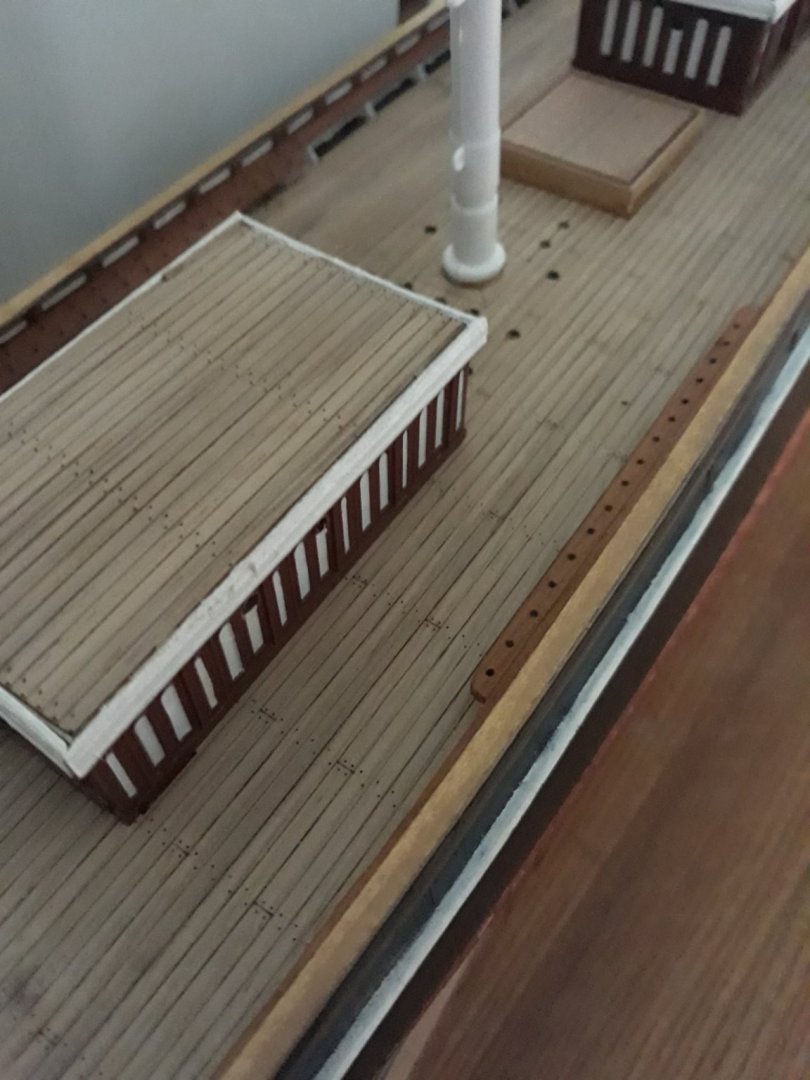
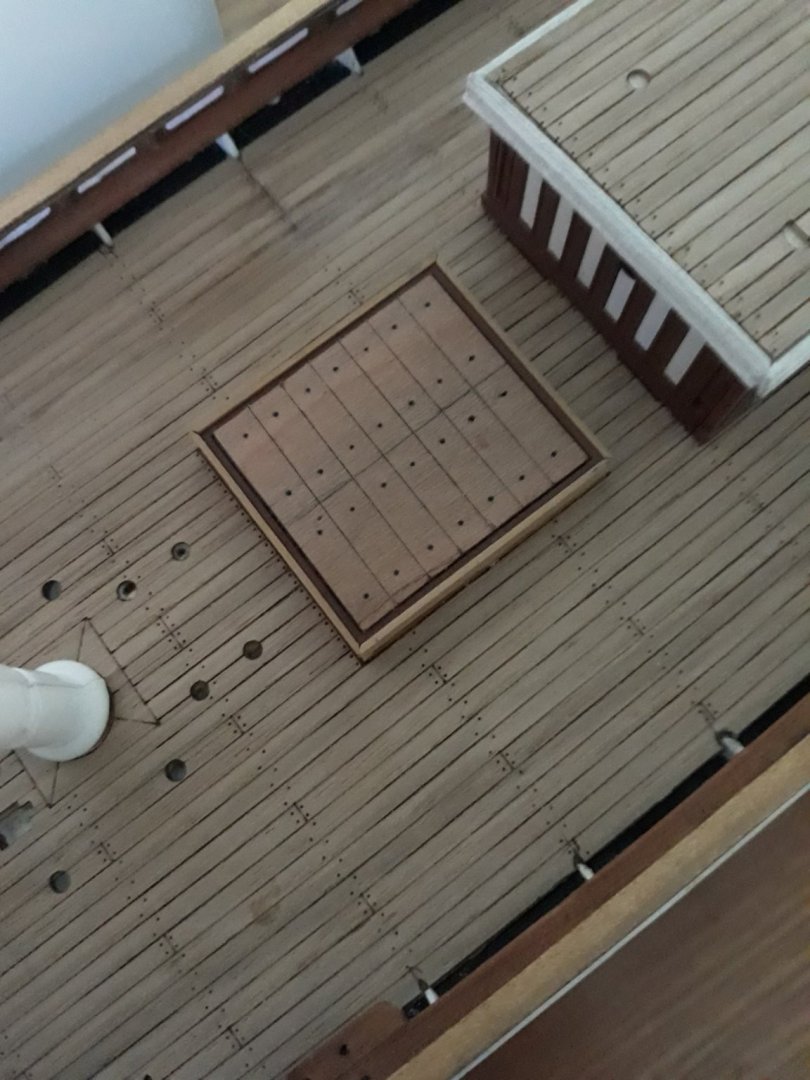
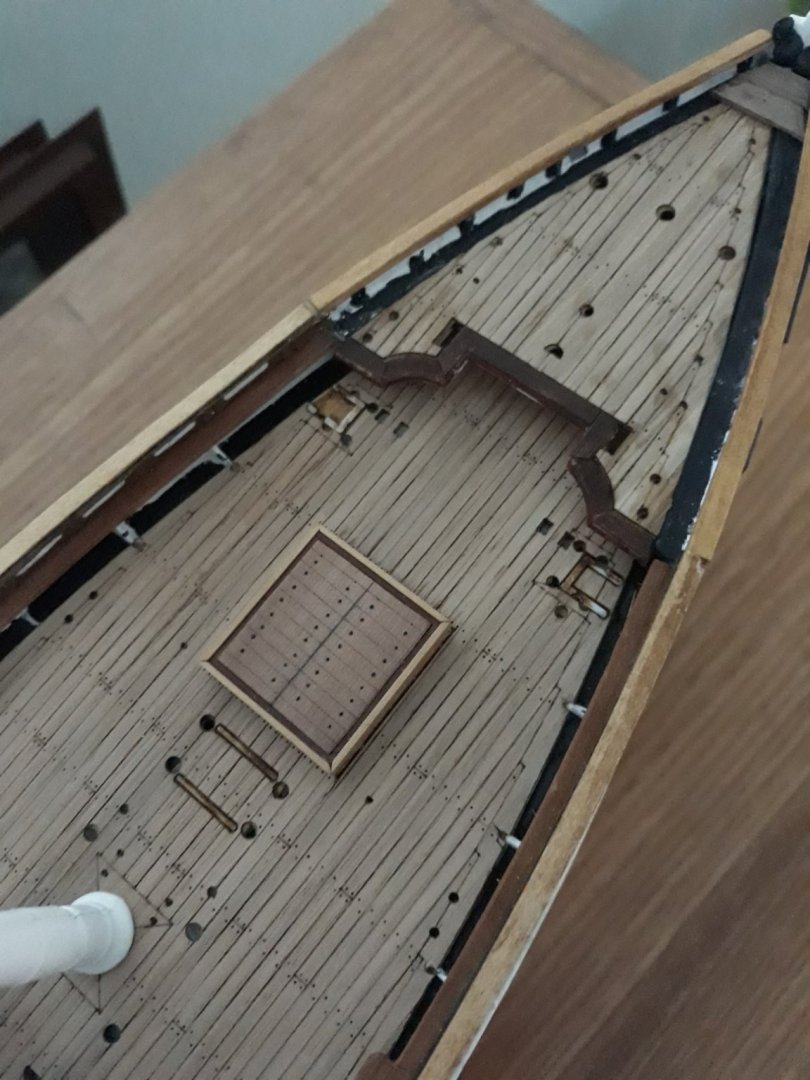
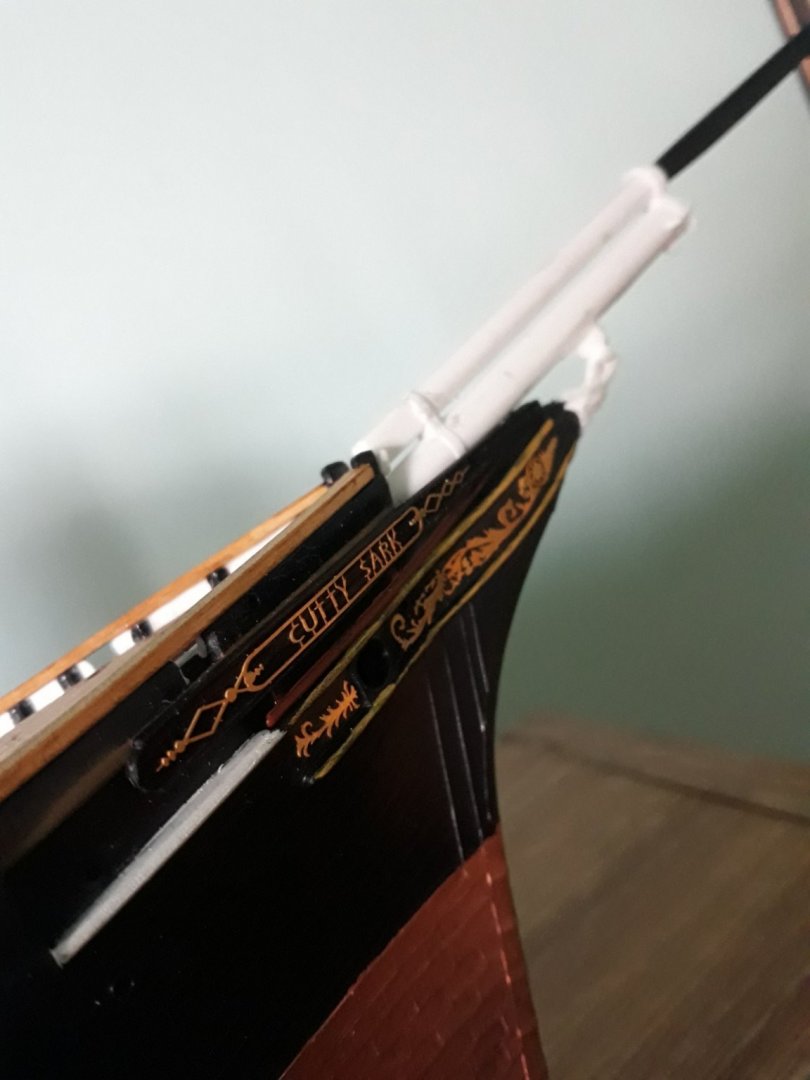
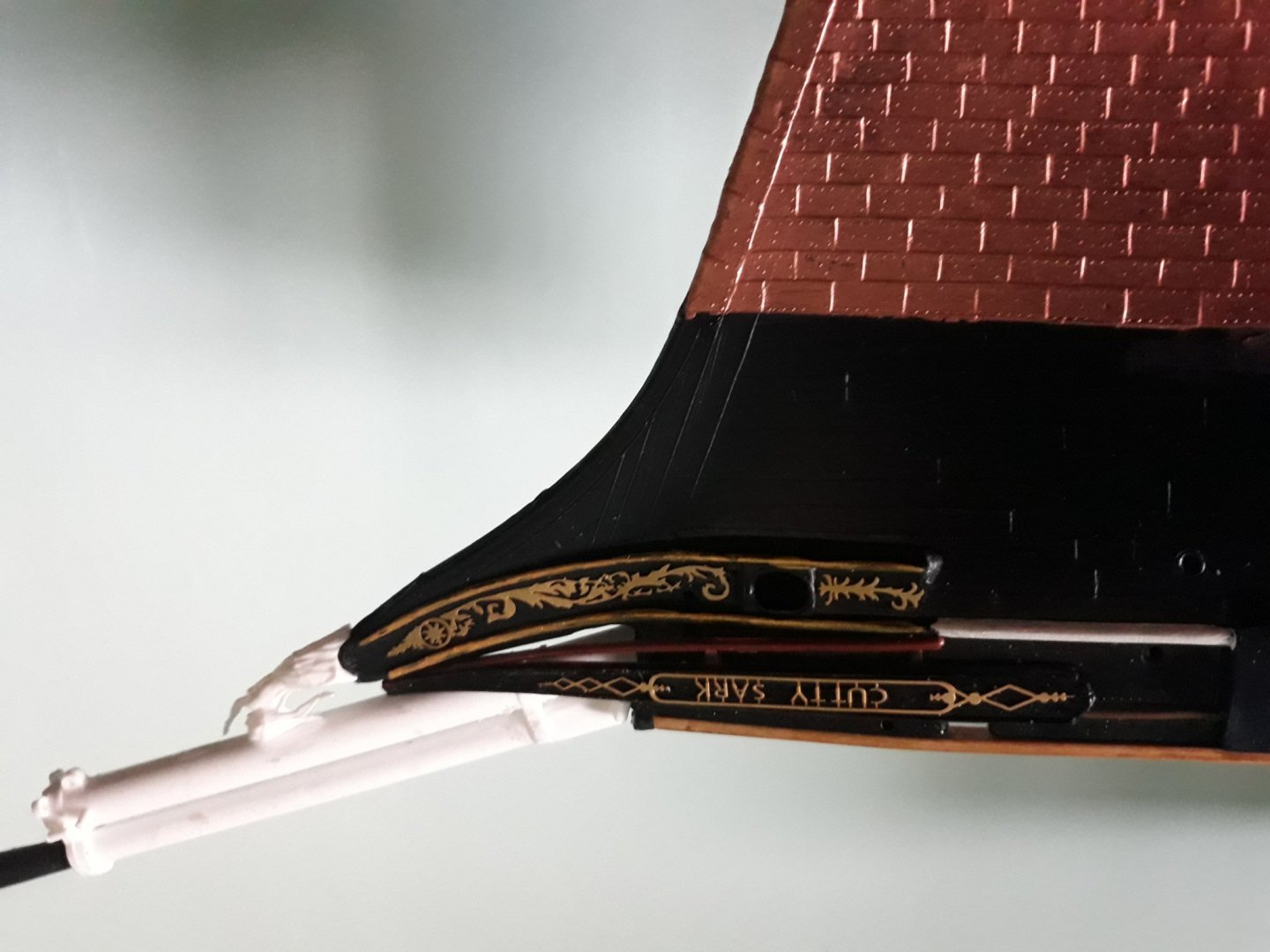
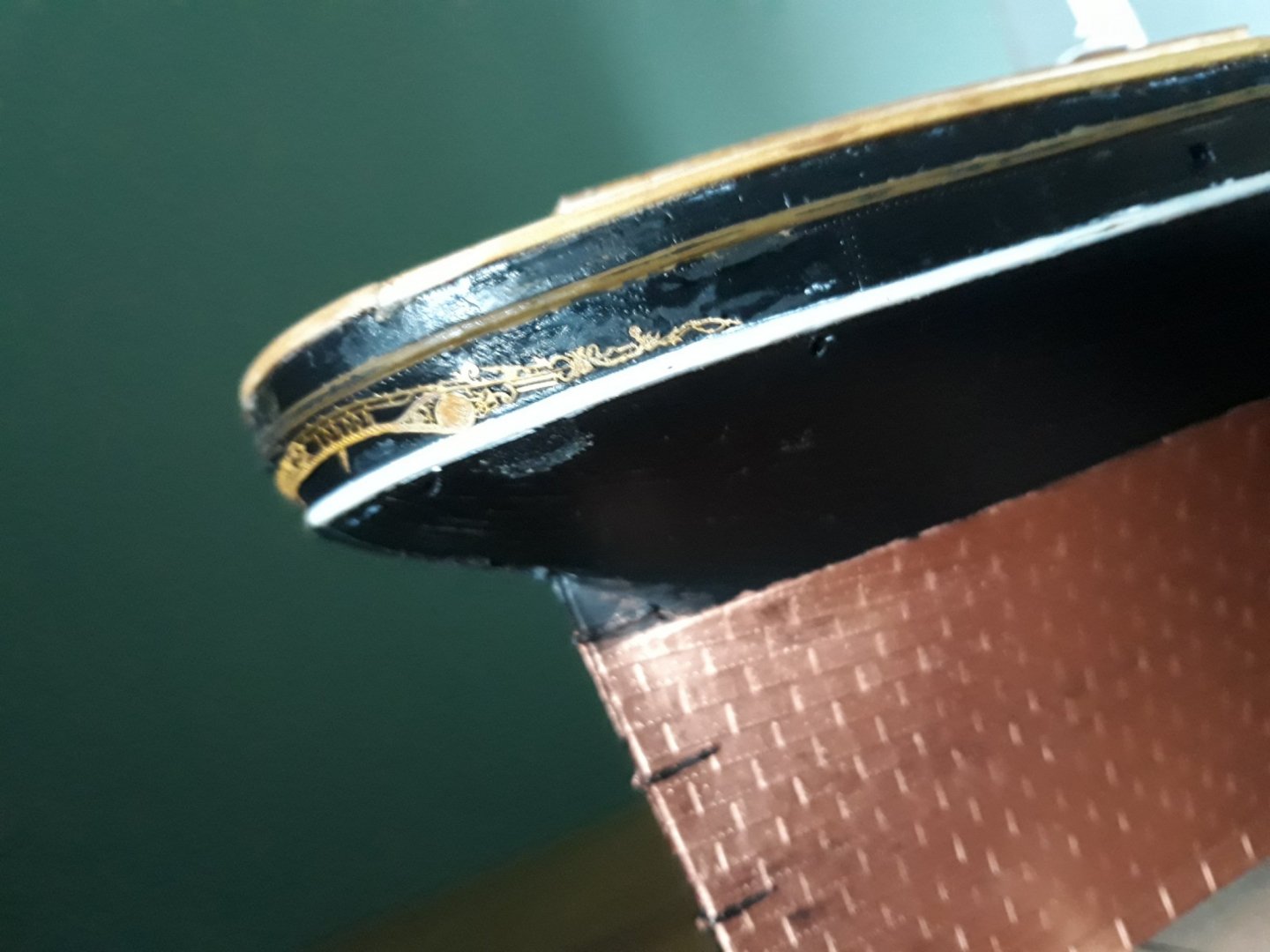
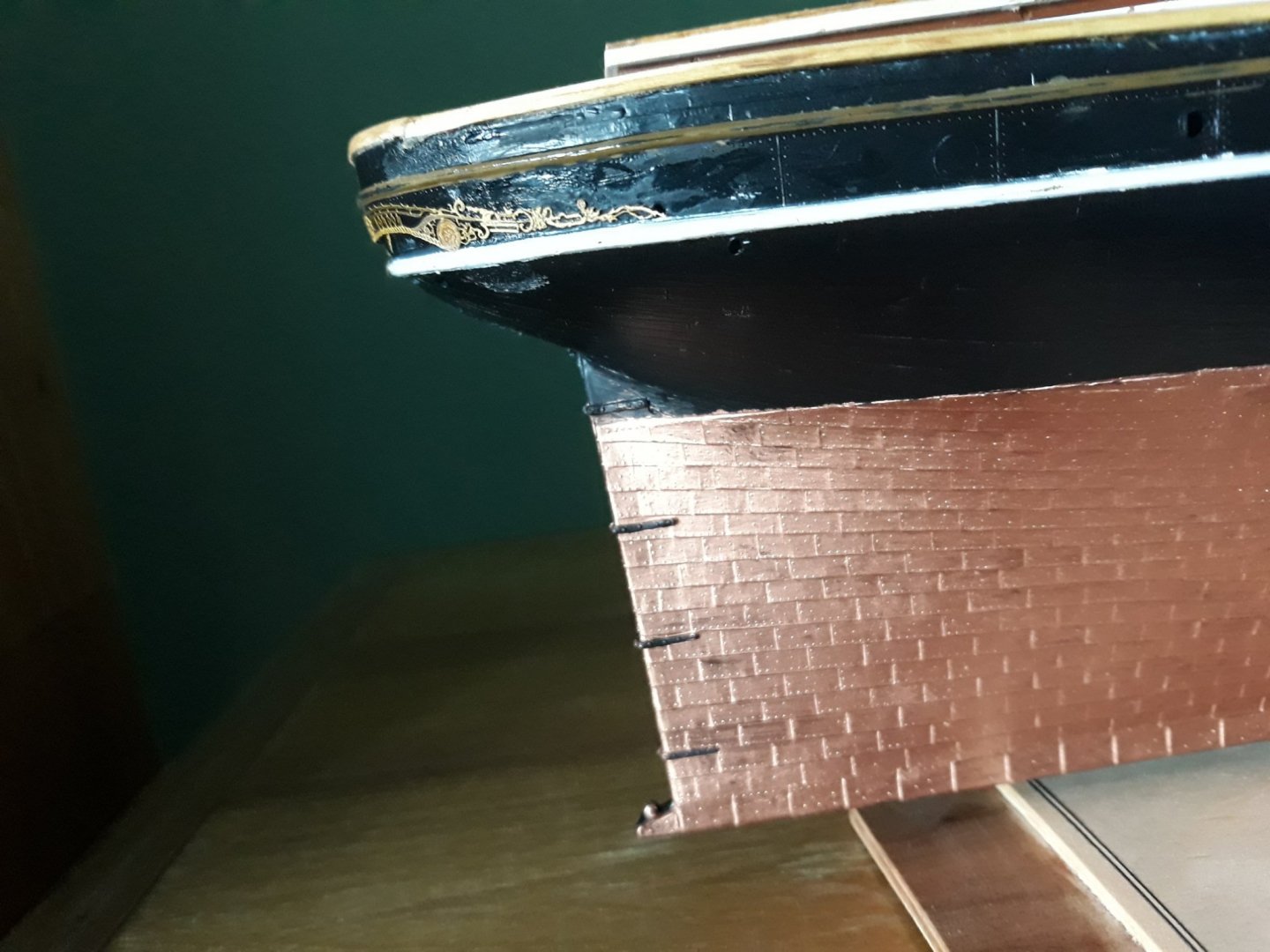

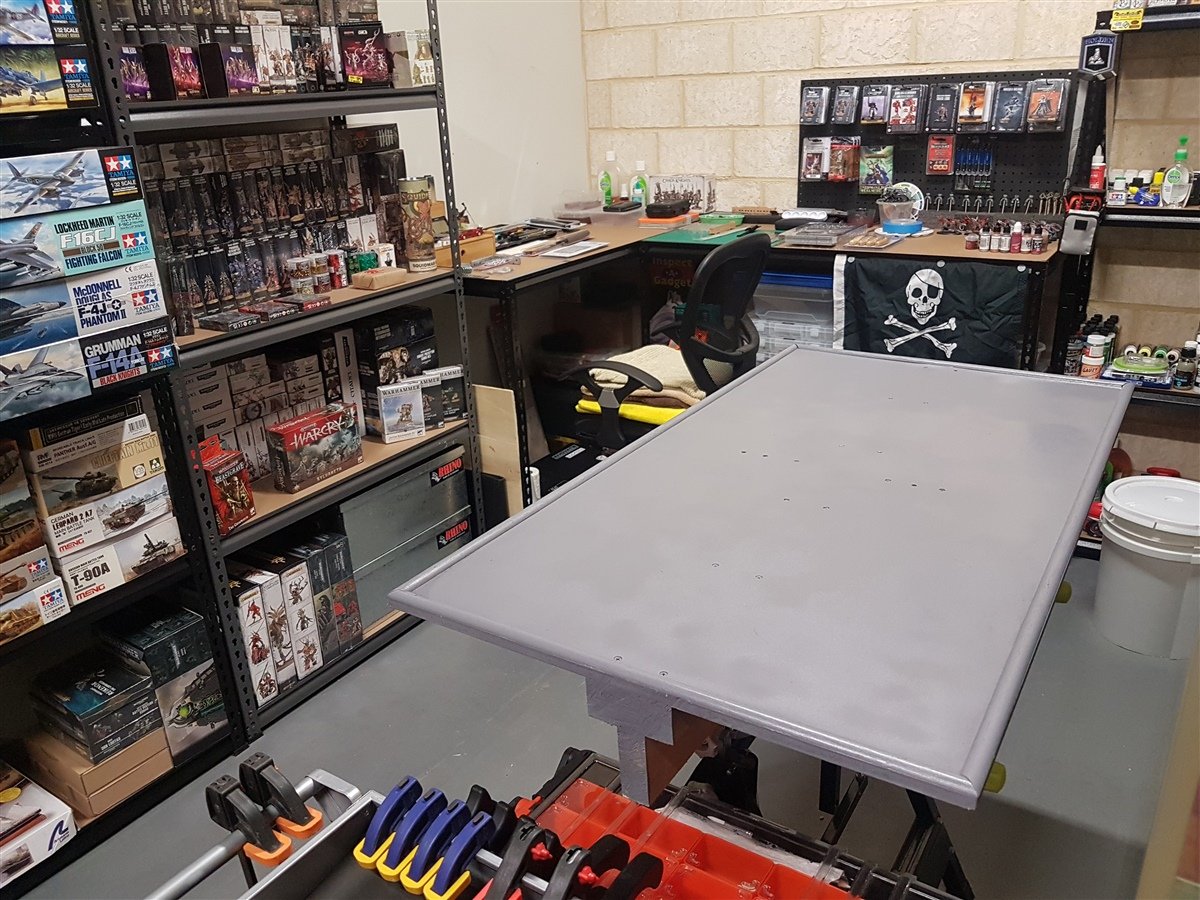
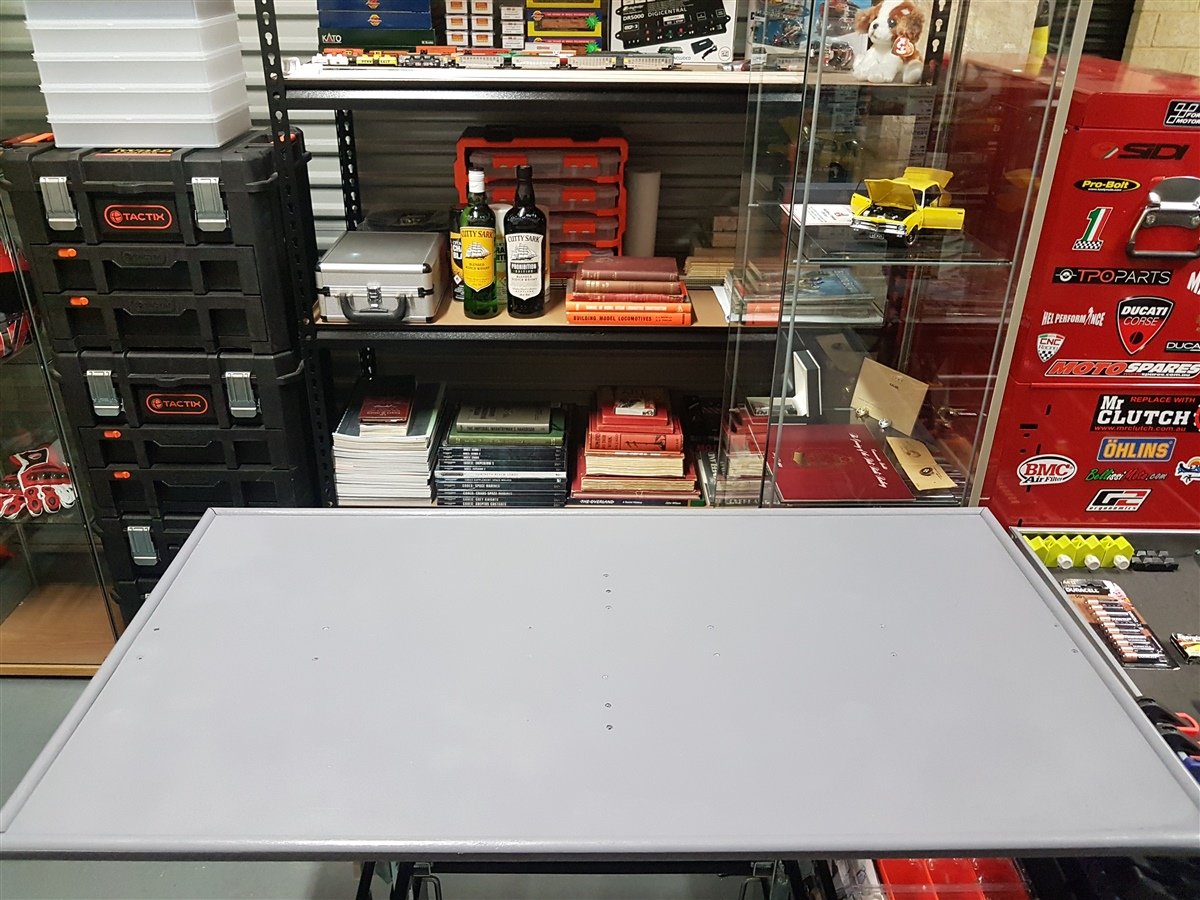
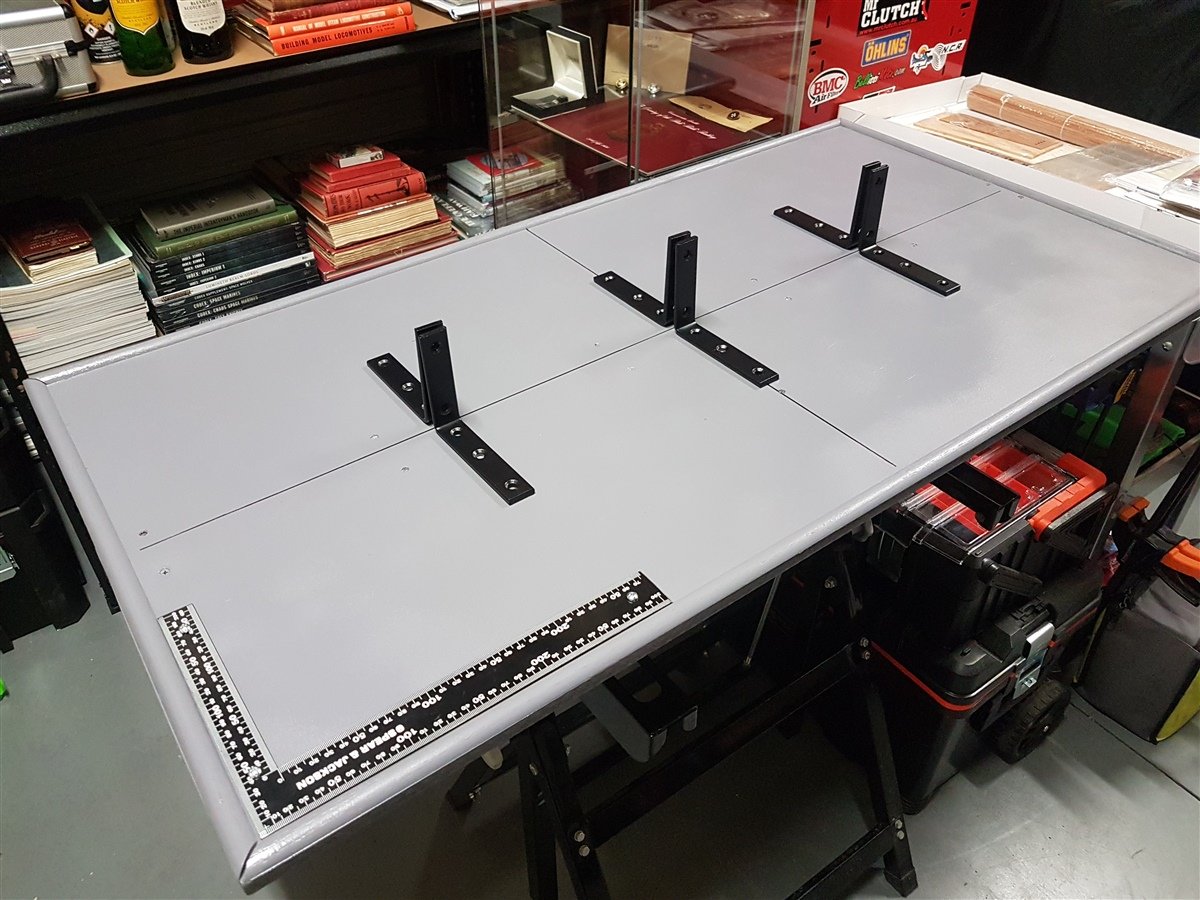
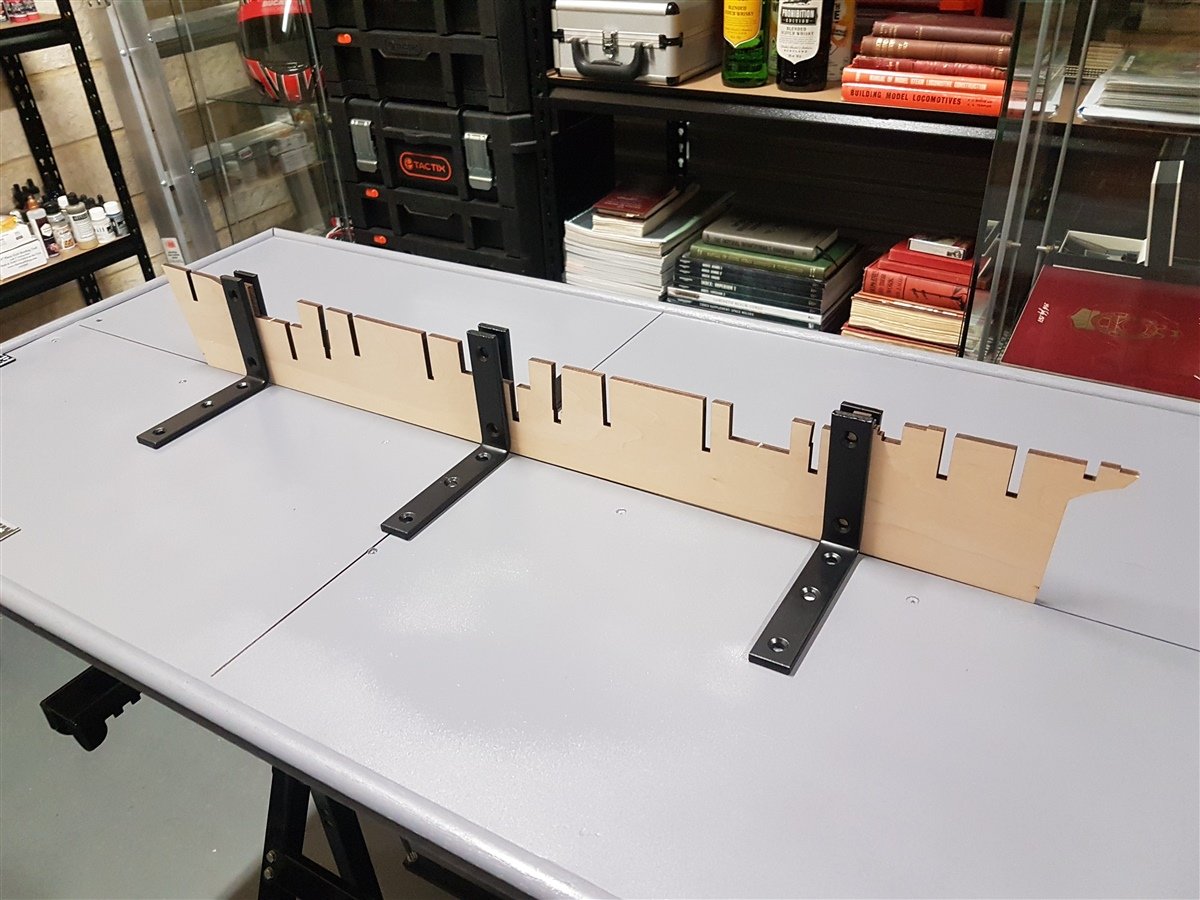
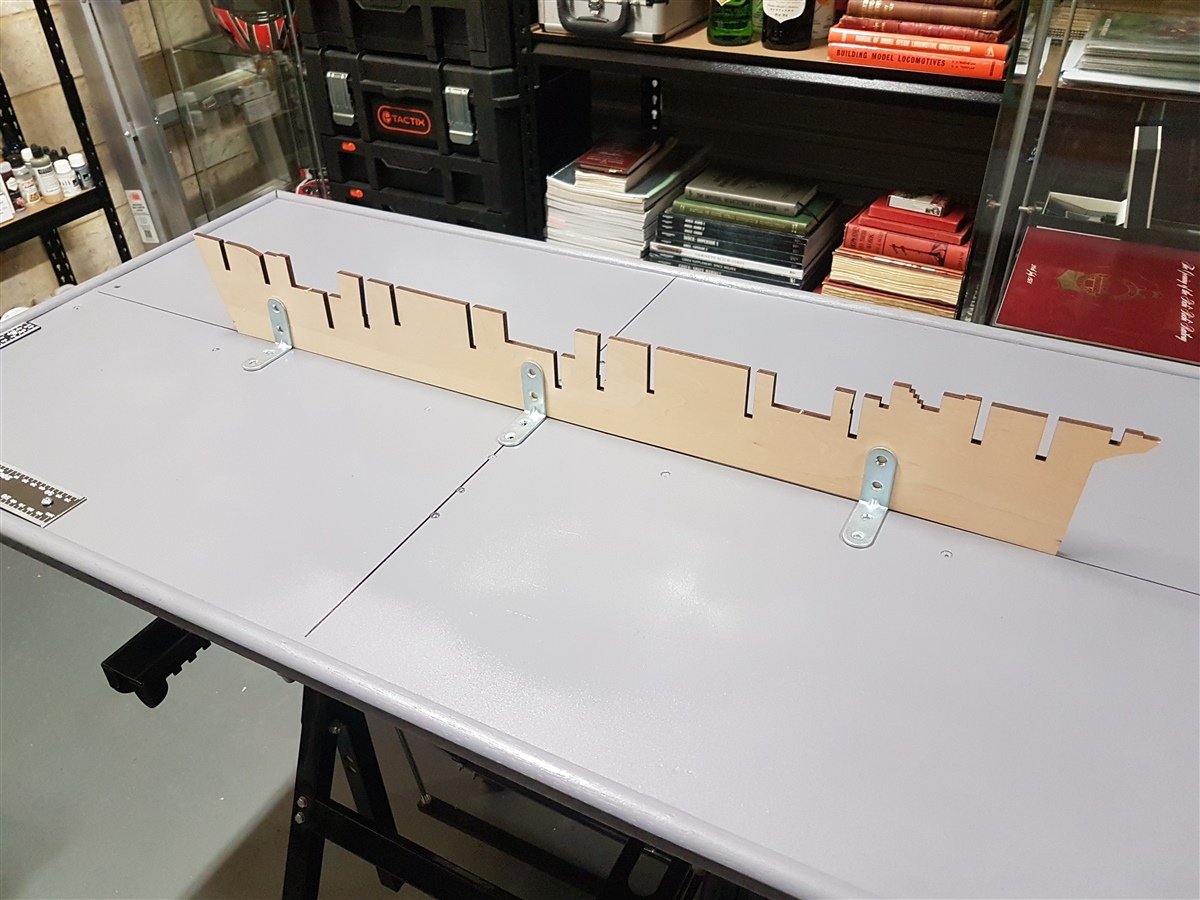

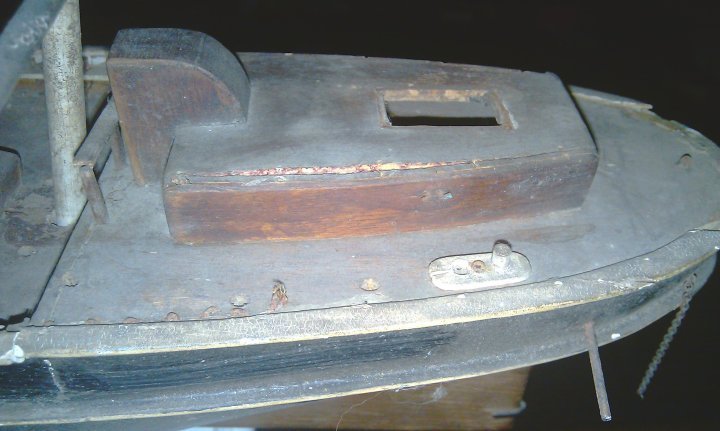
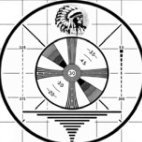
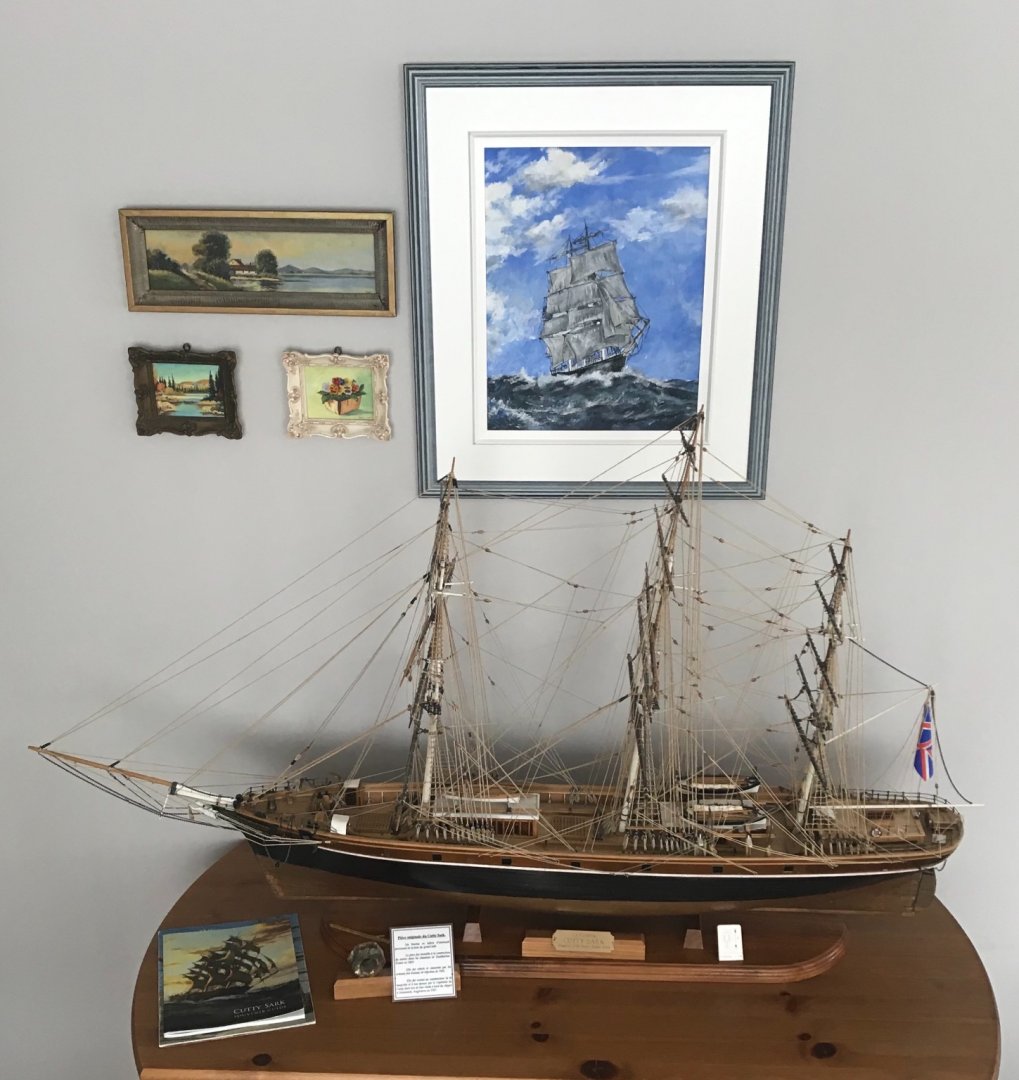
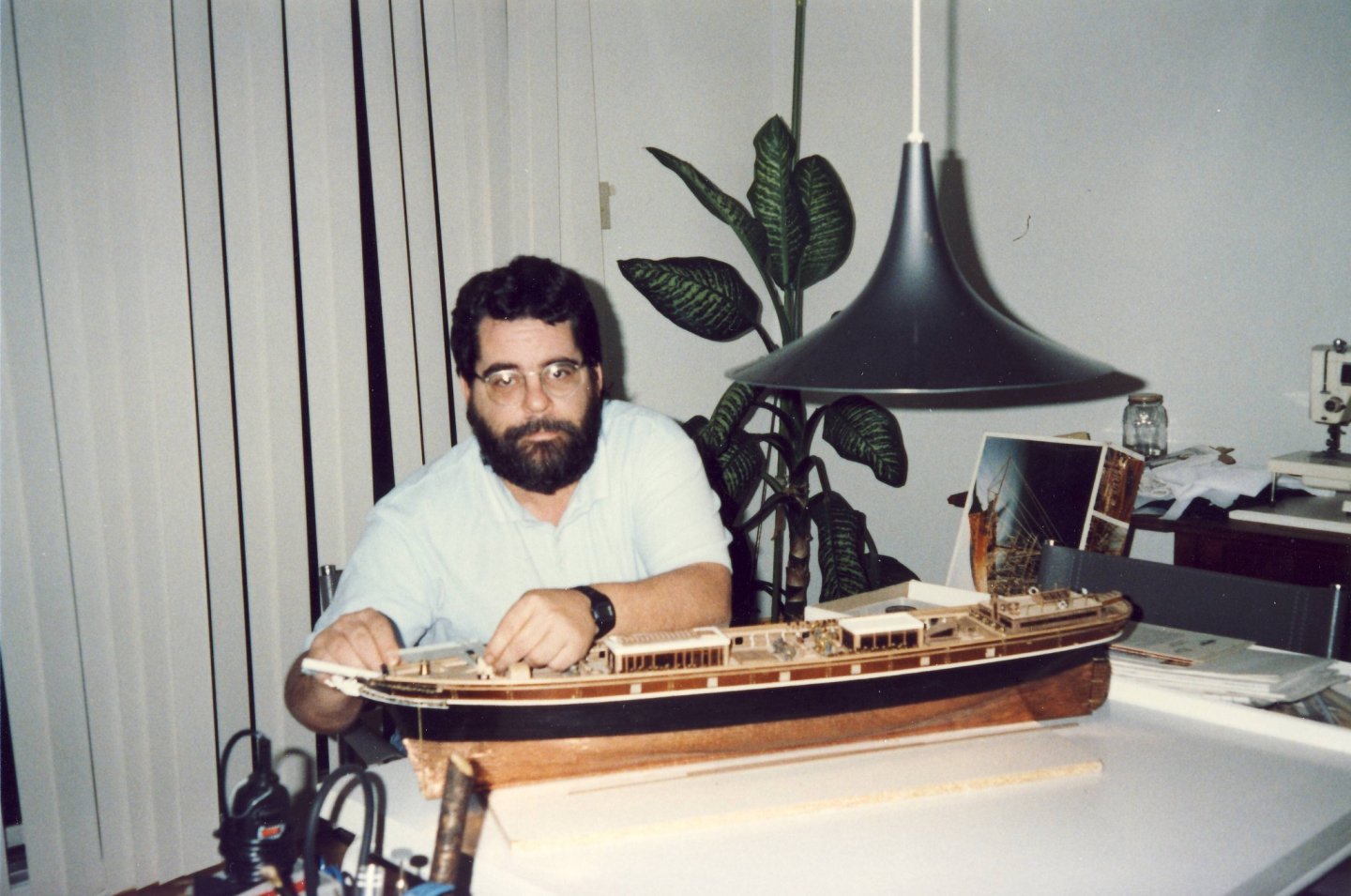
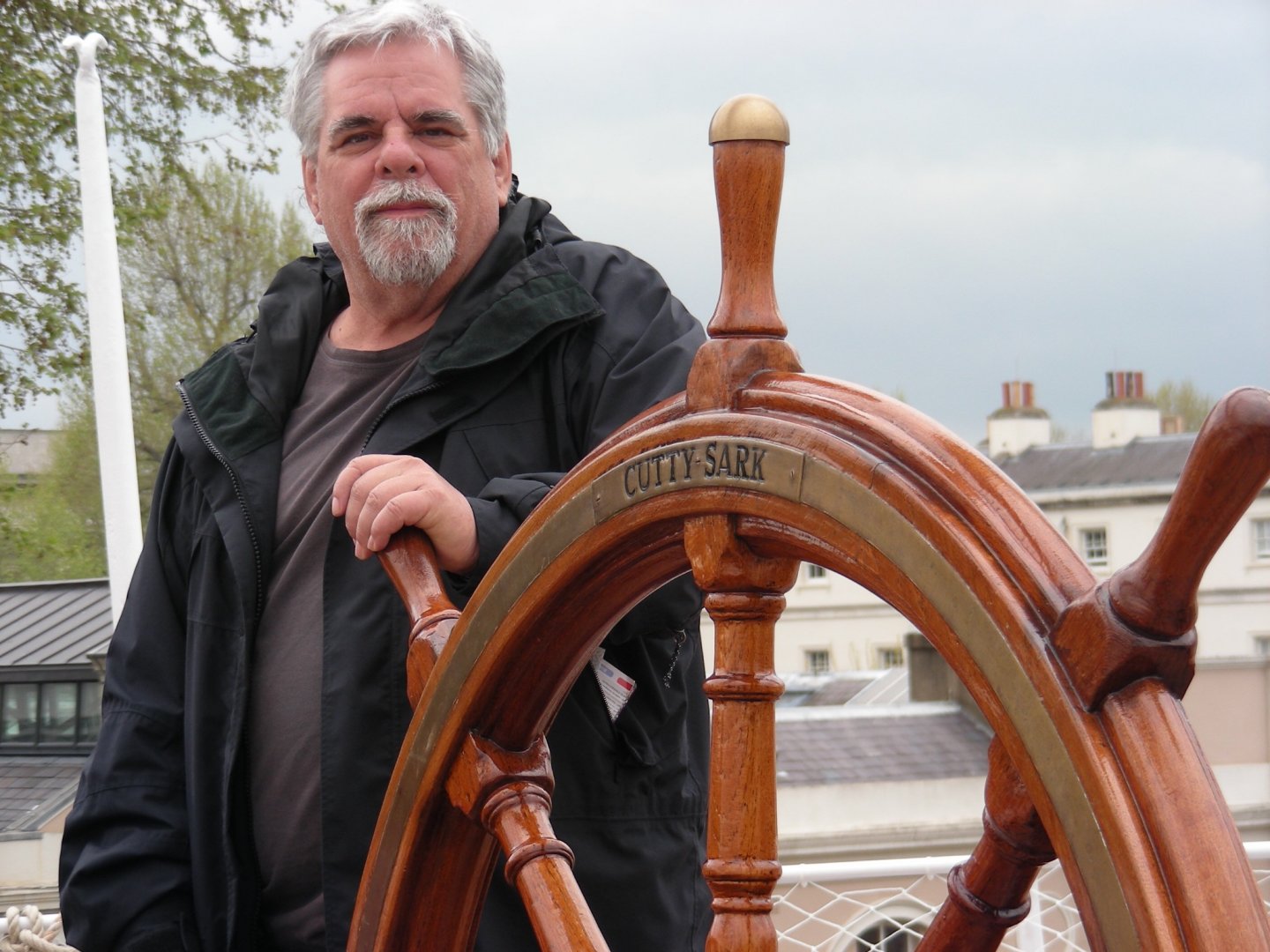

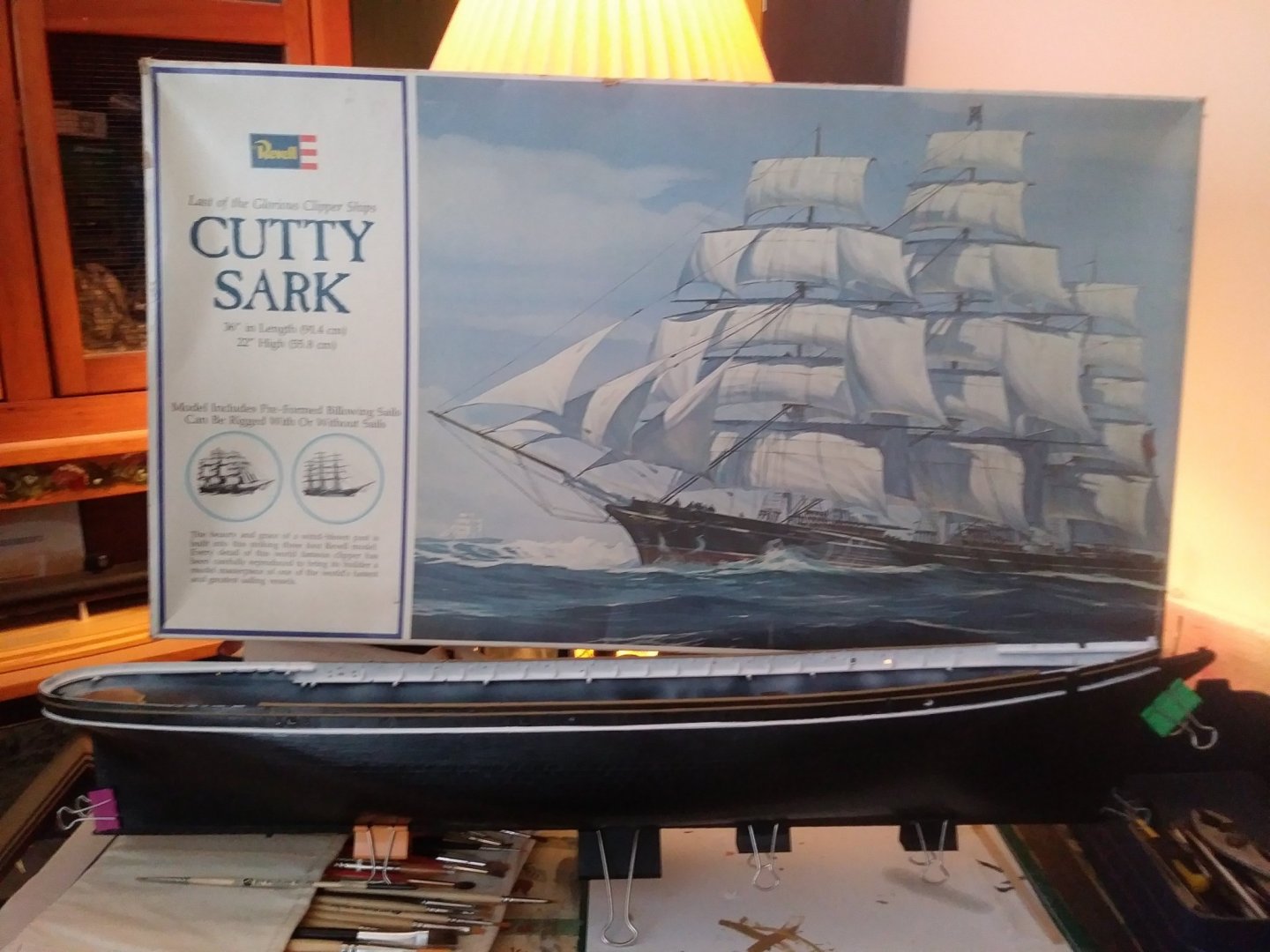
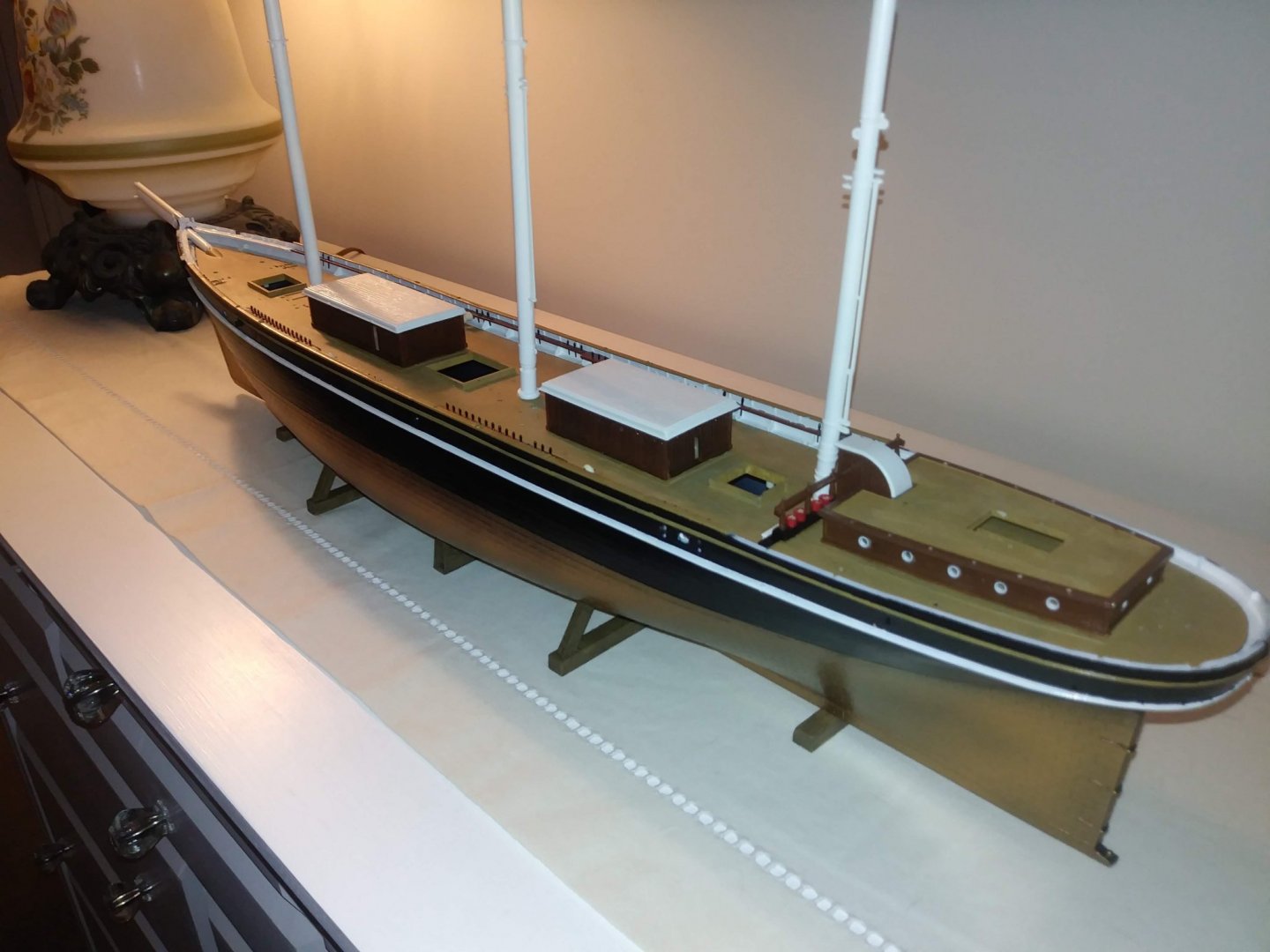
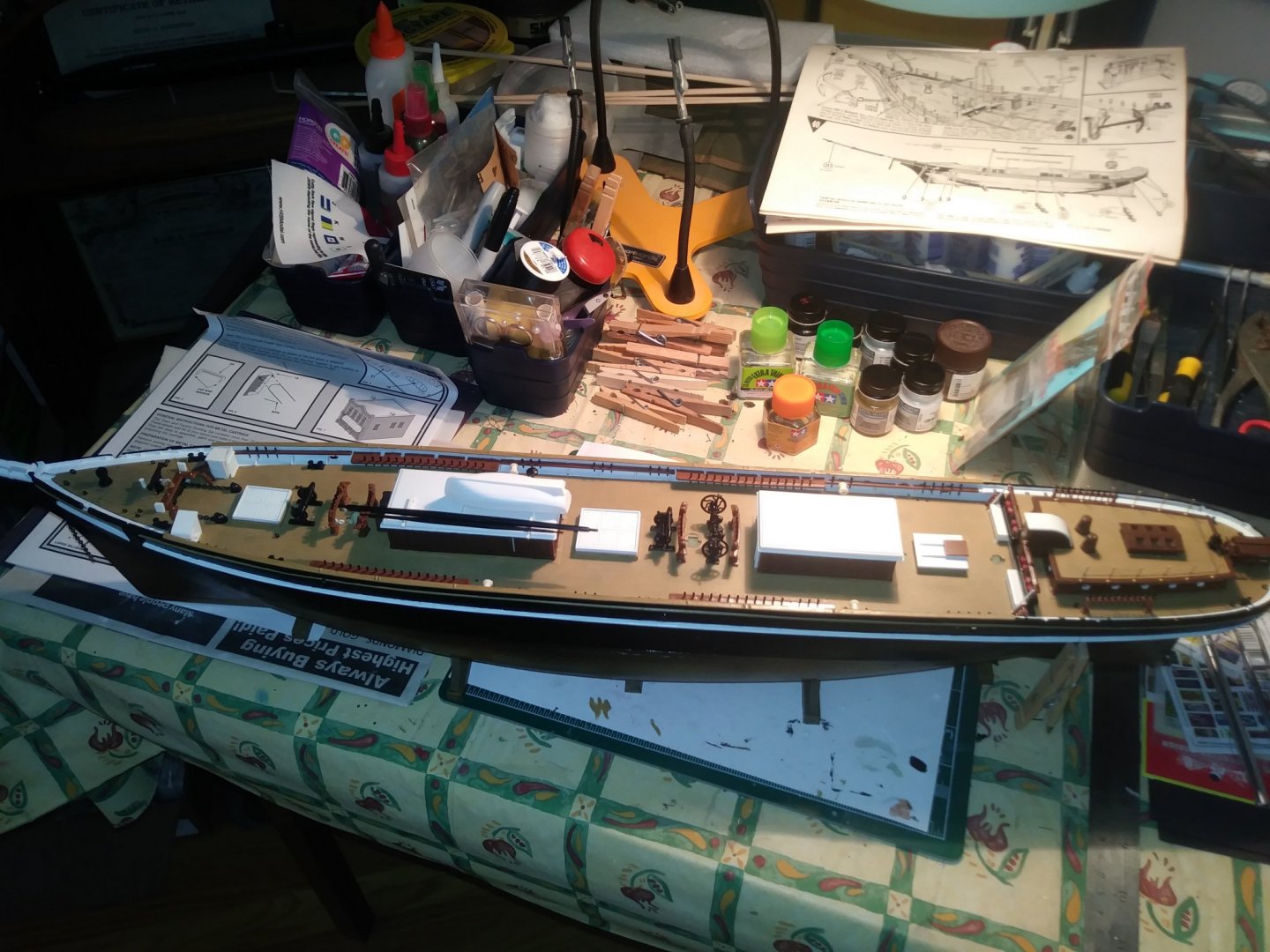
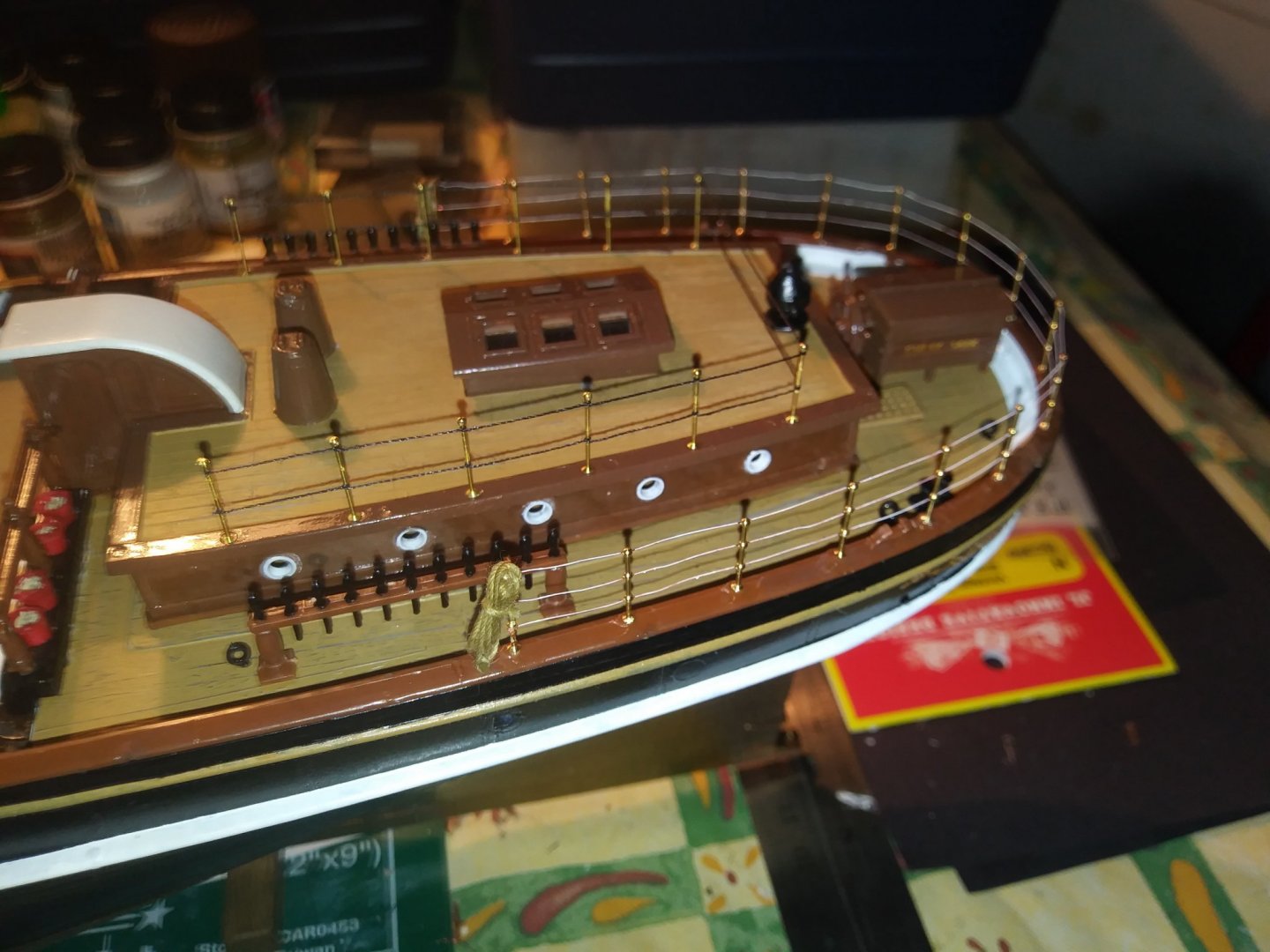
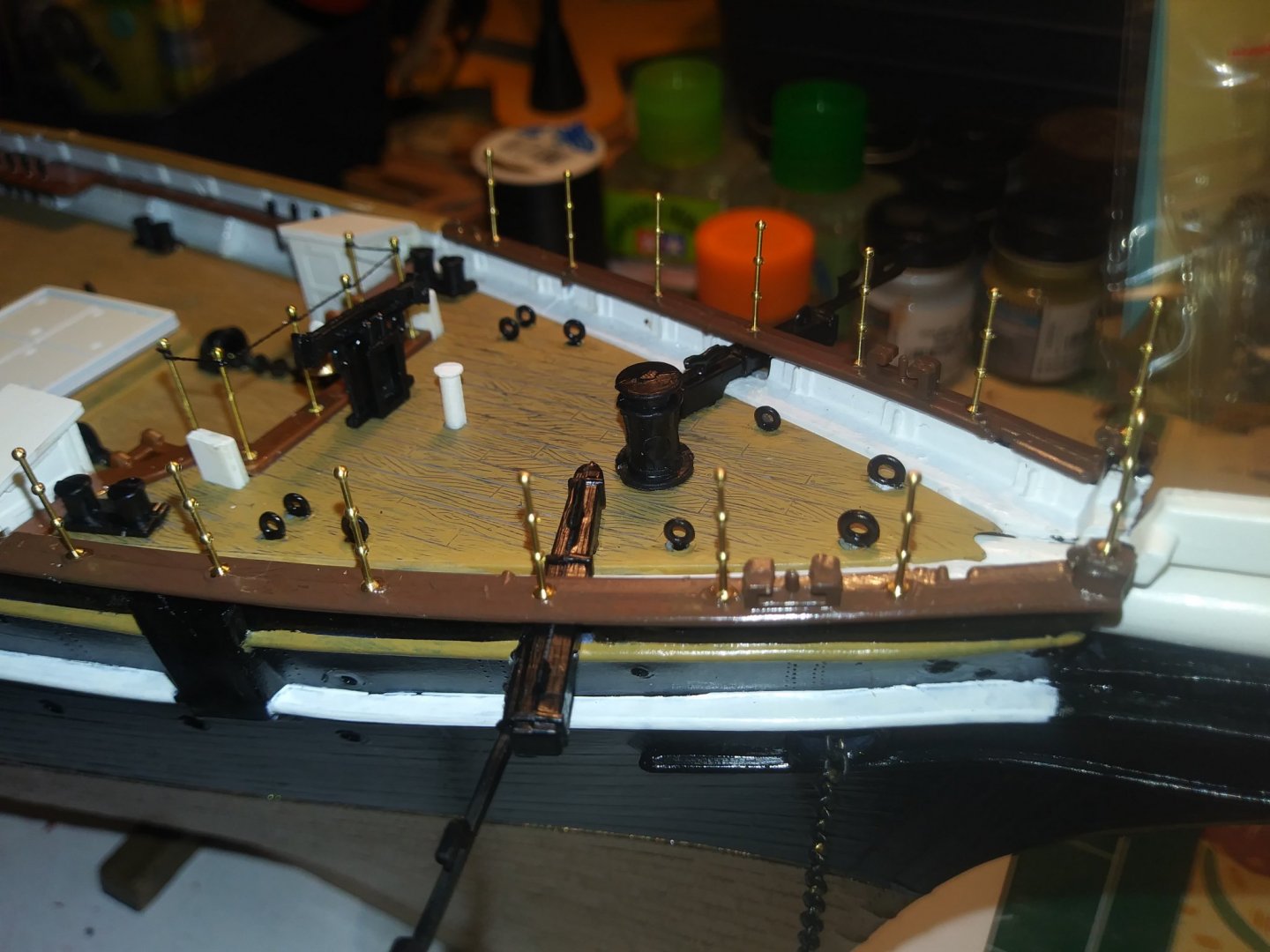
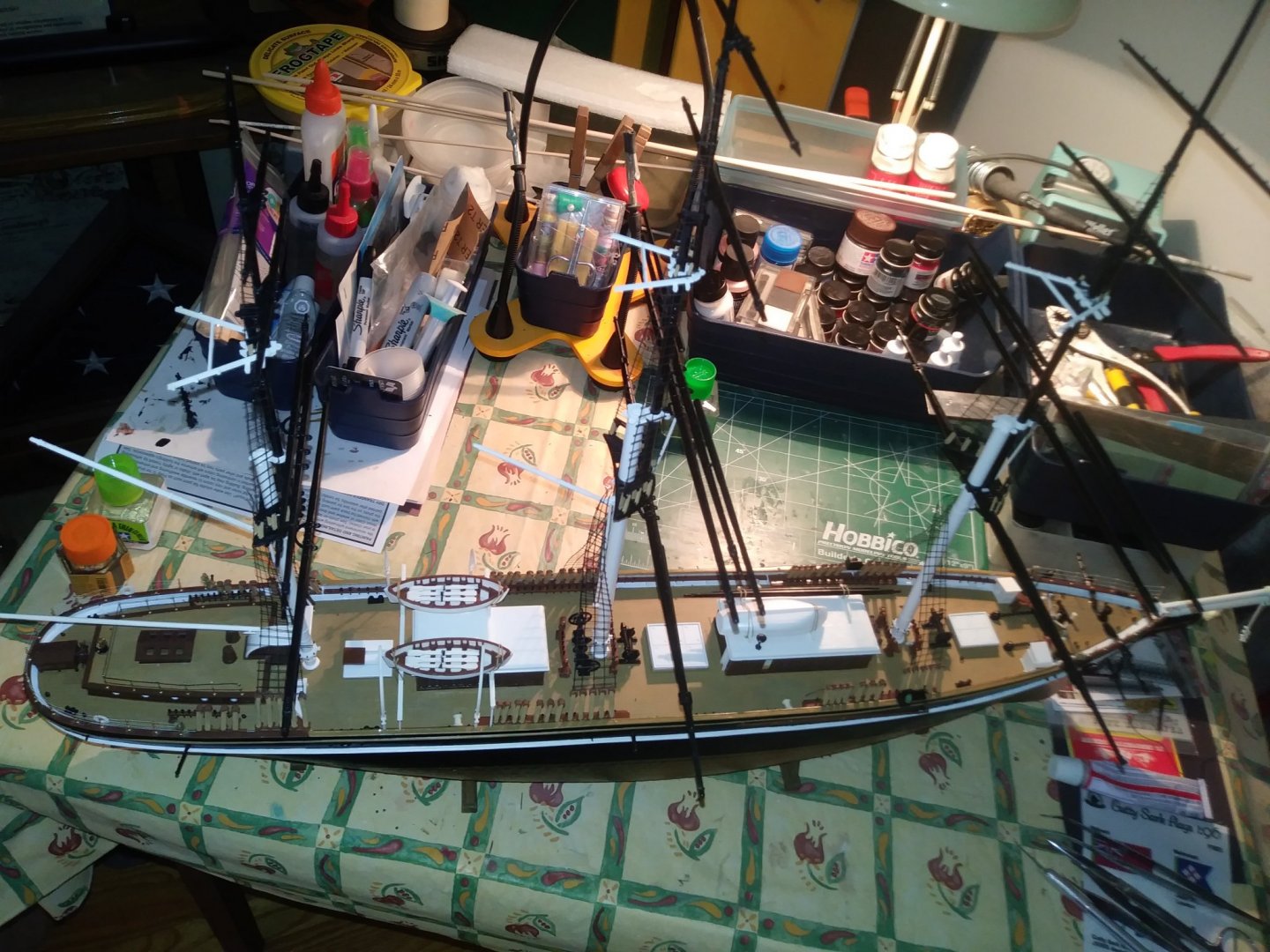
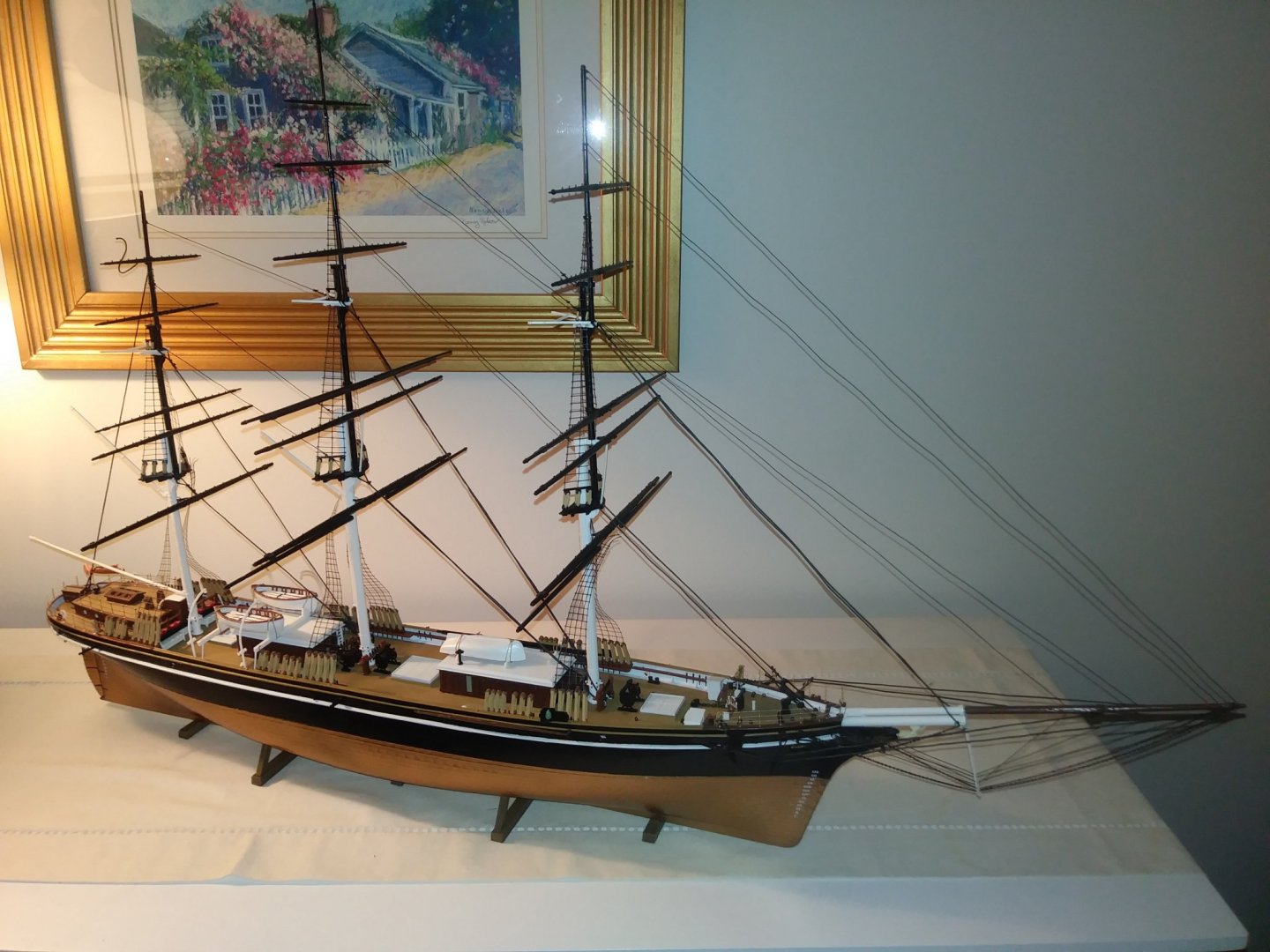
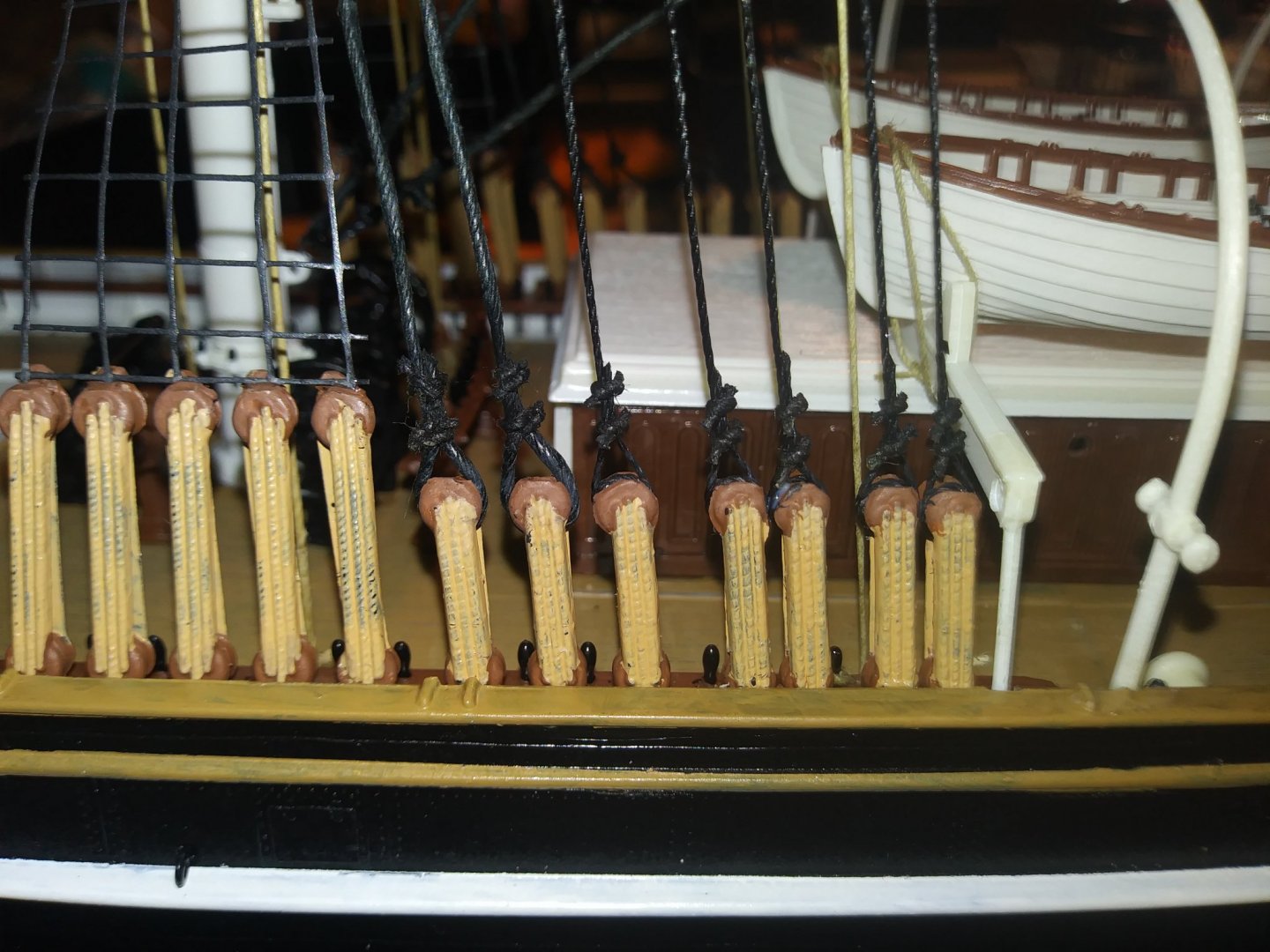
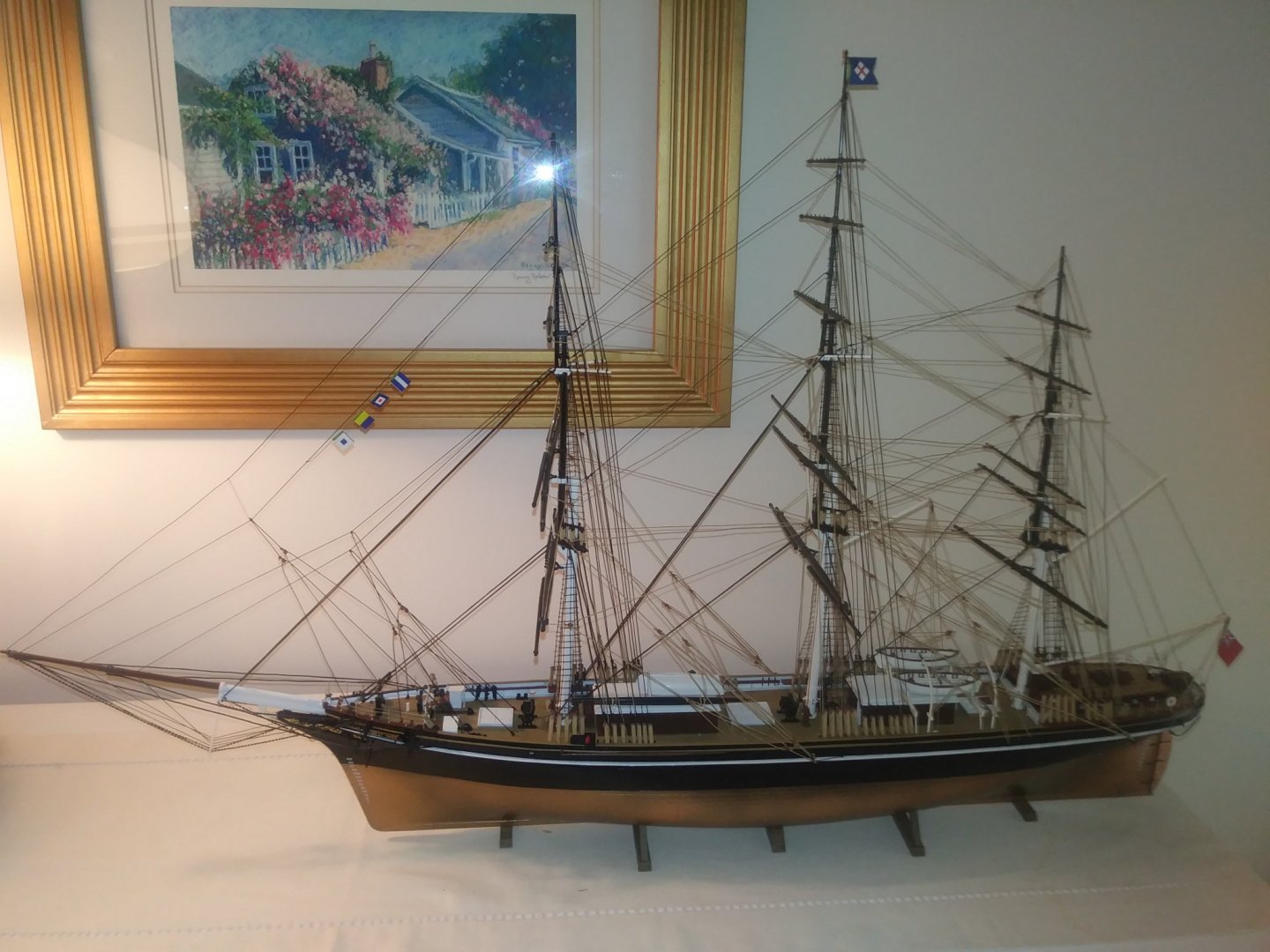
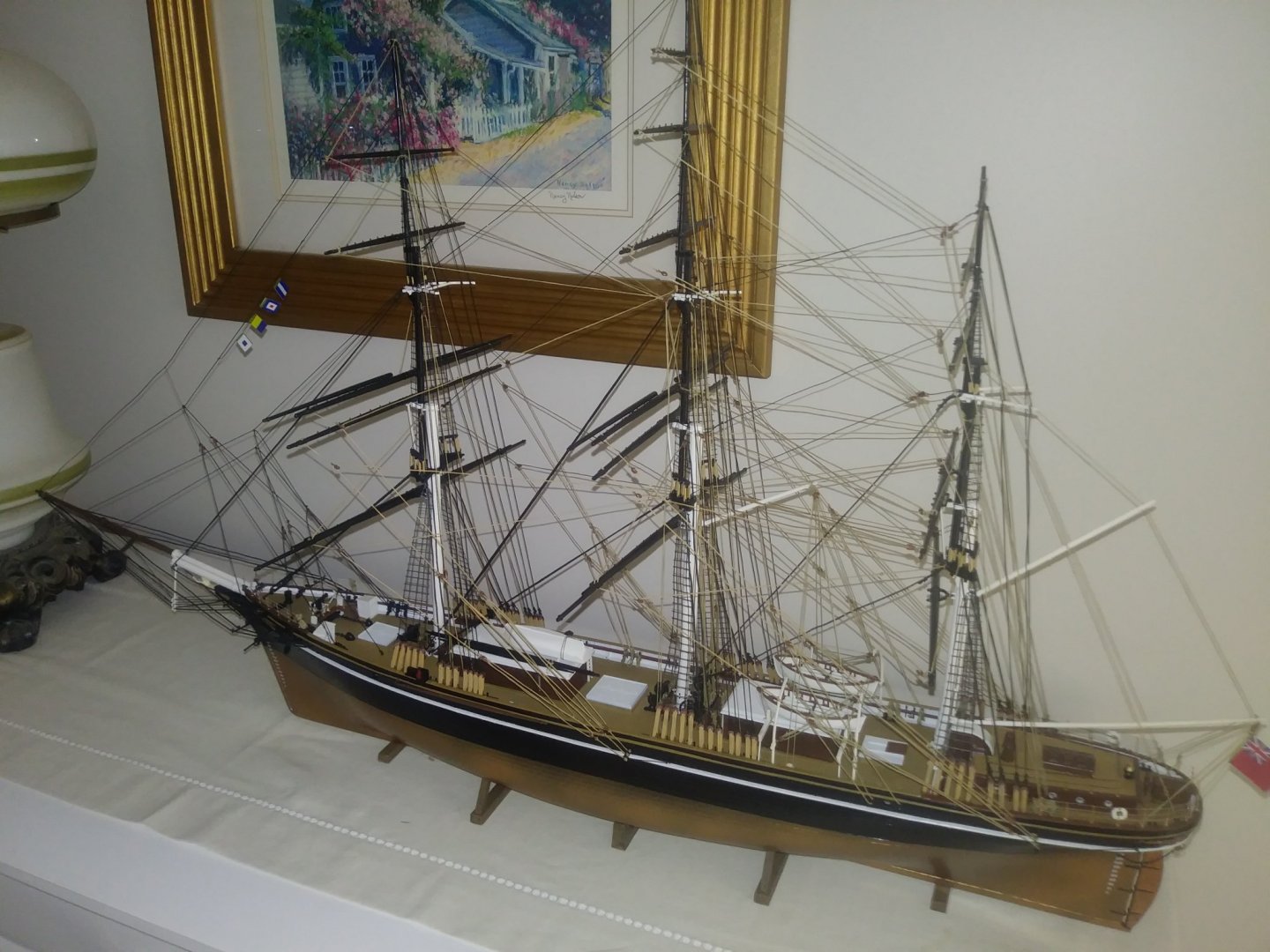
.thumb.jpg.f156e84be7ca9c4799e5b51eb75c5745.jpg)